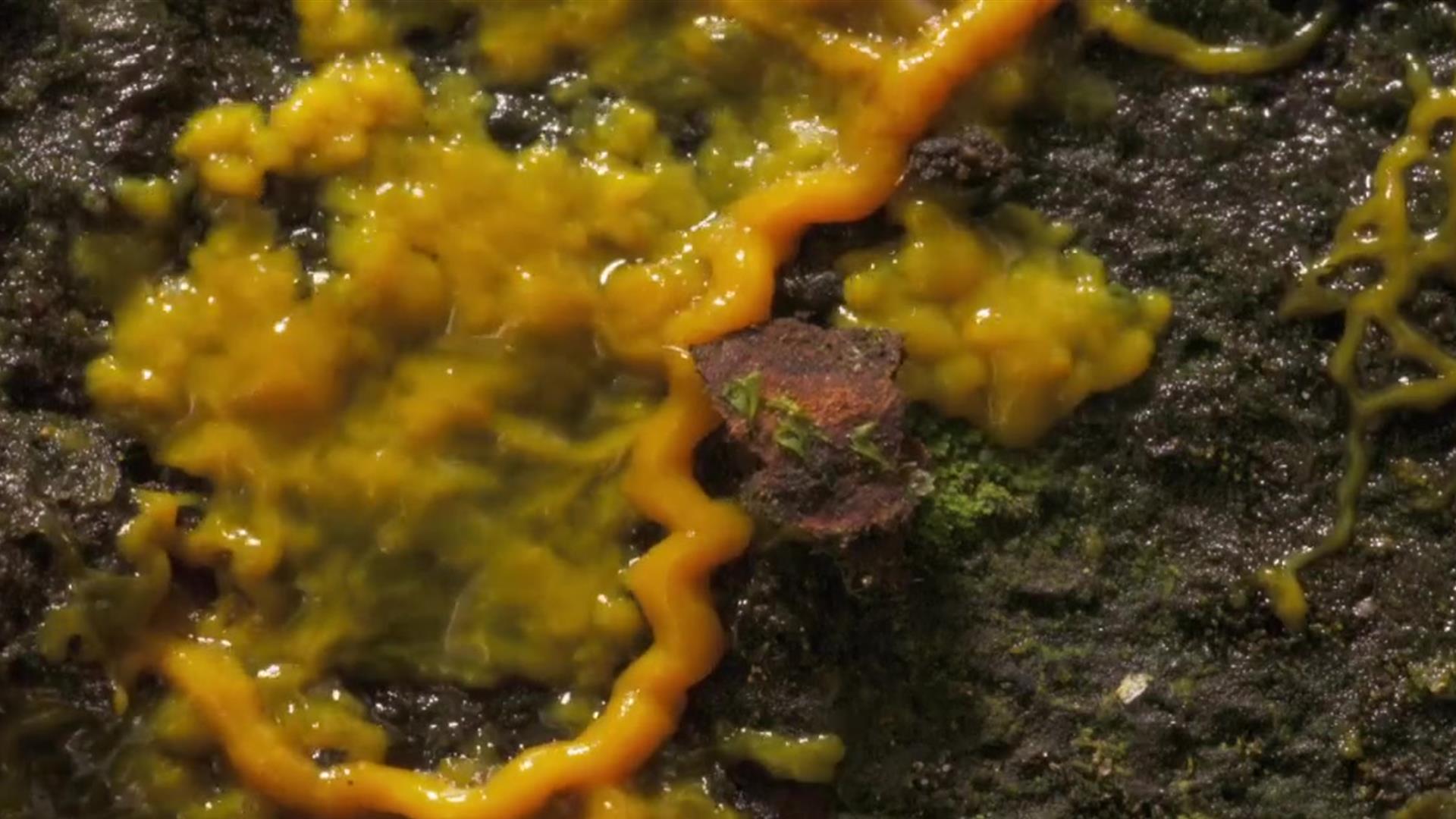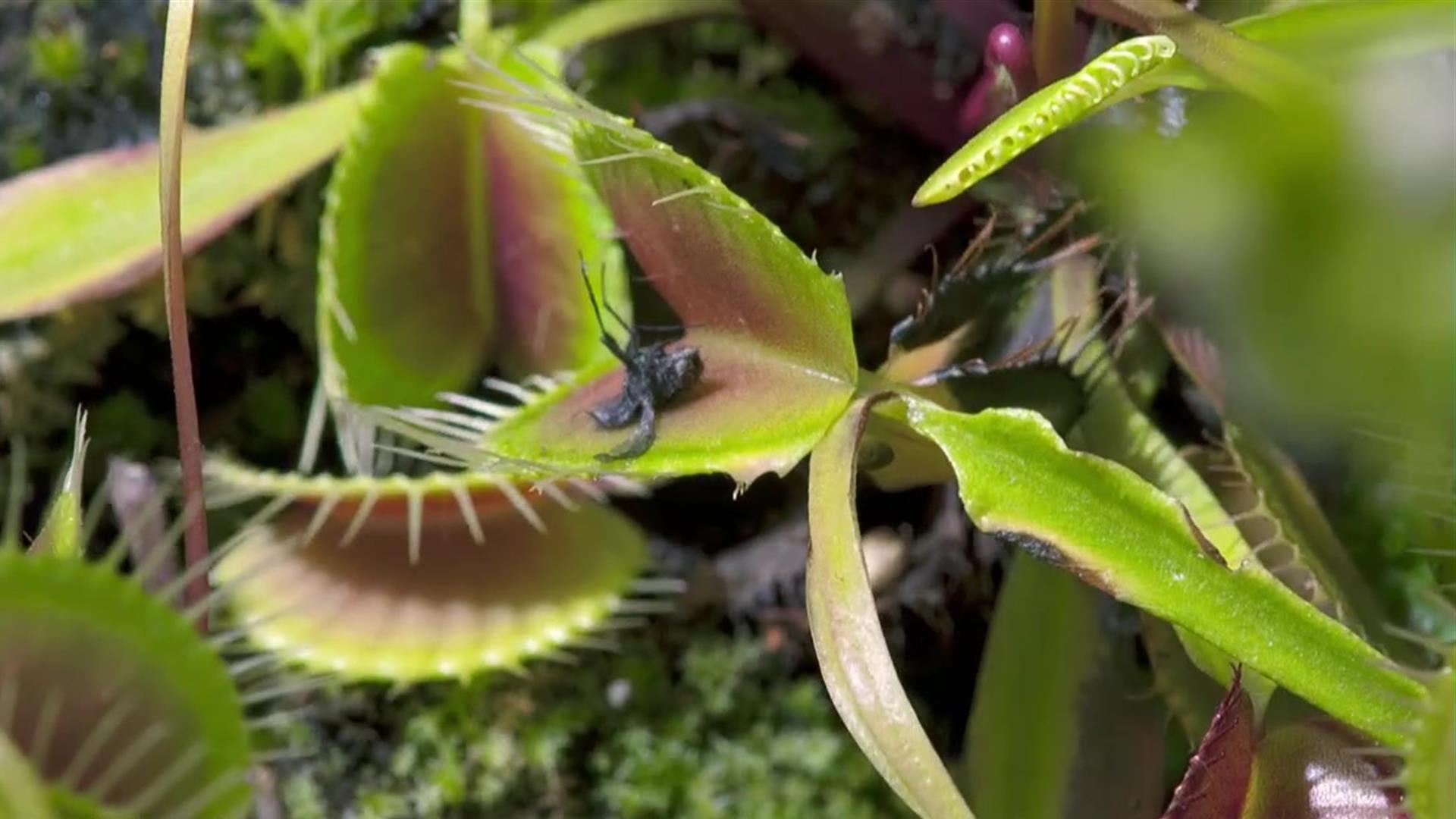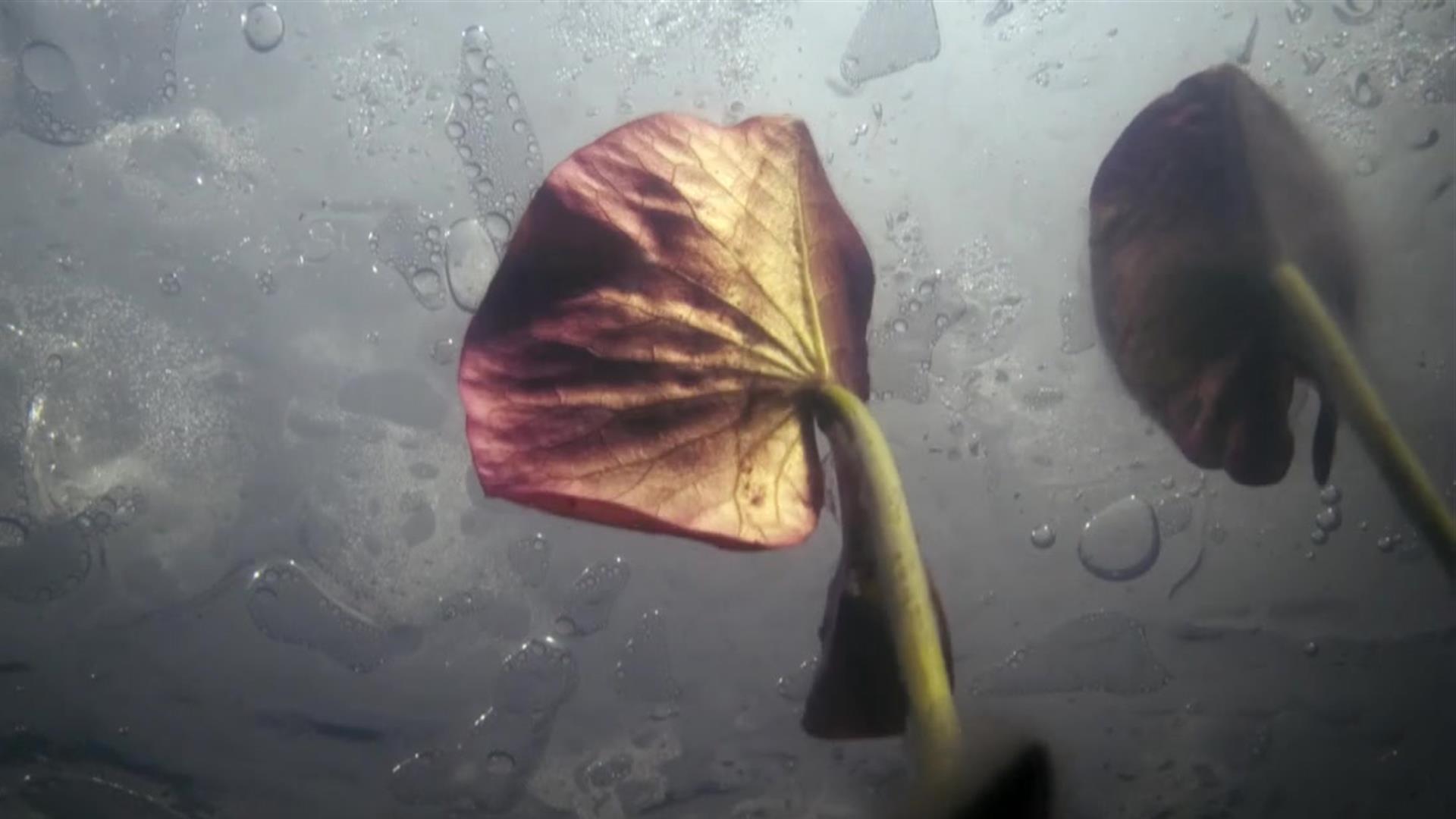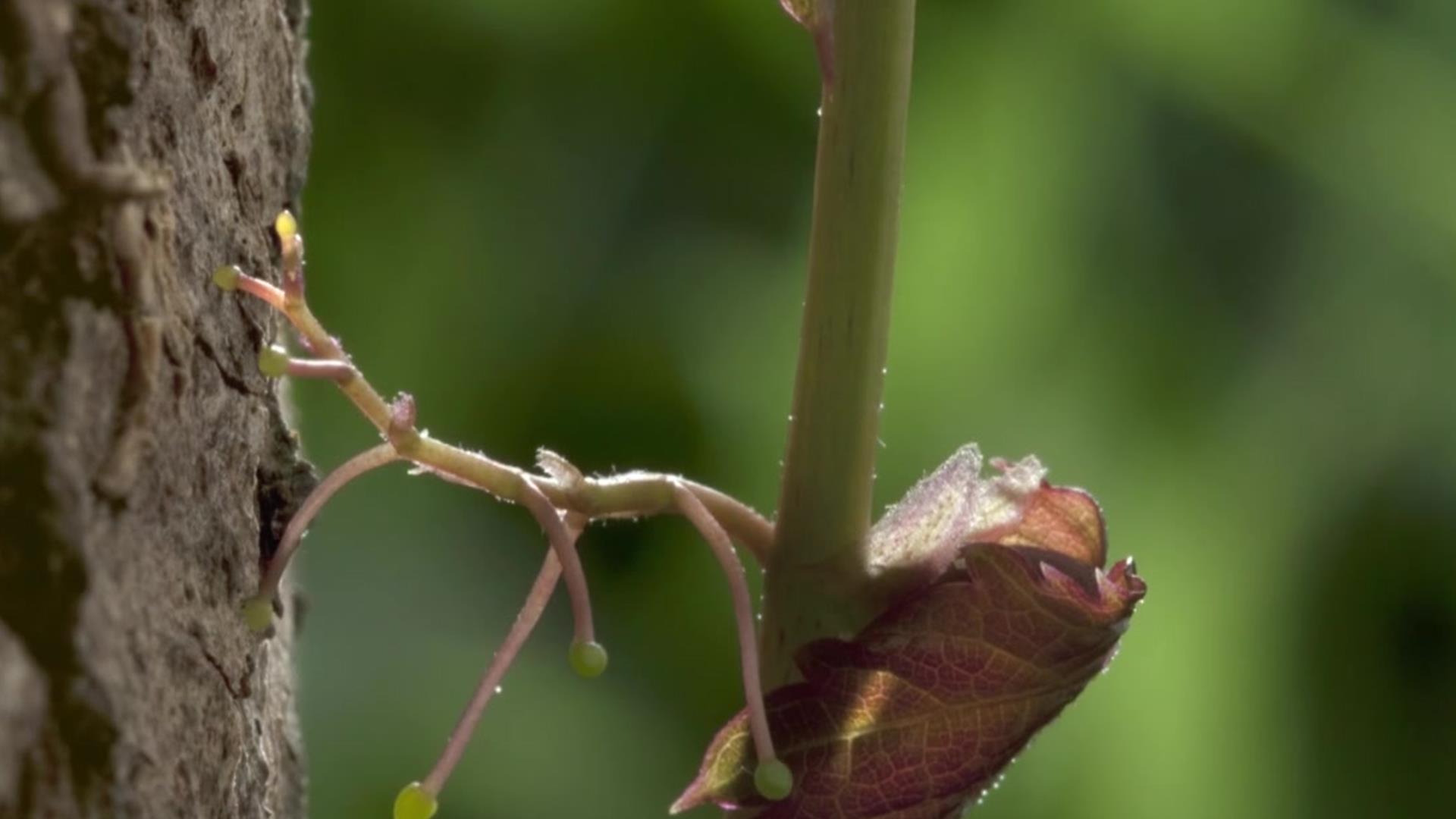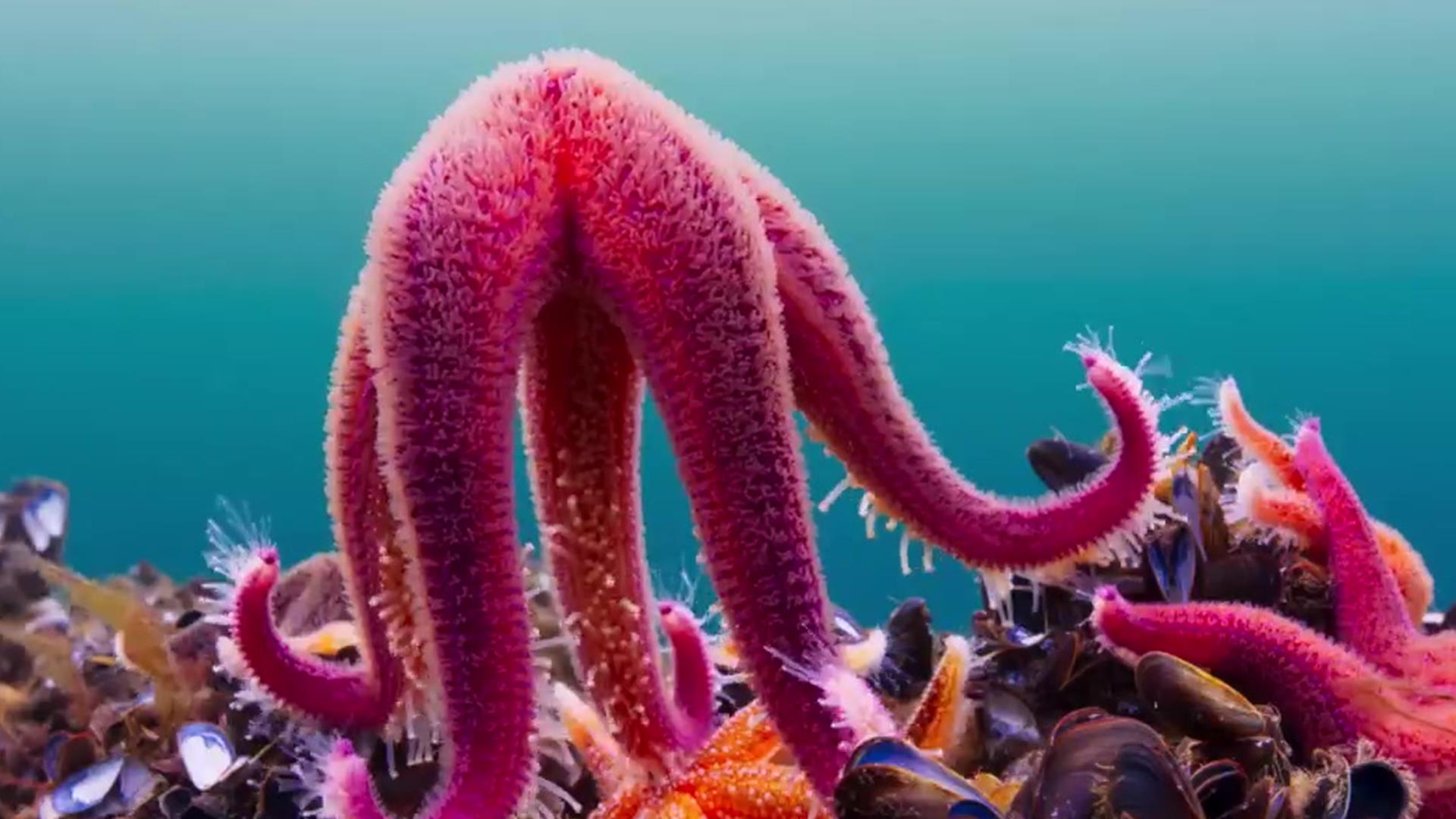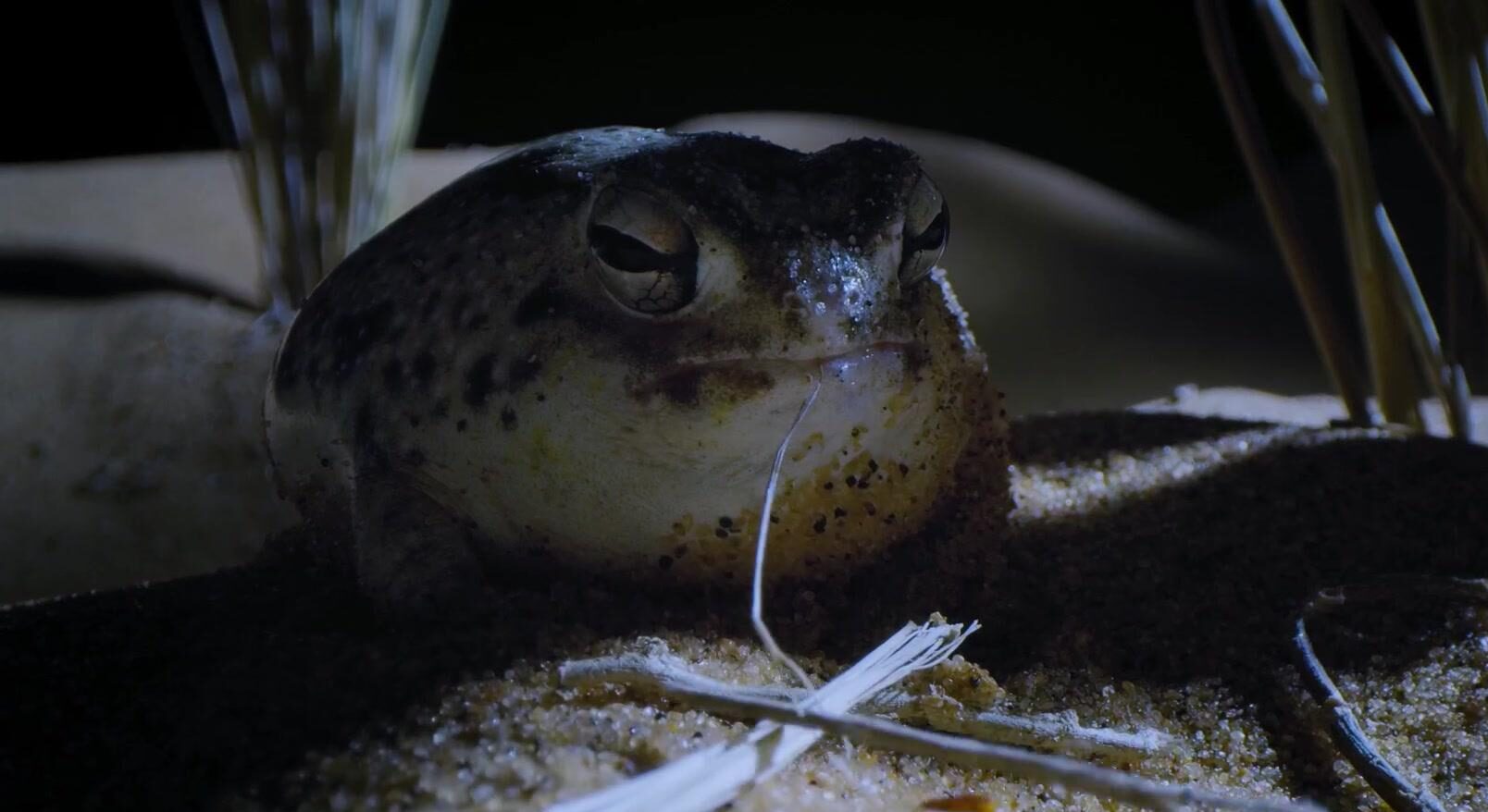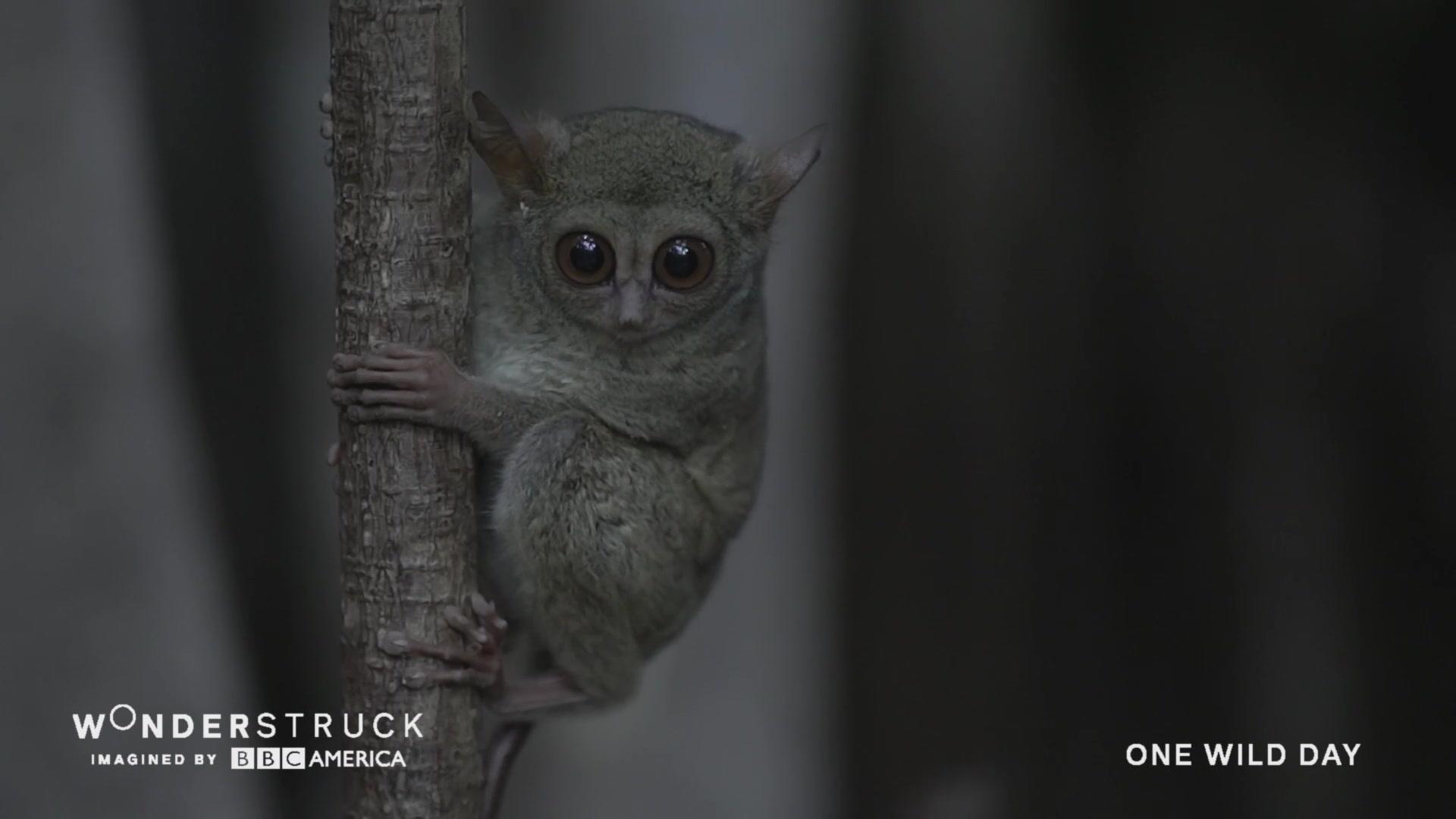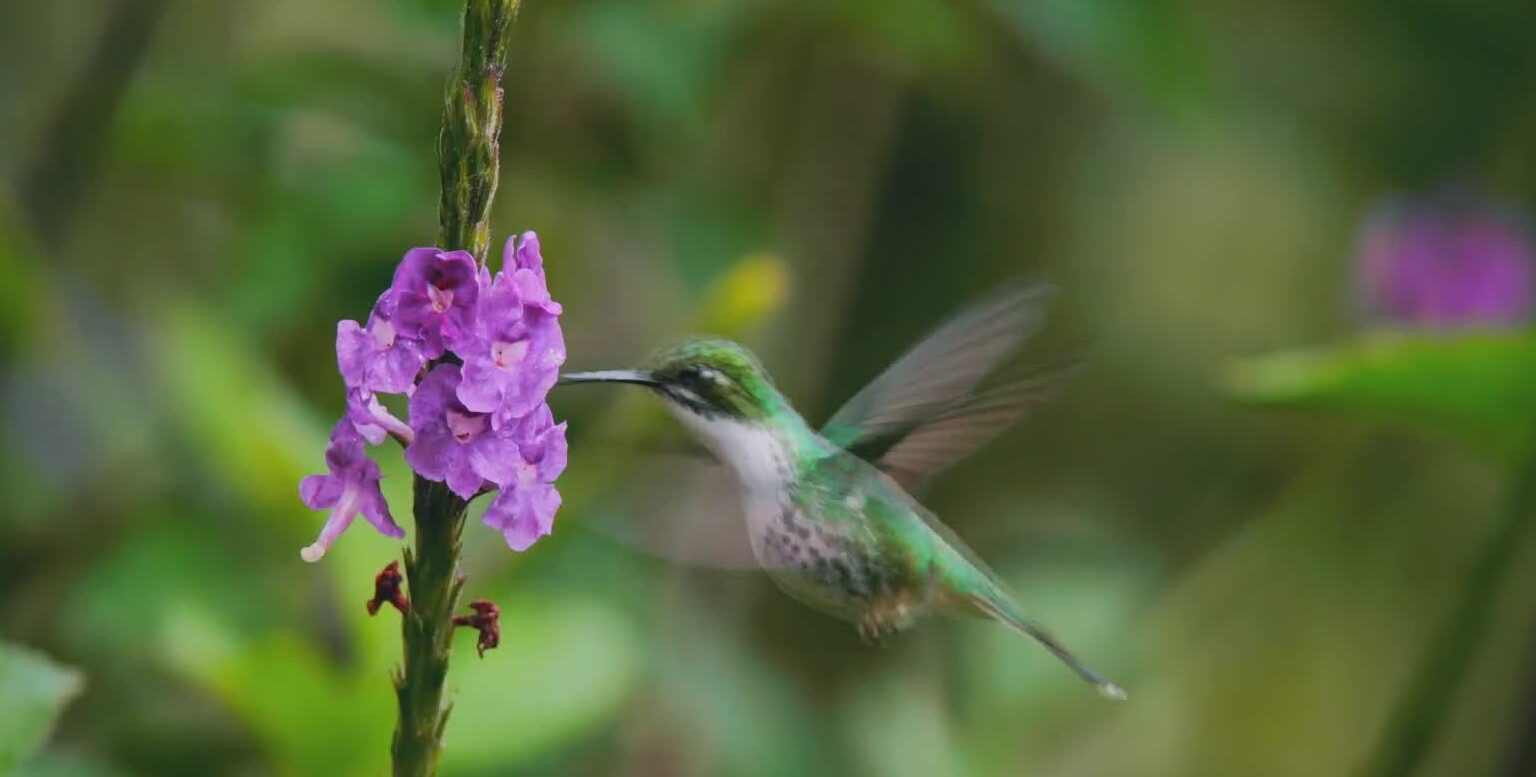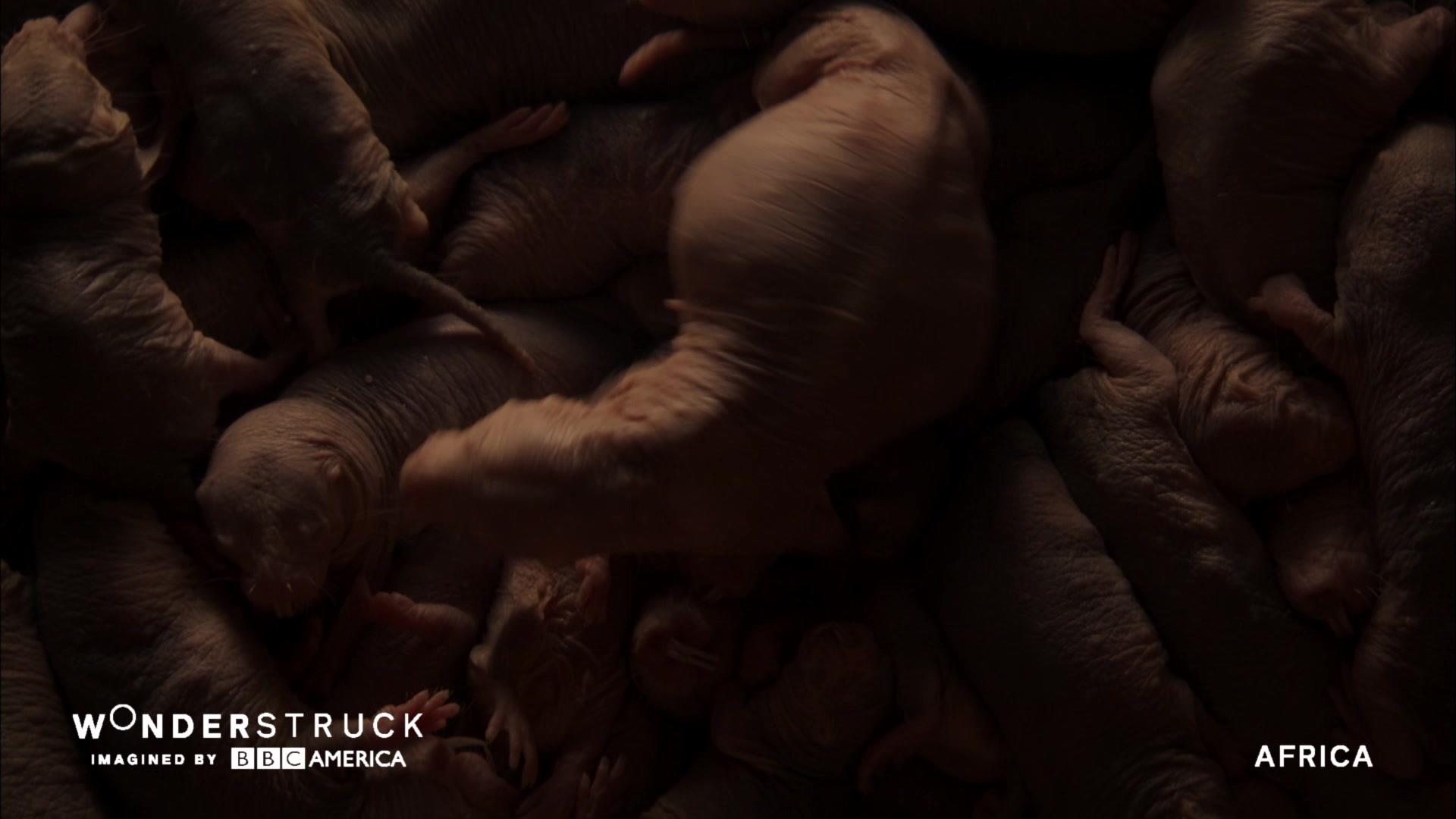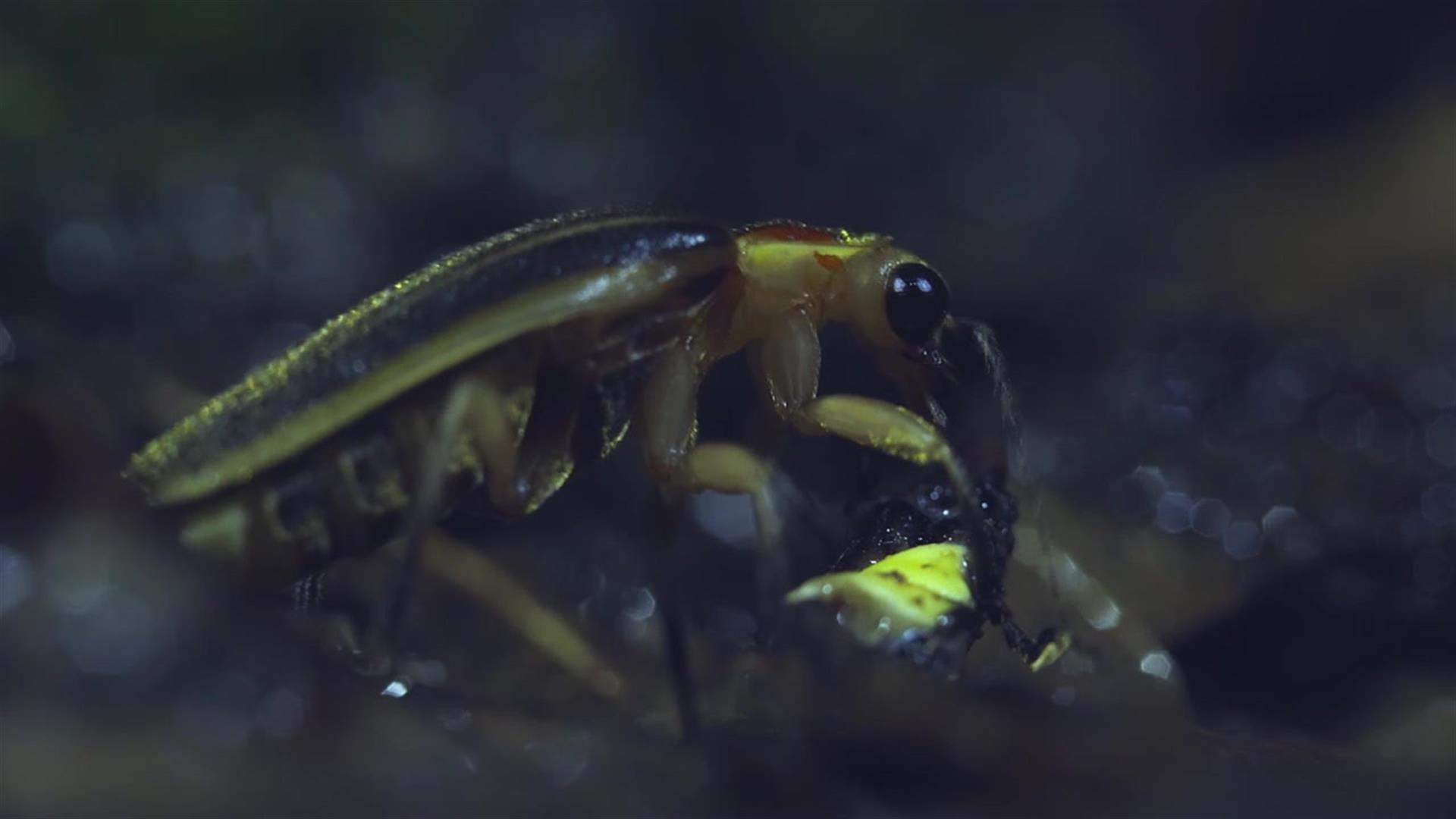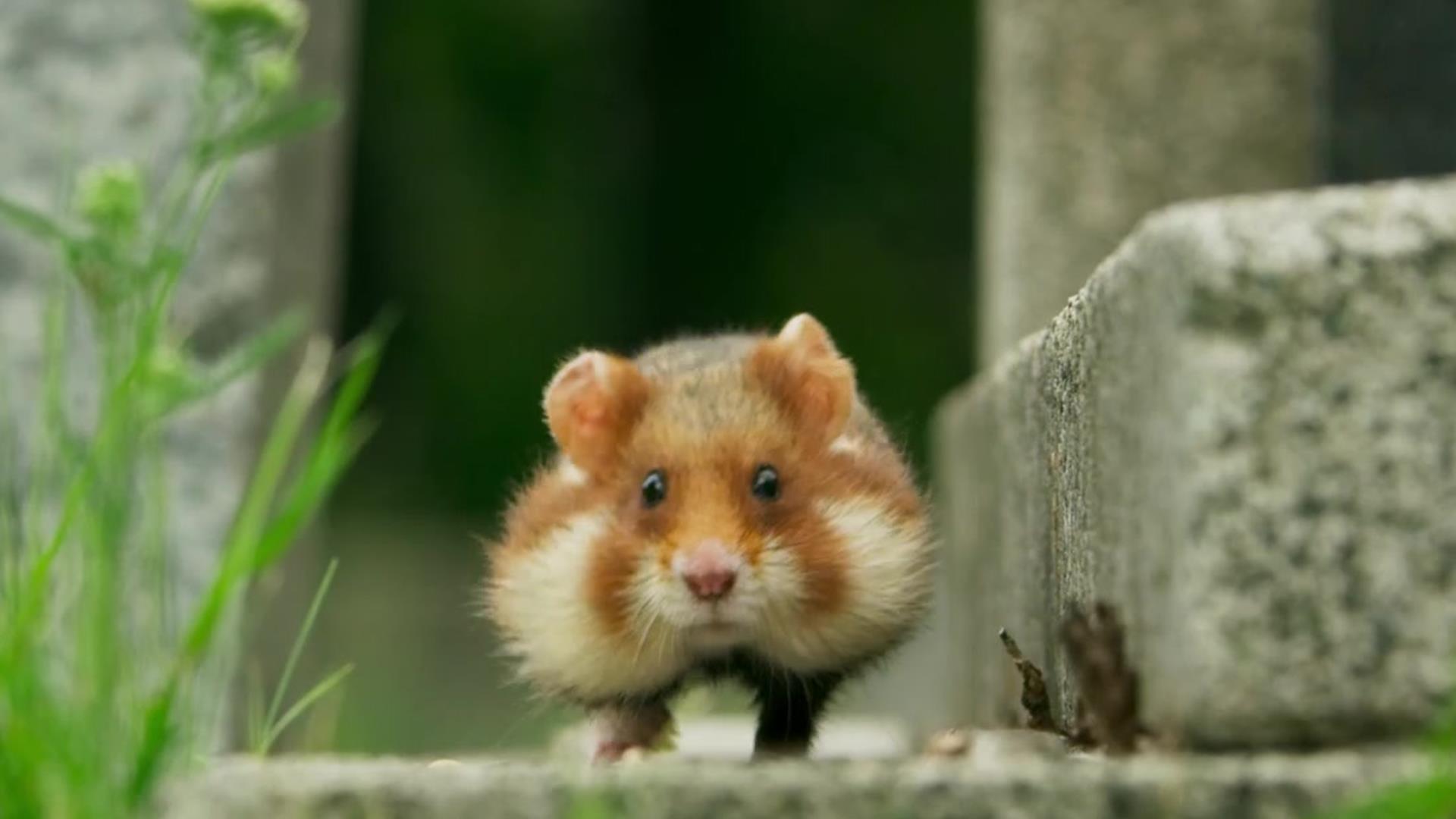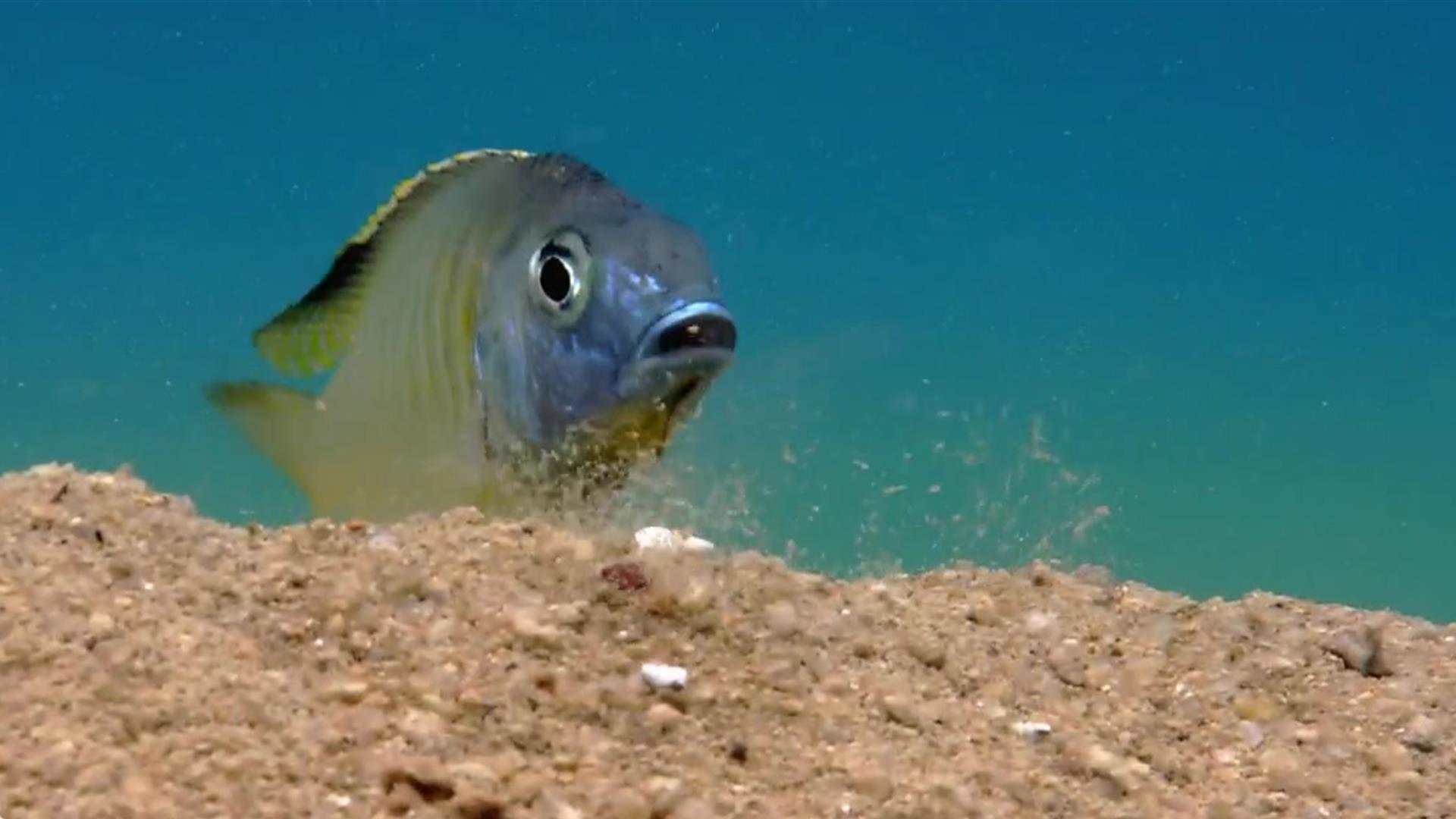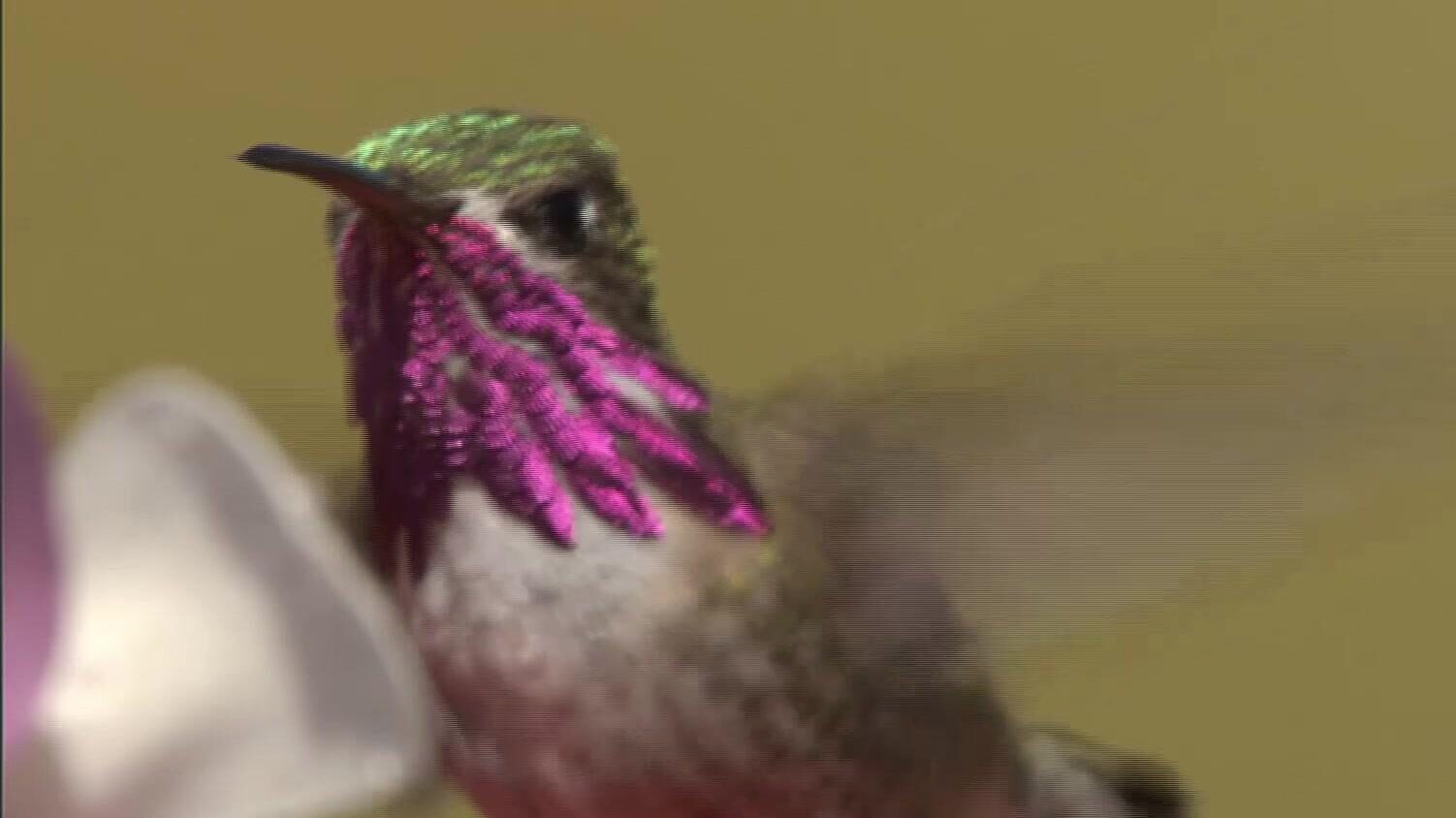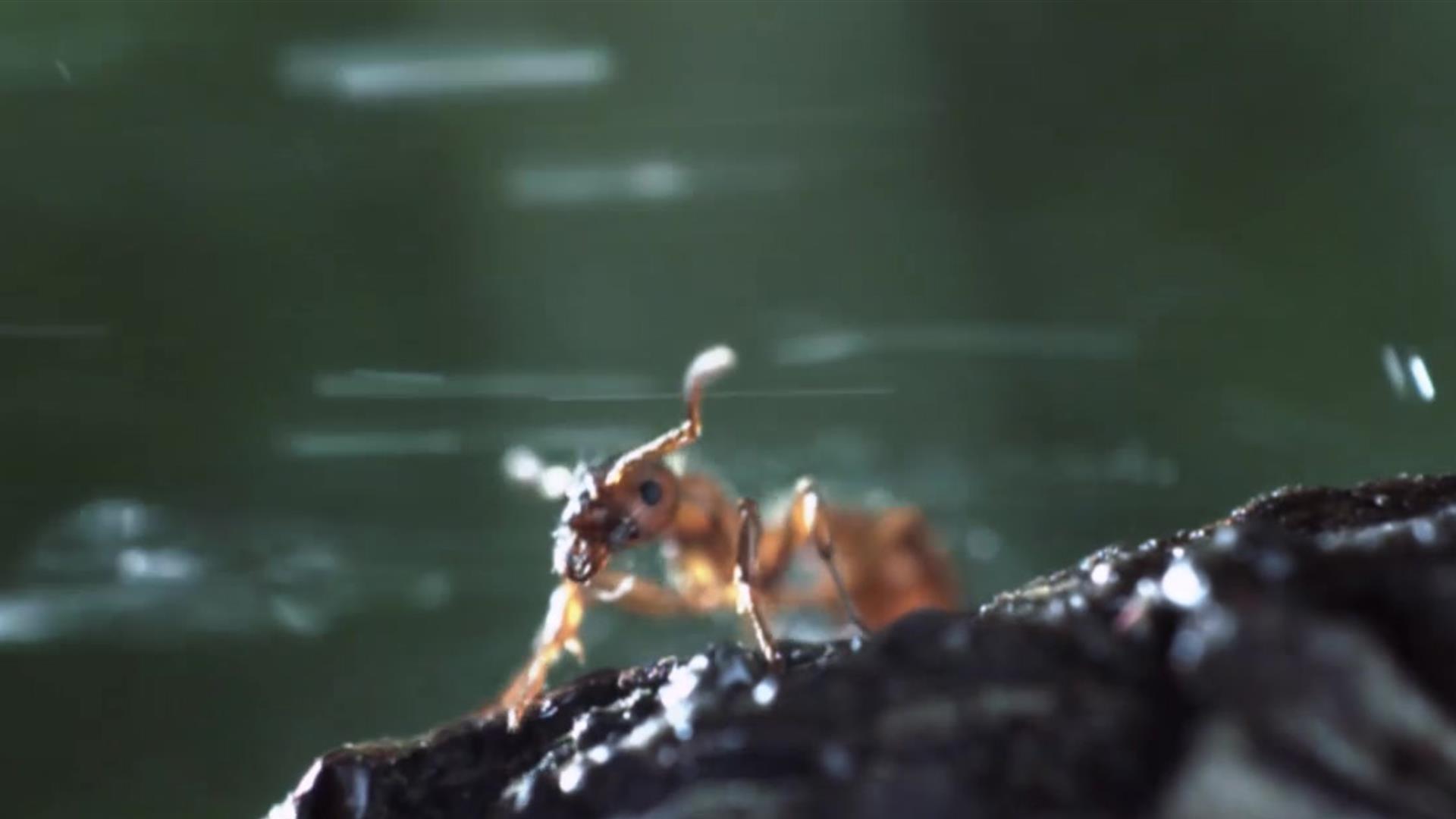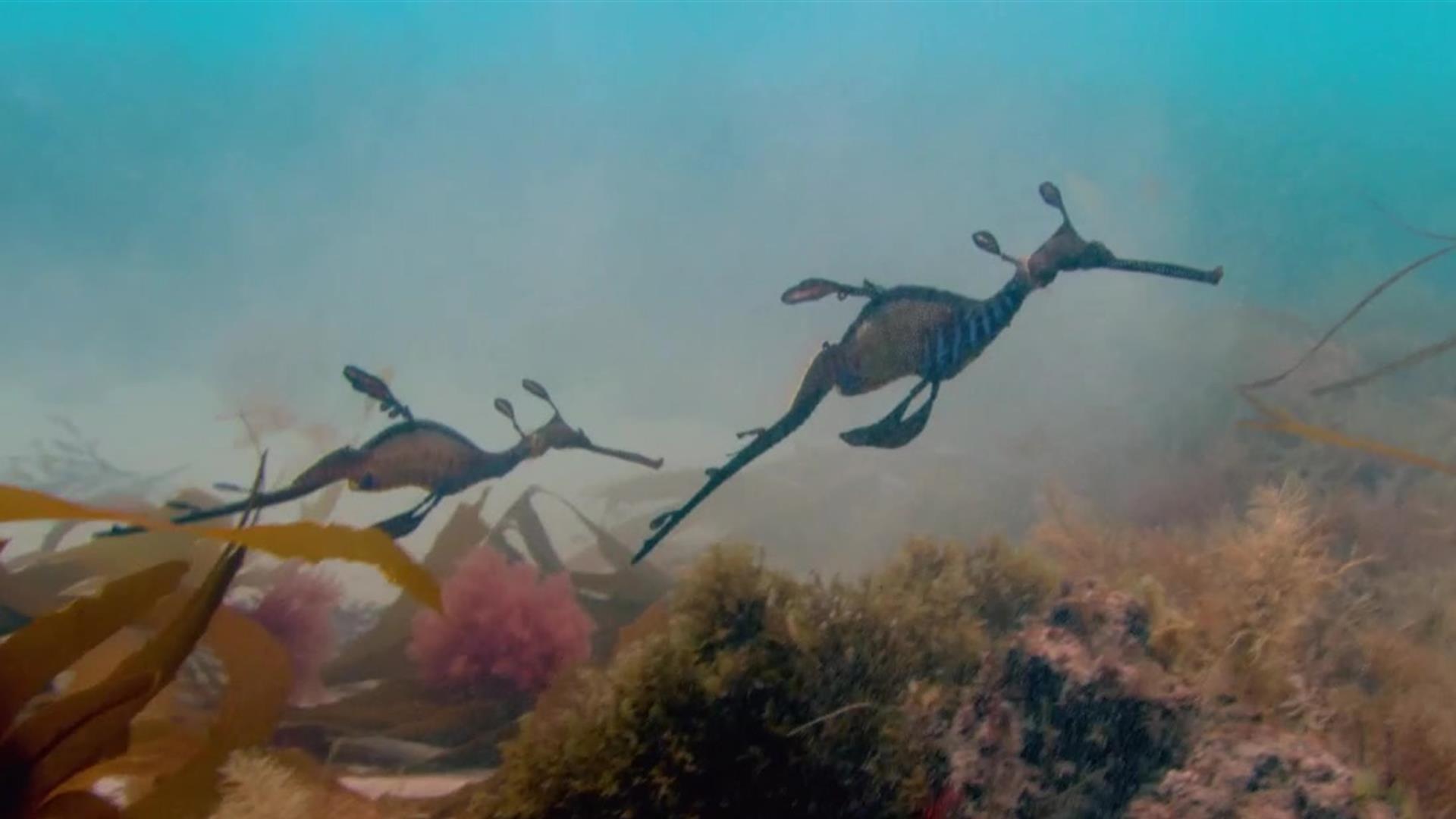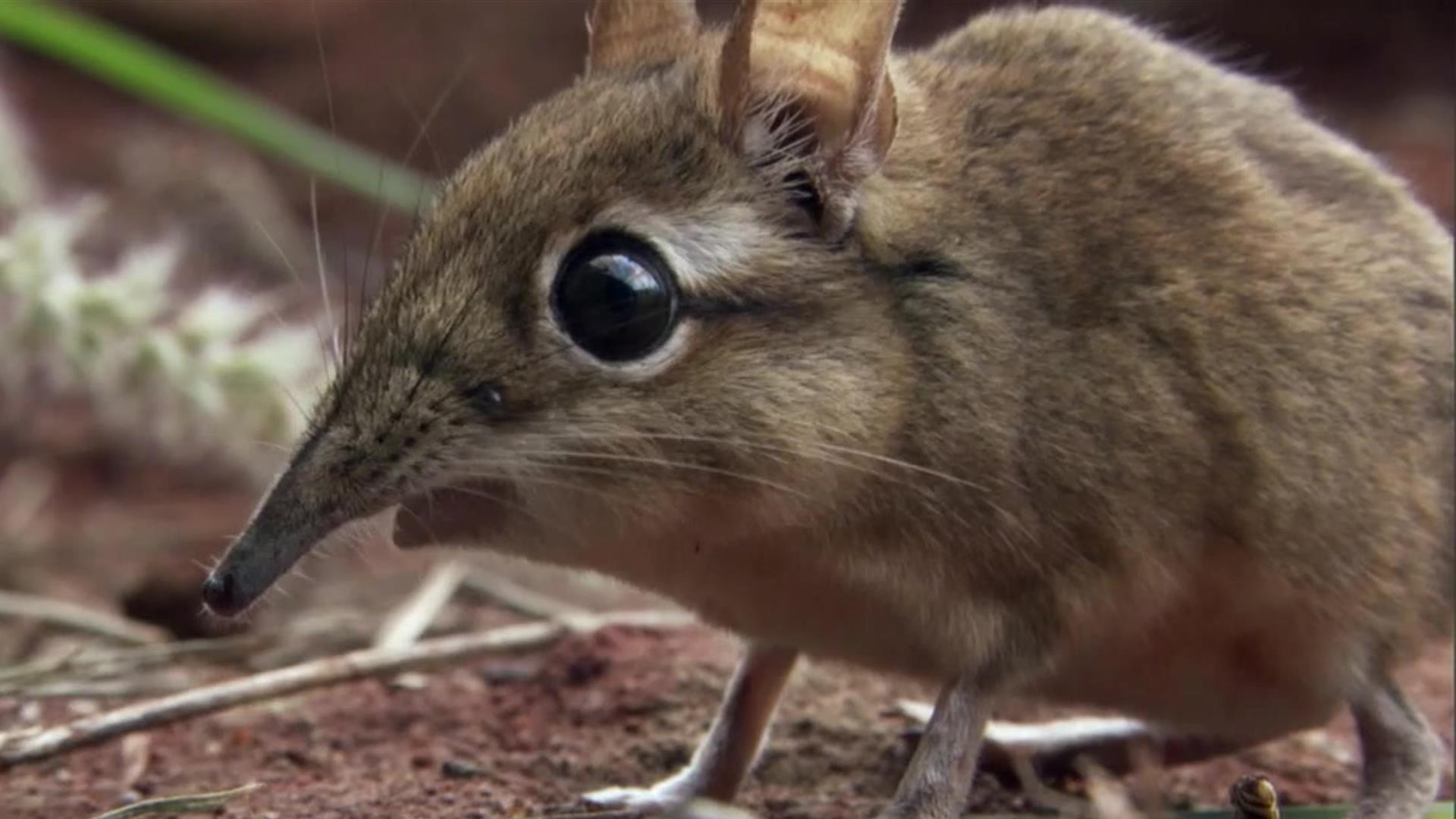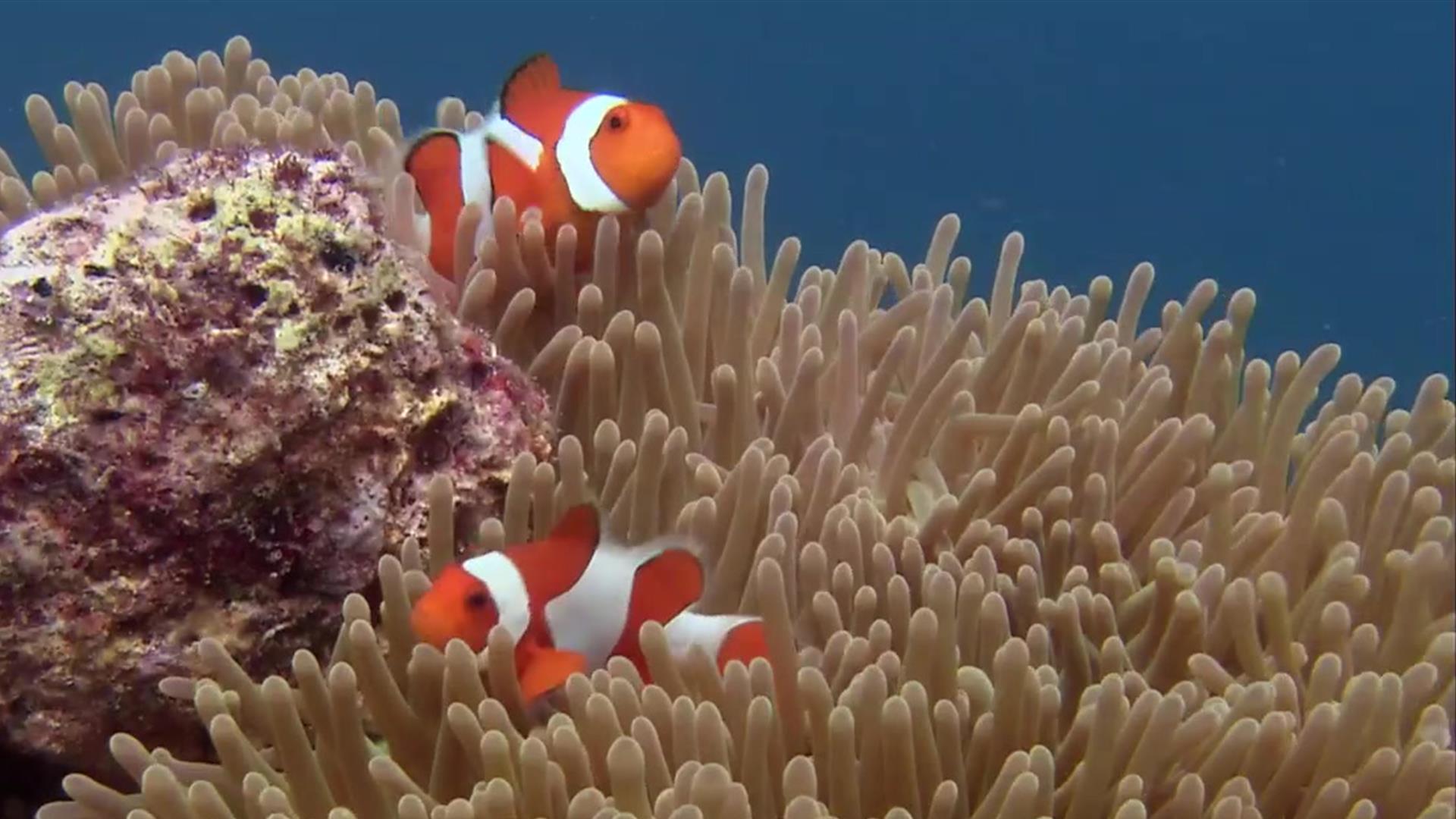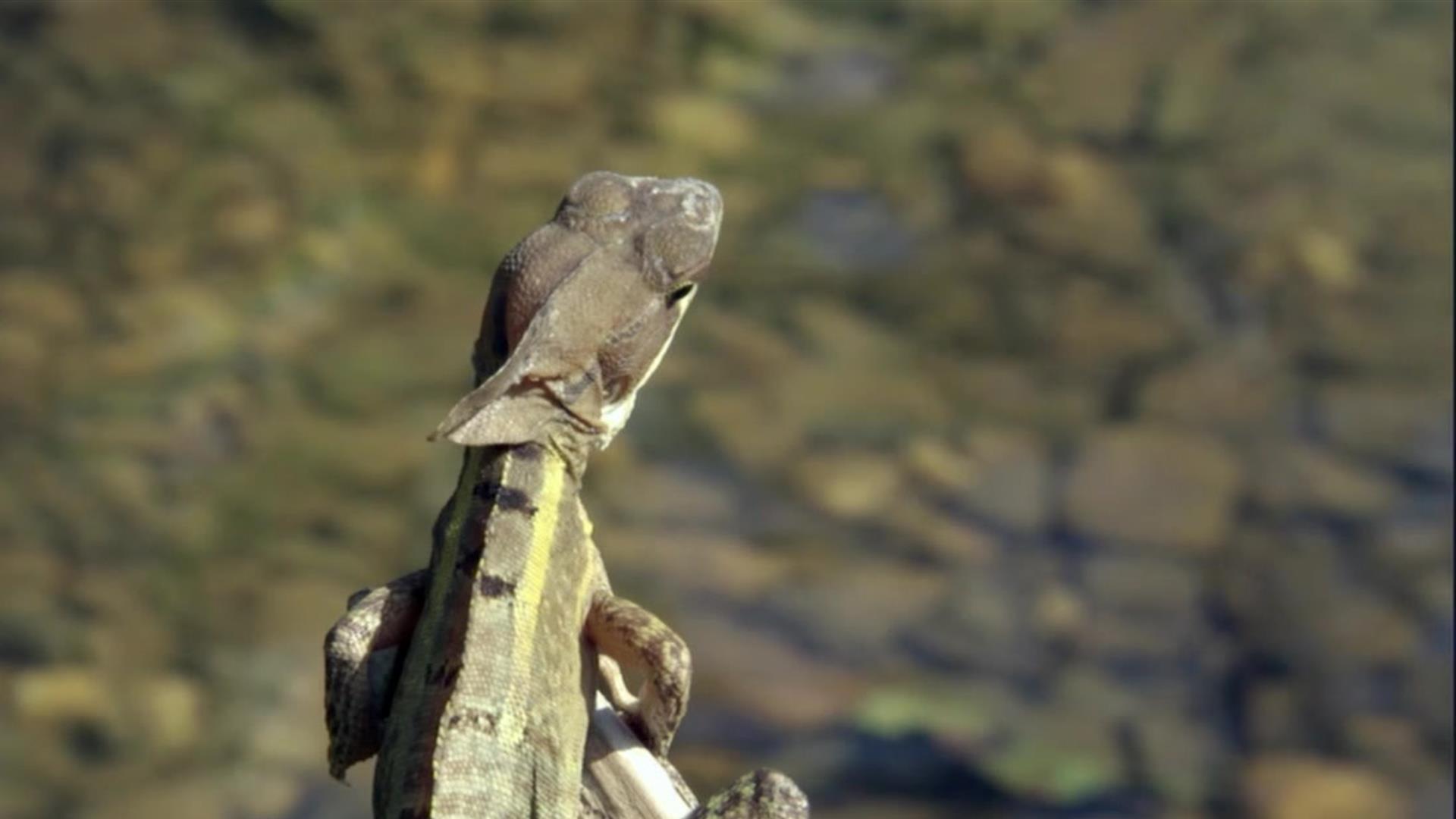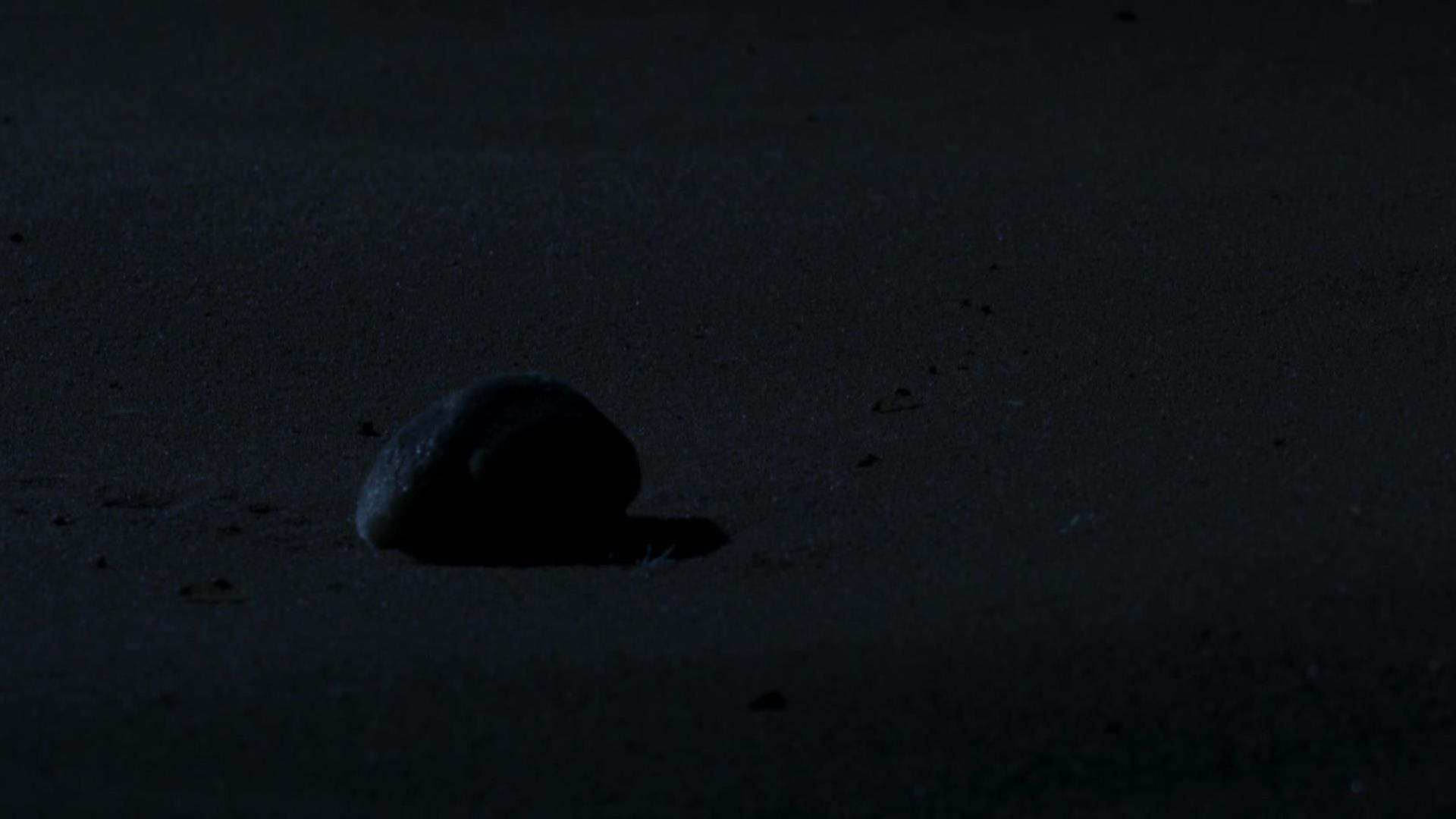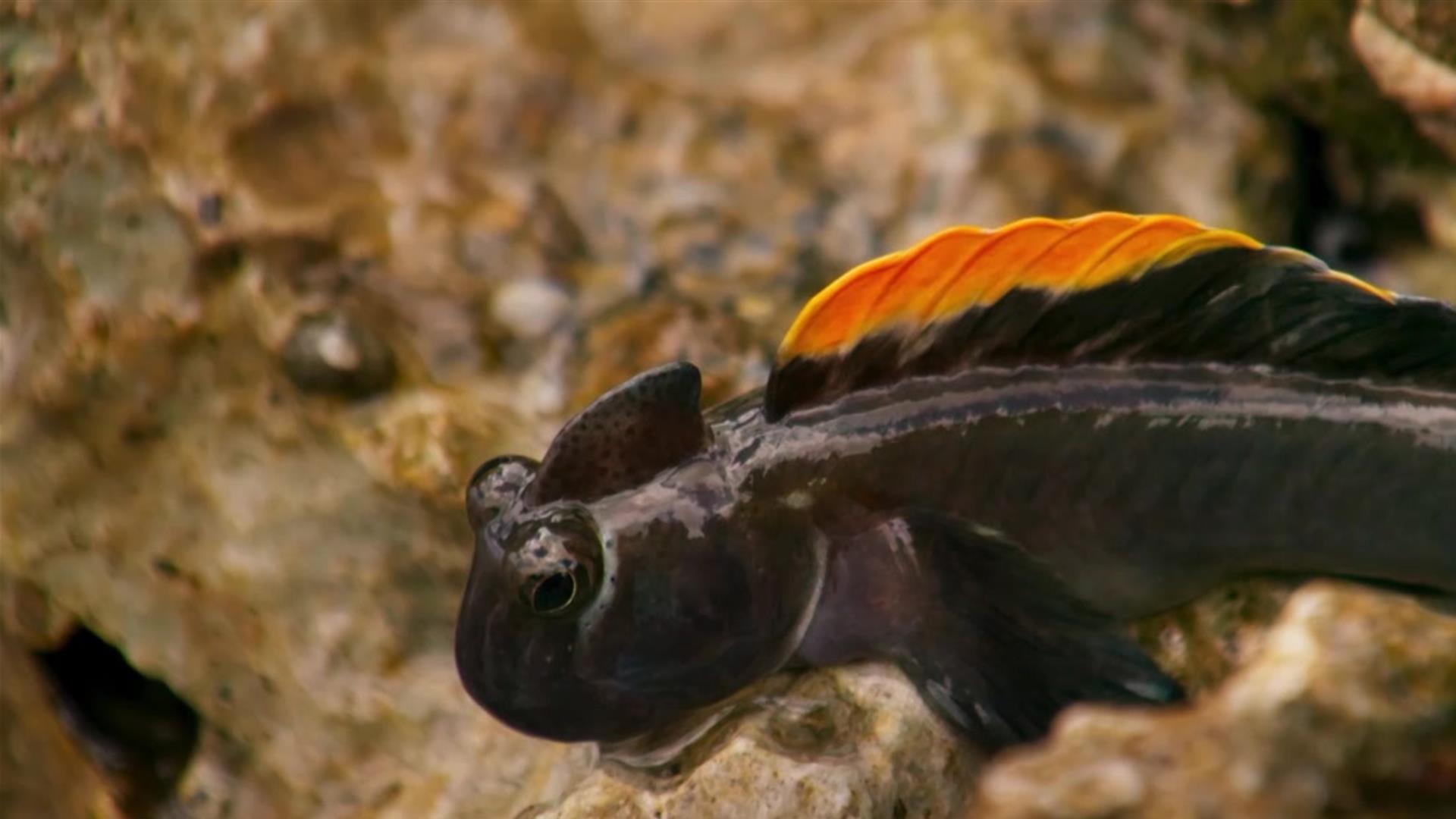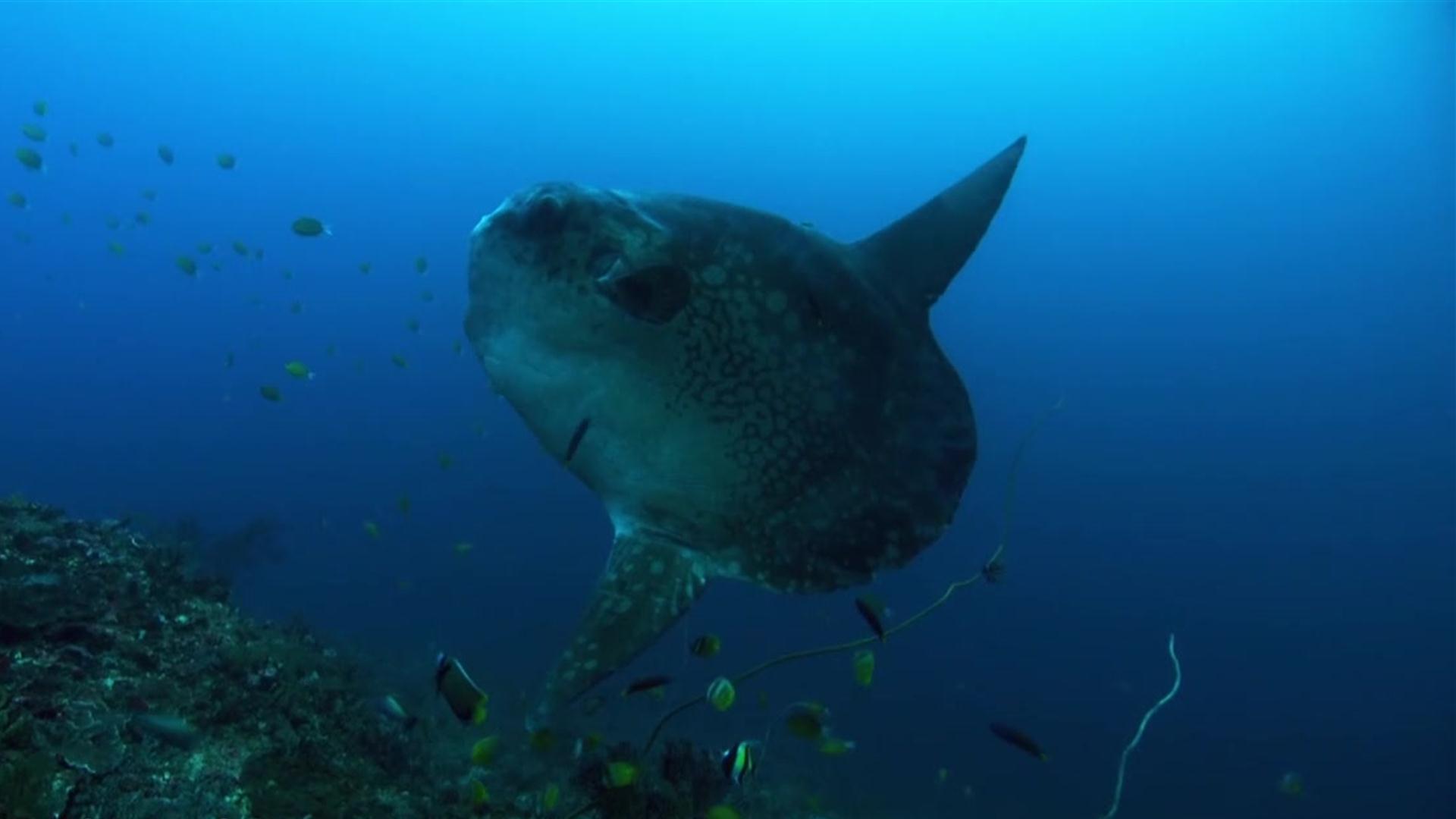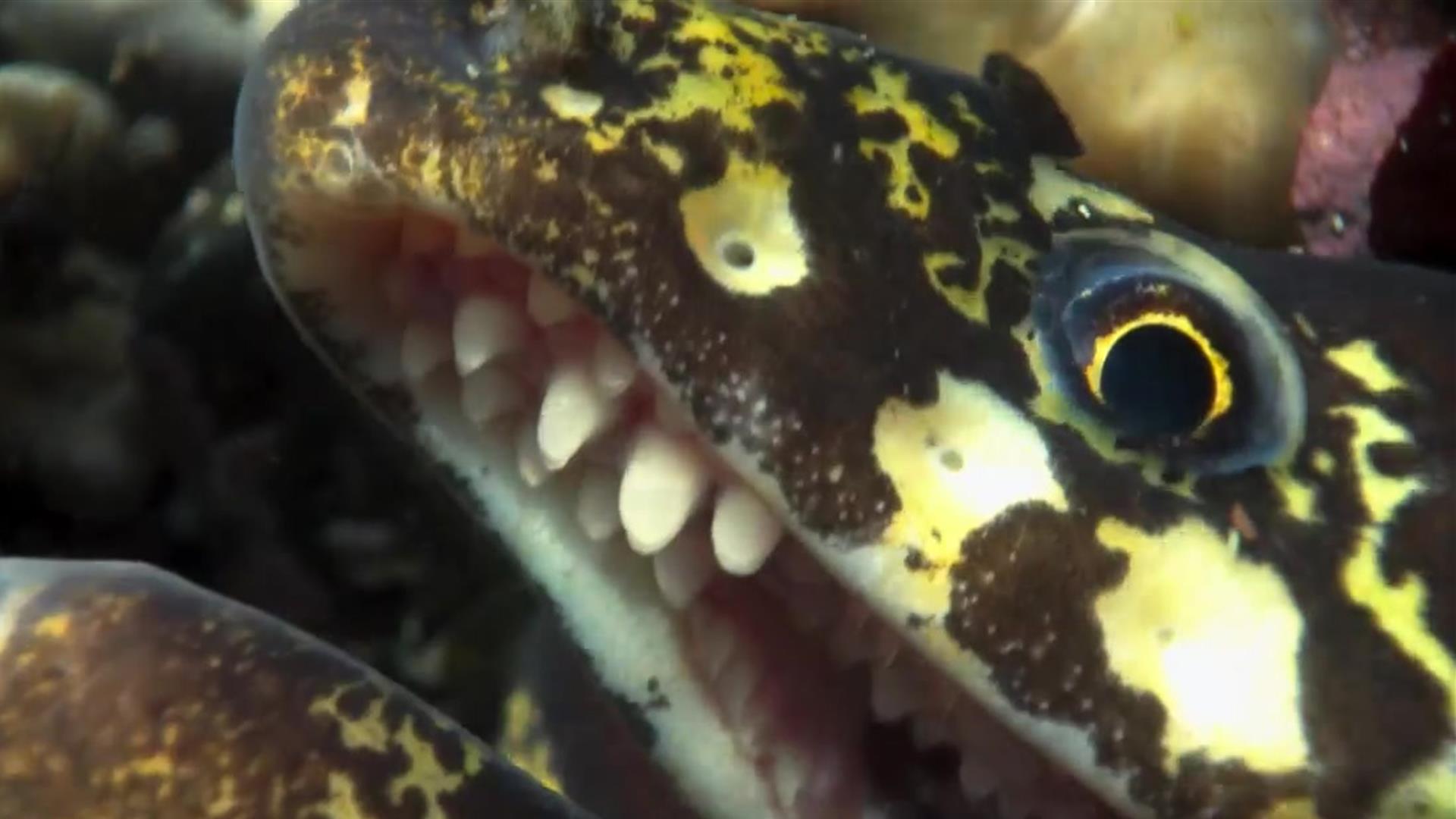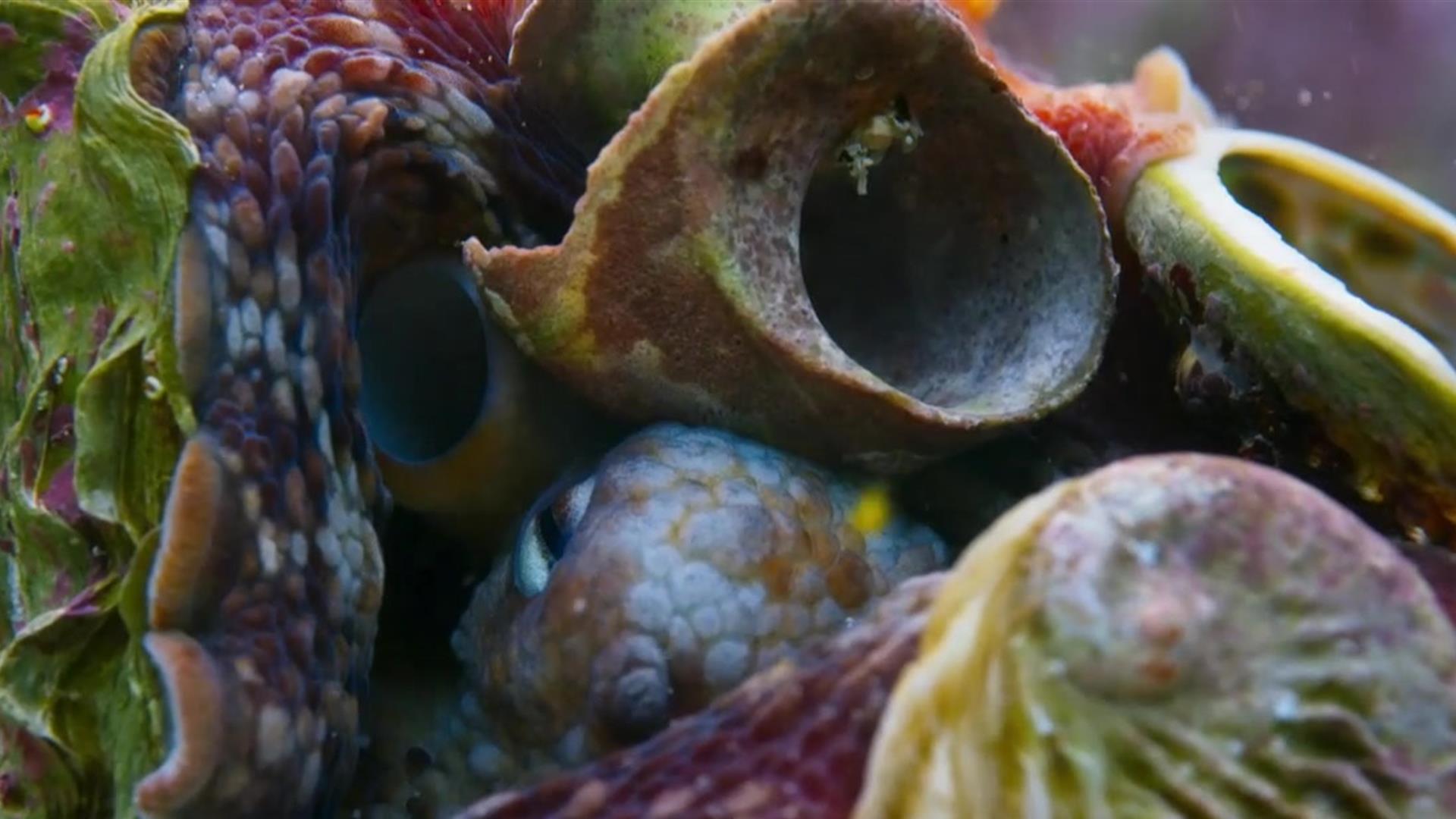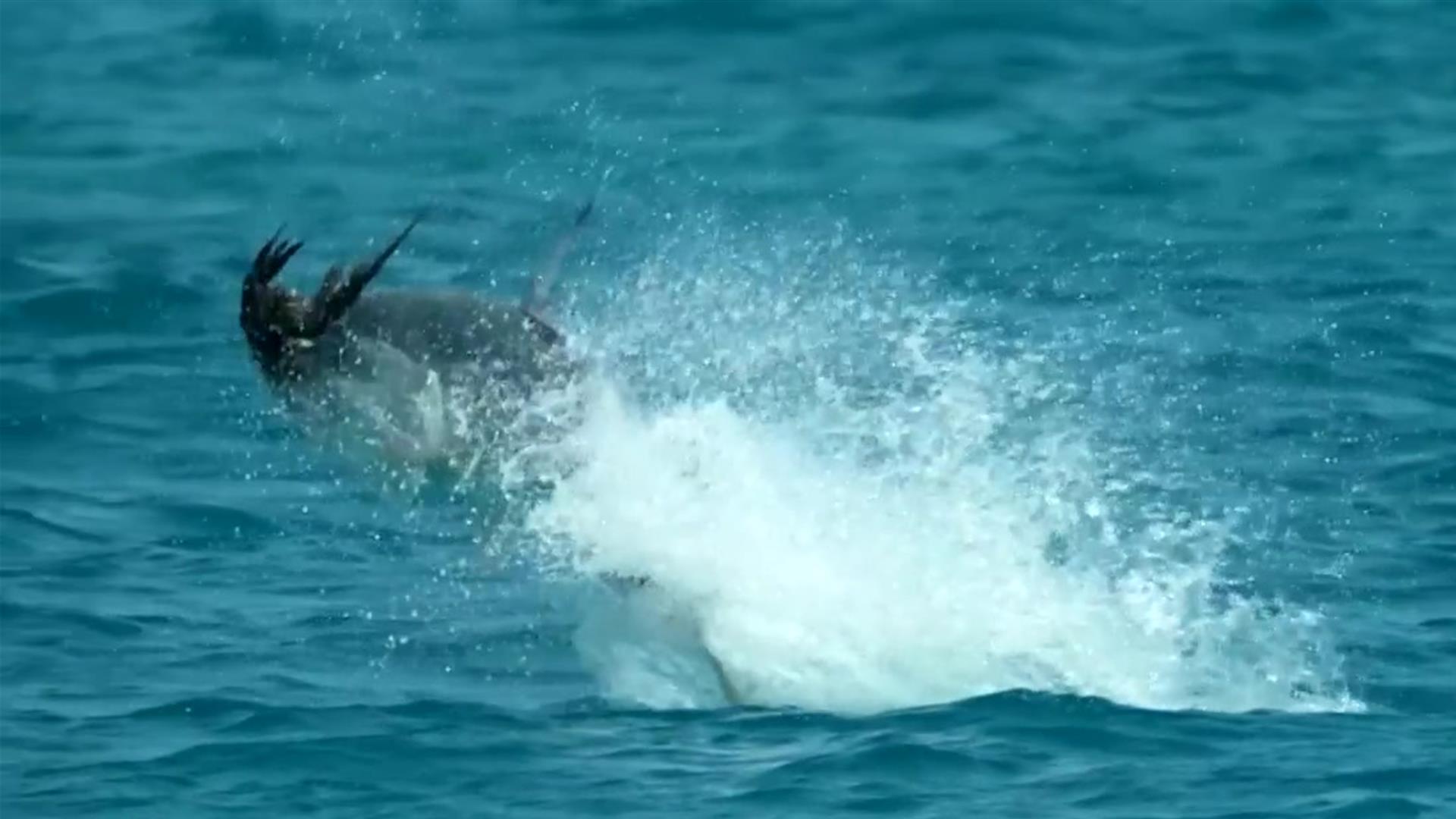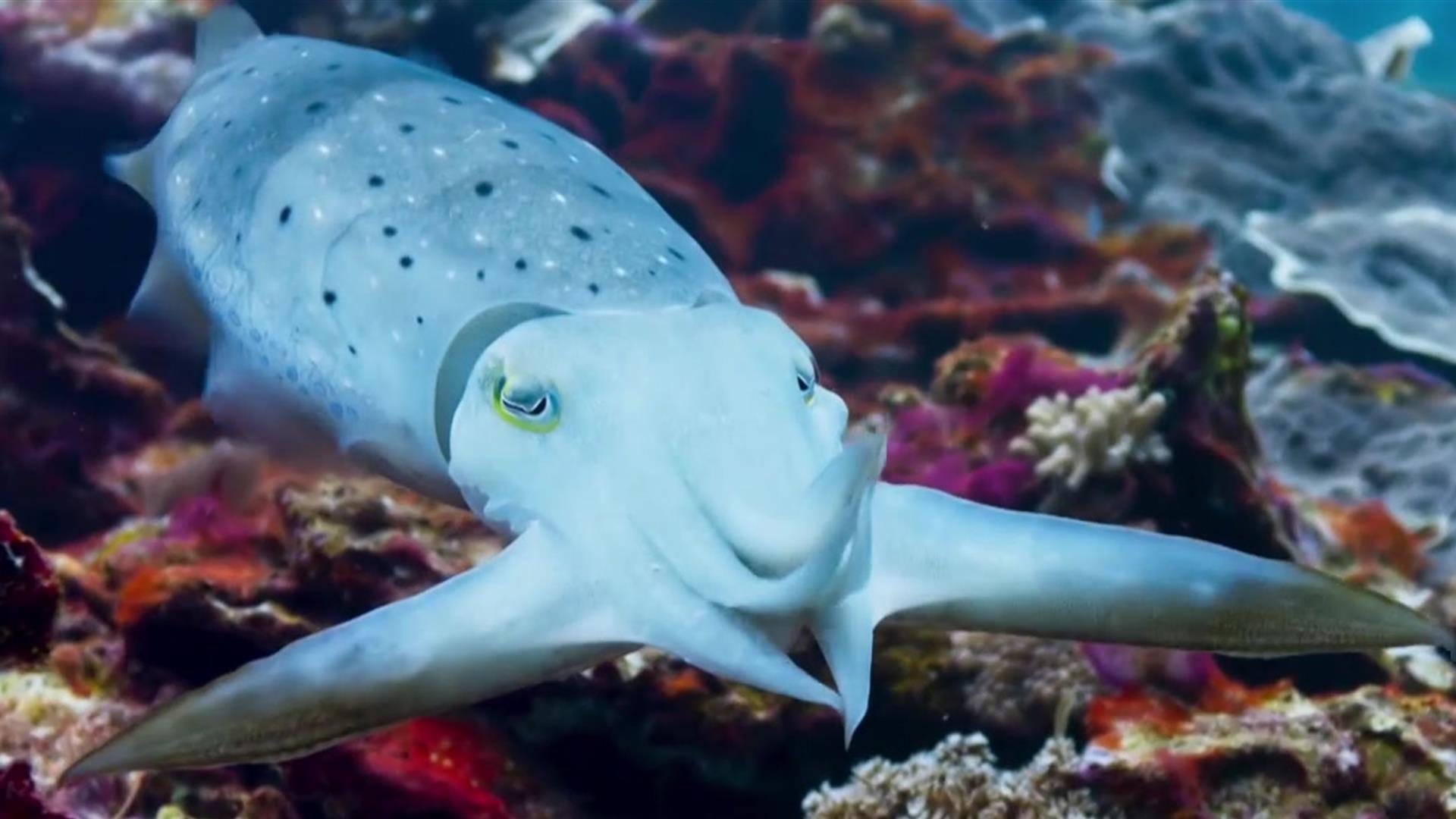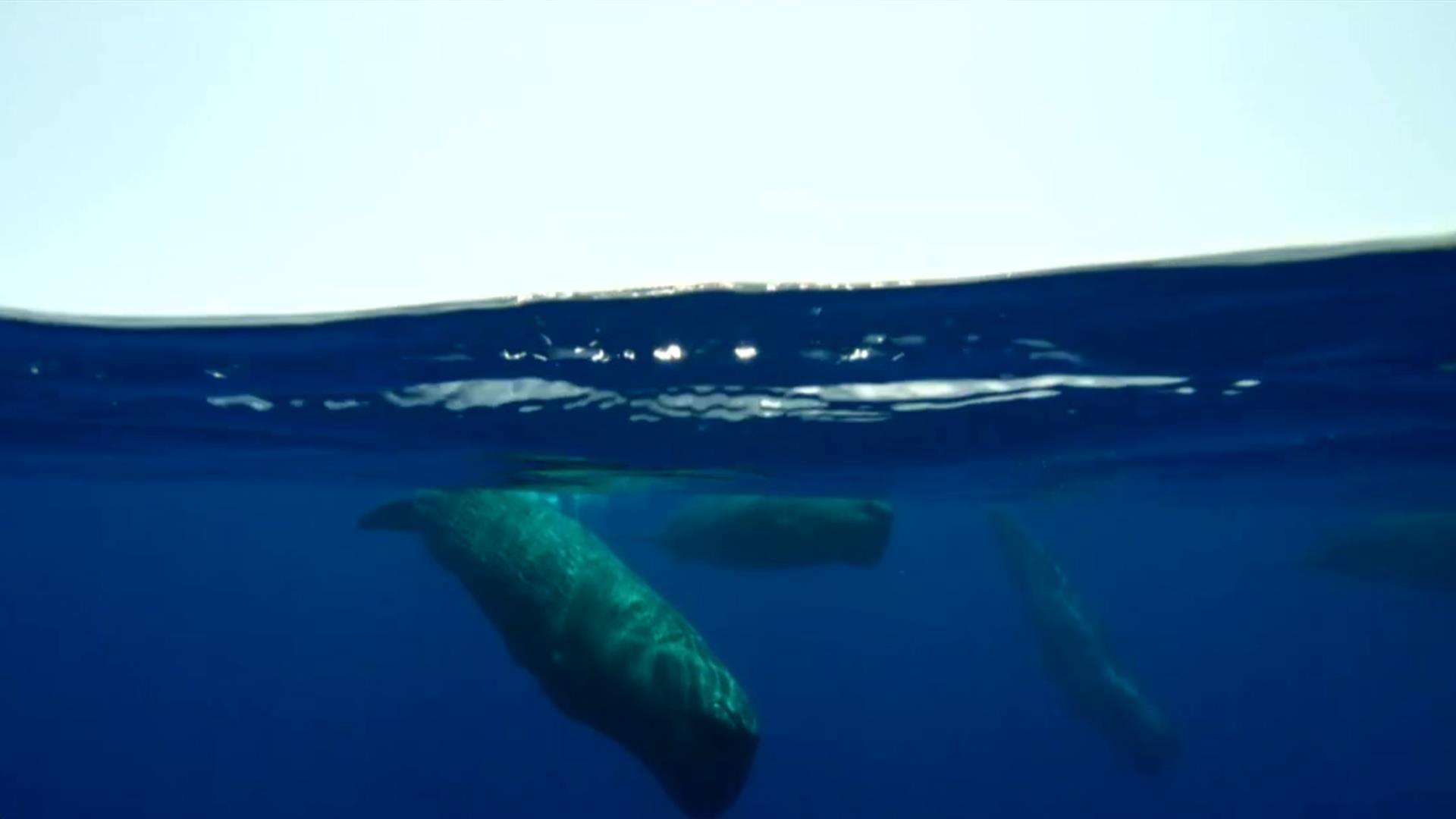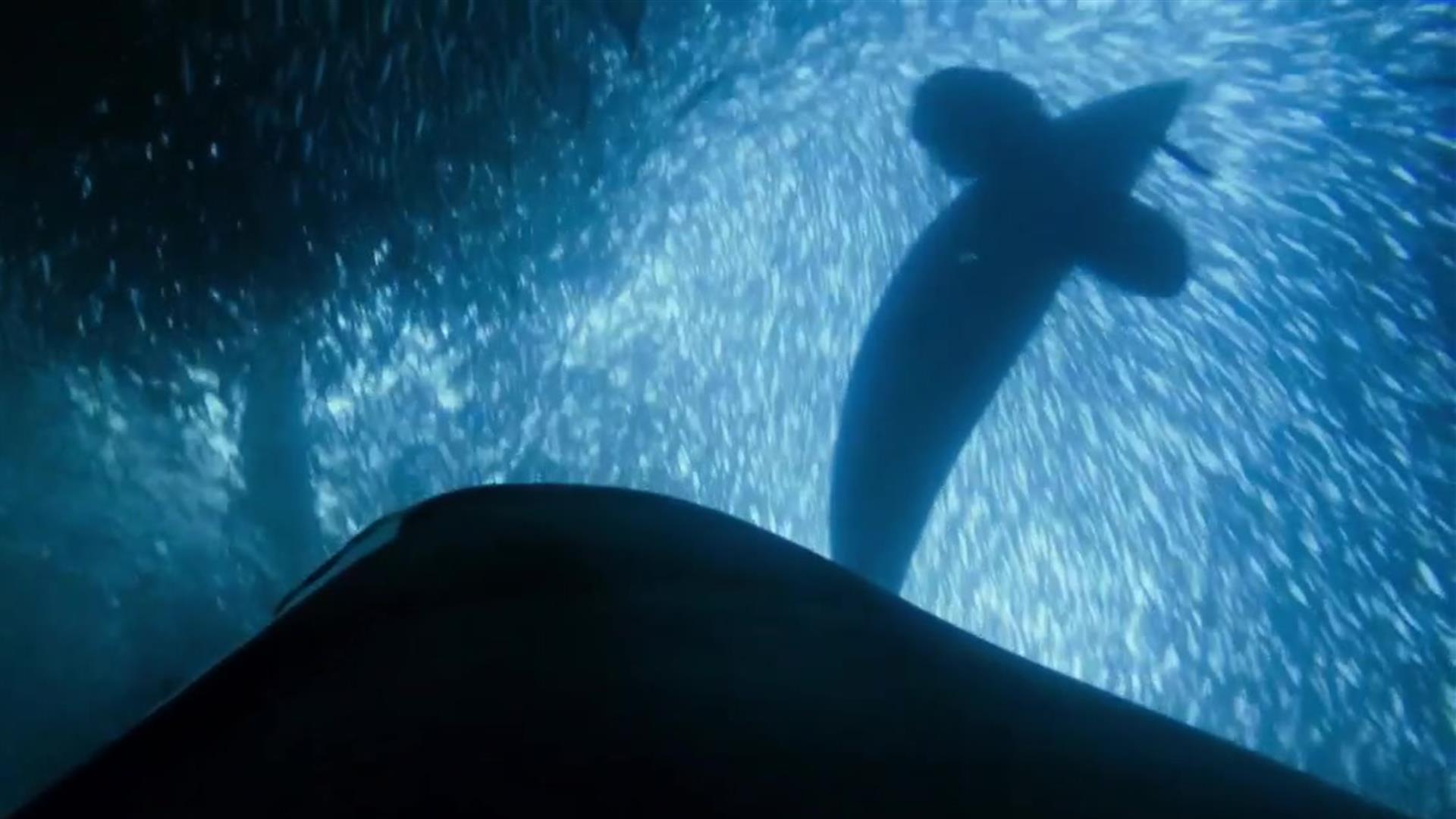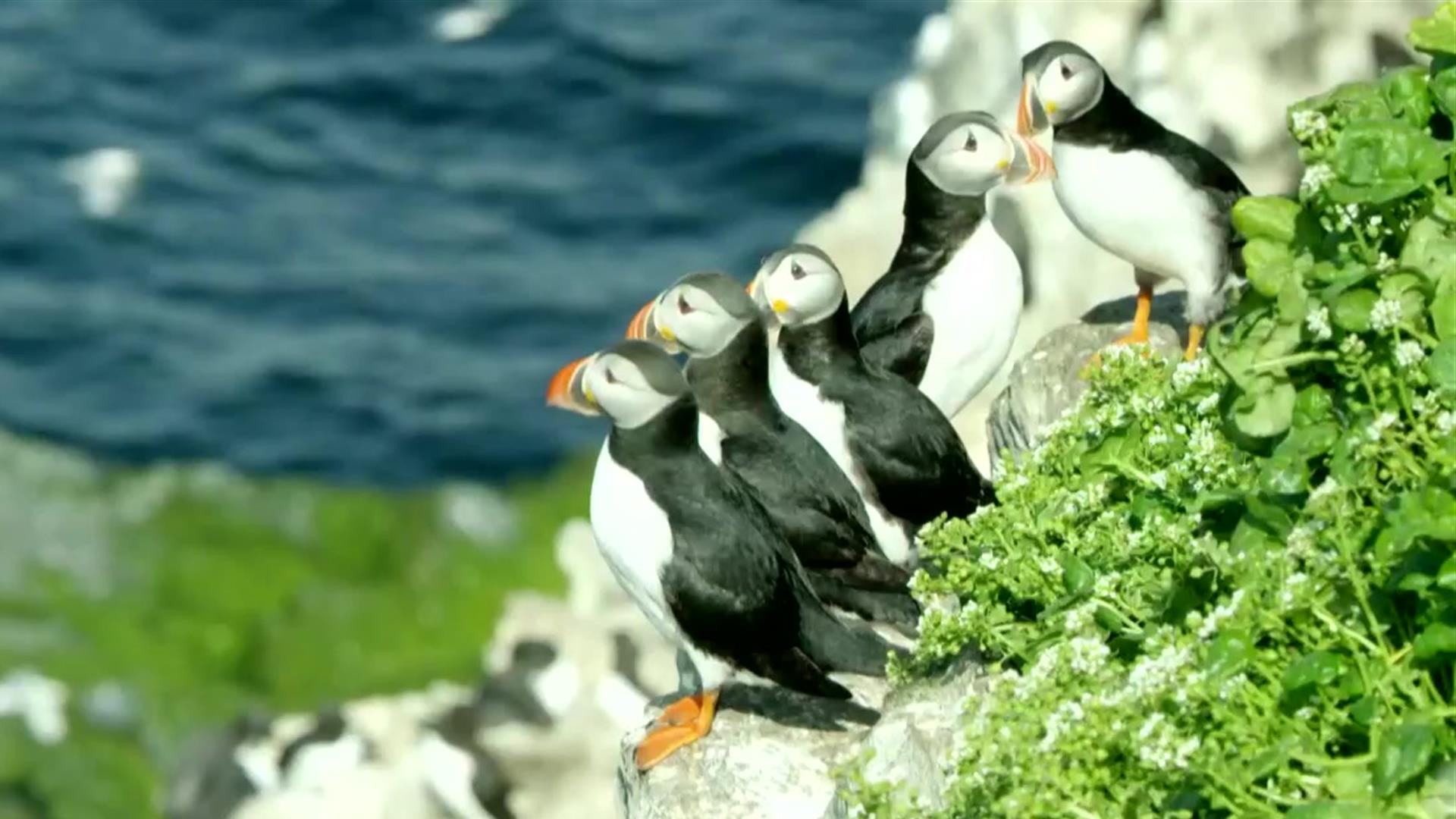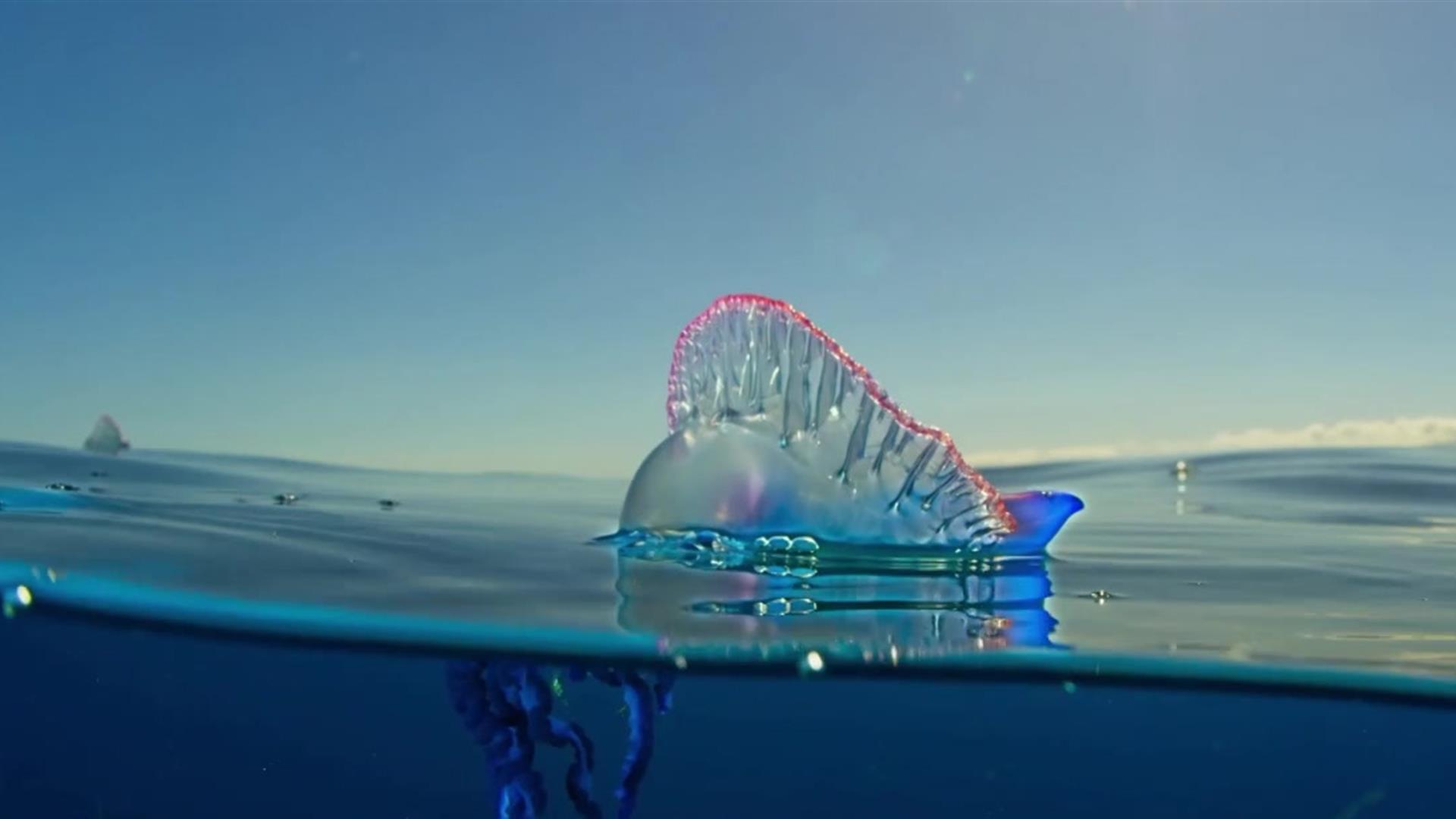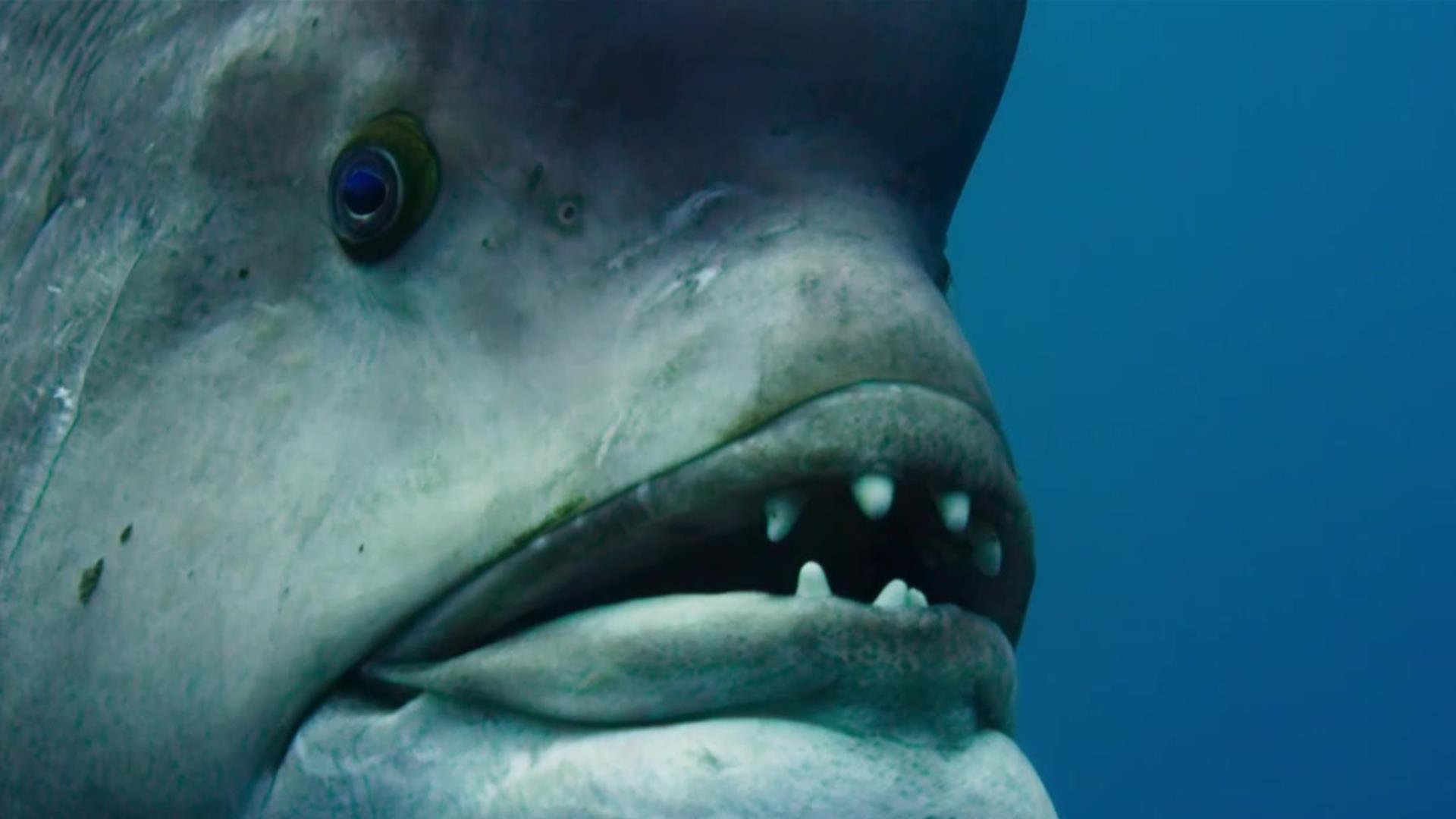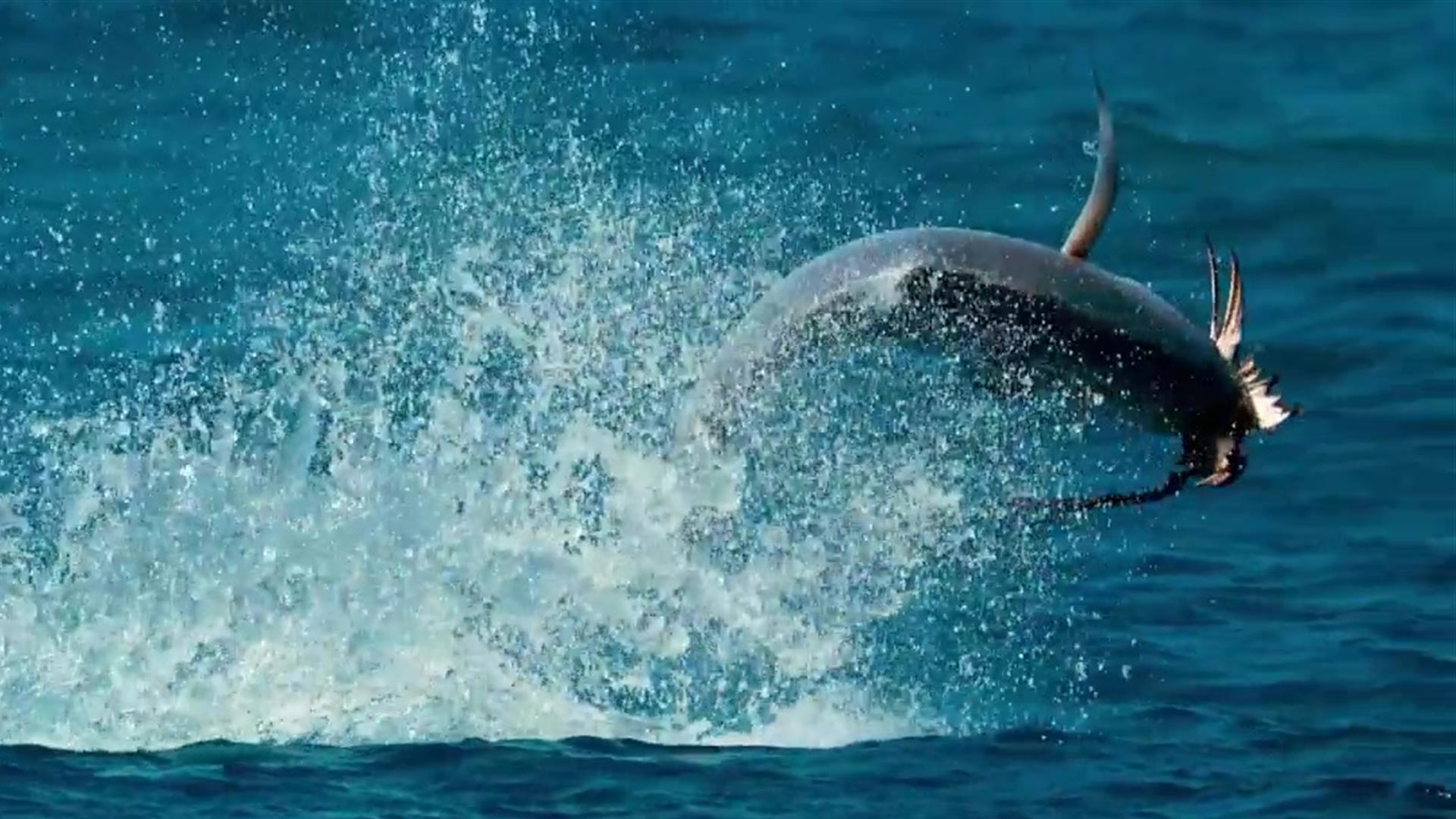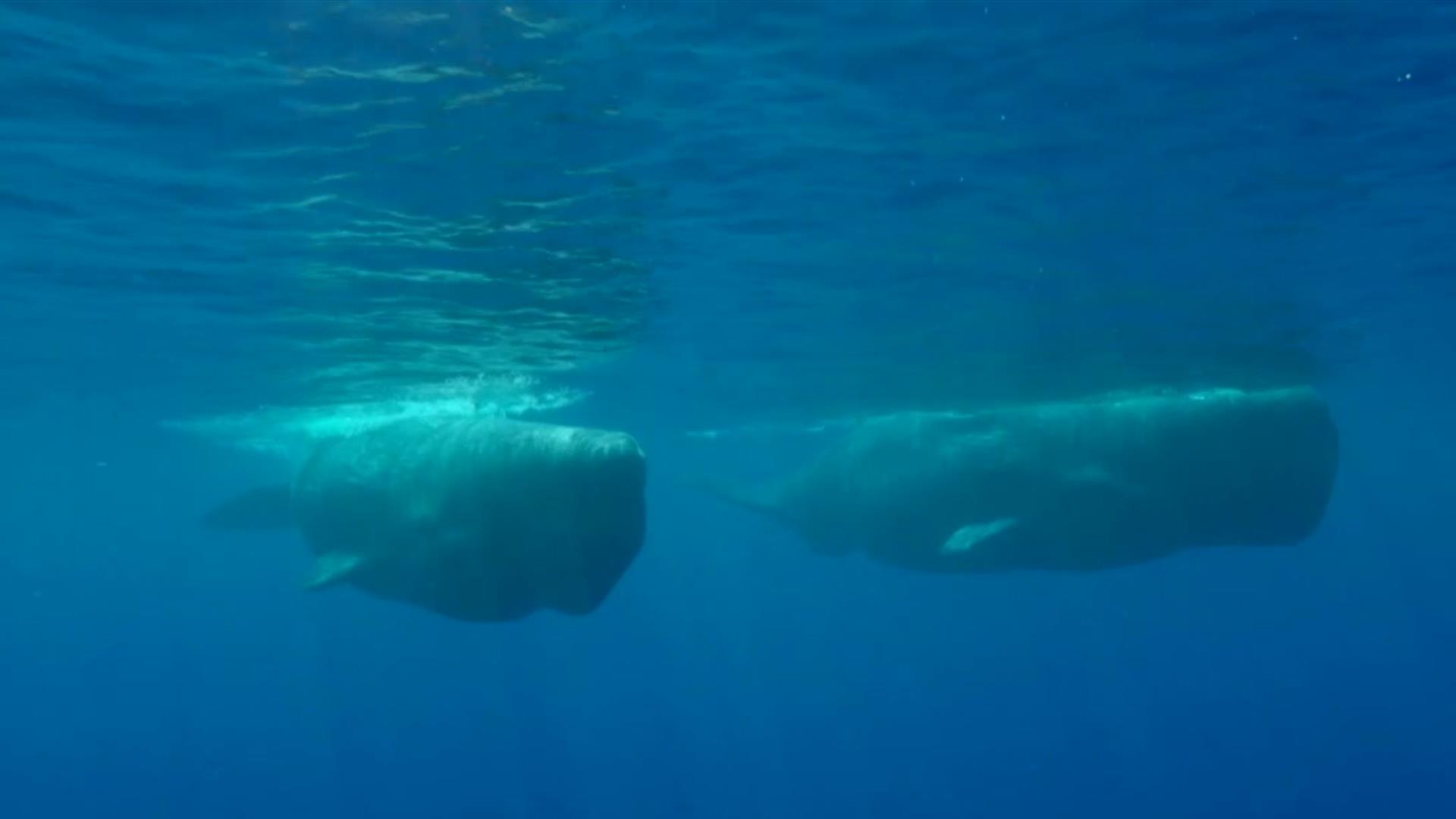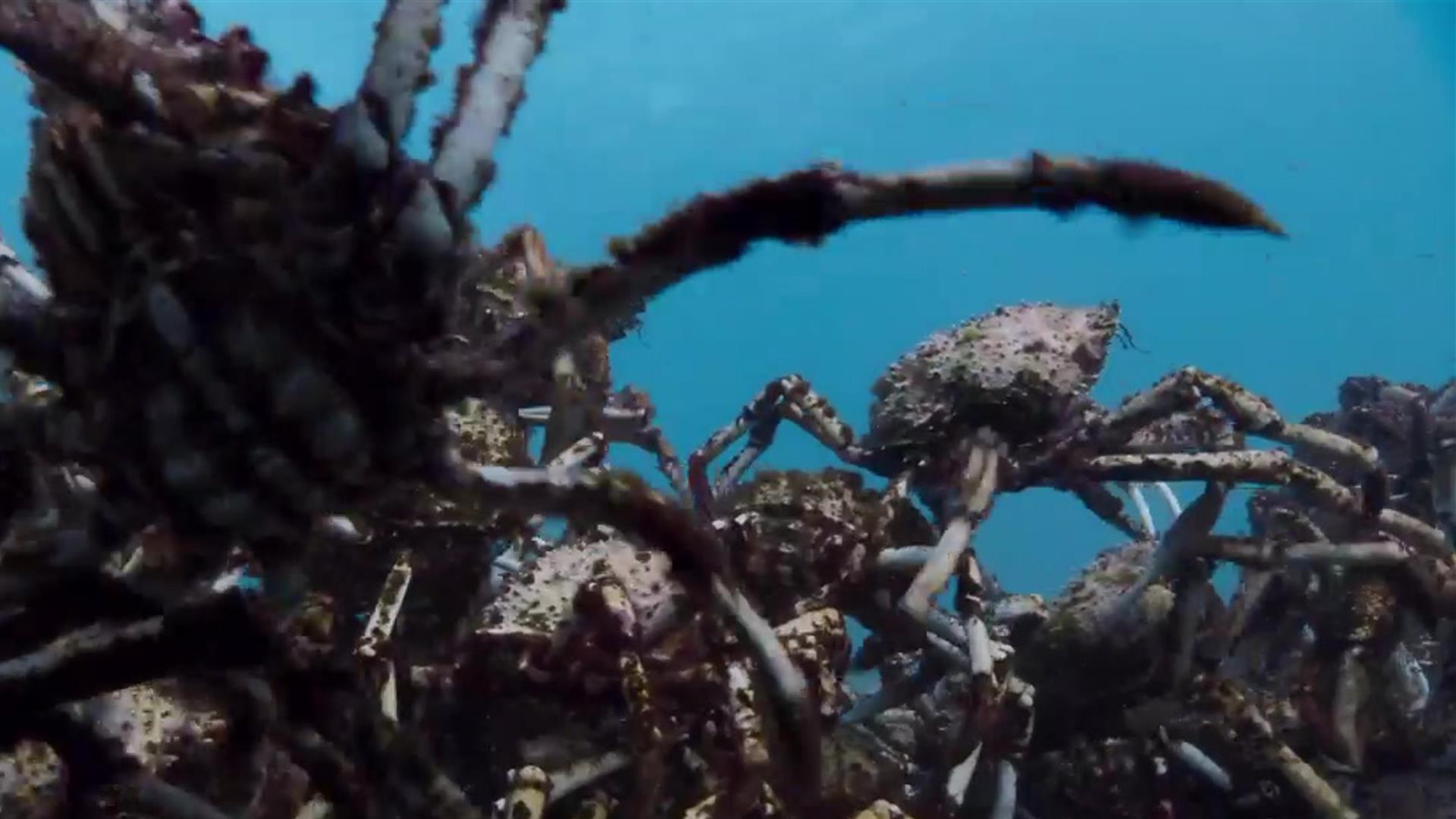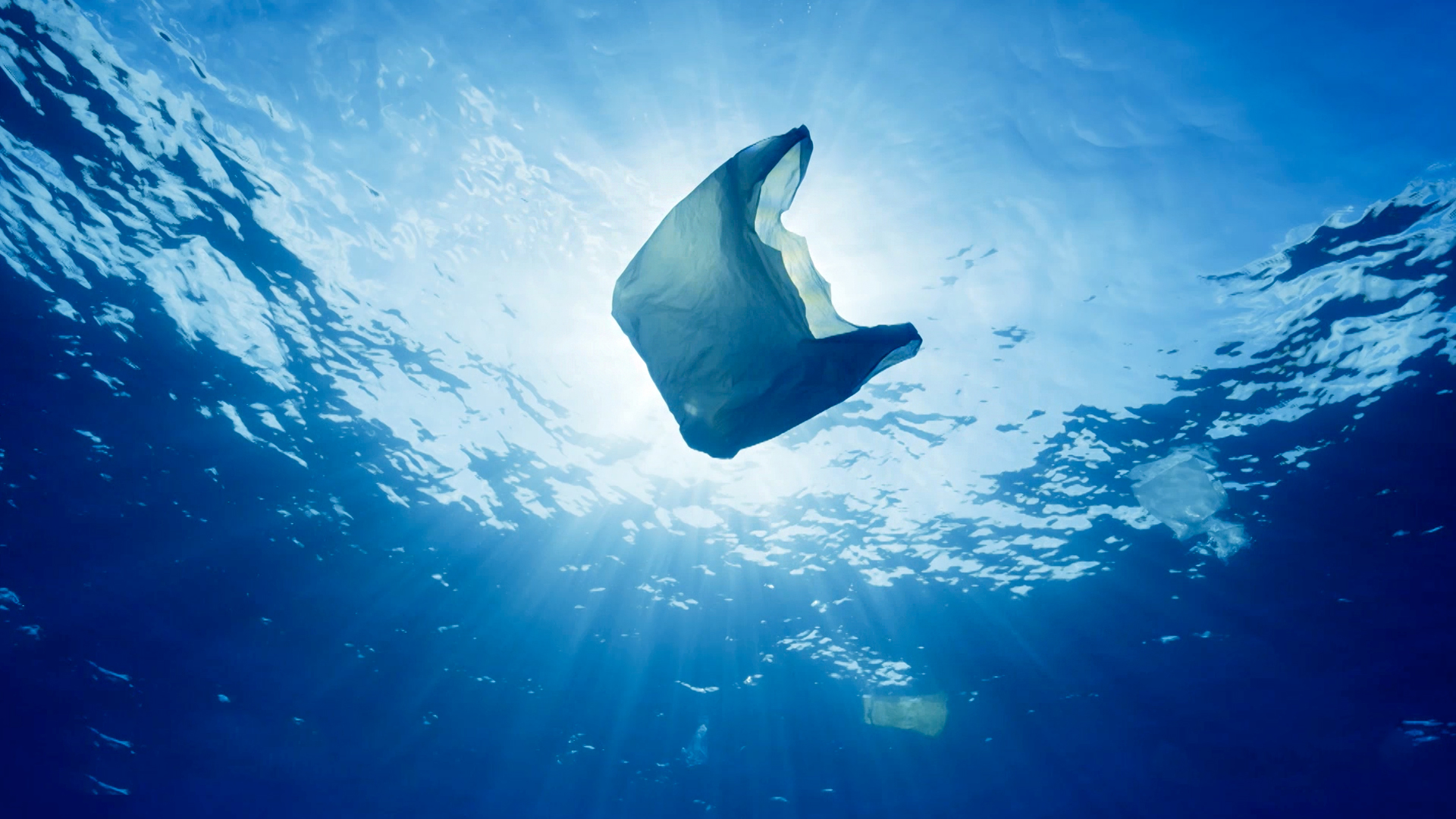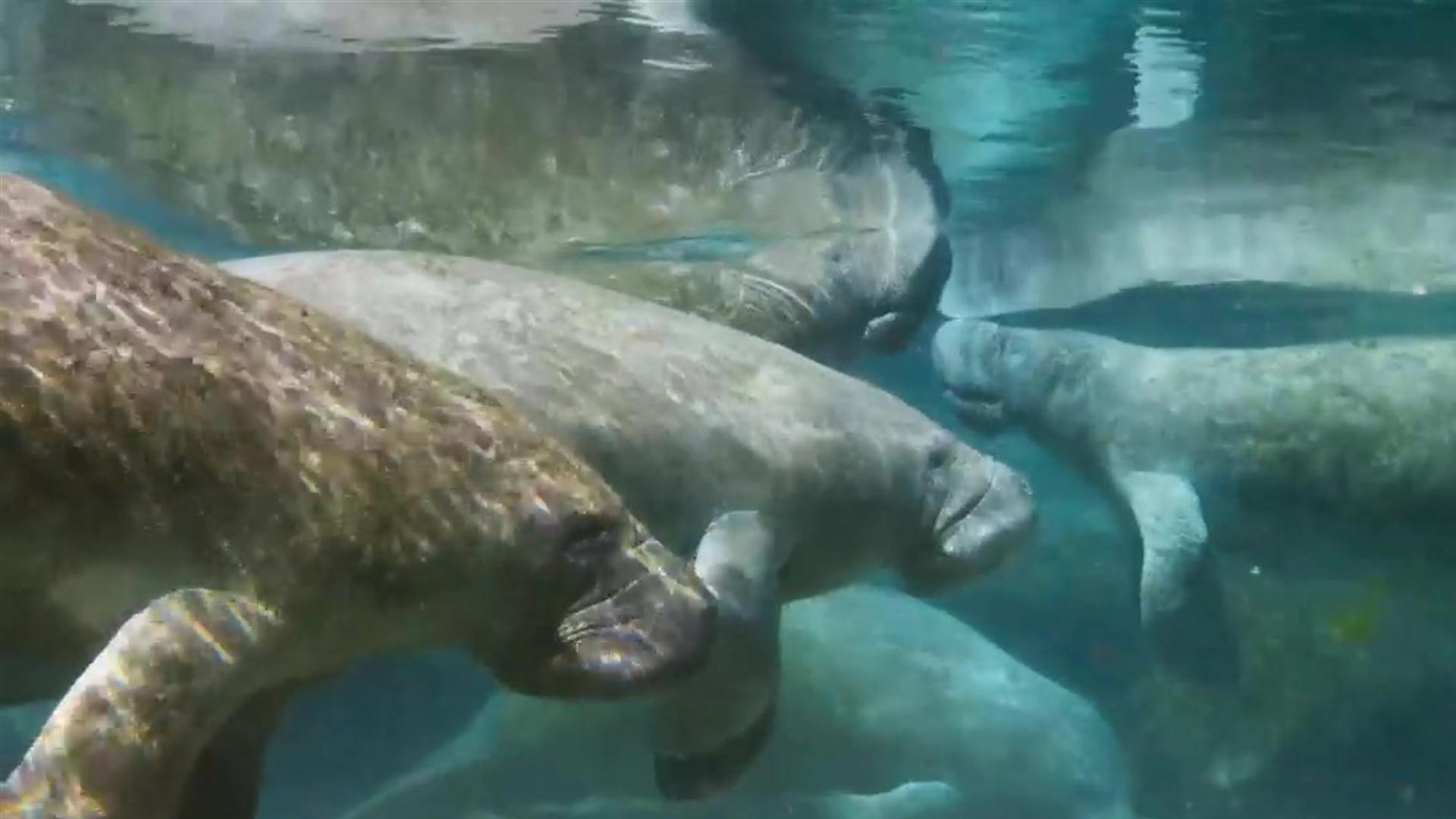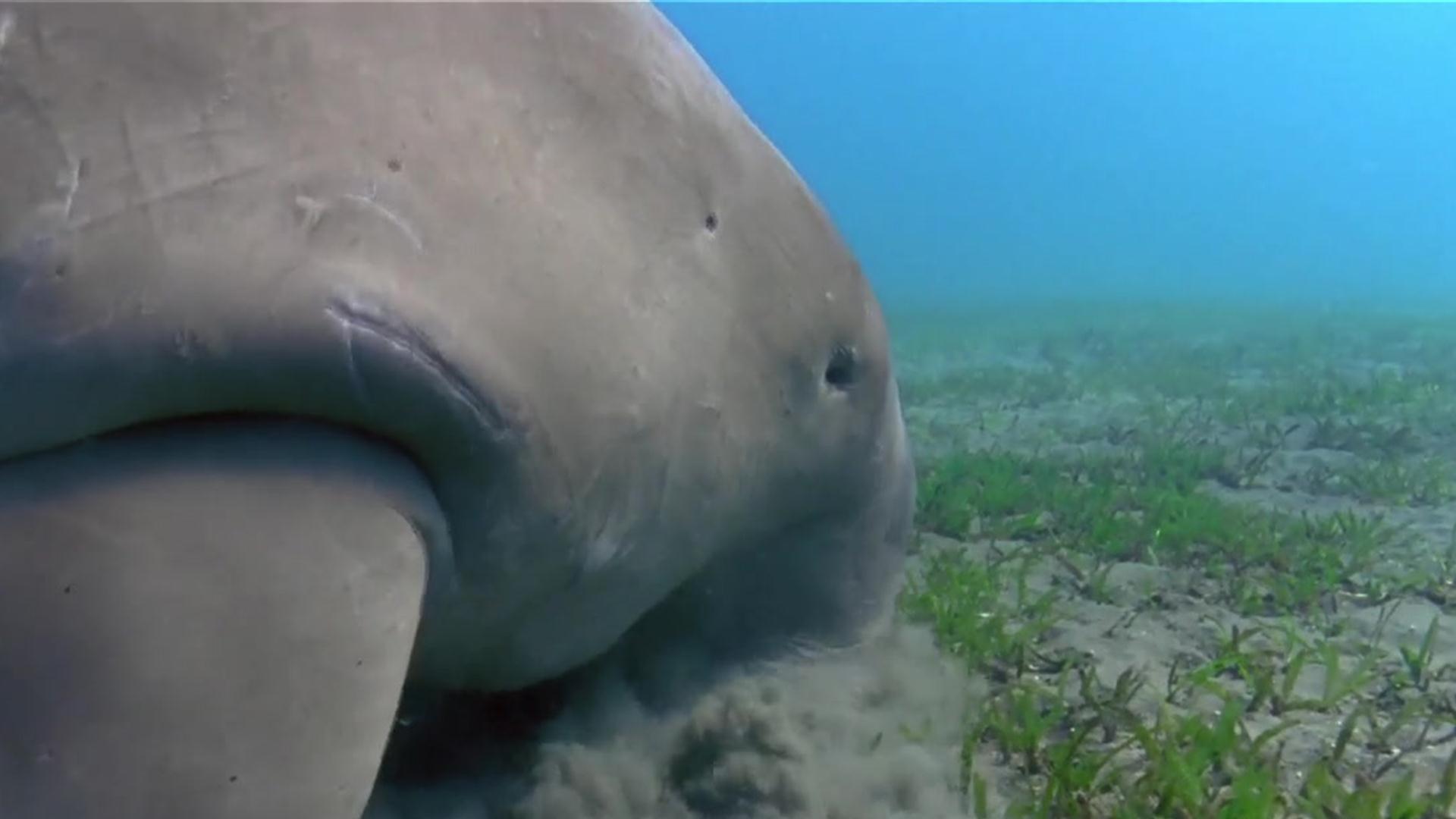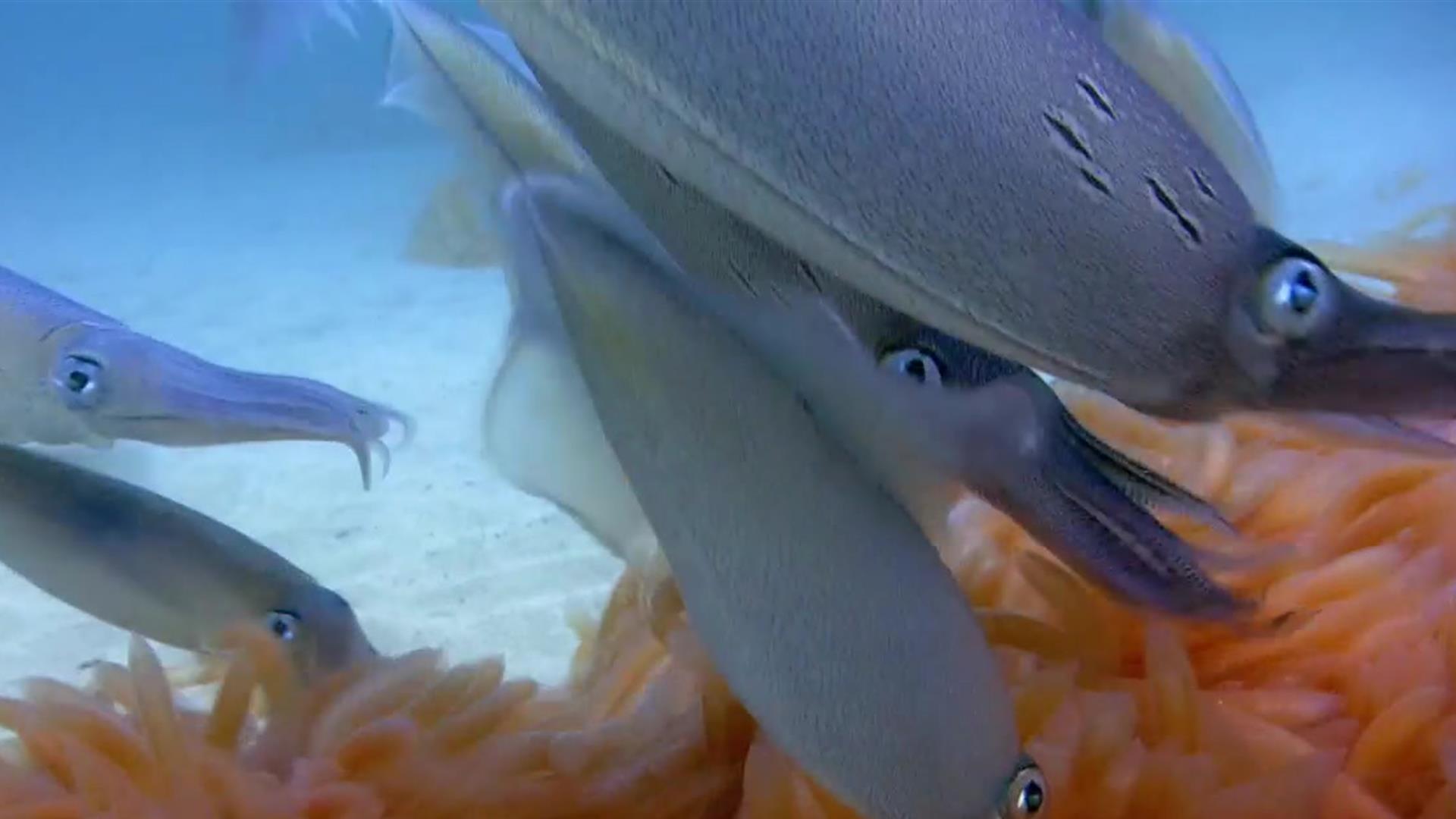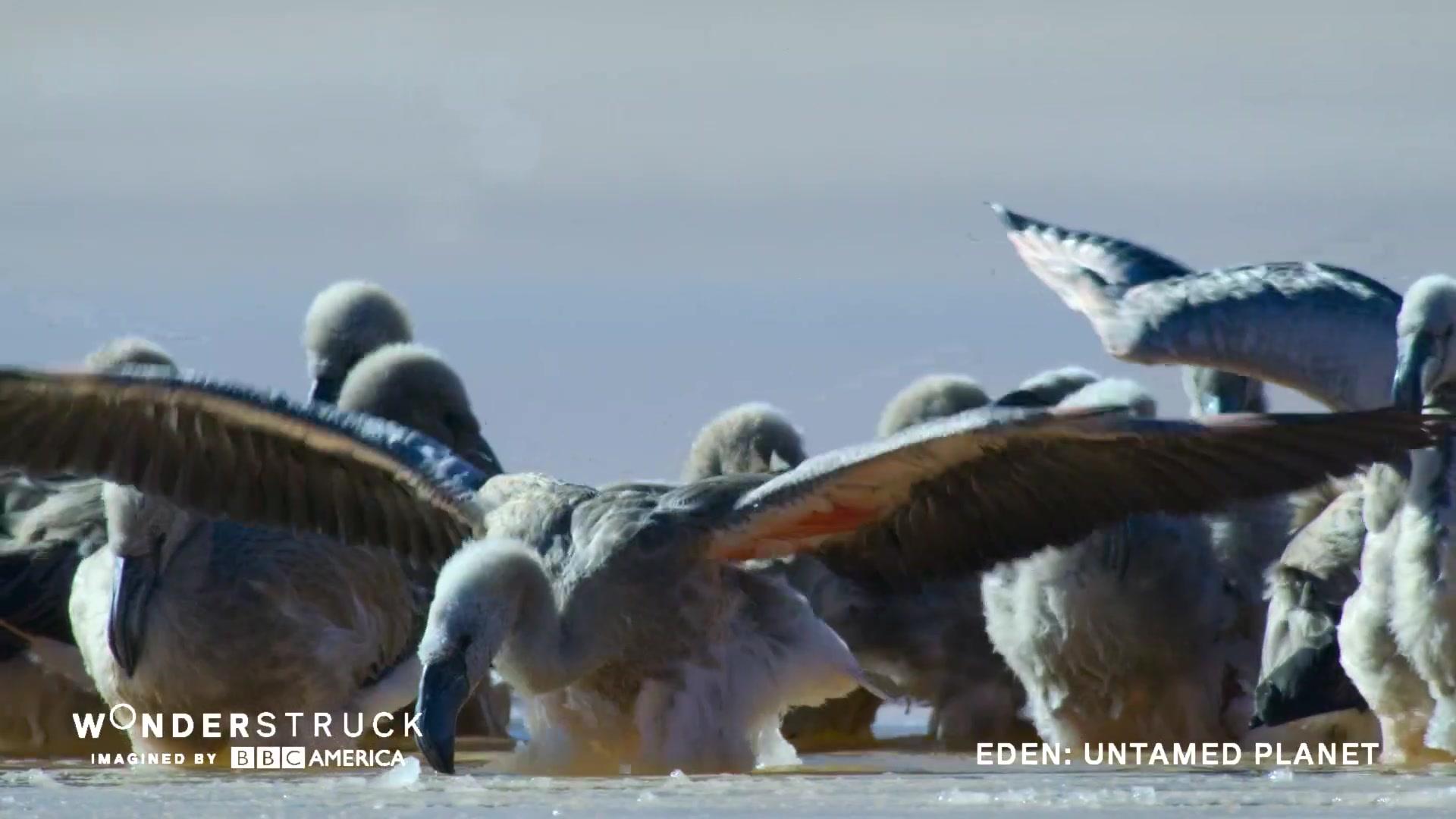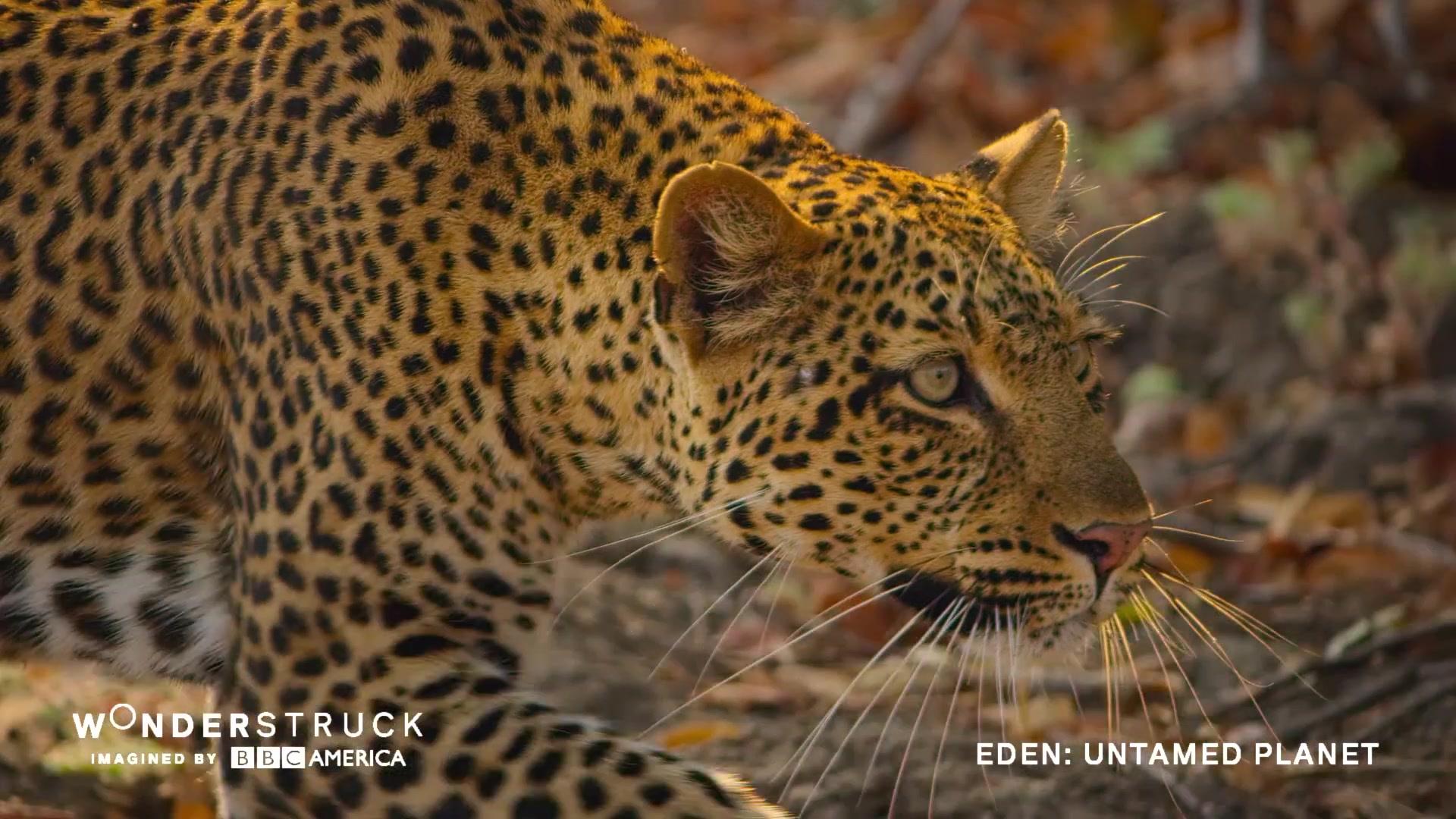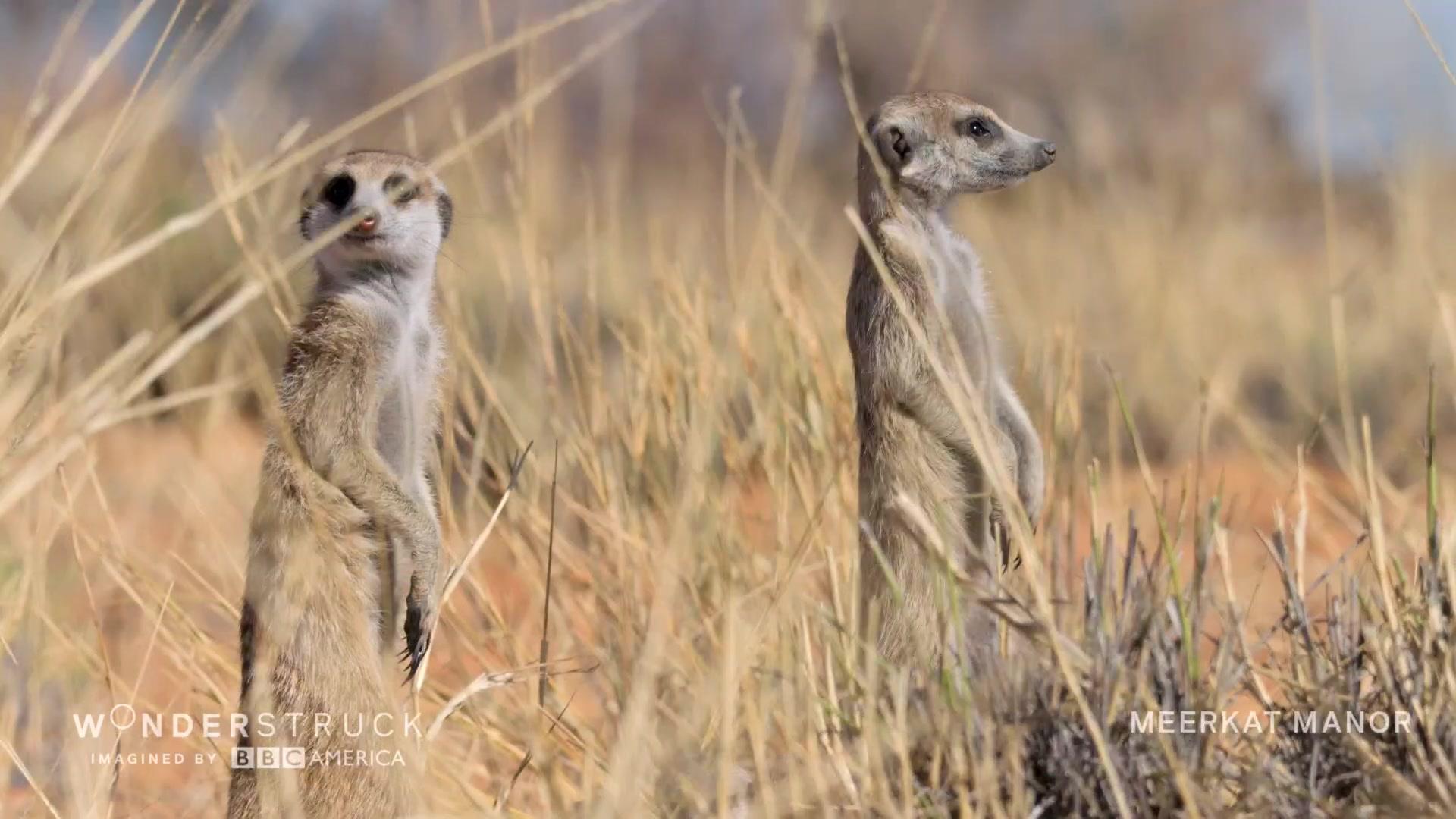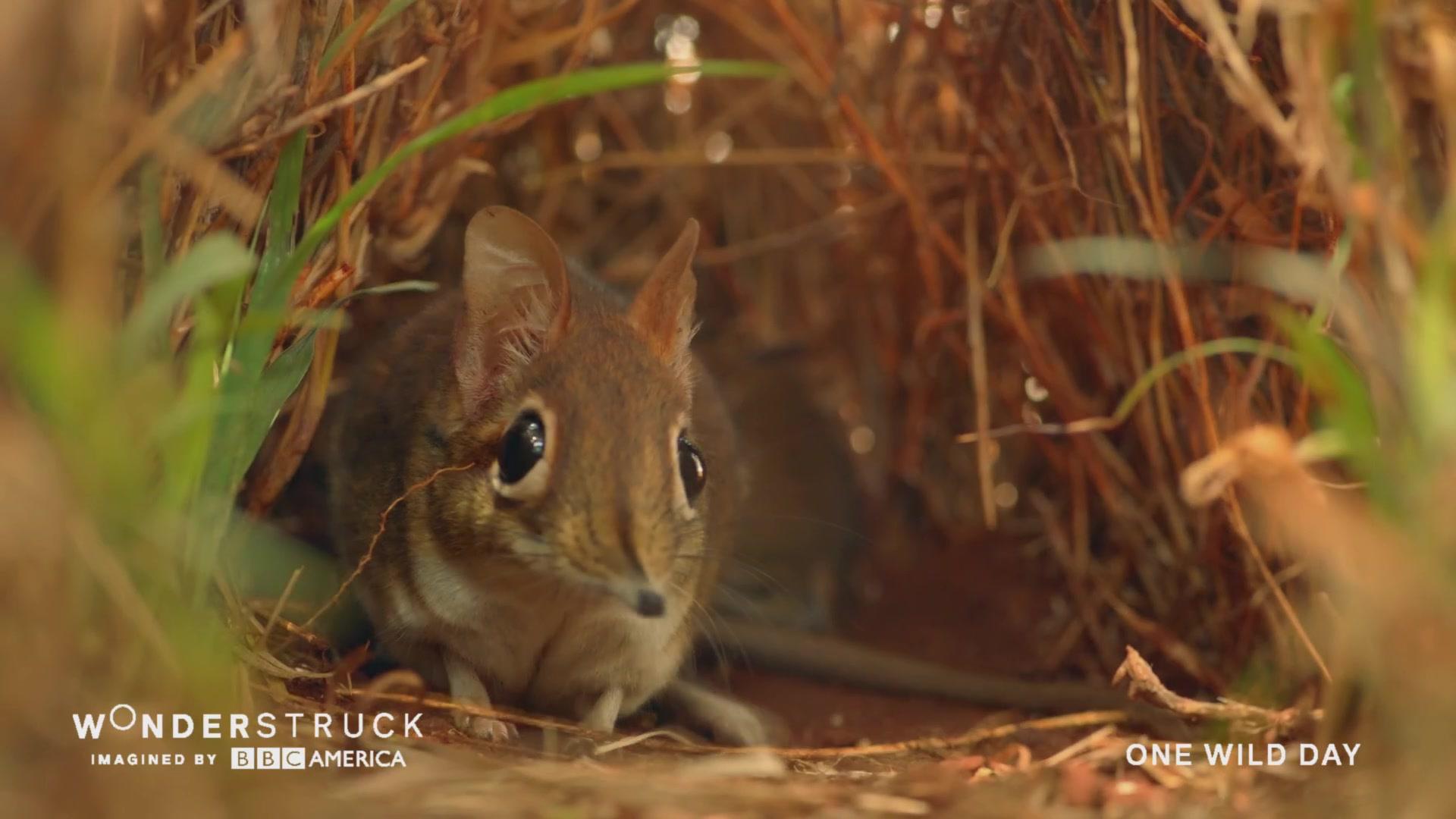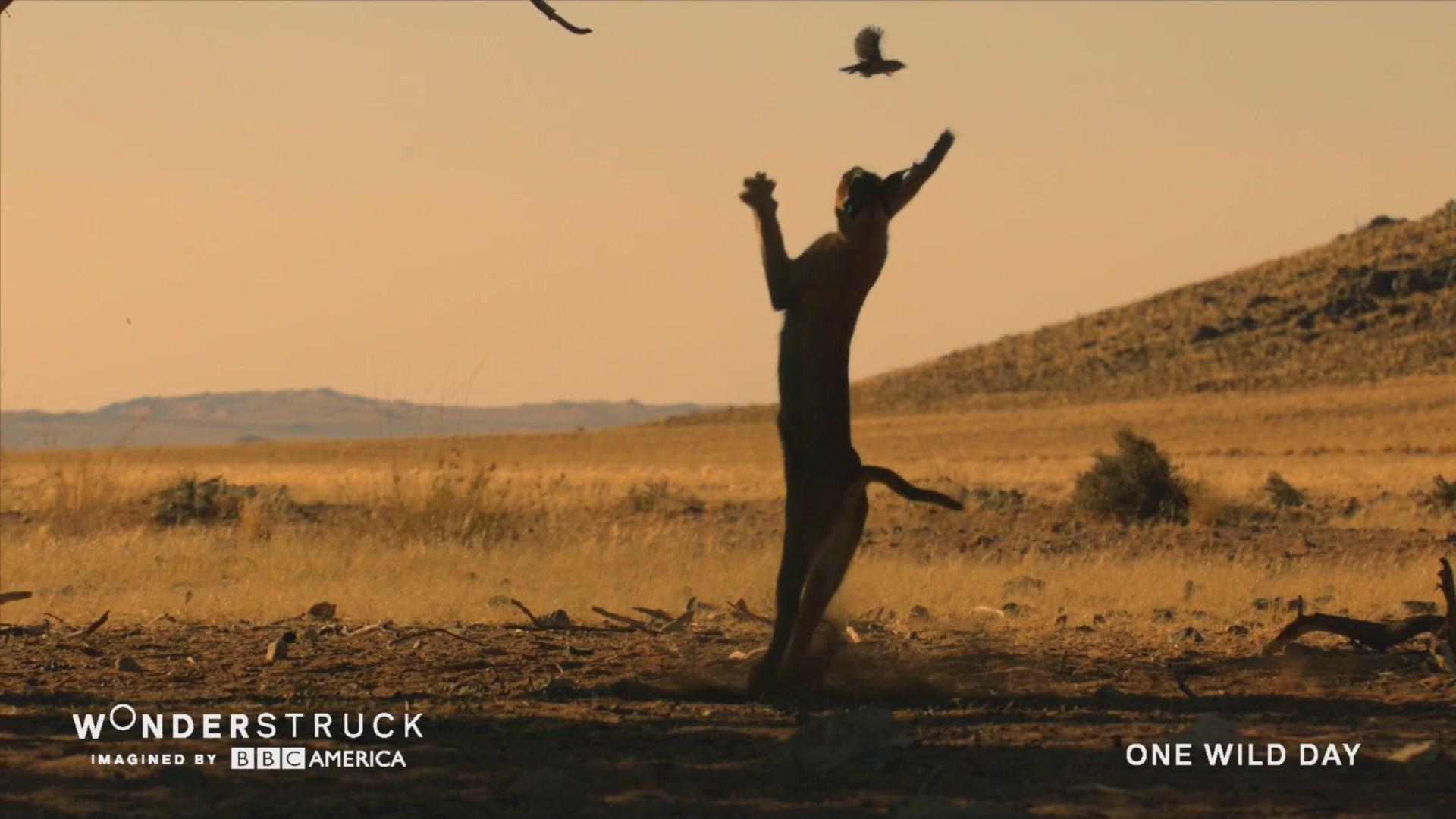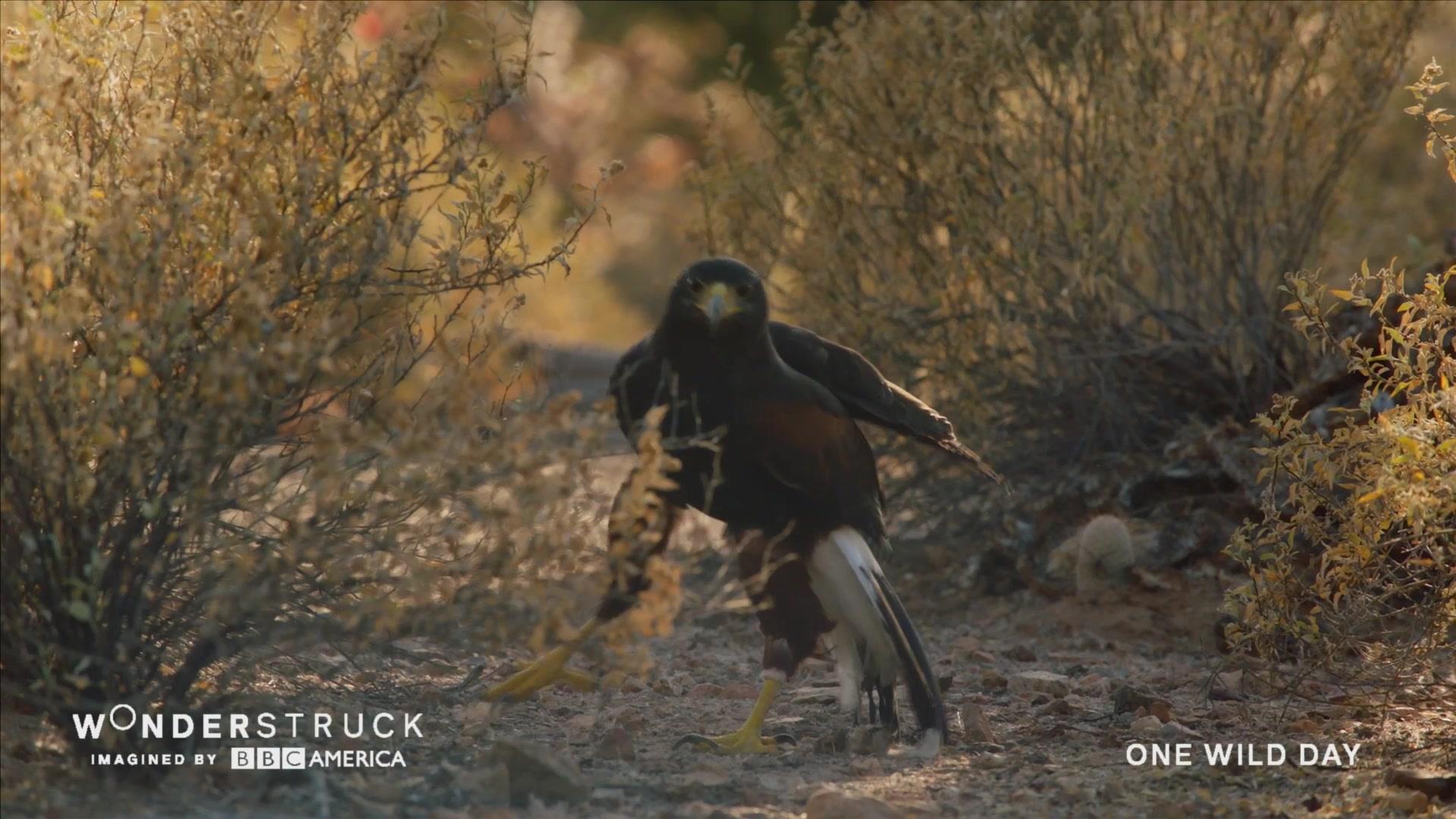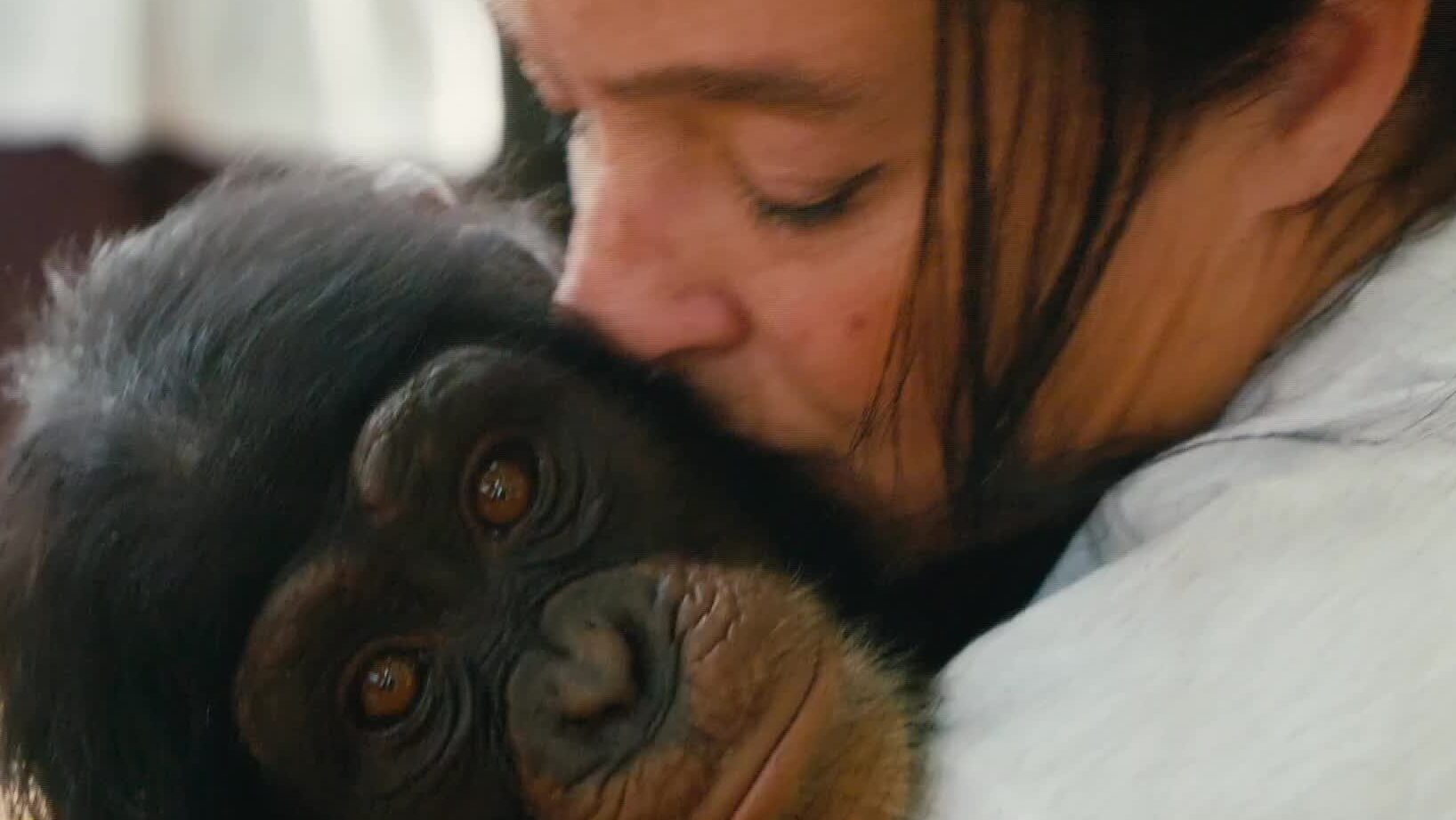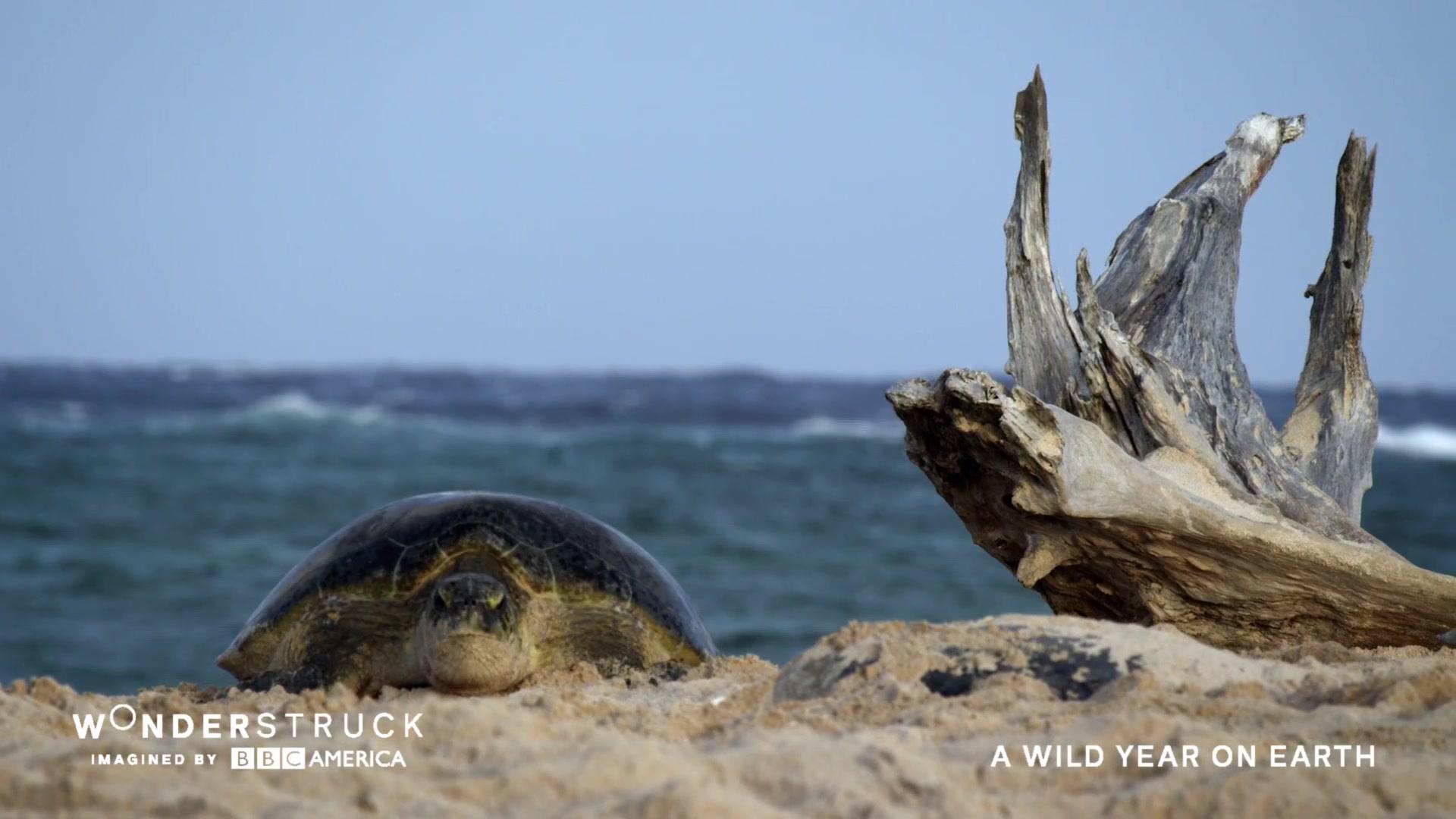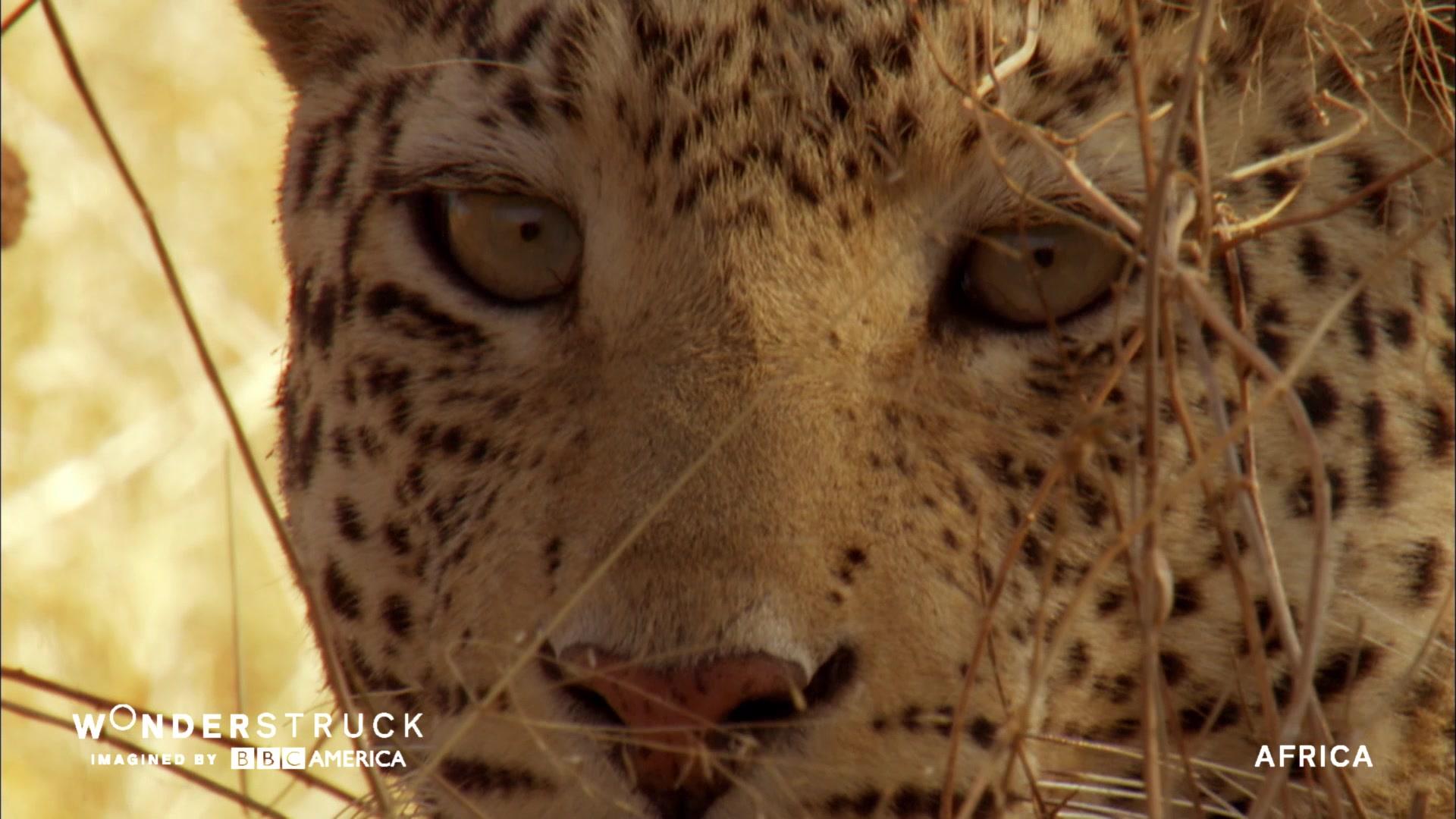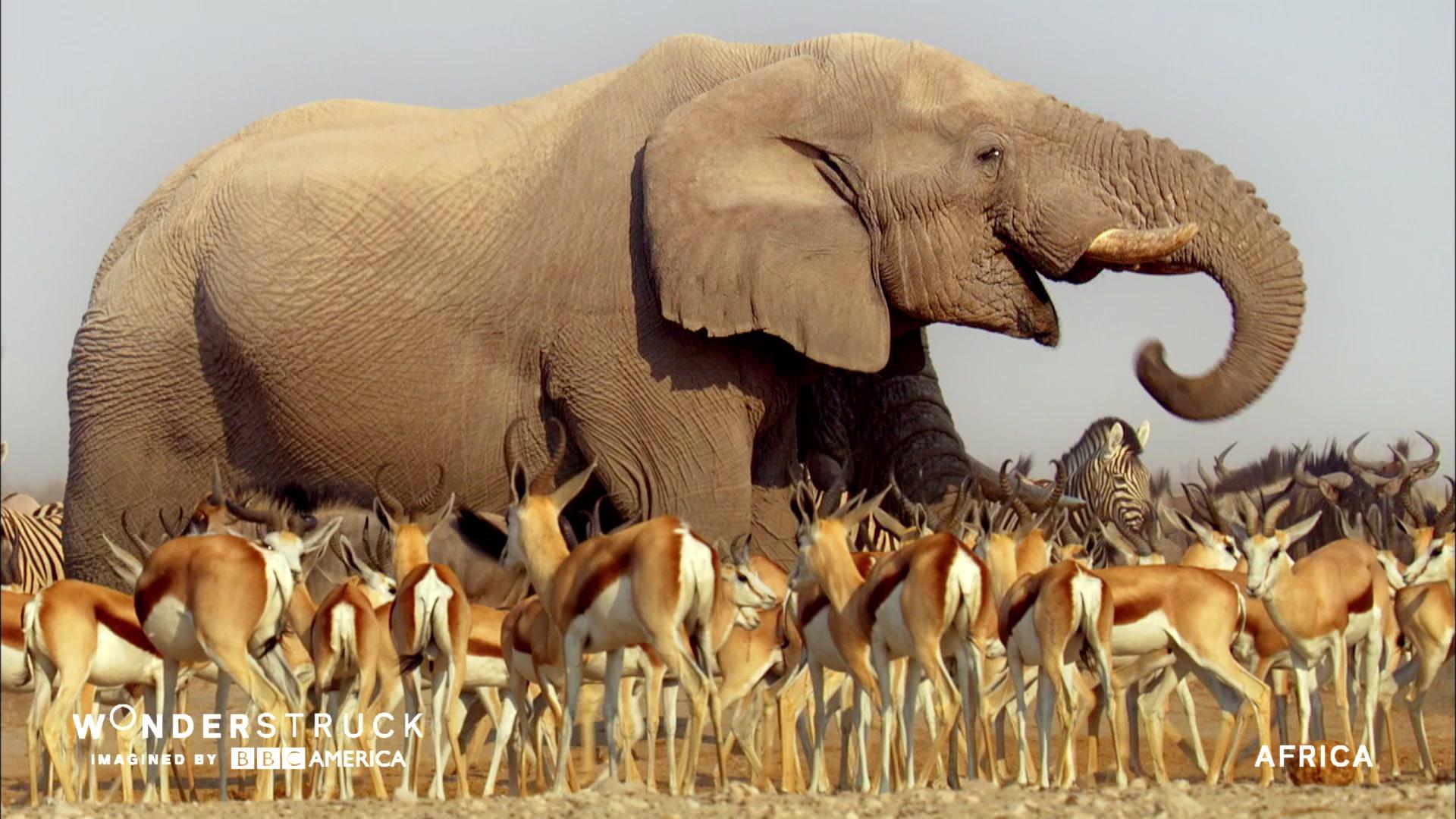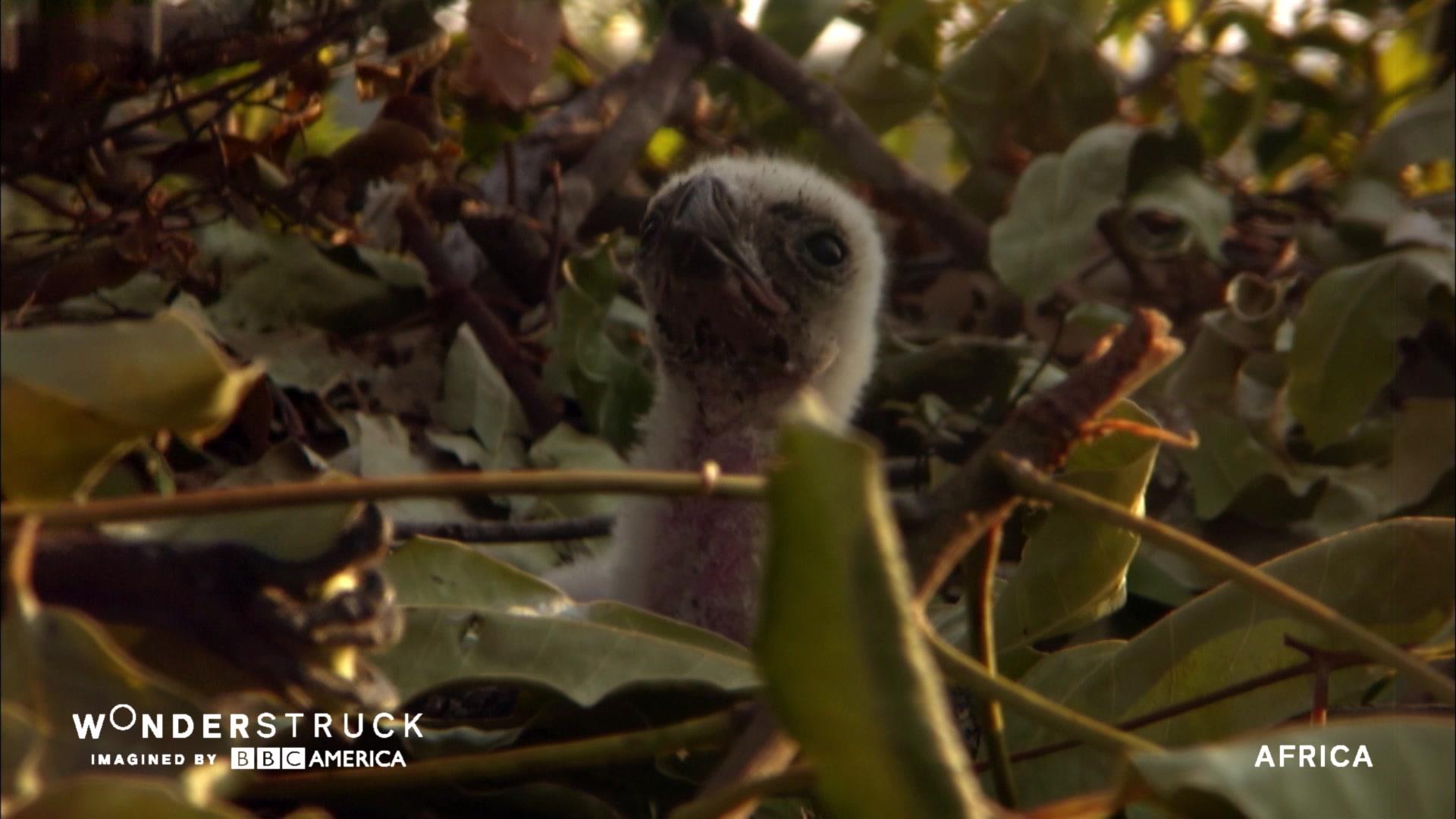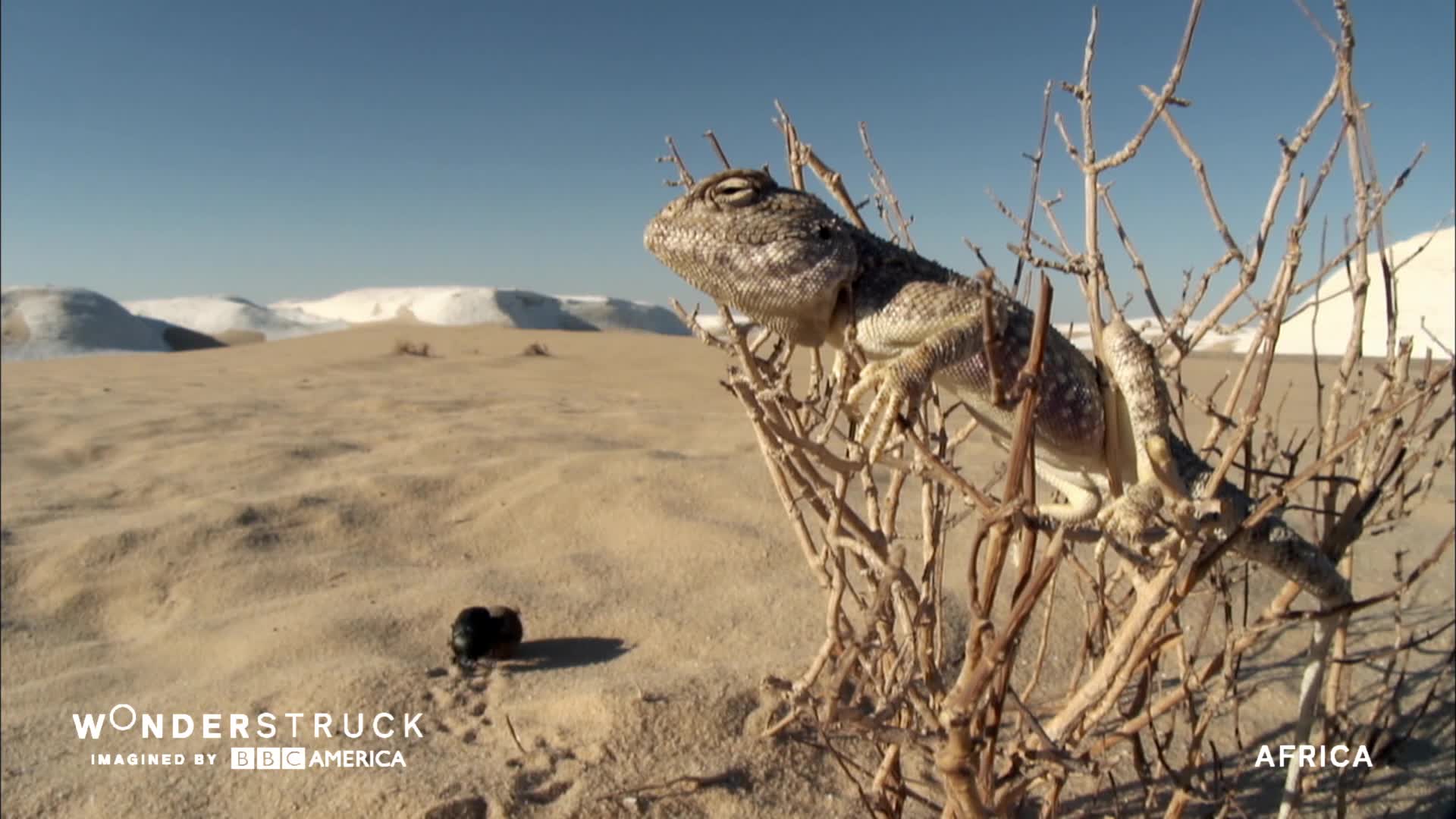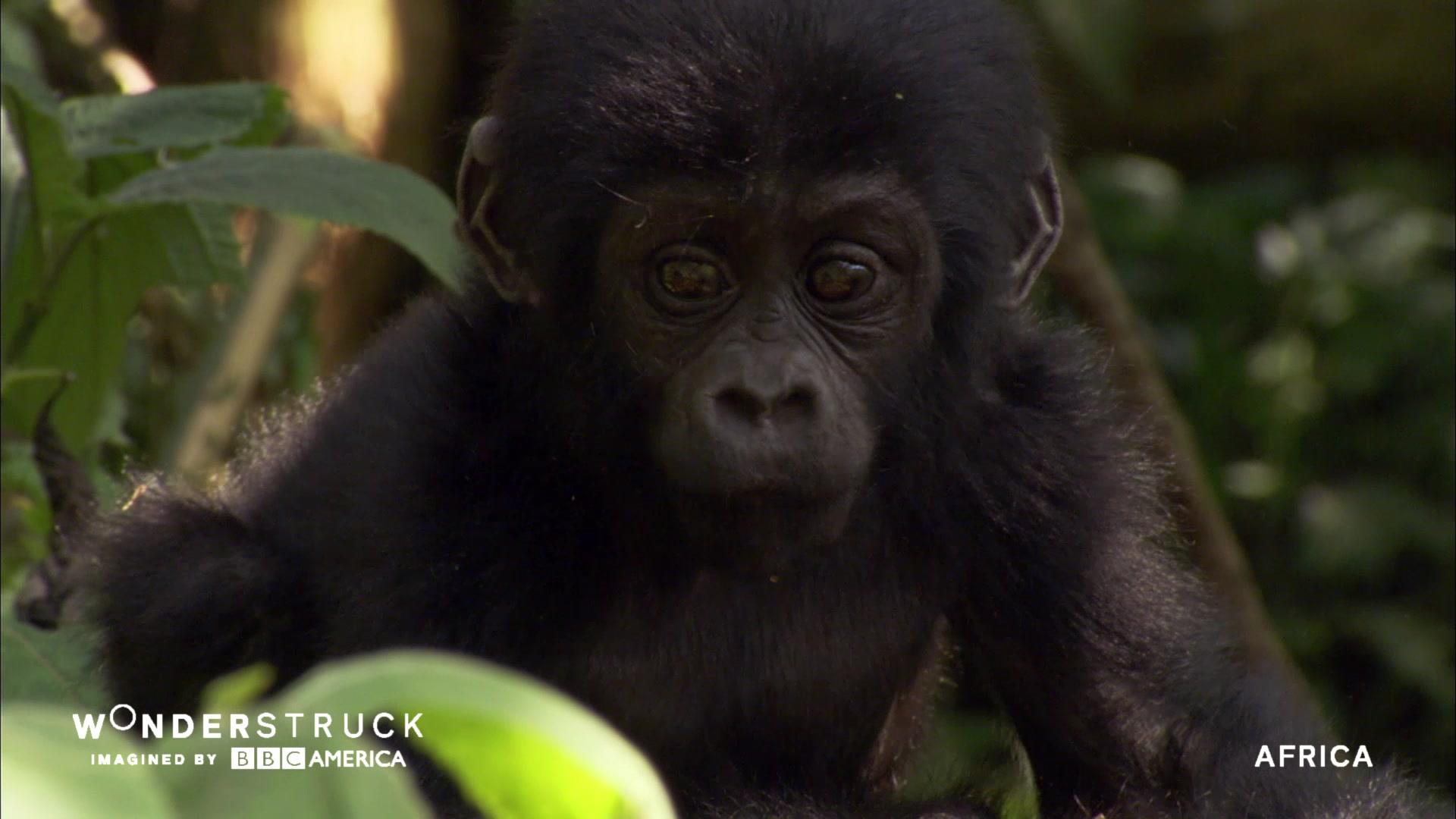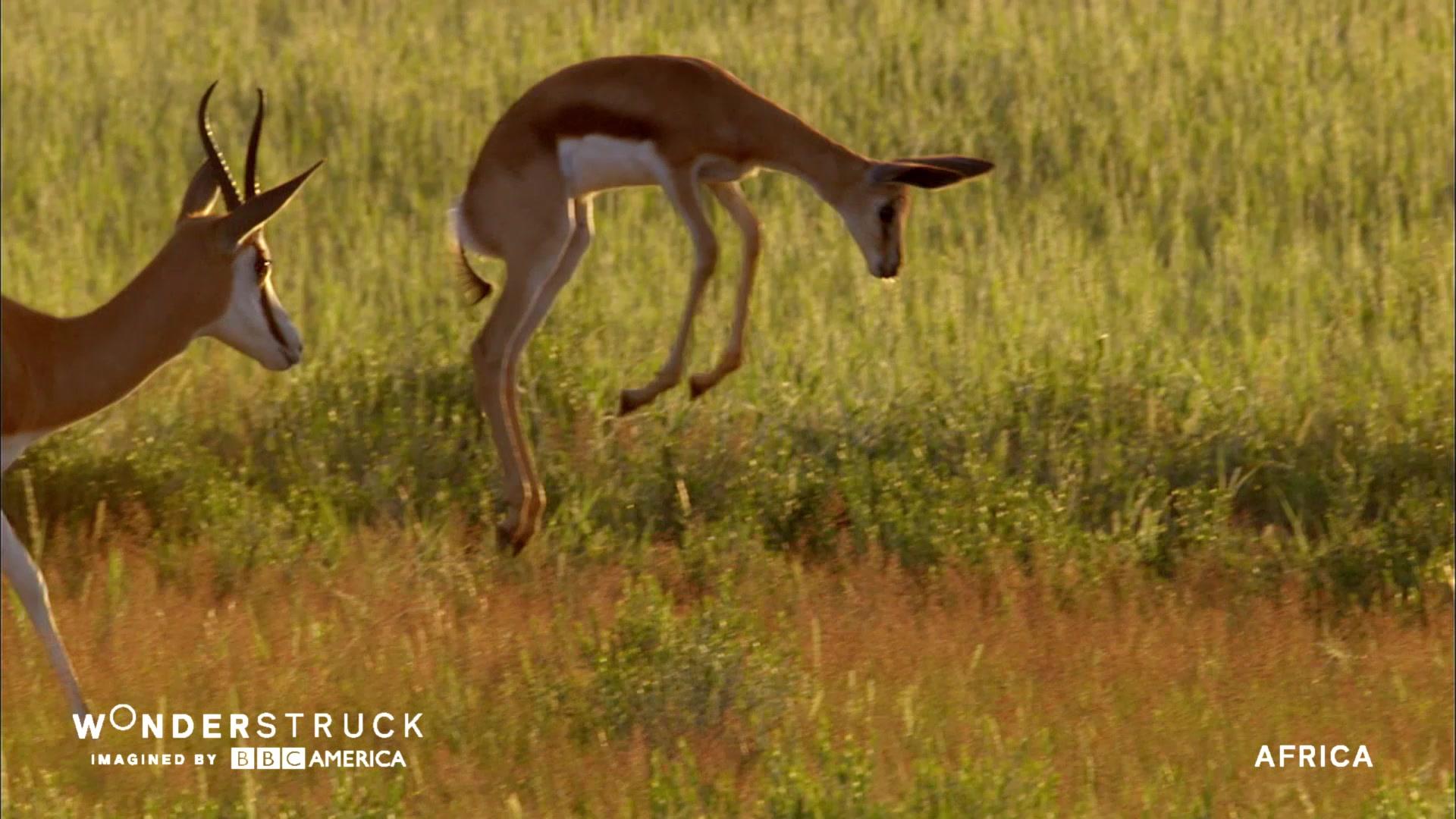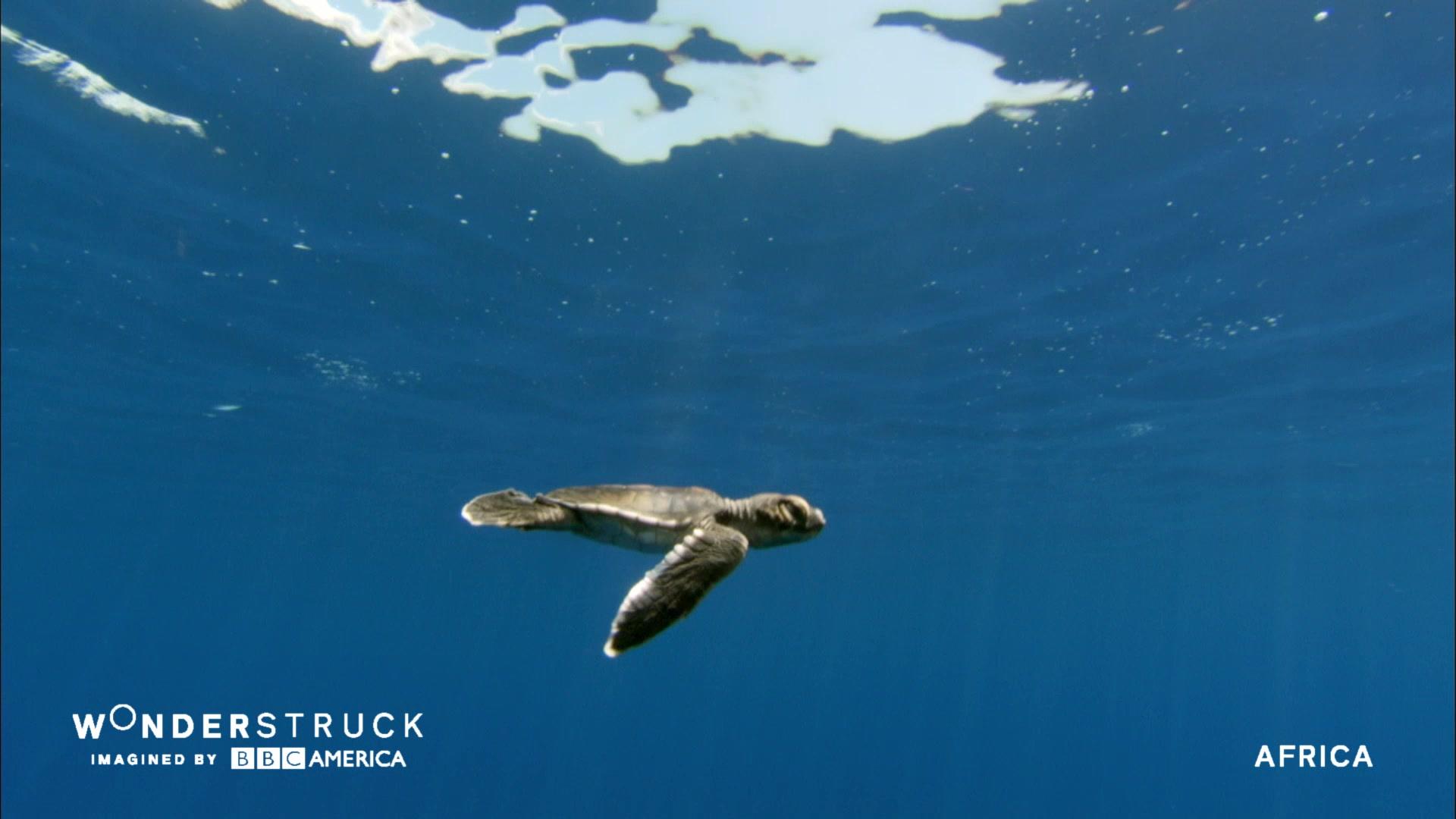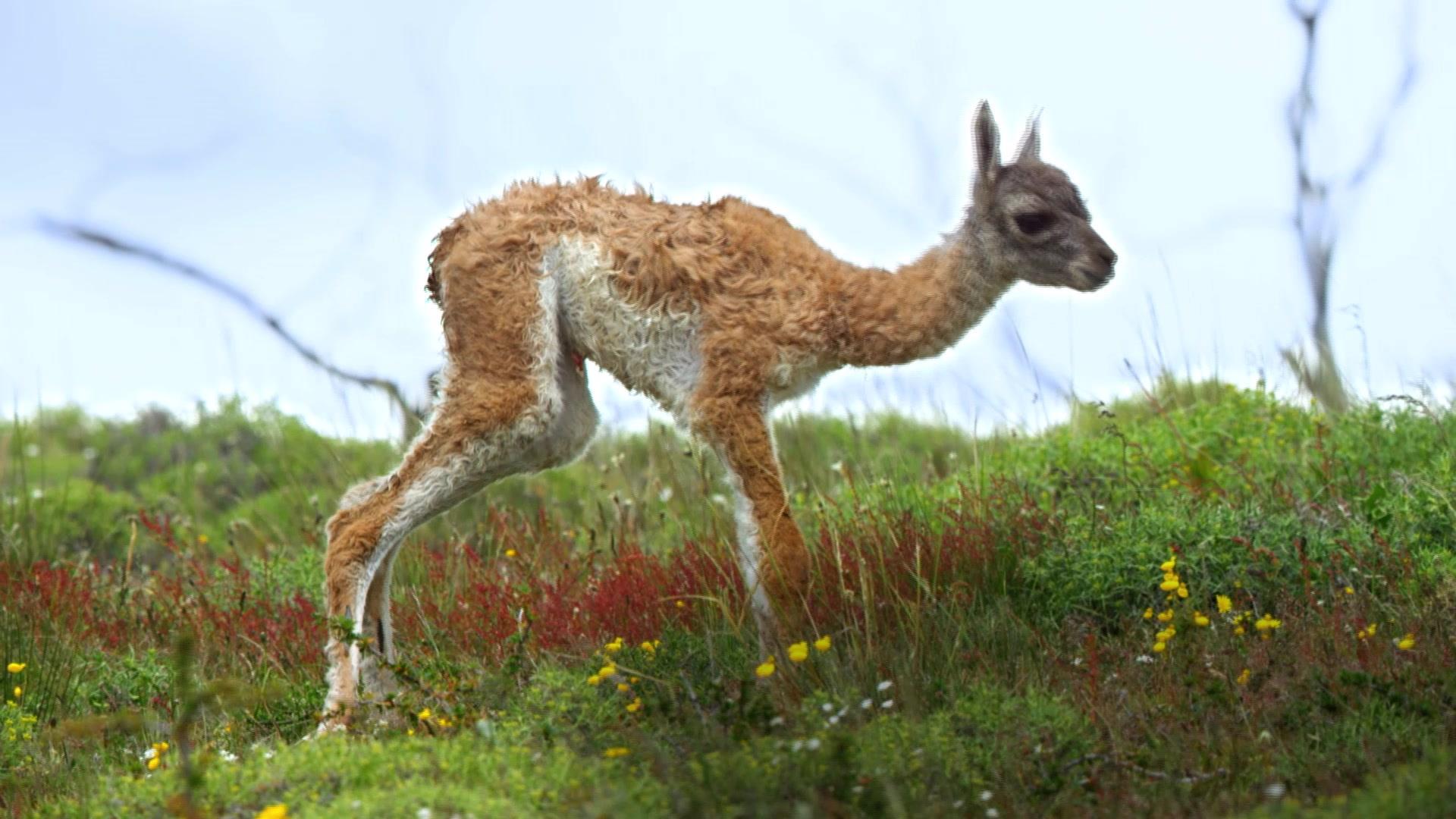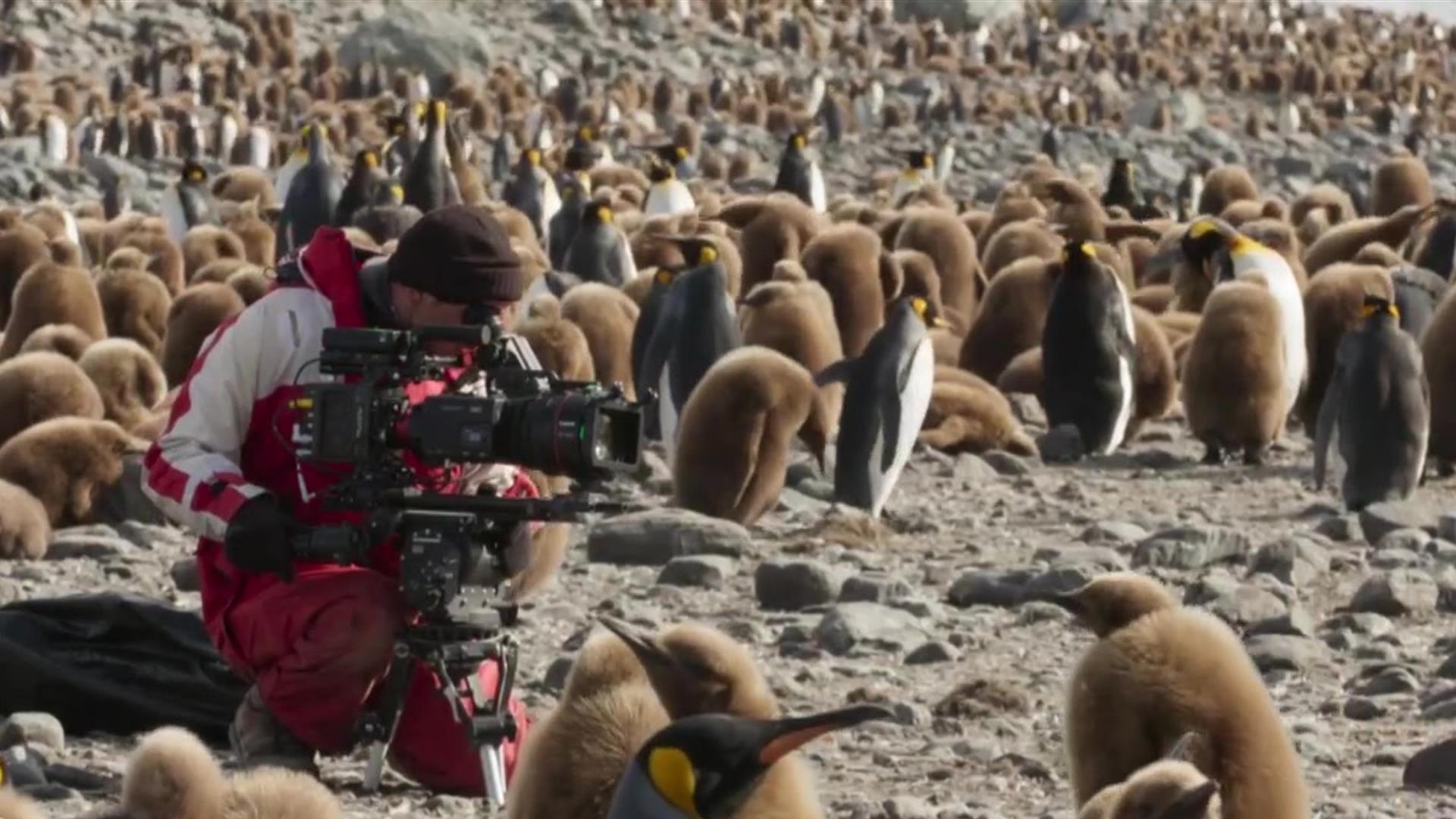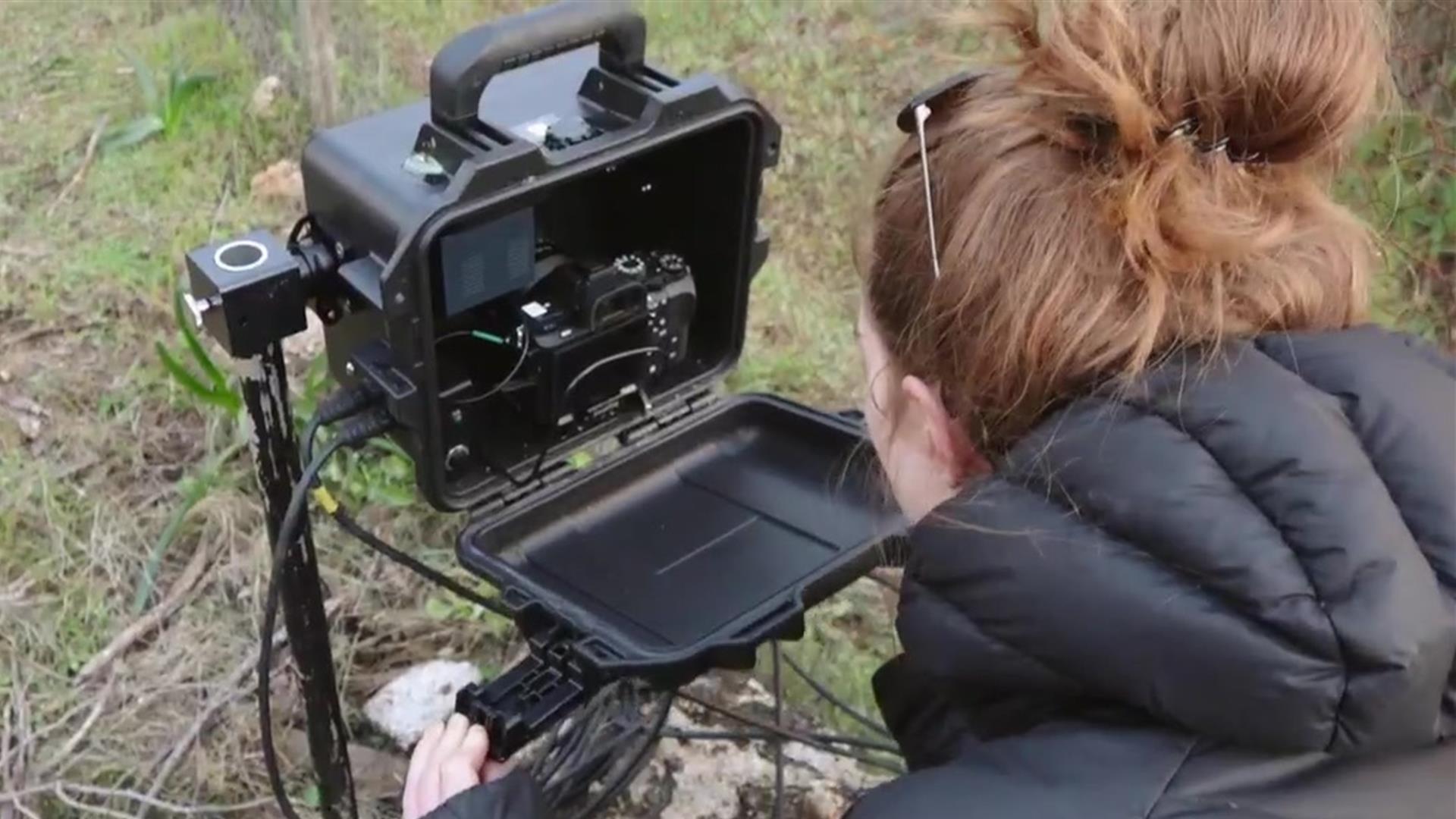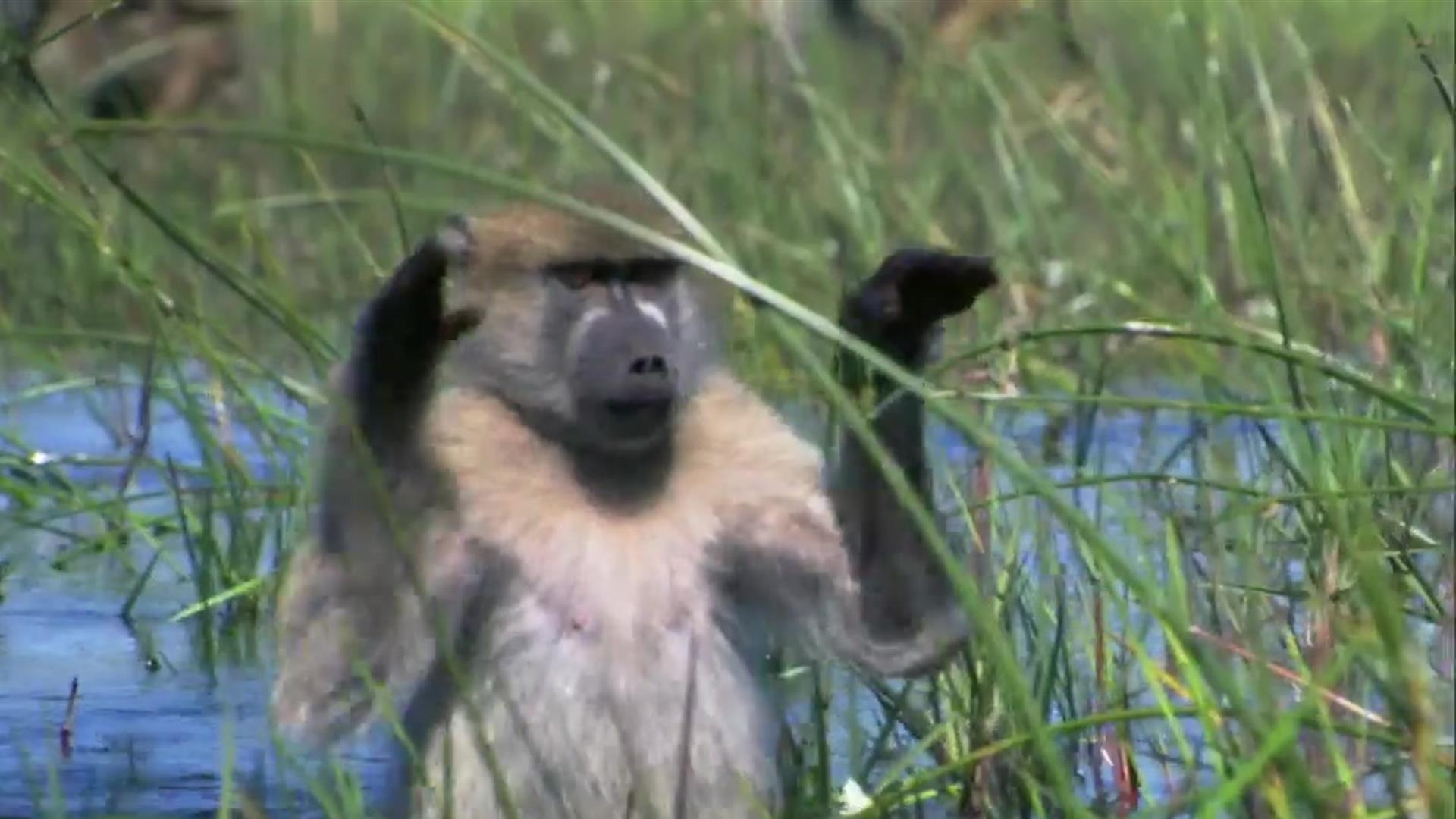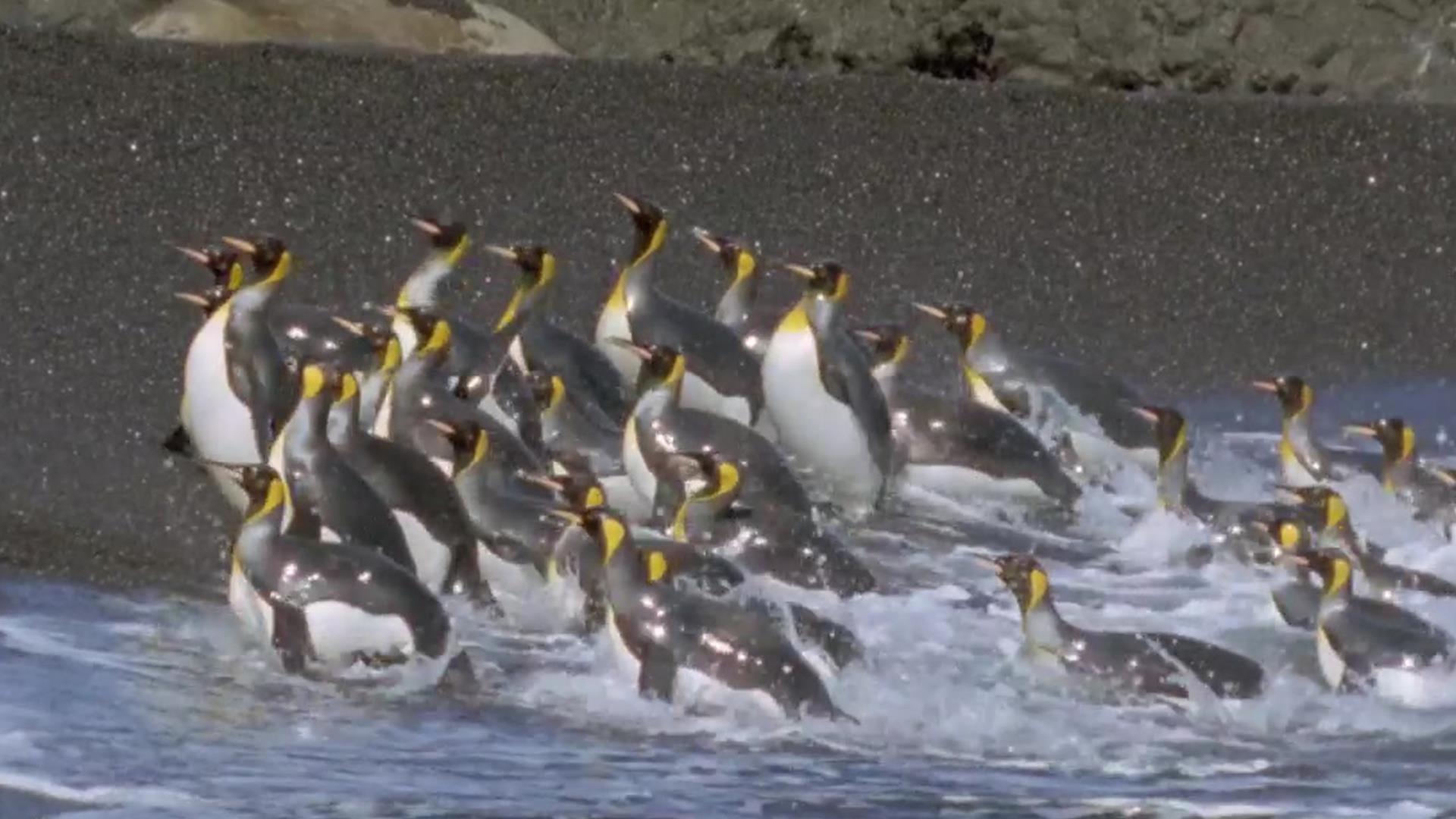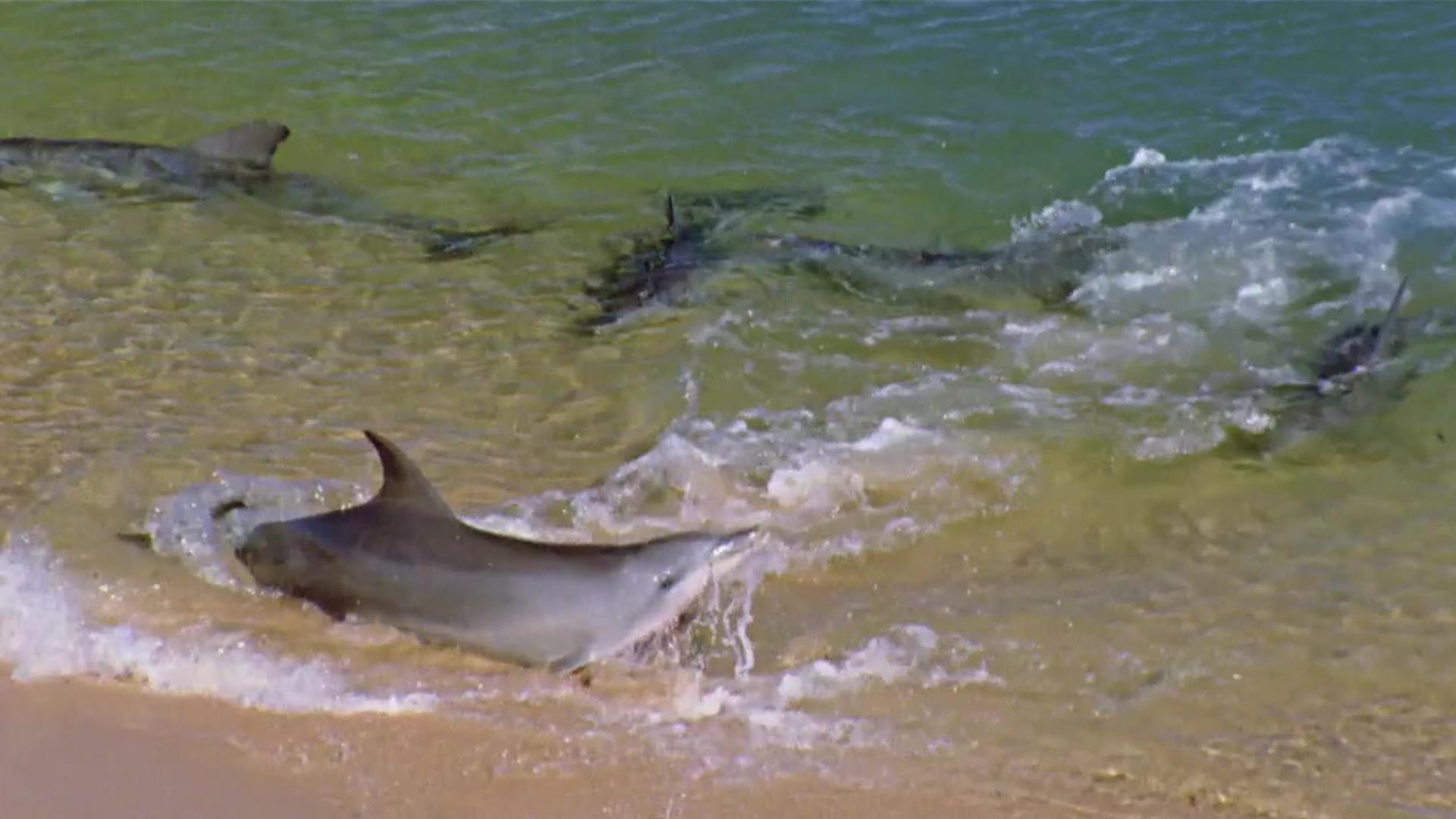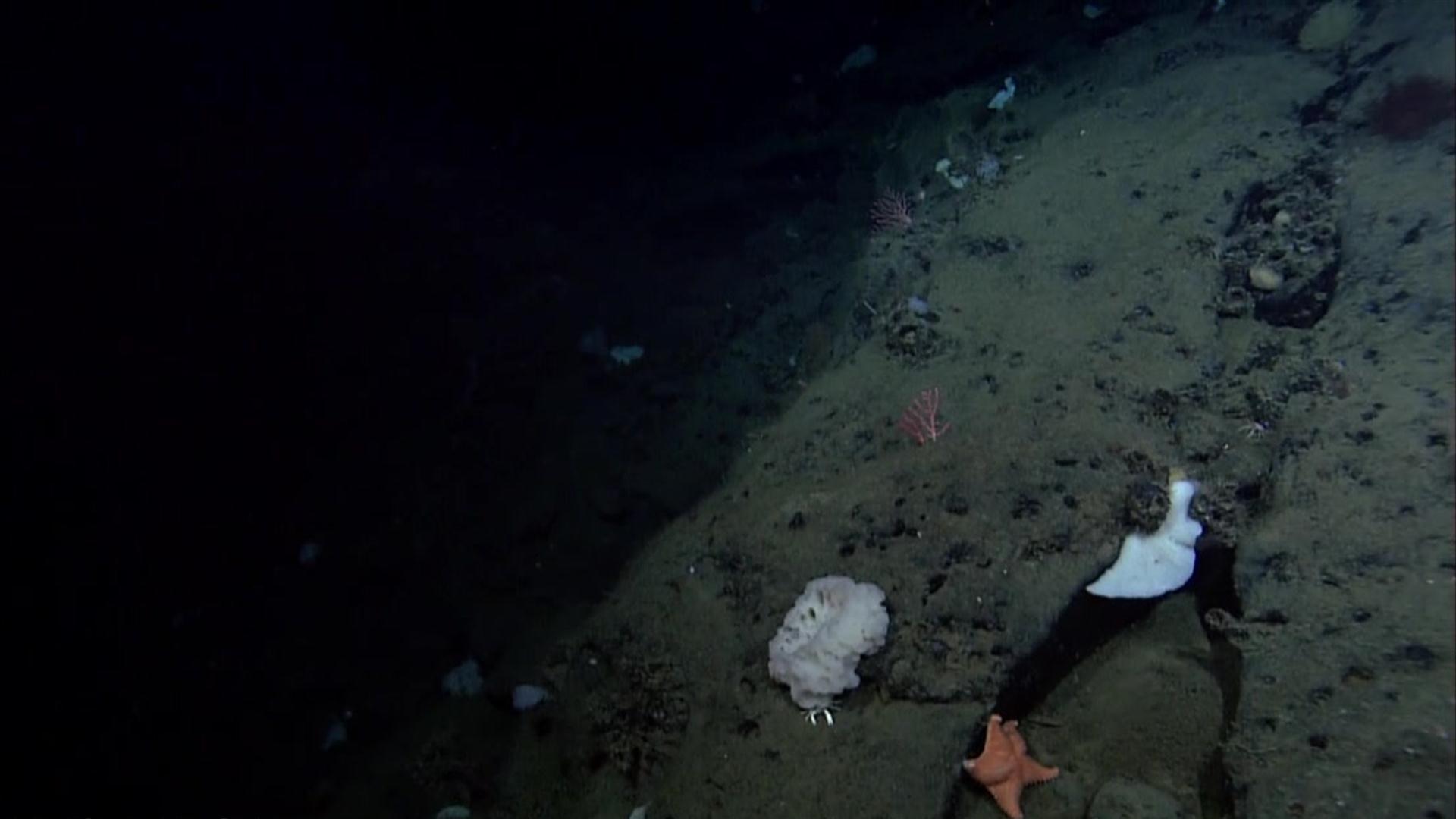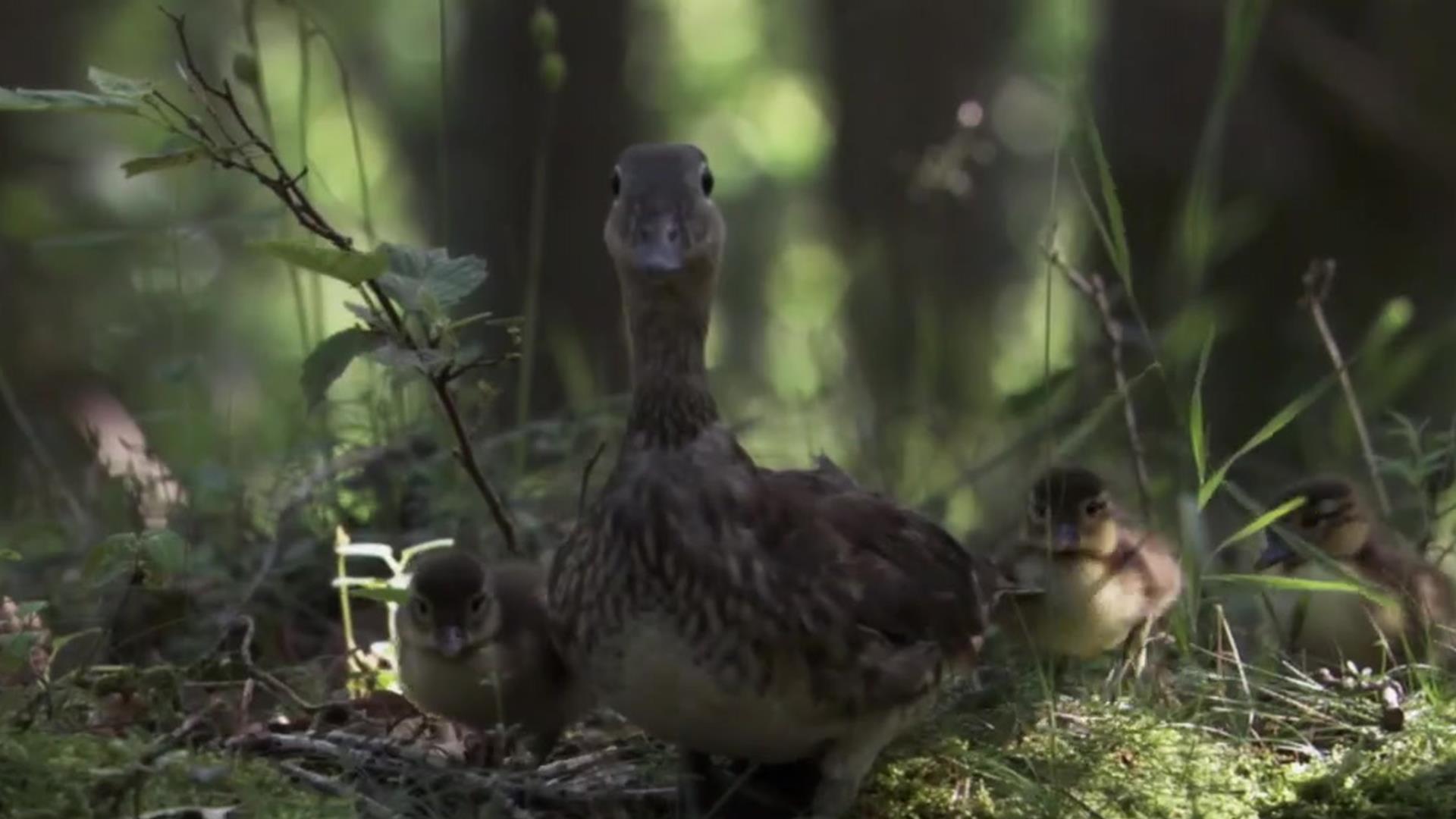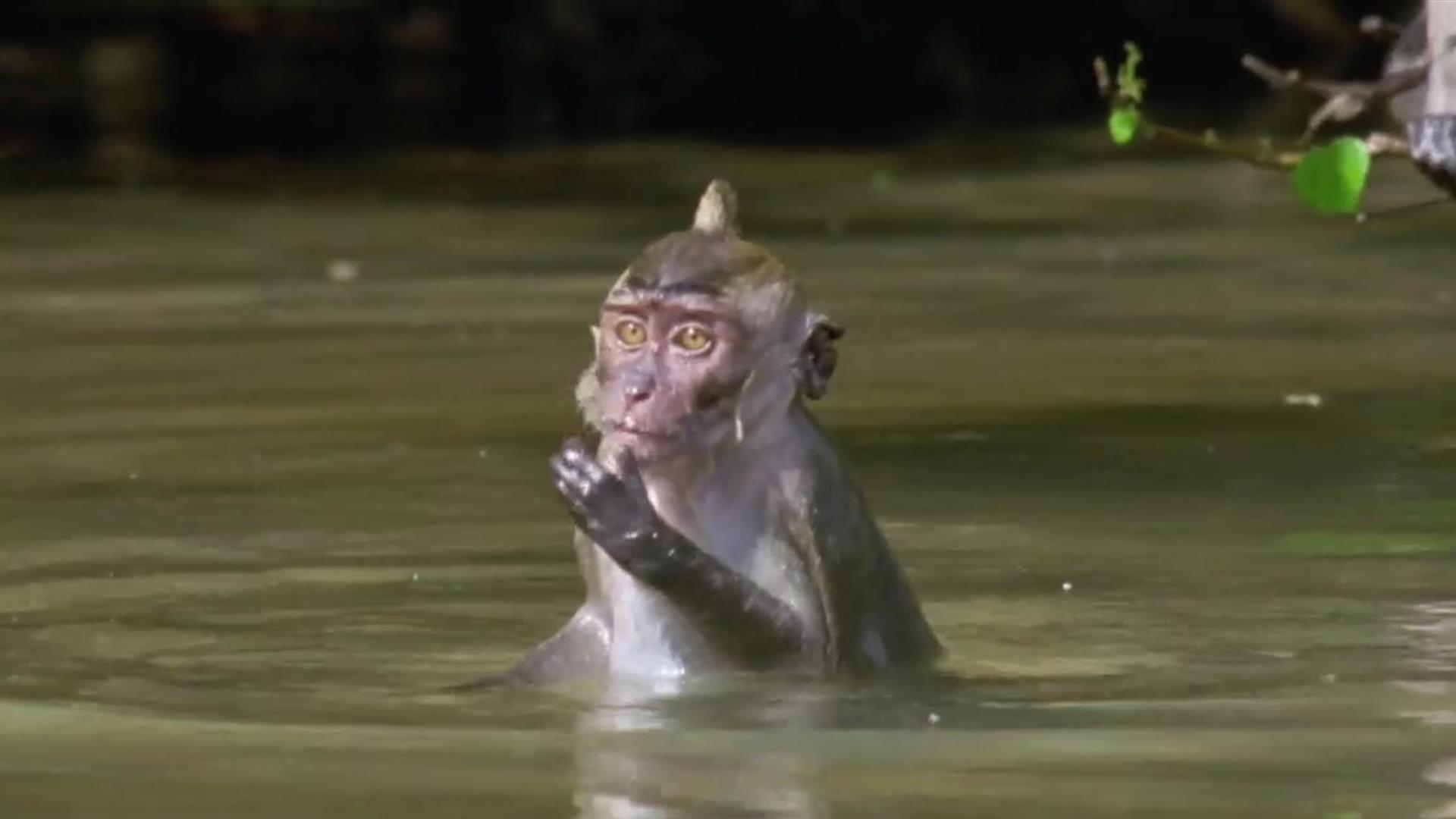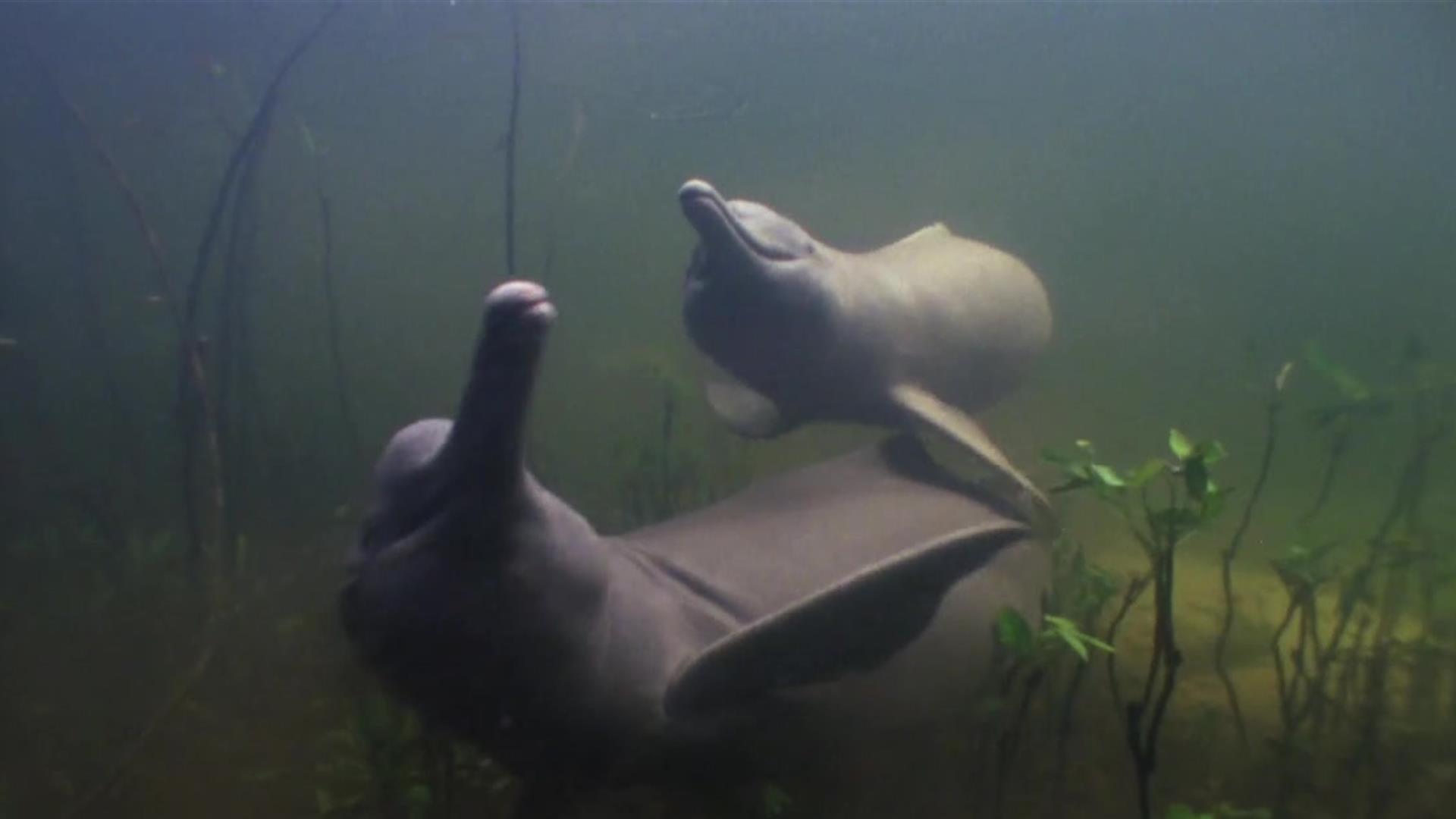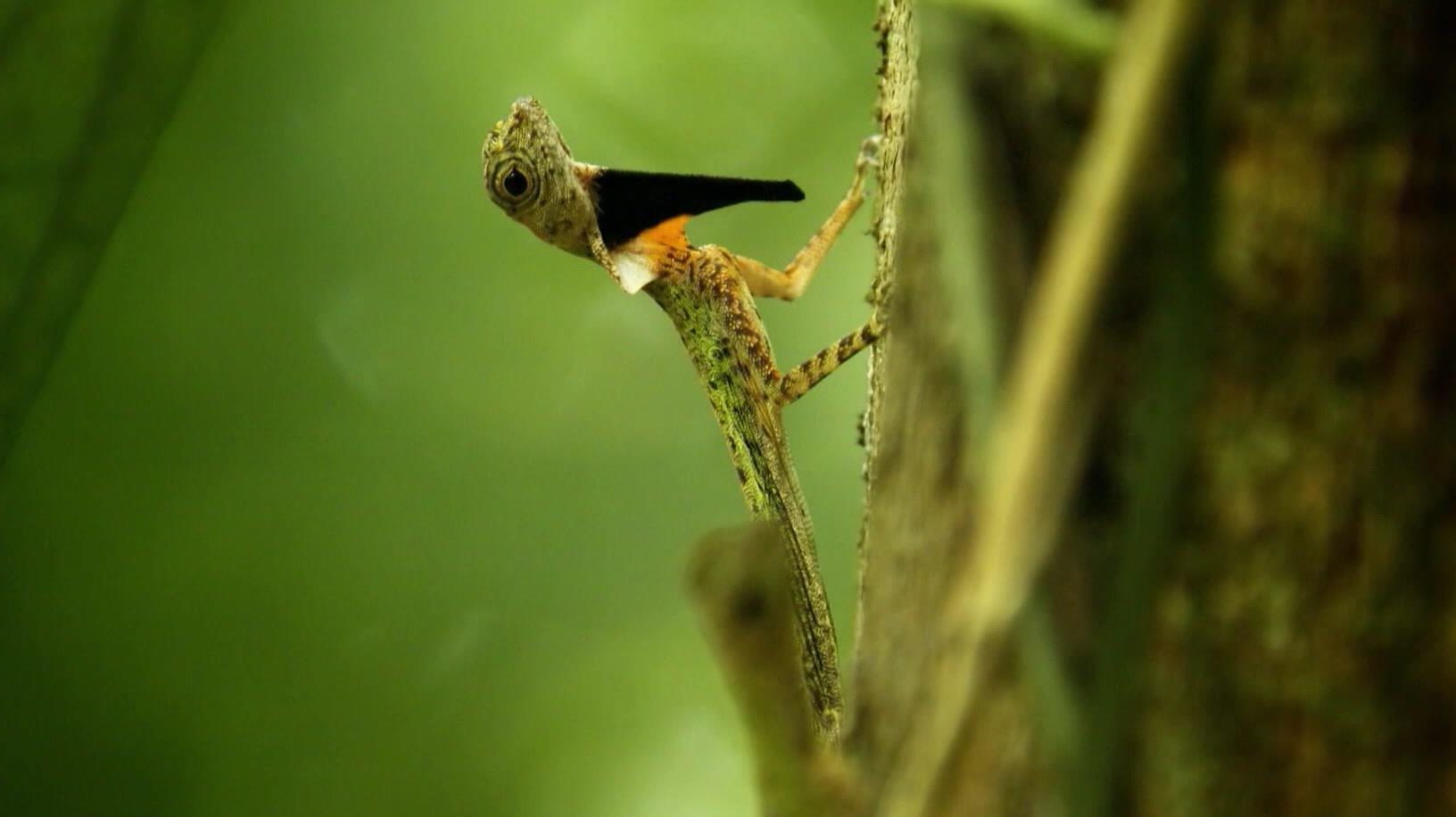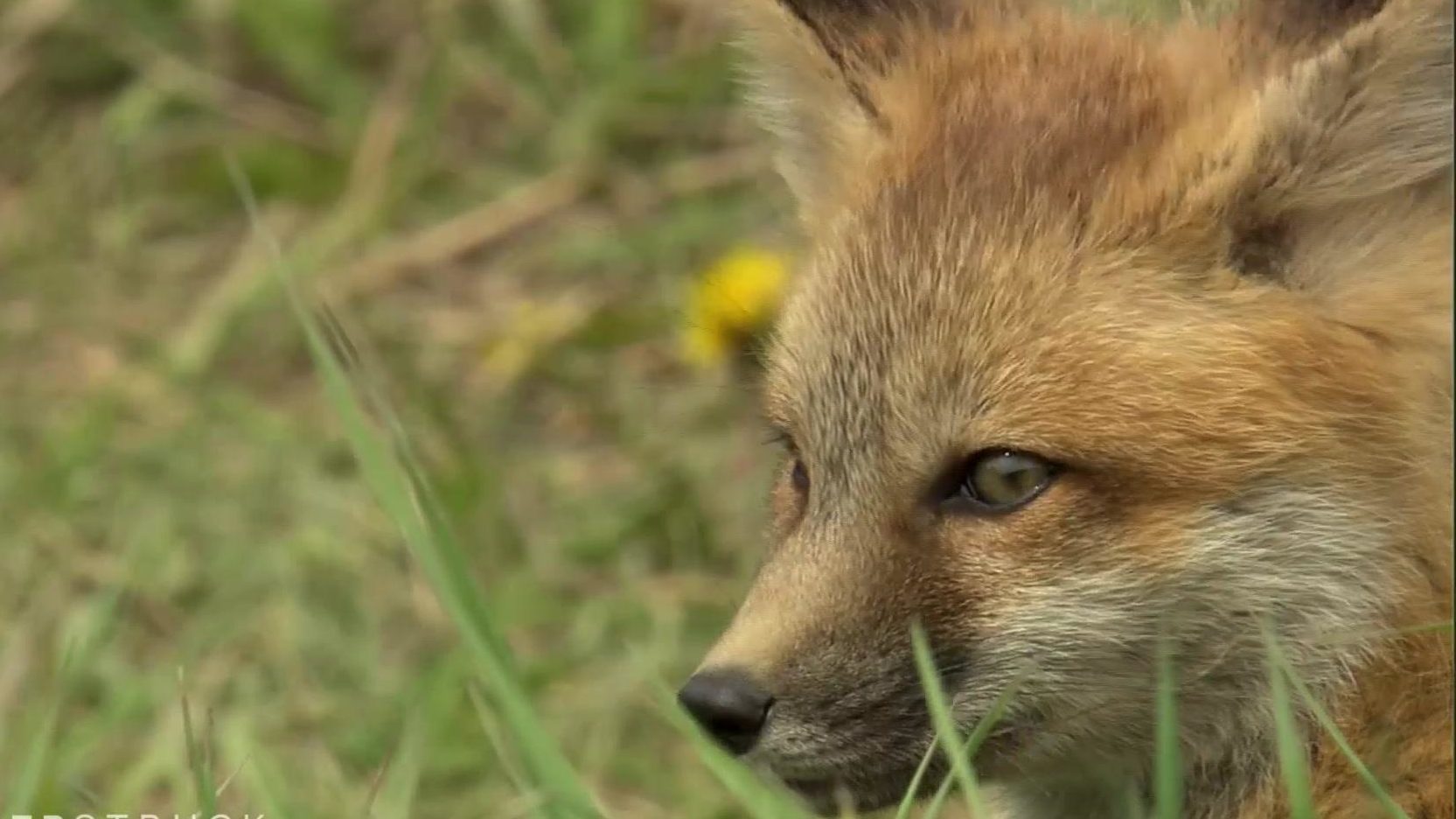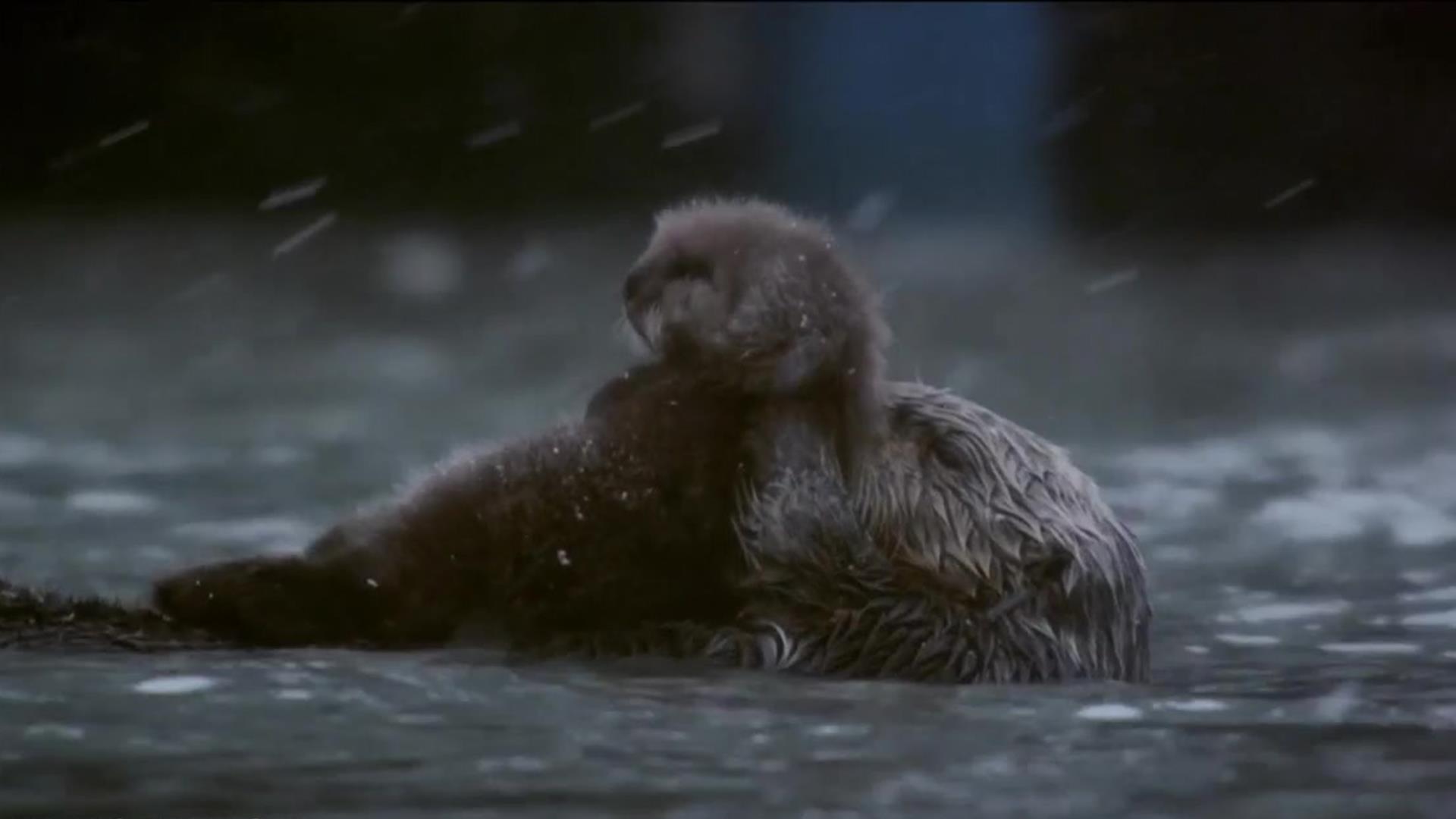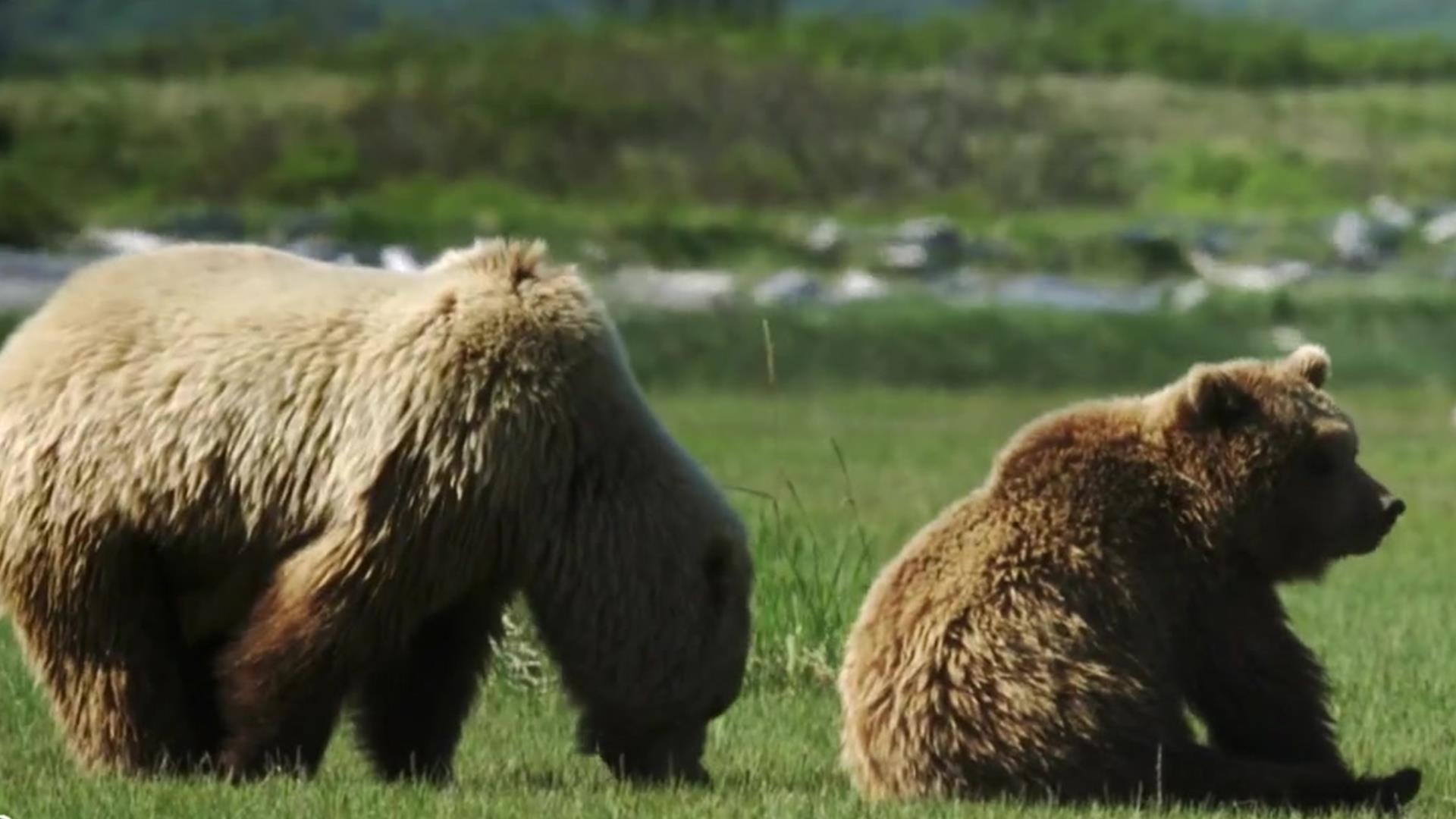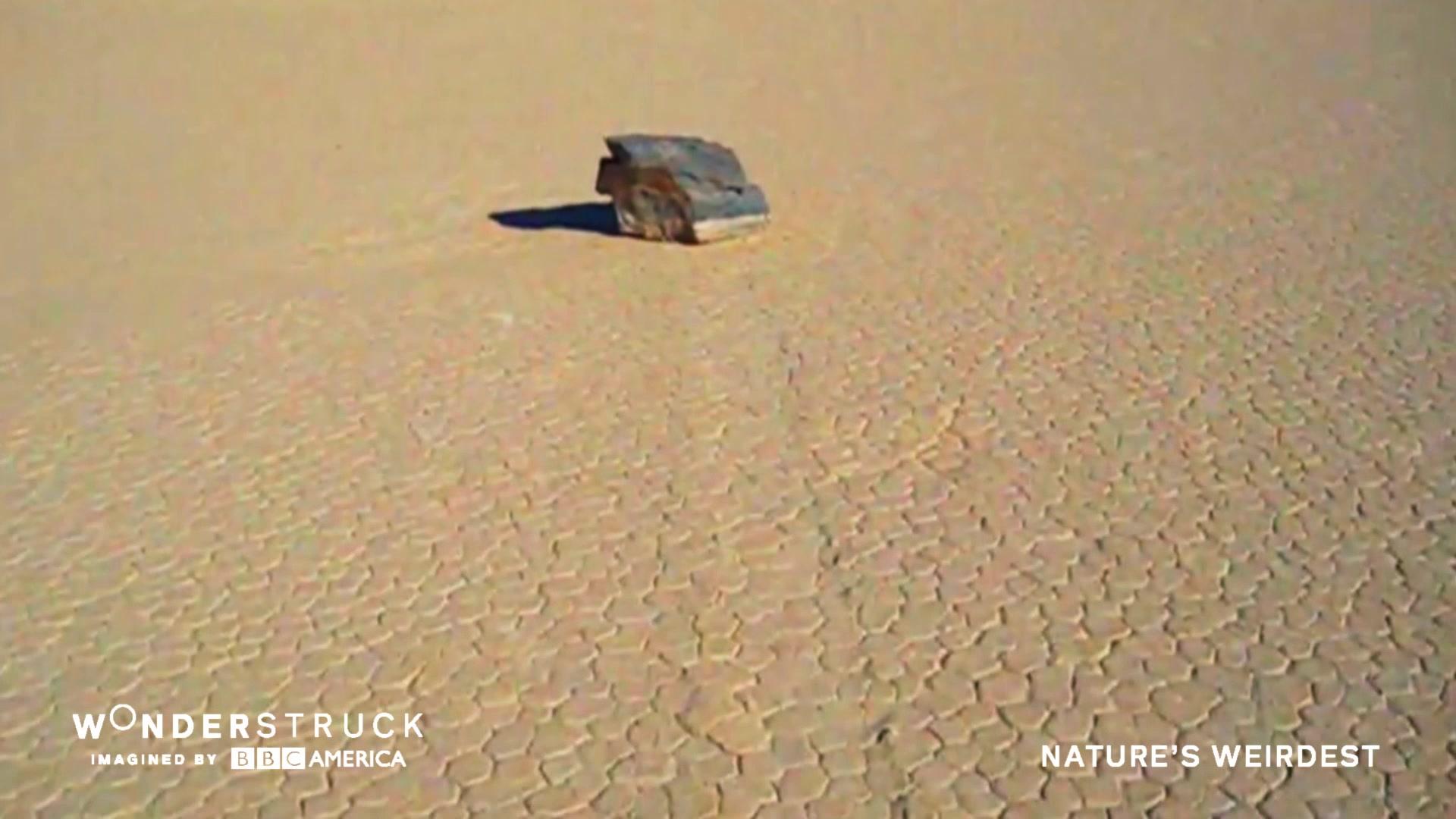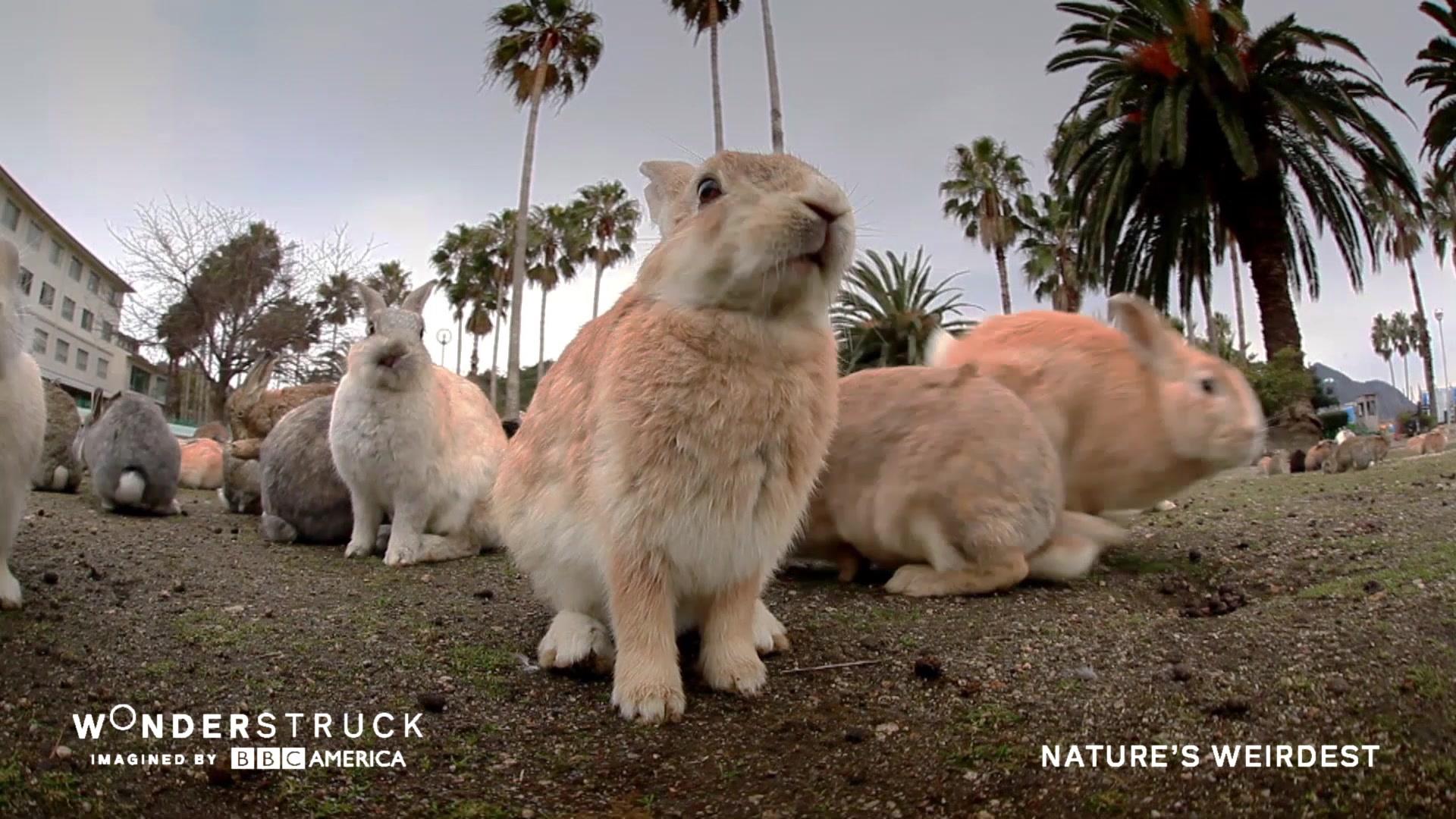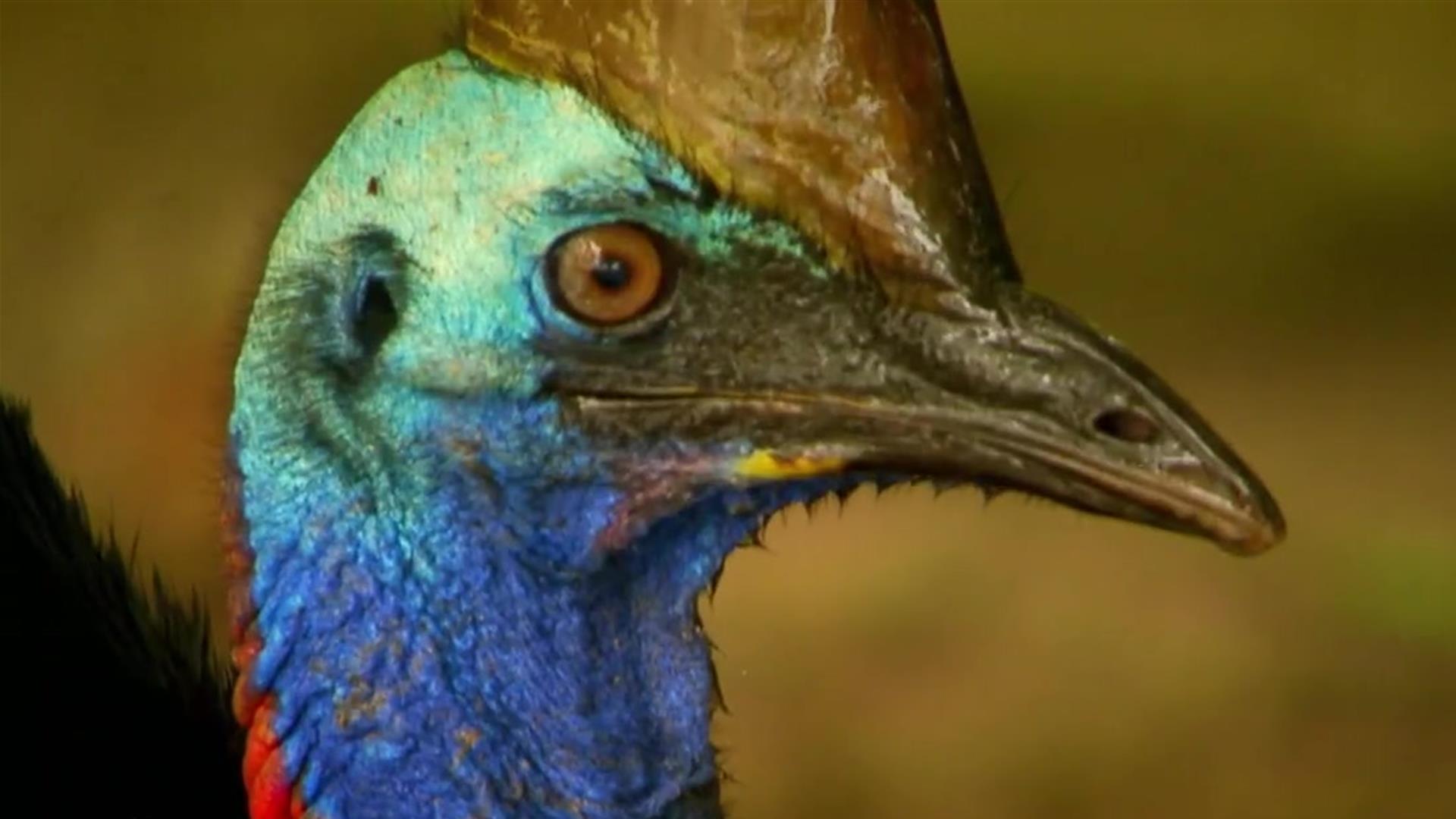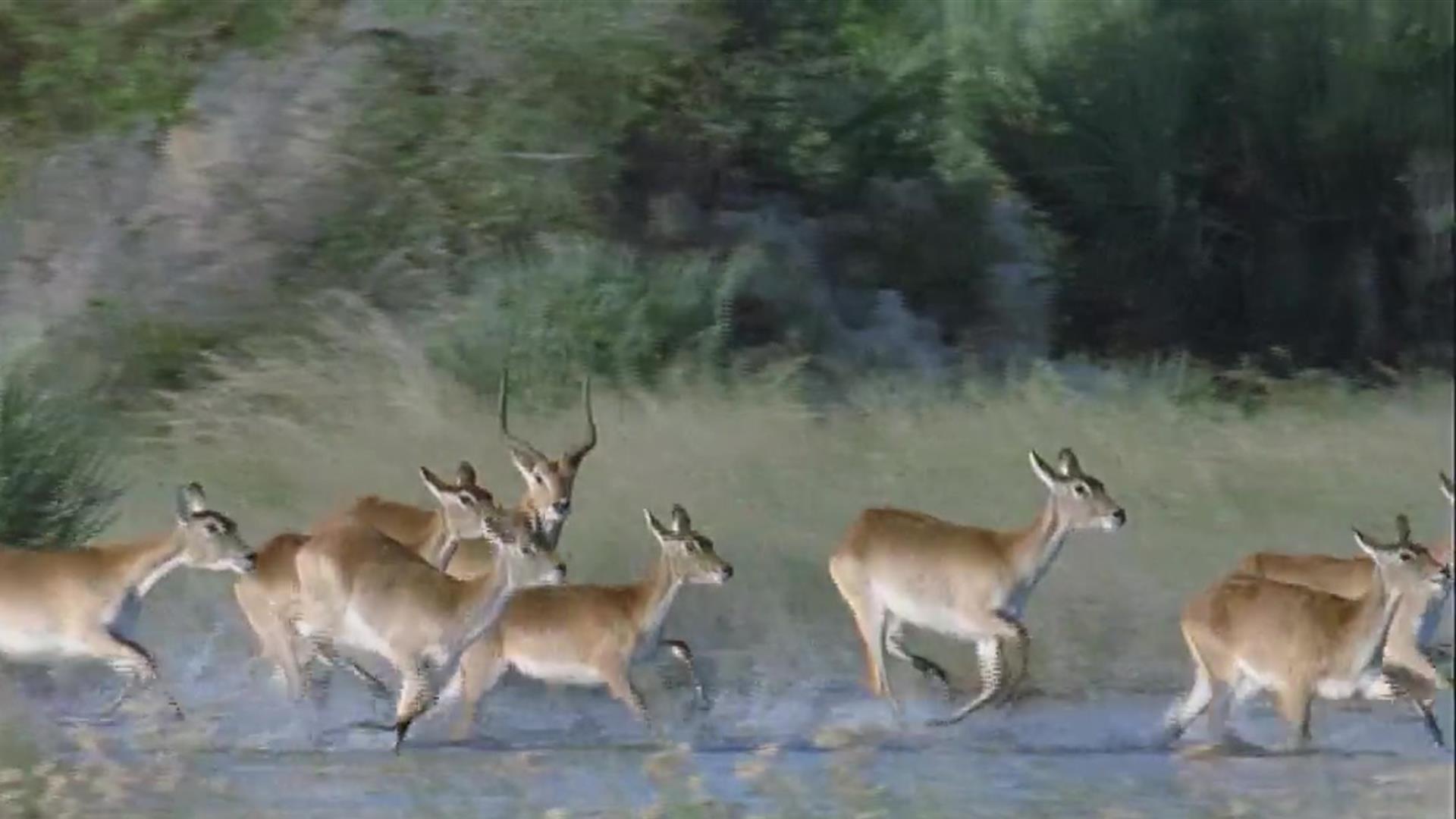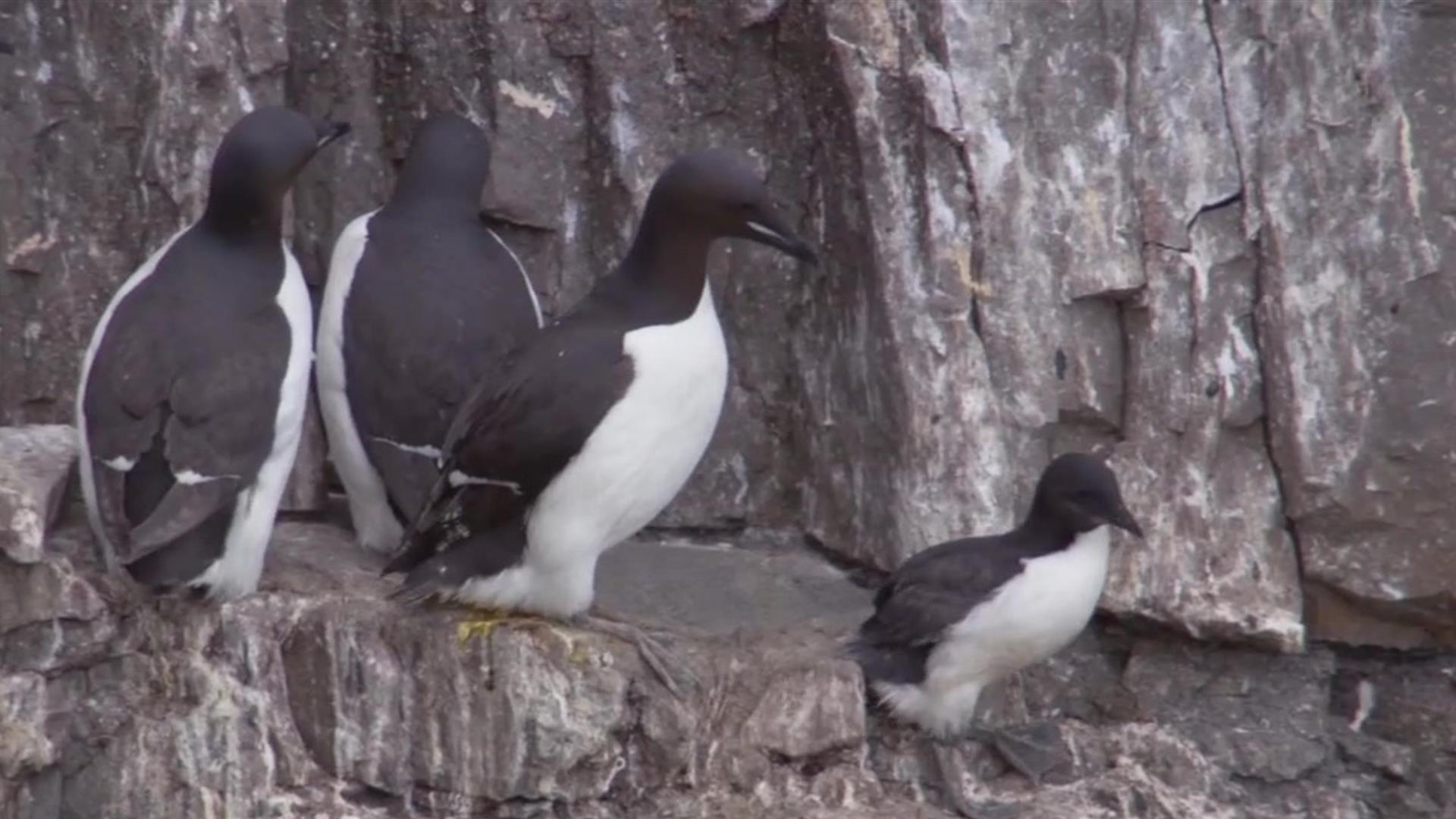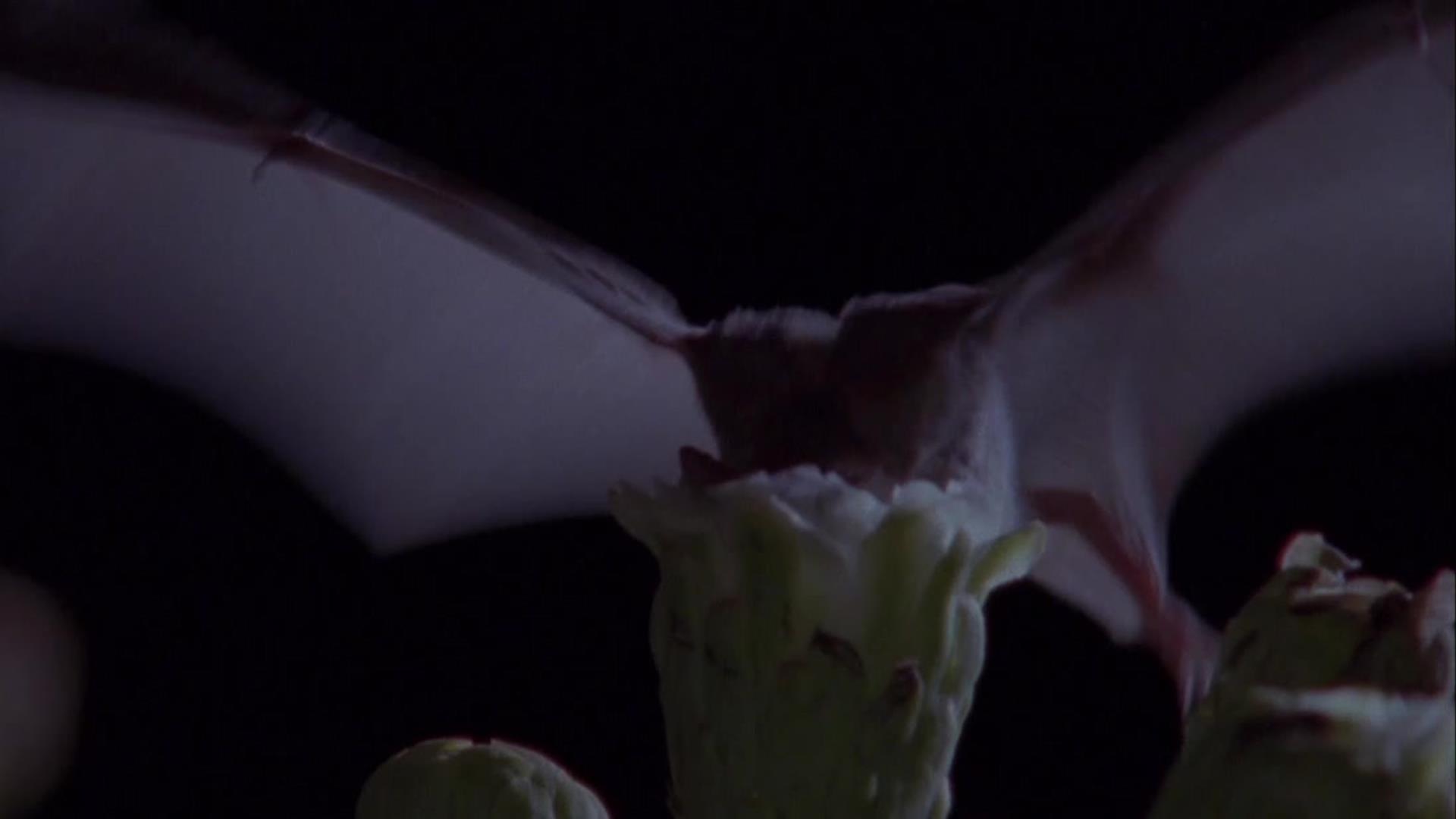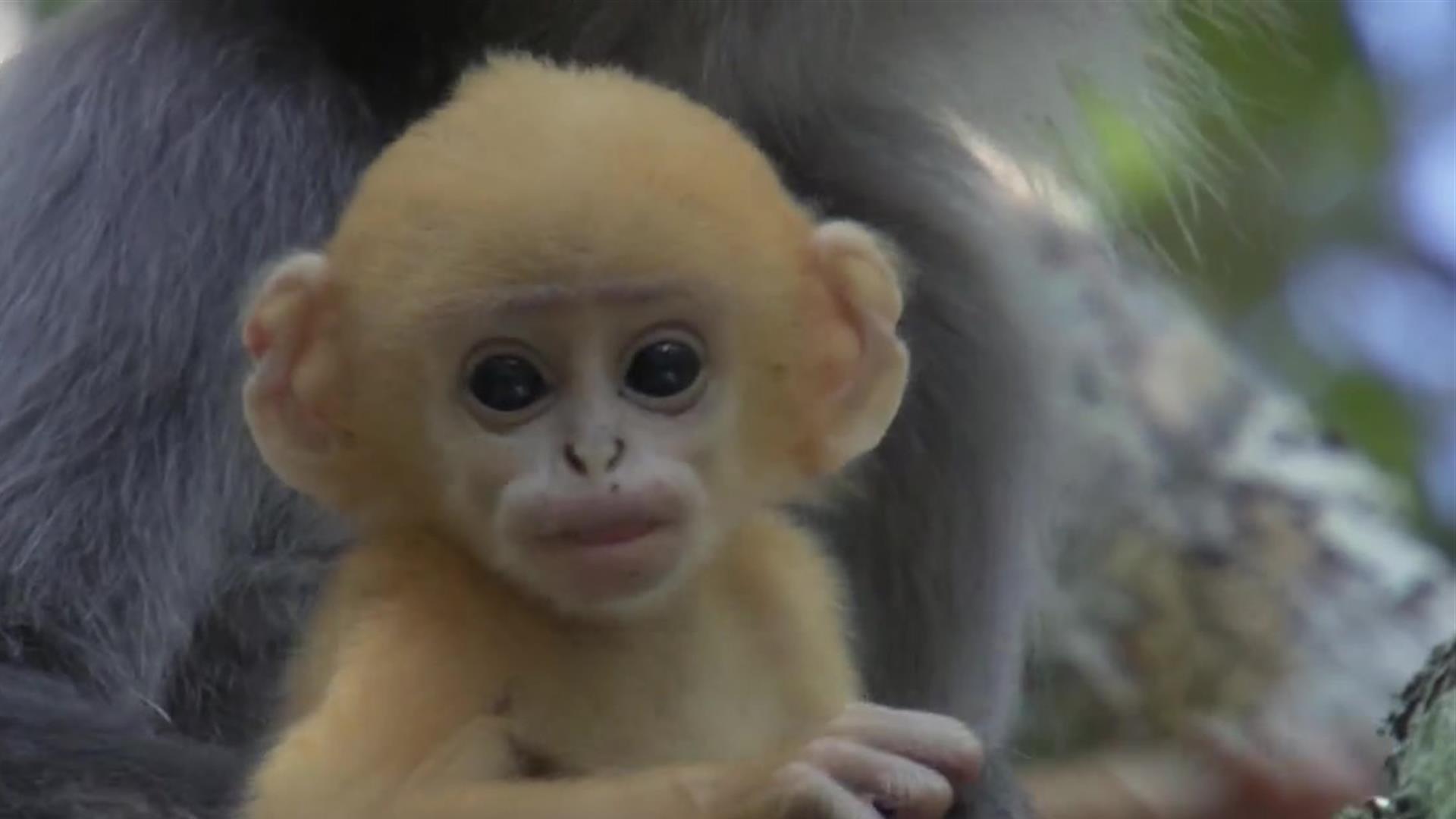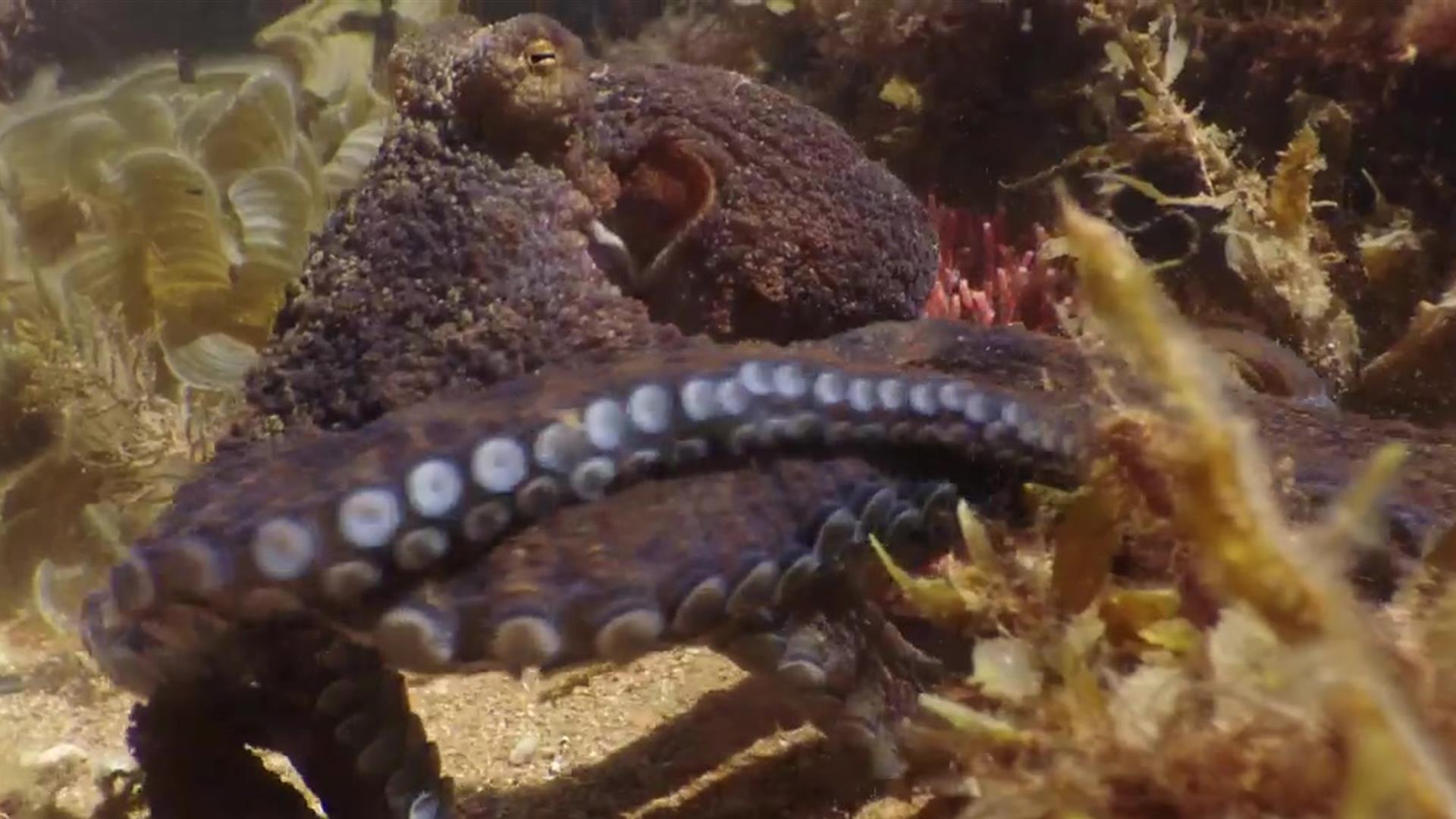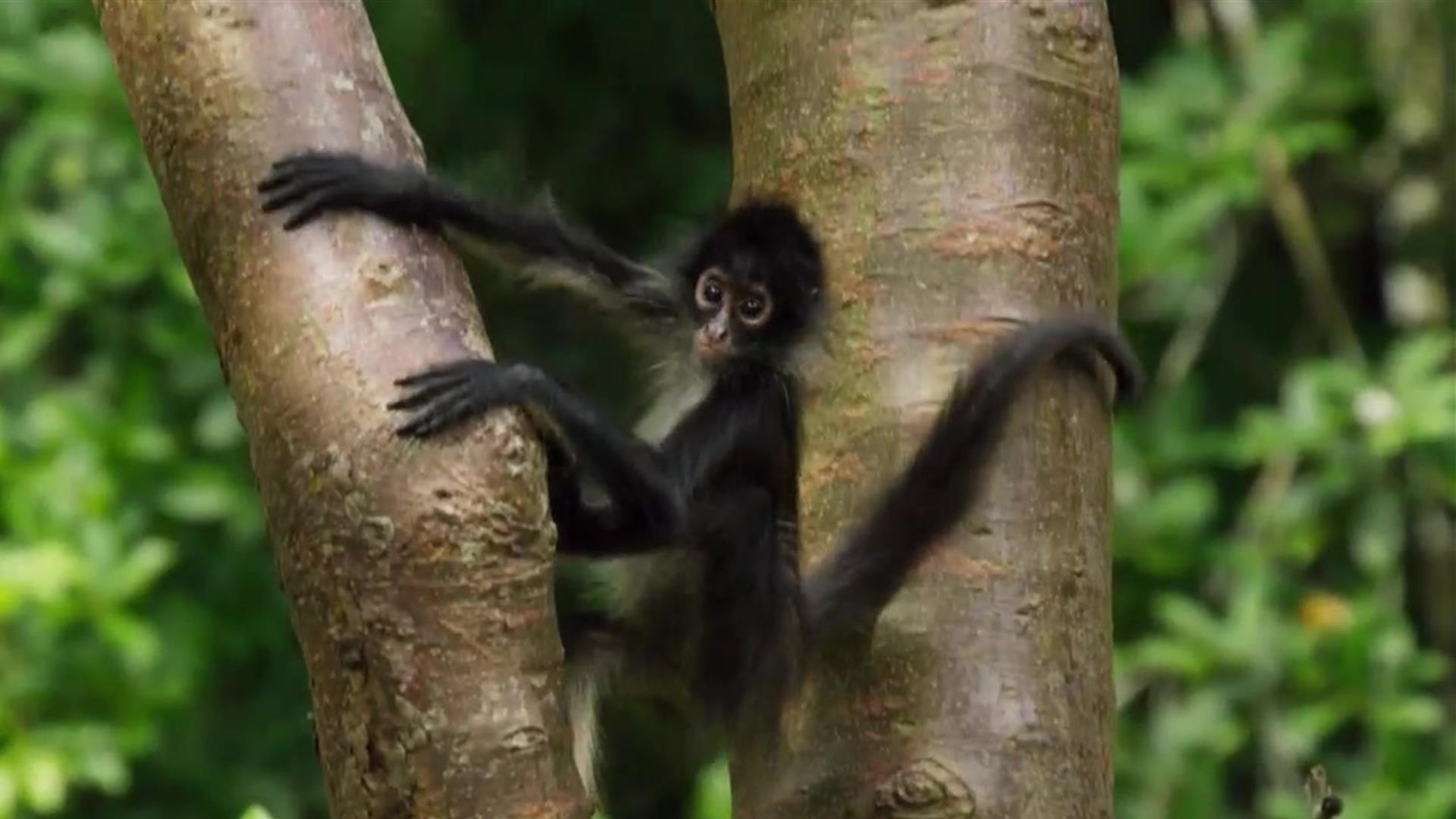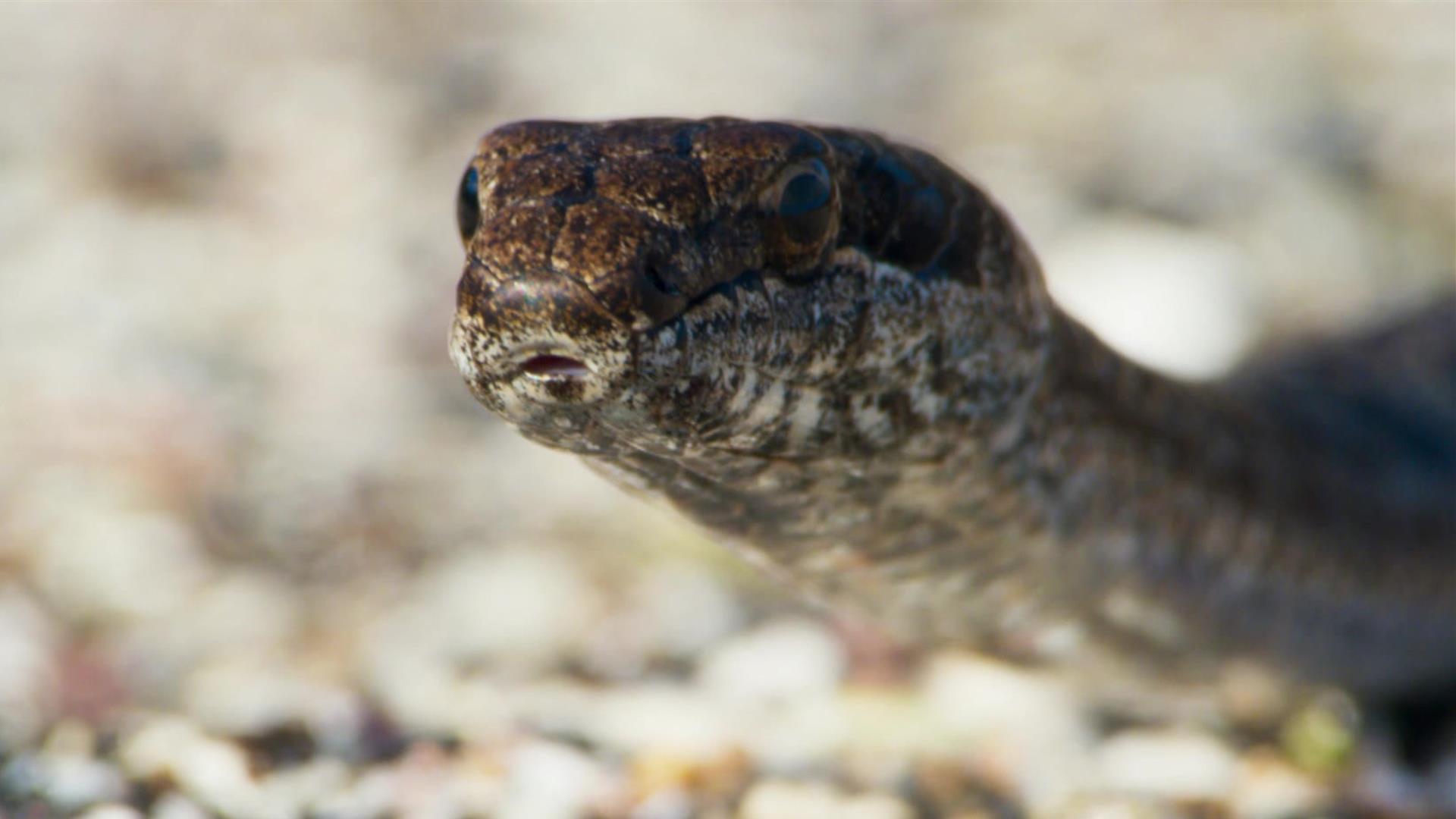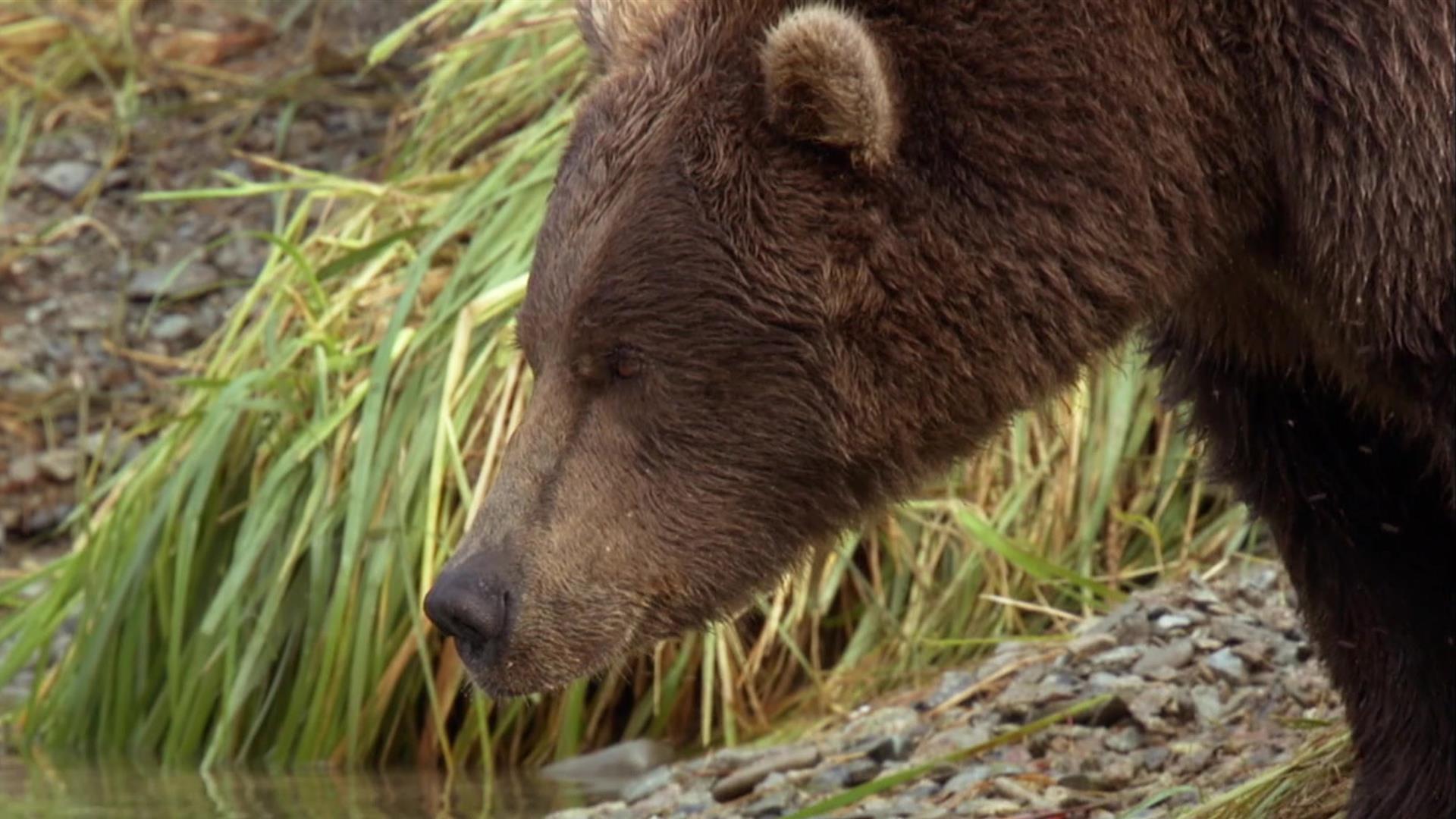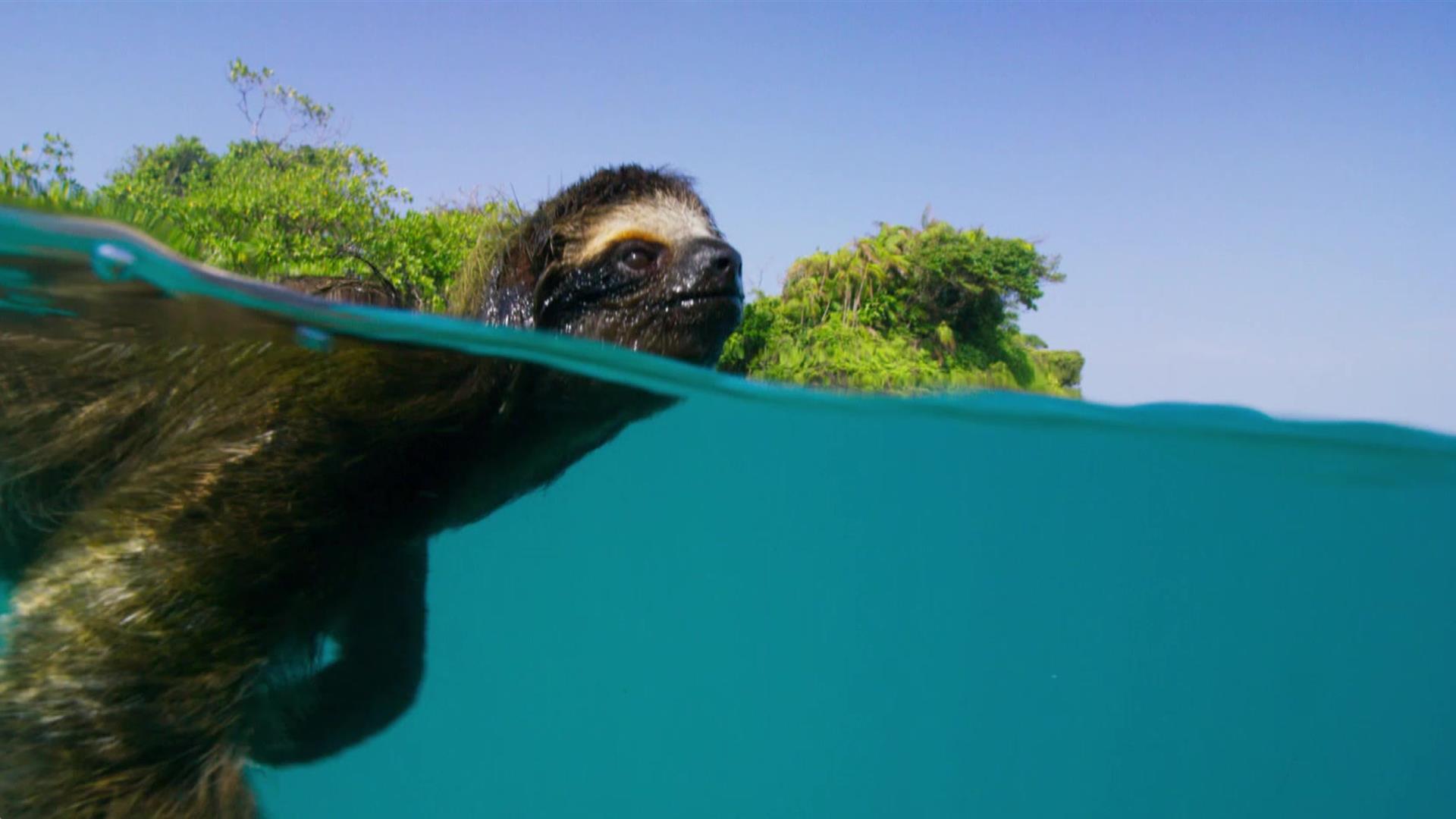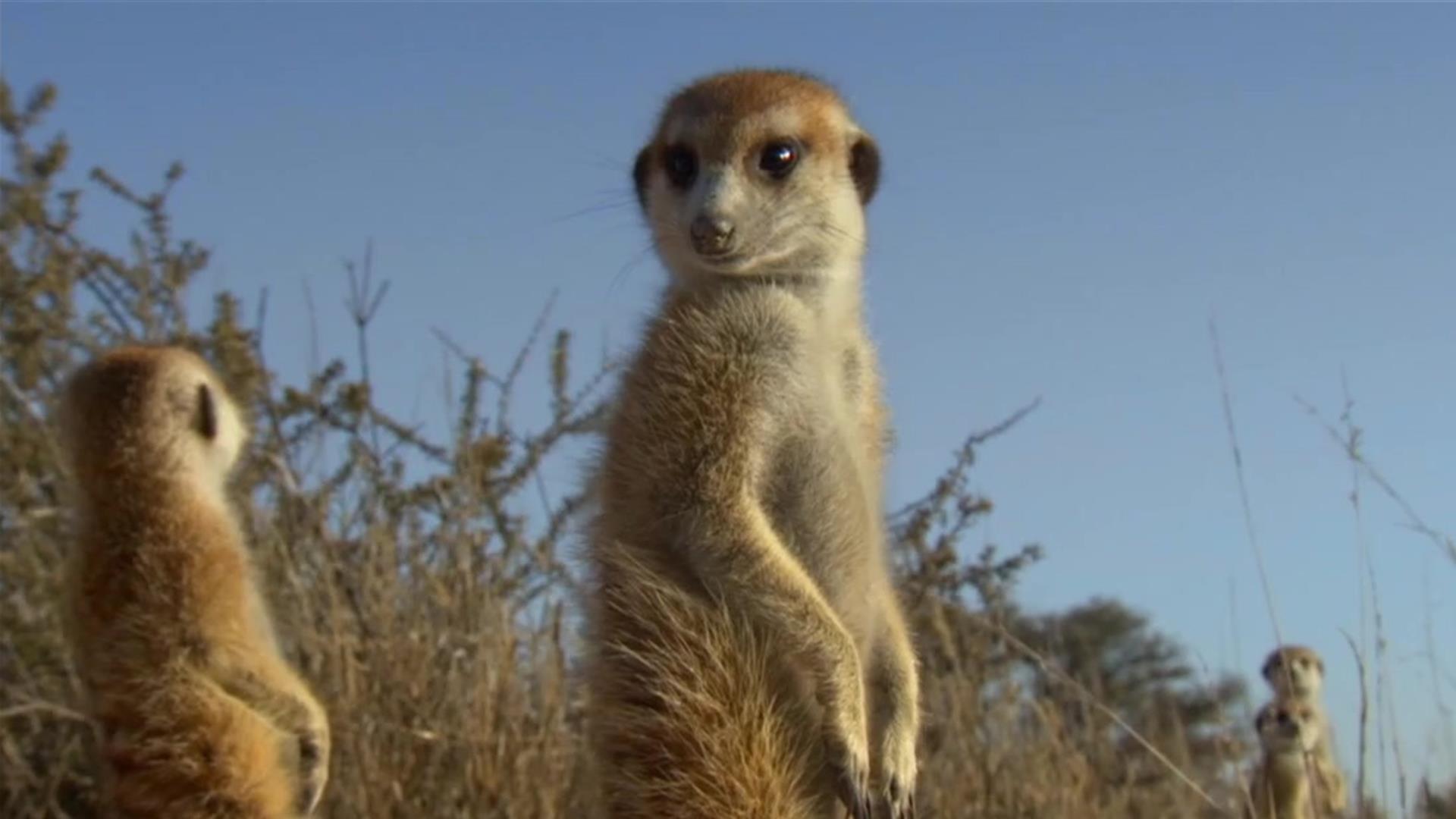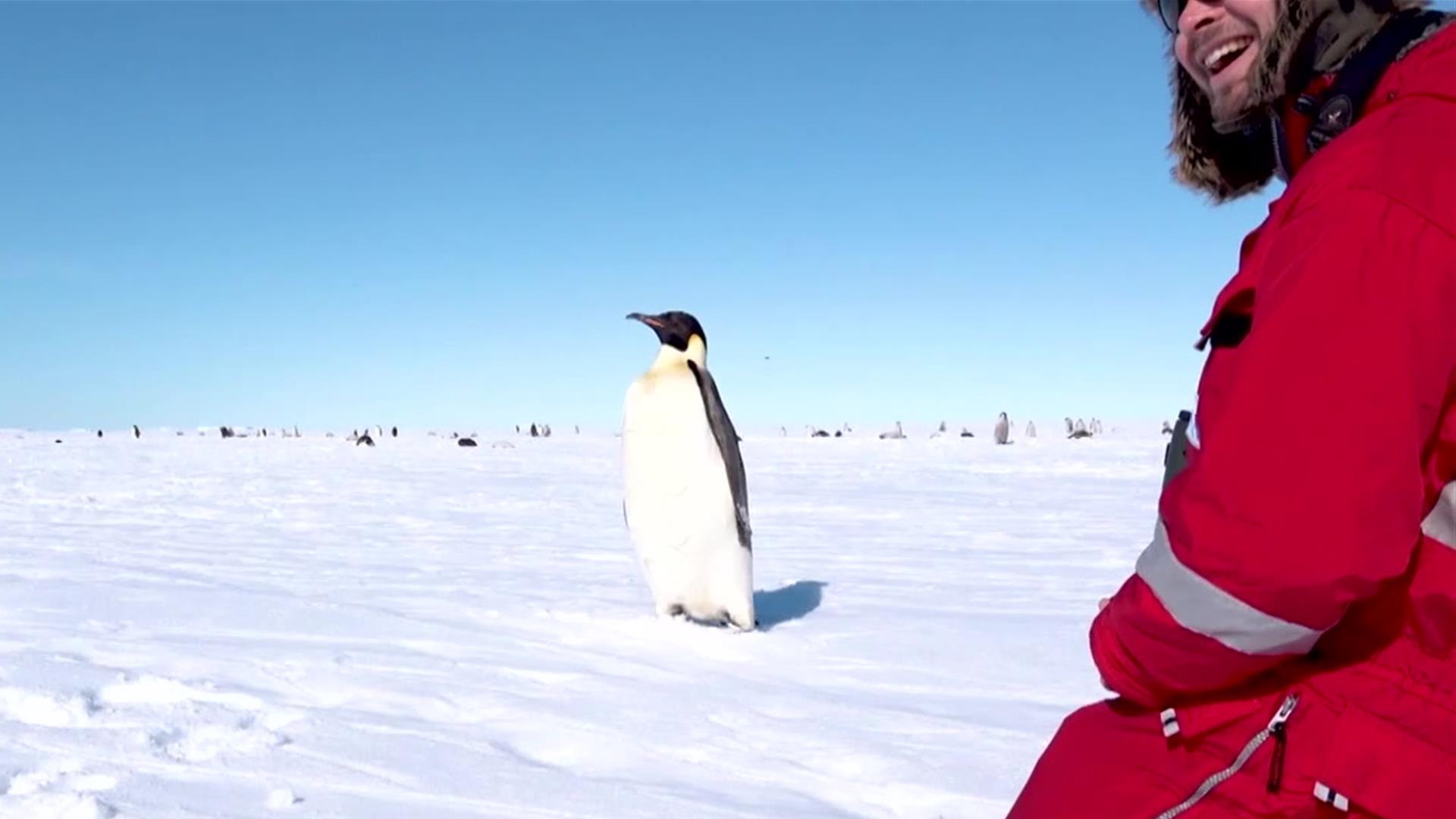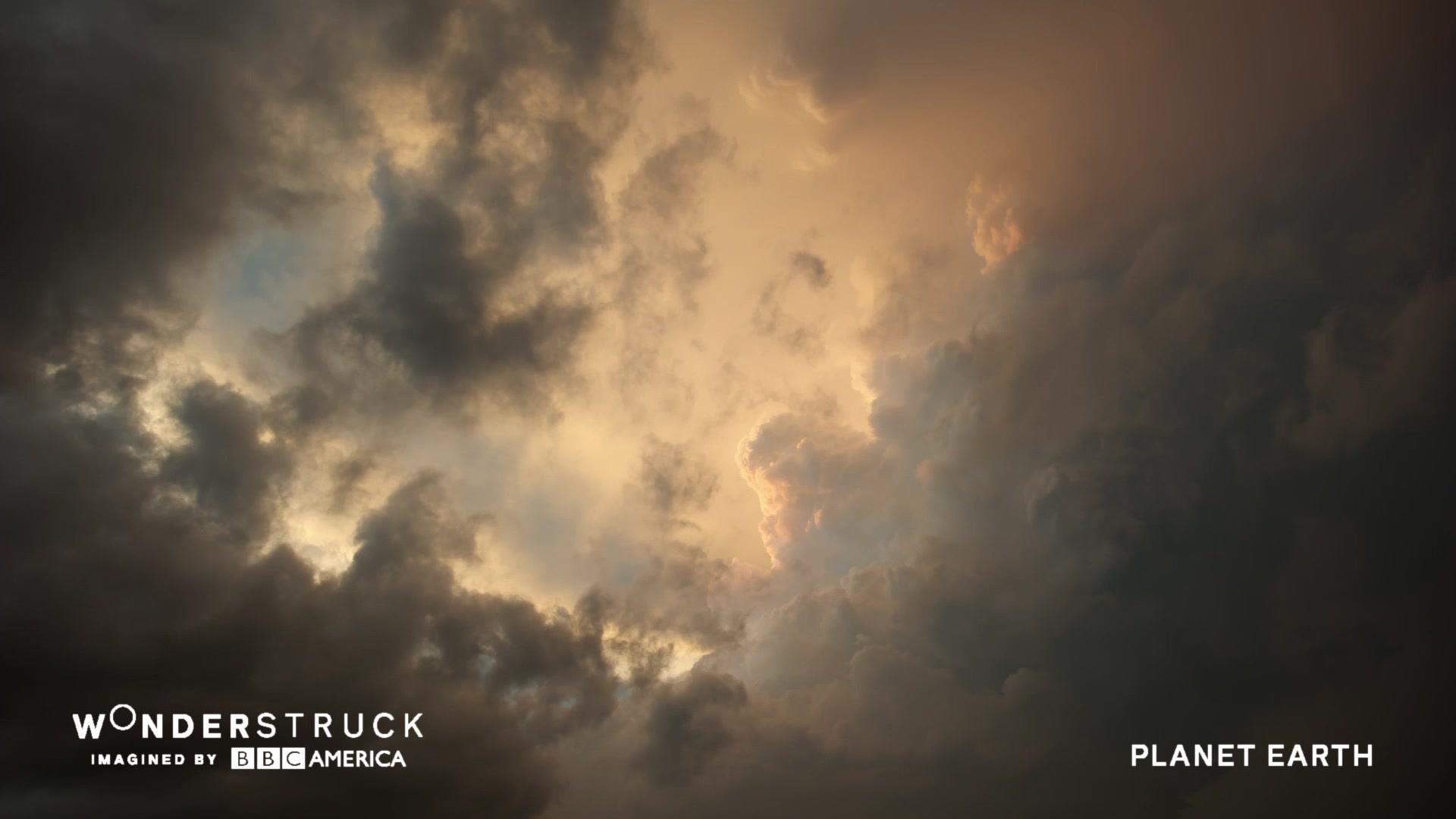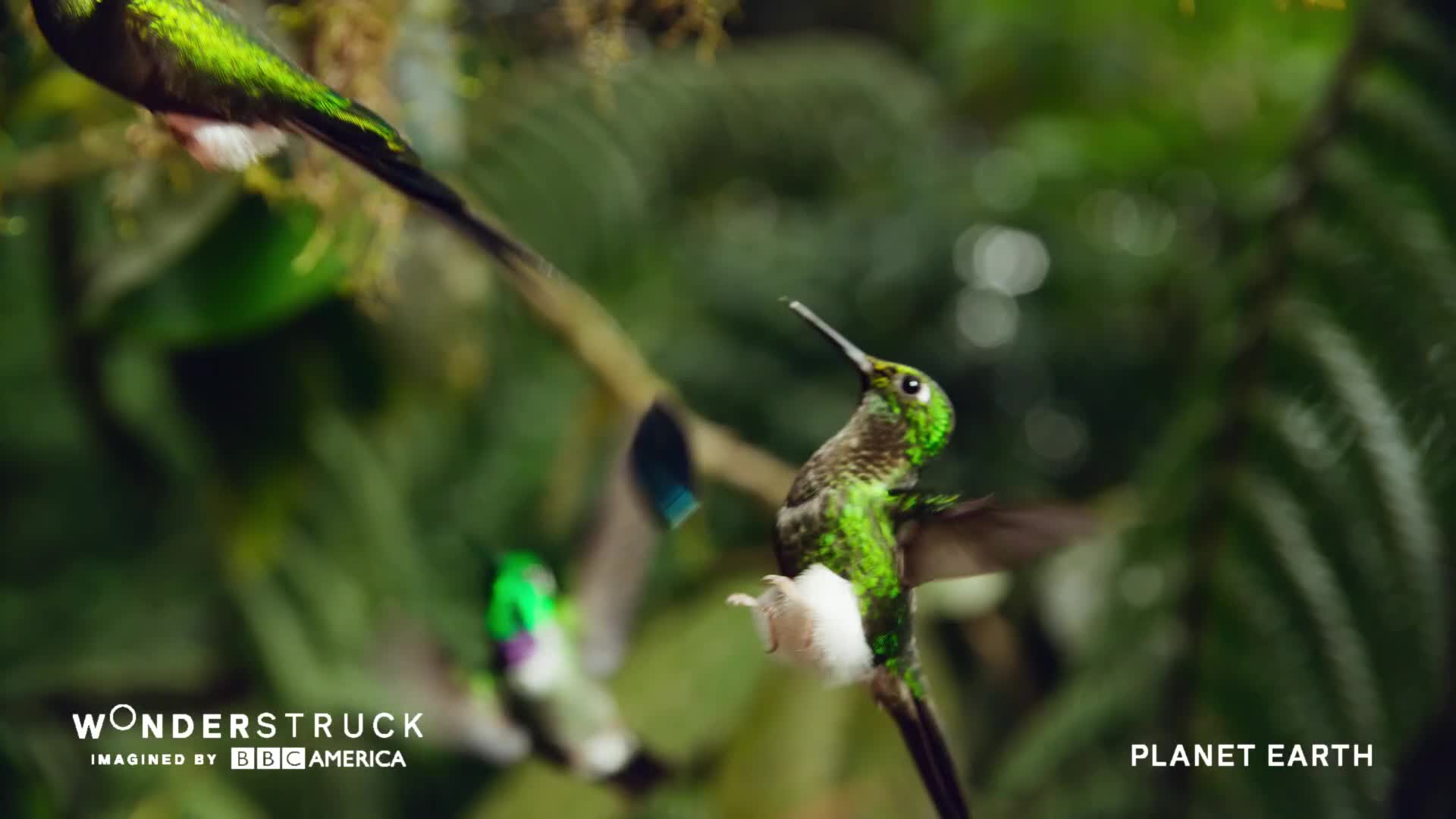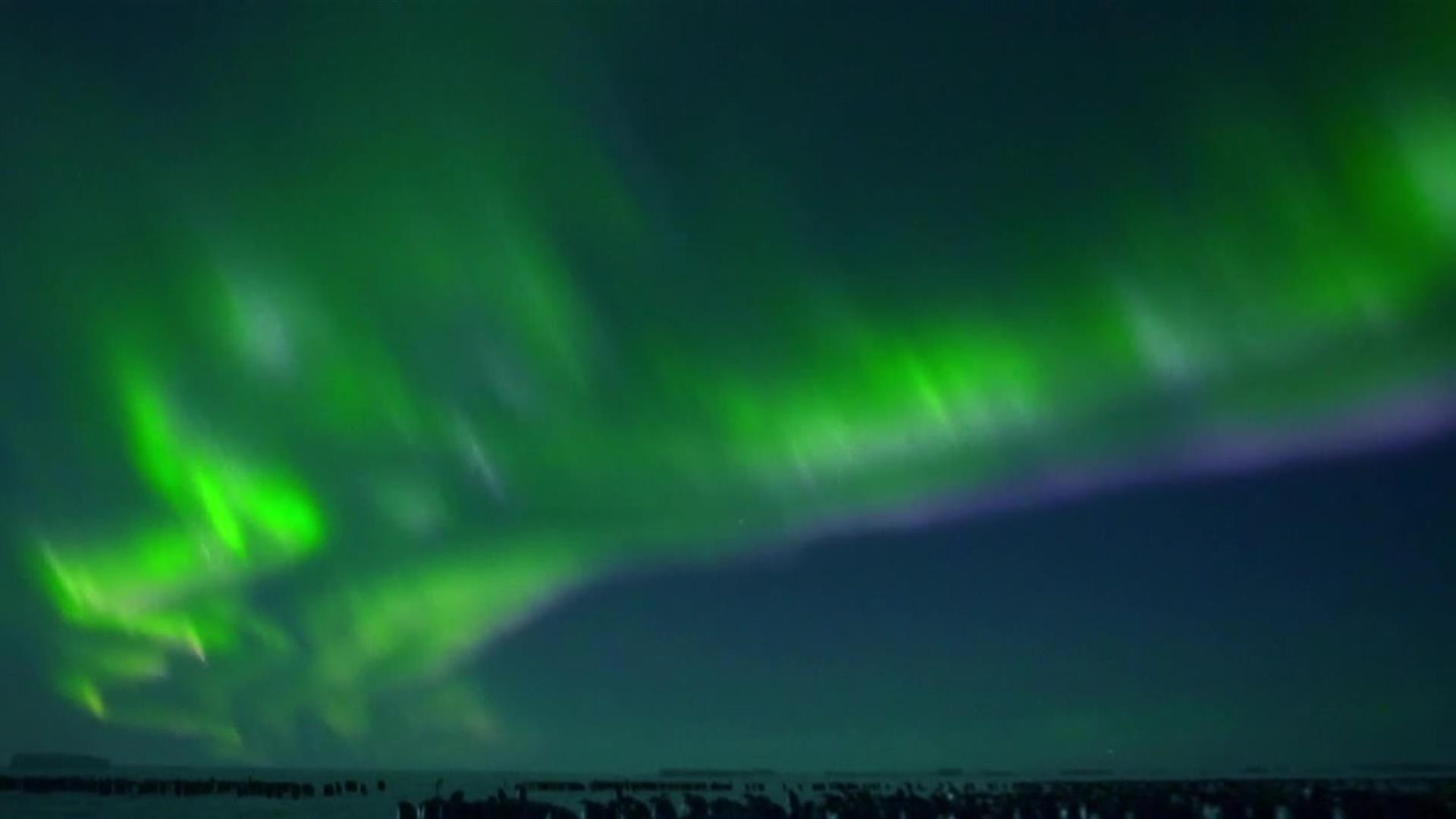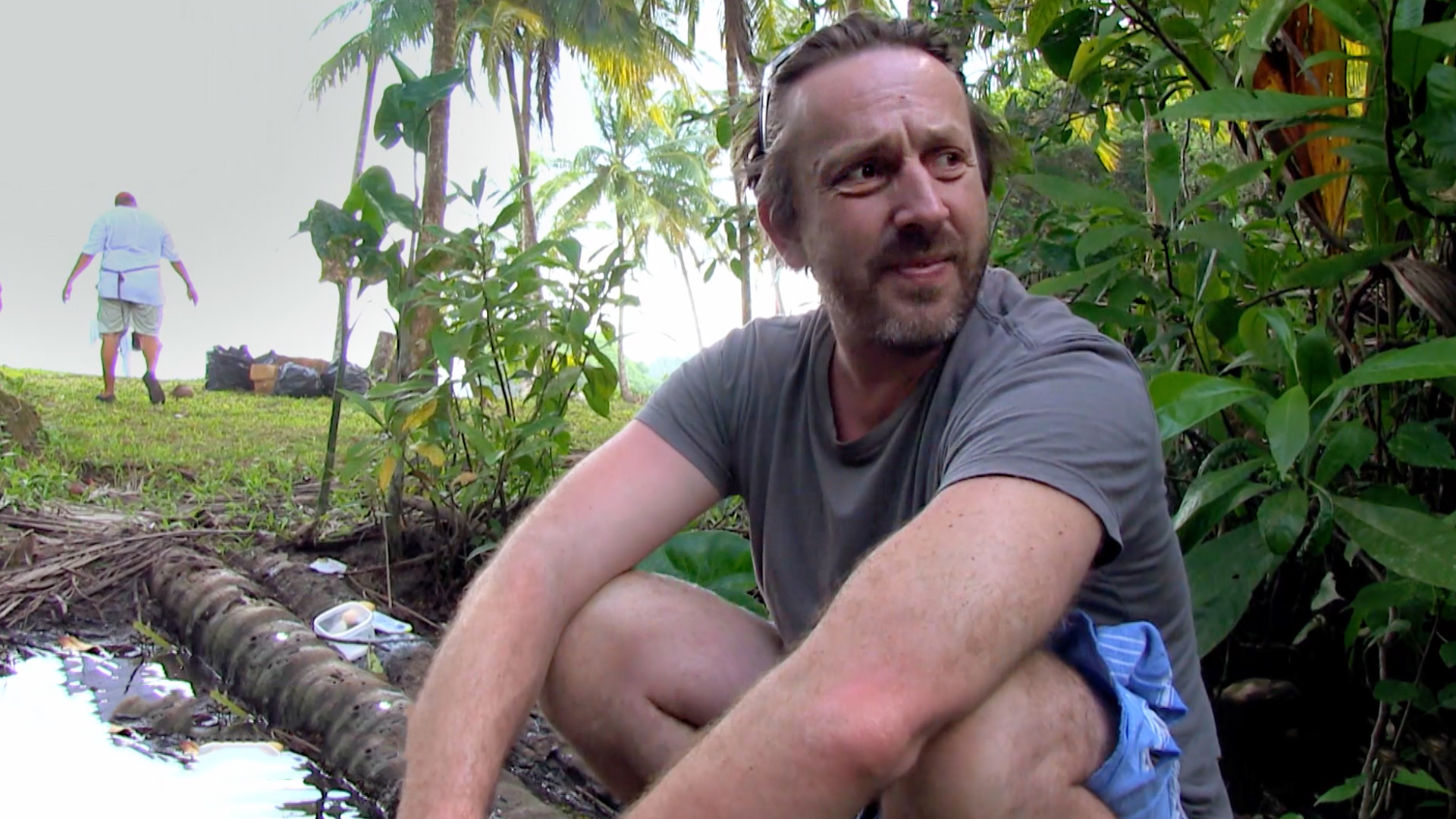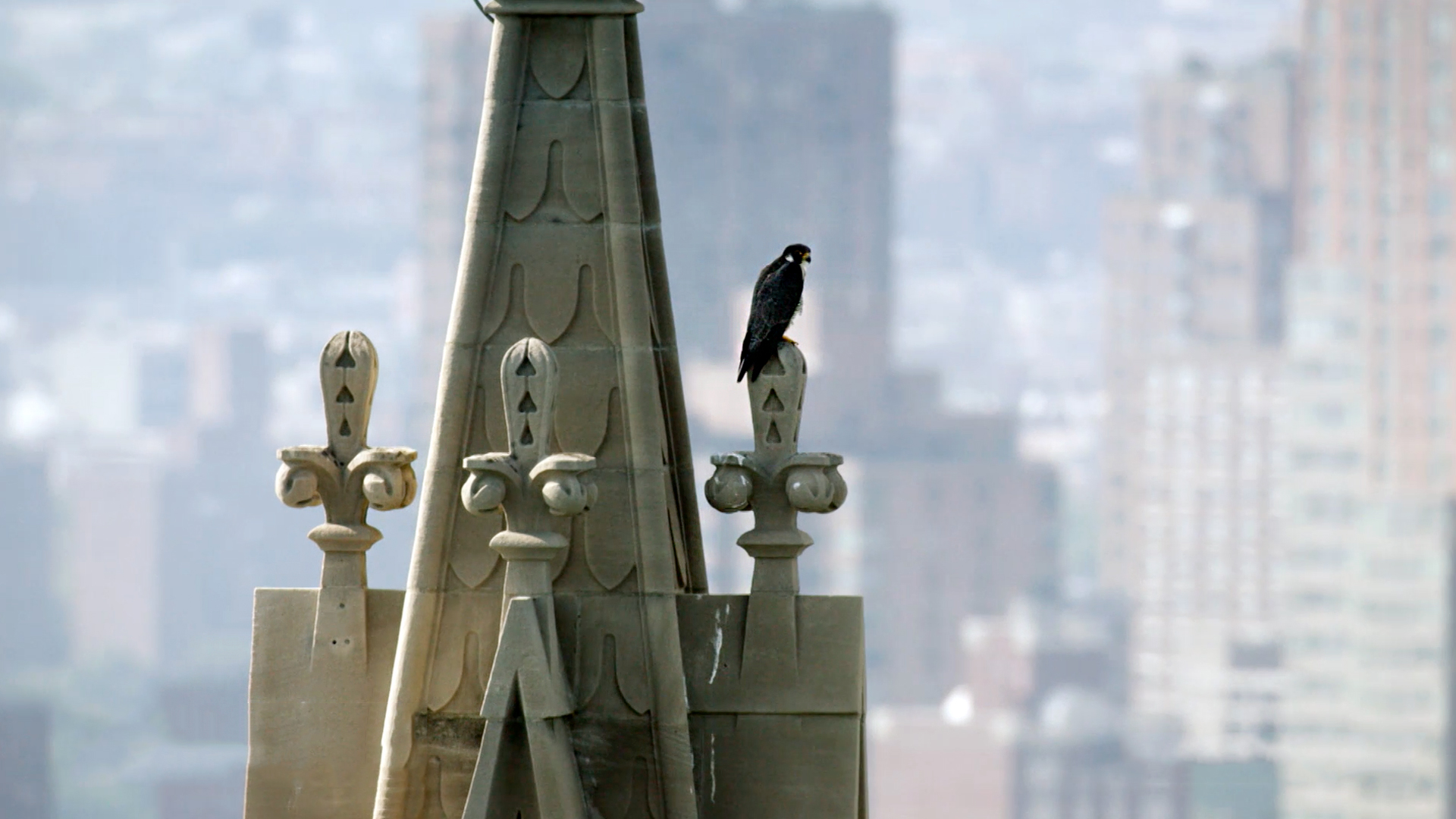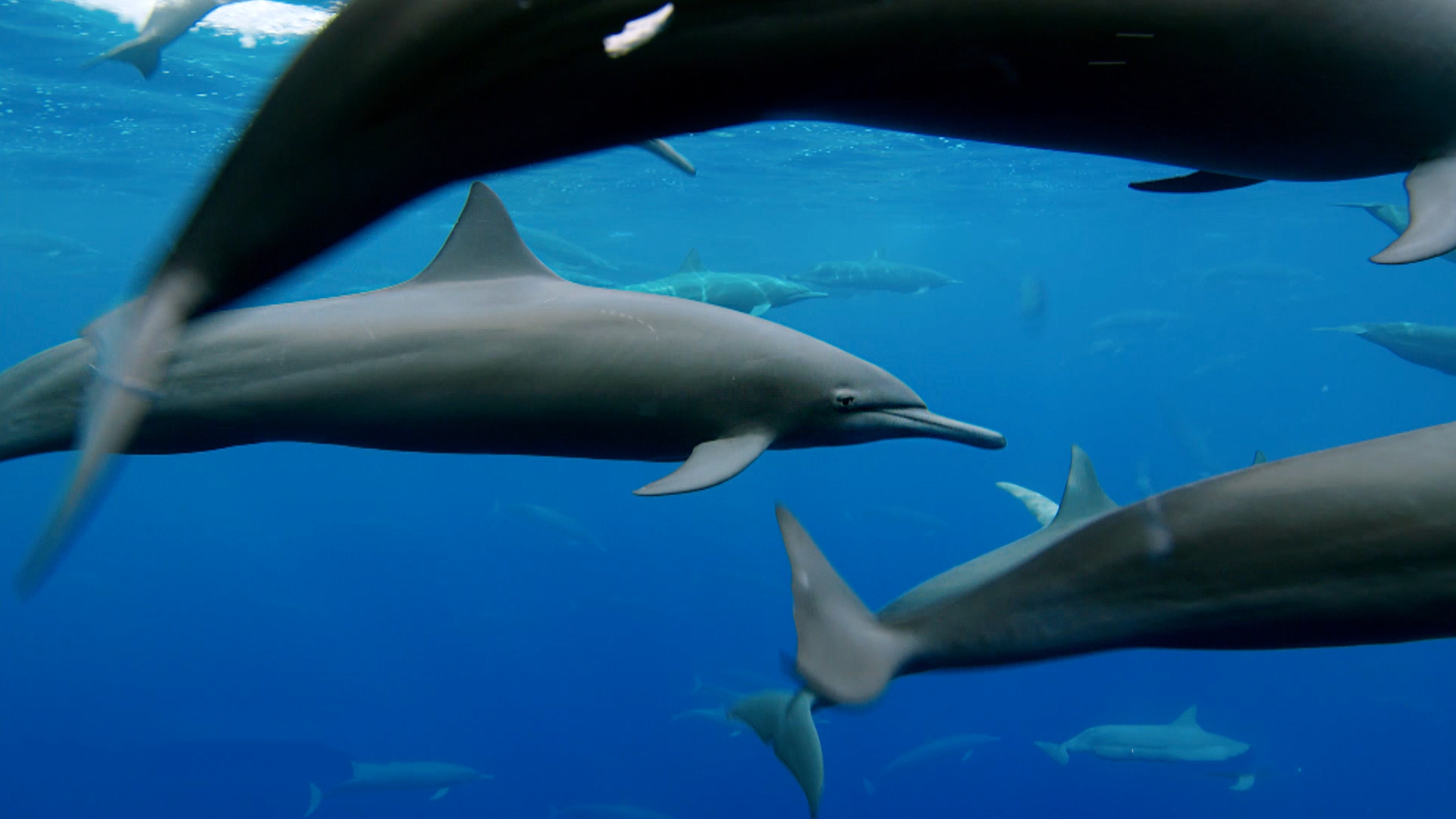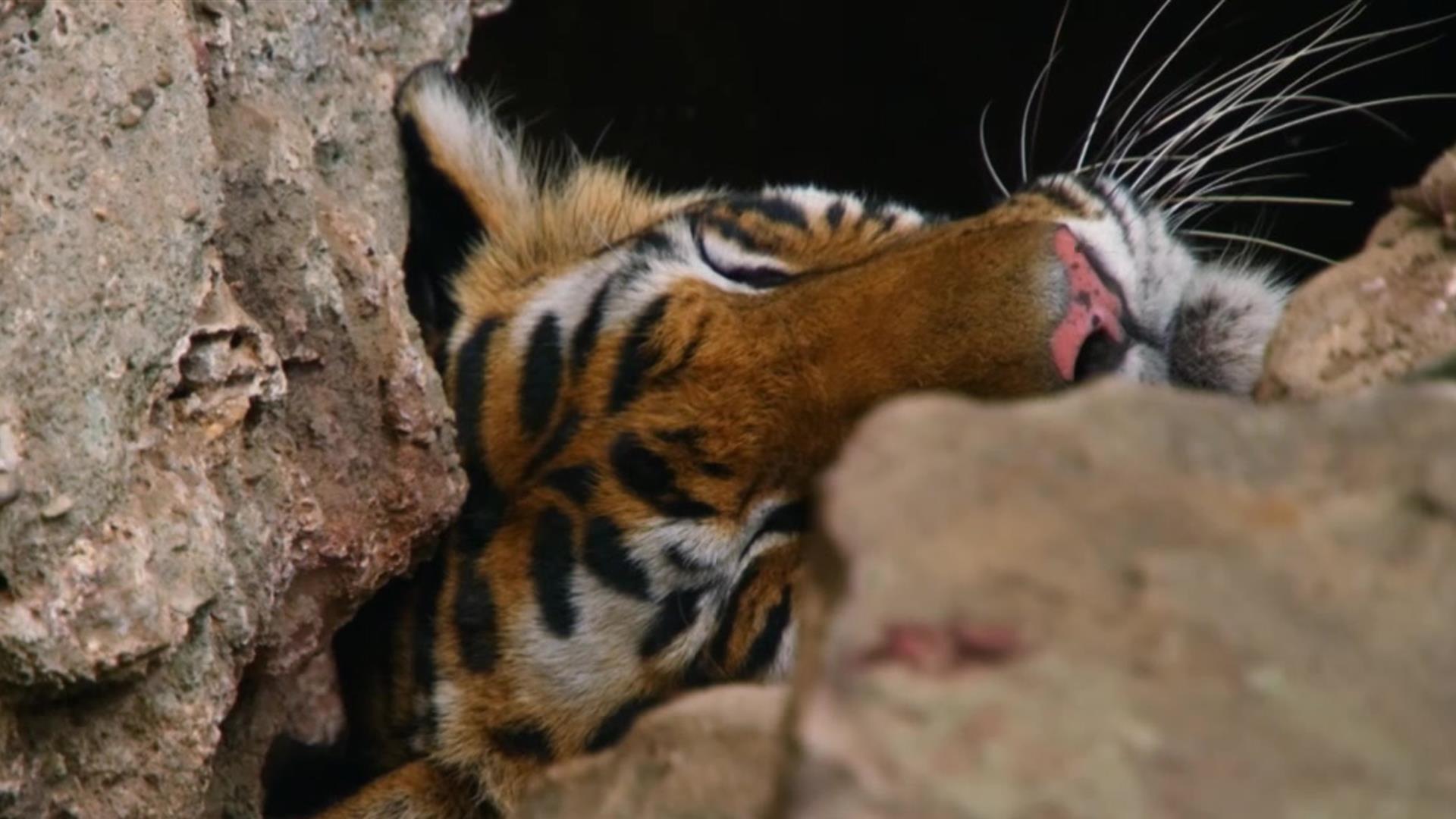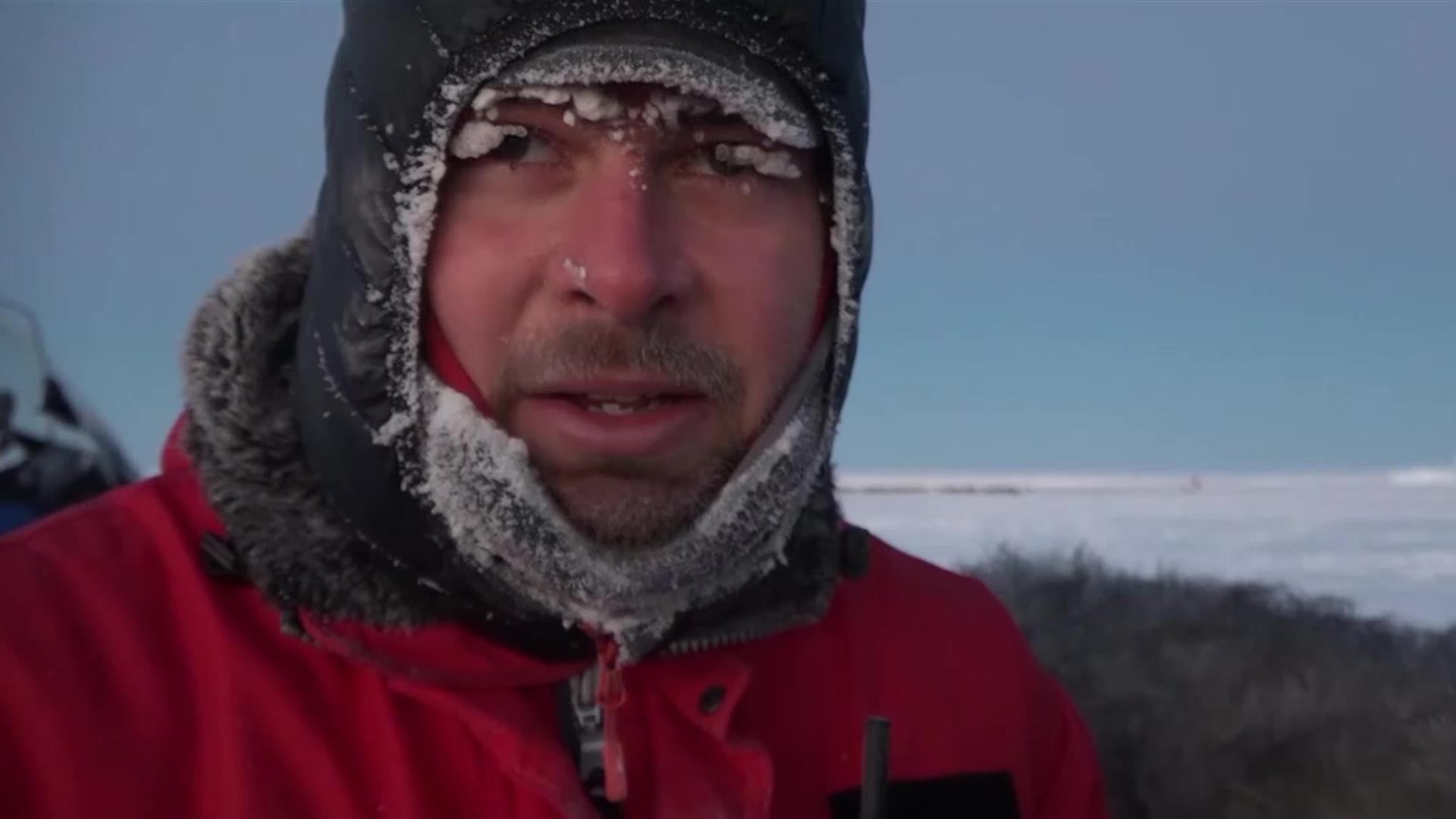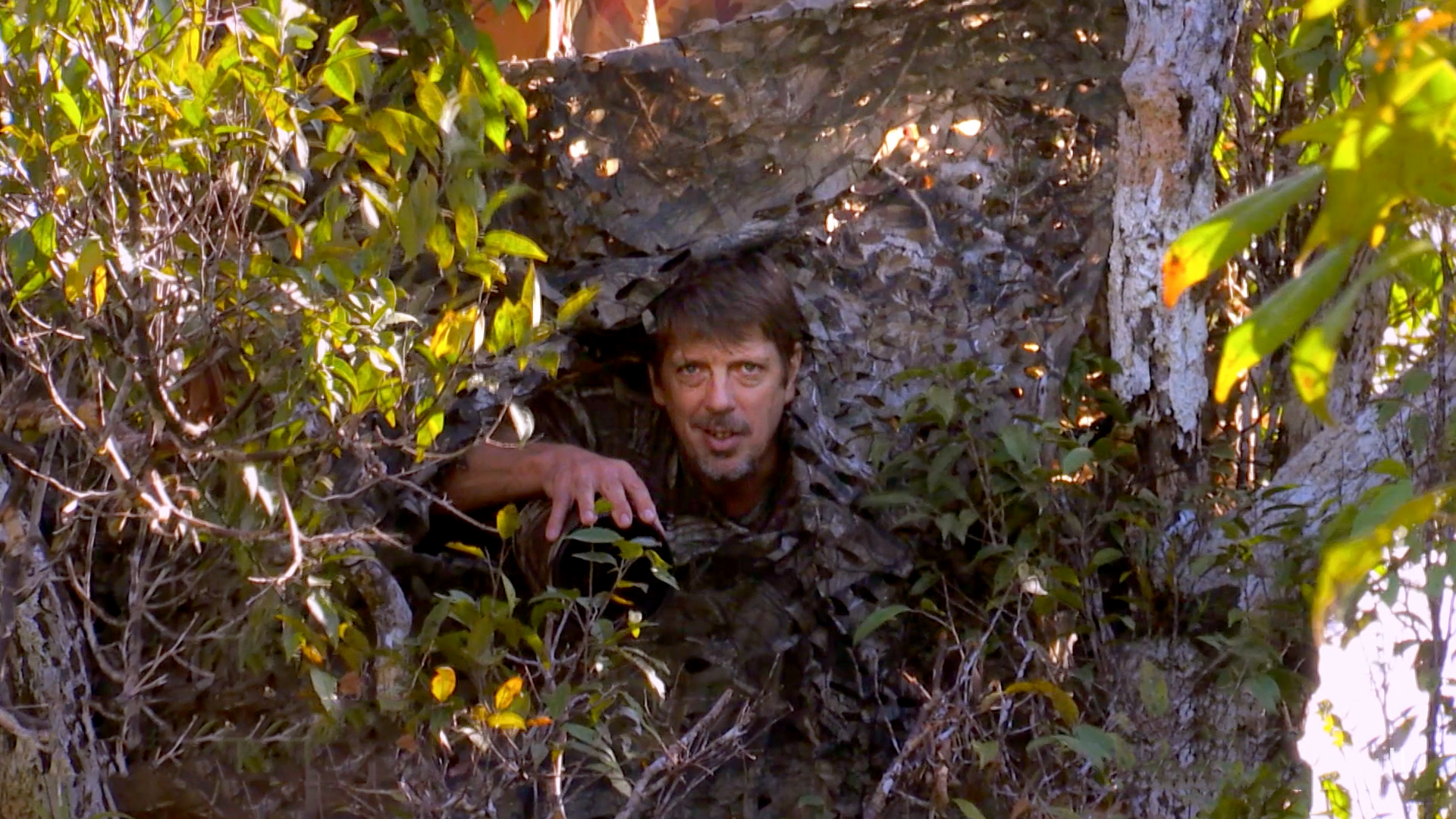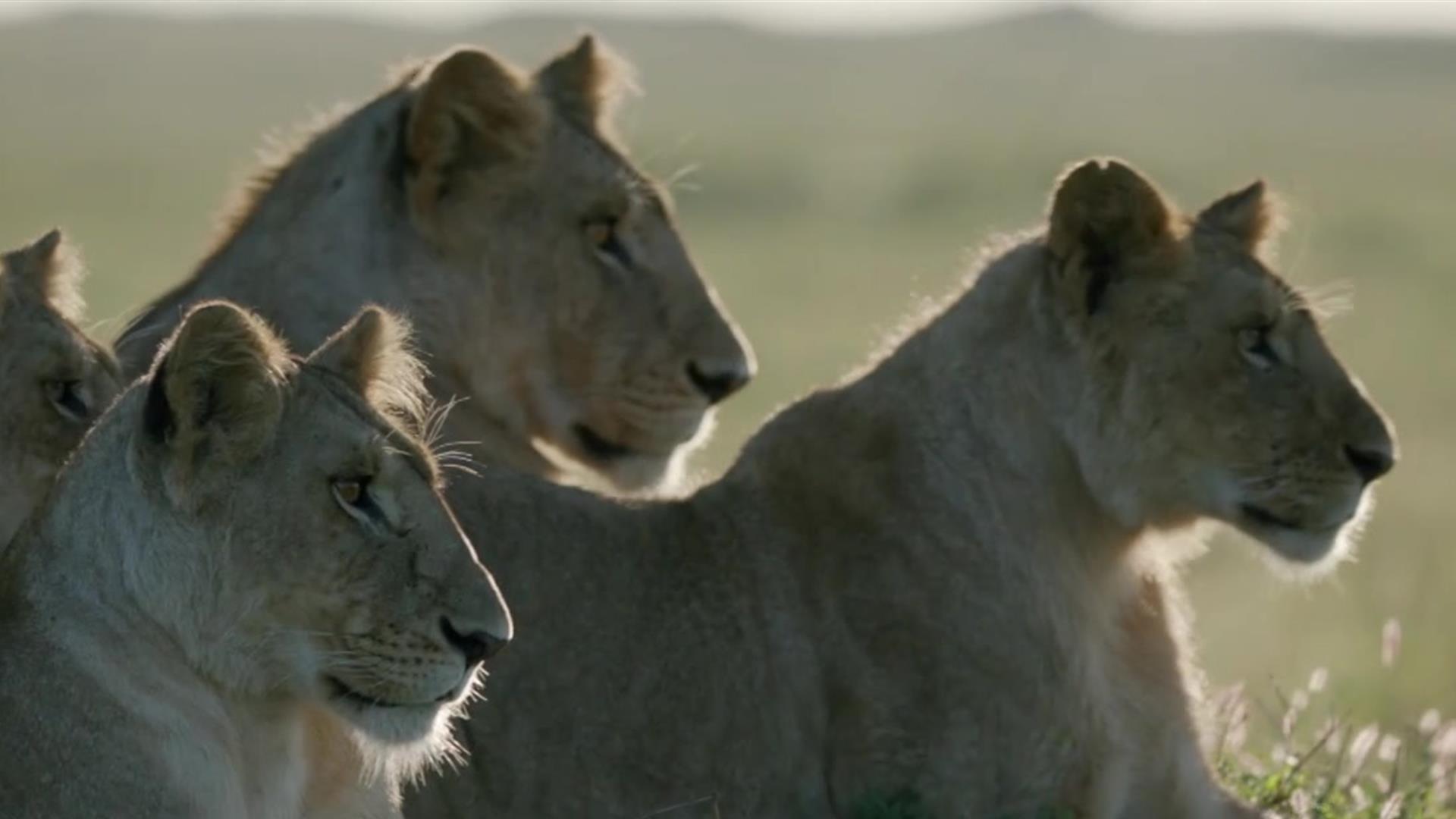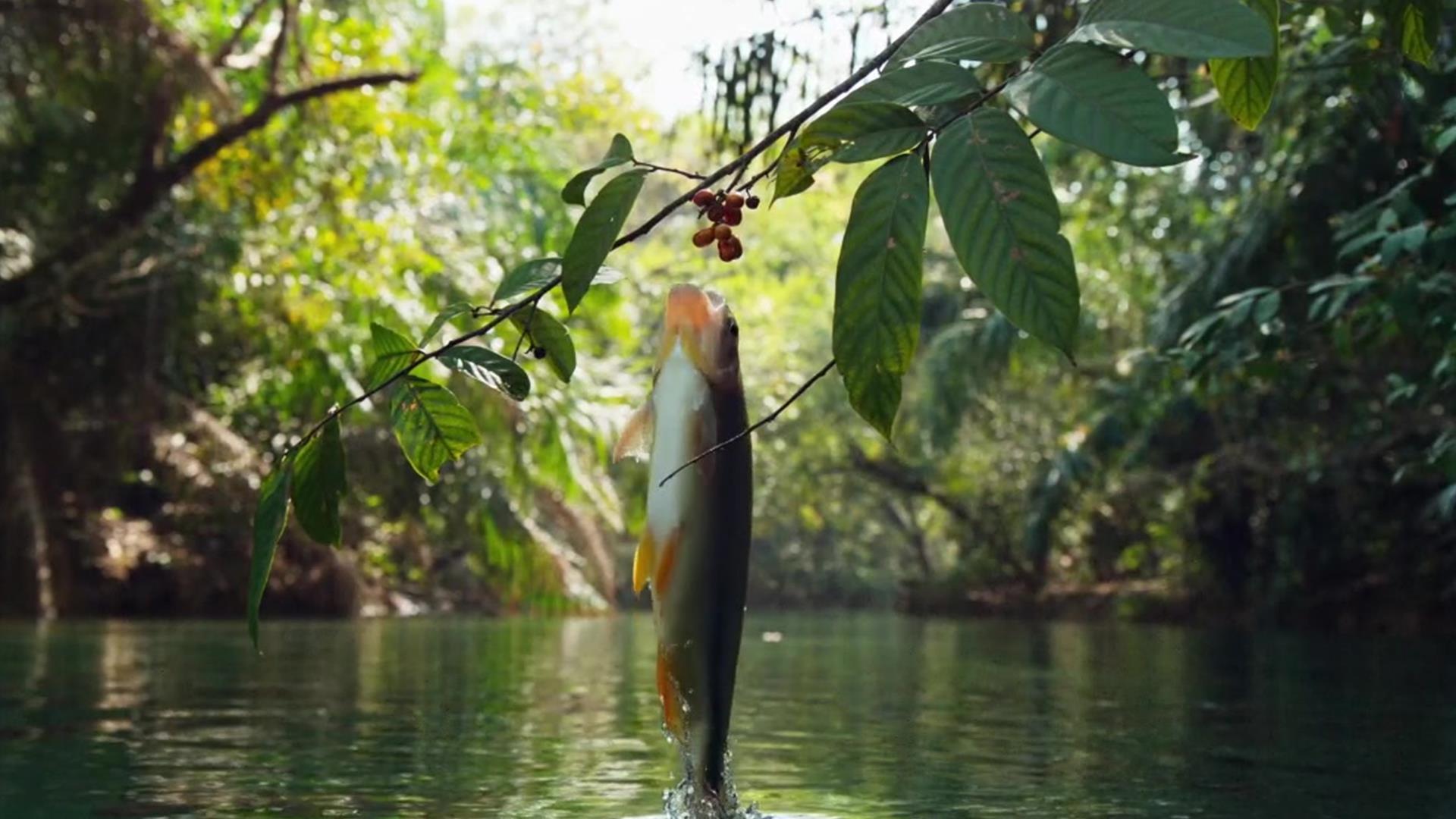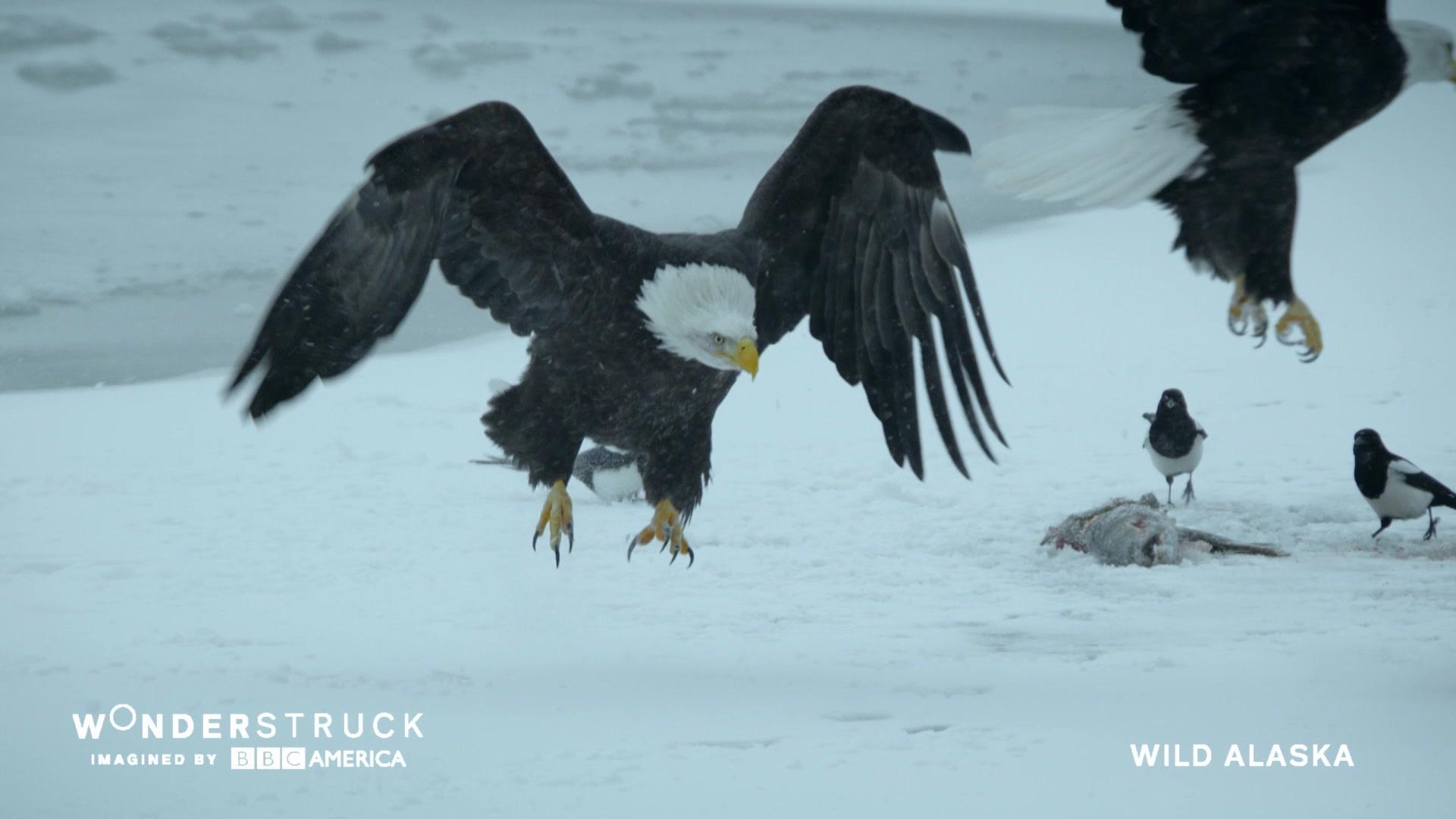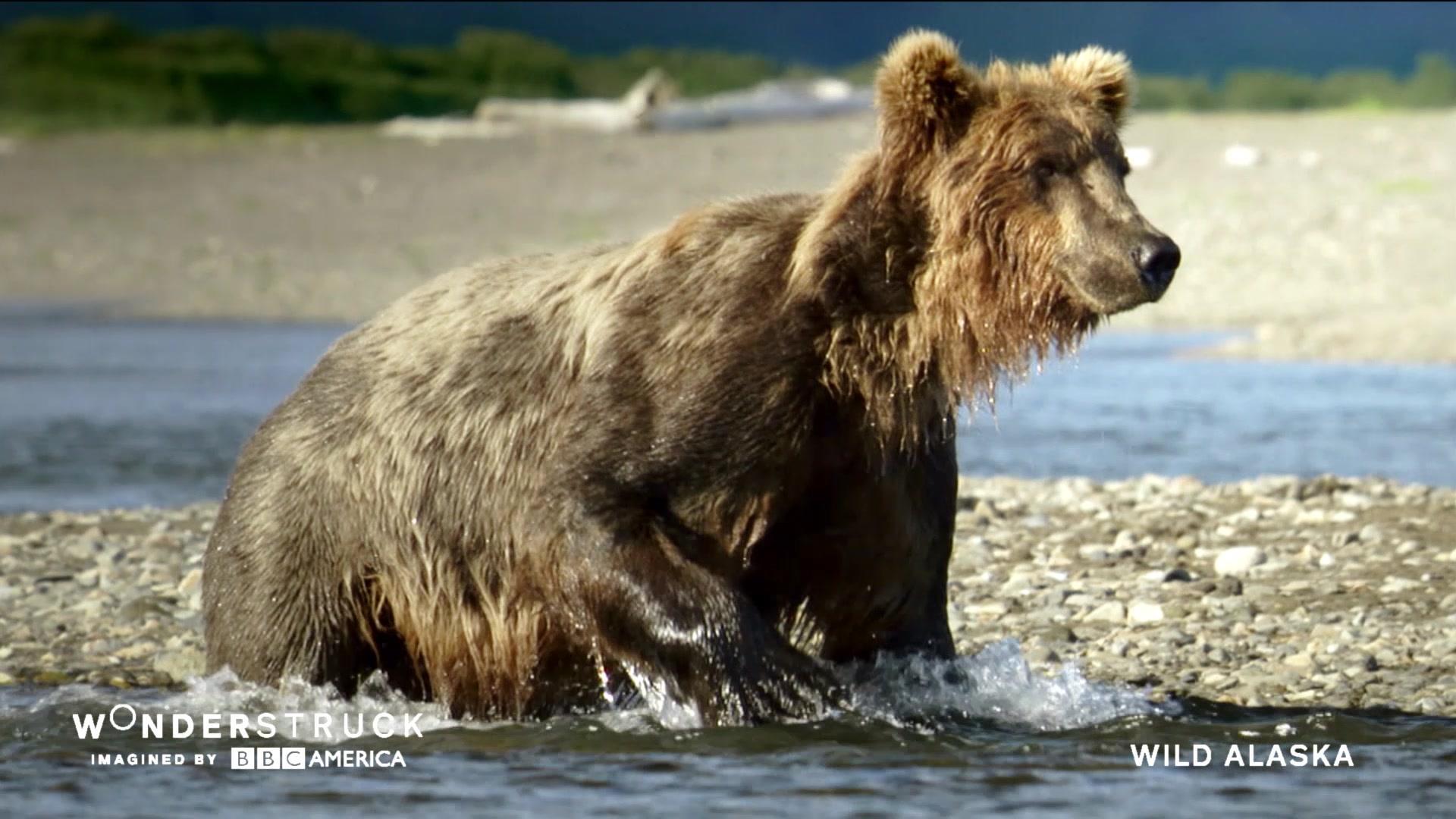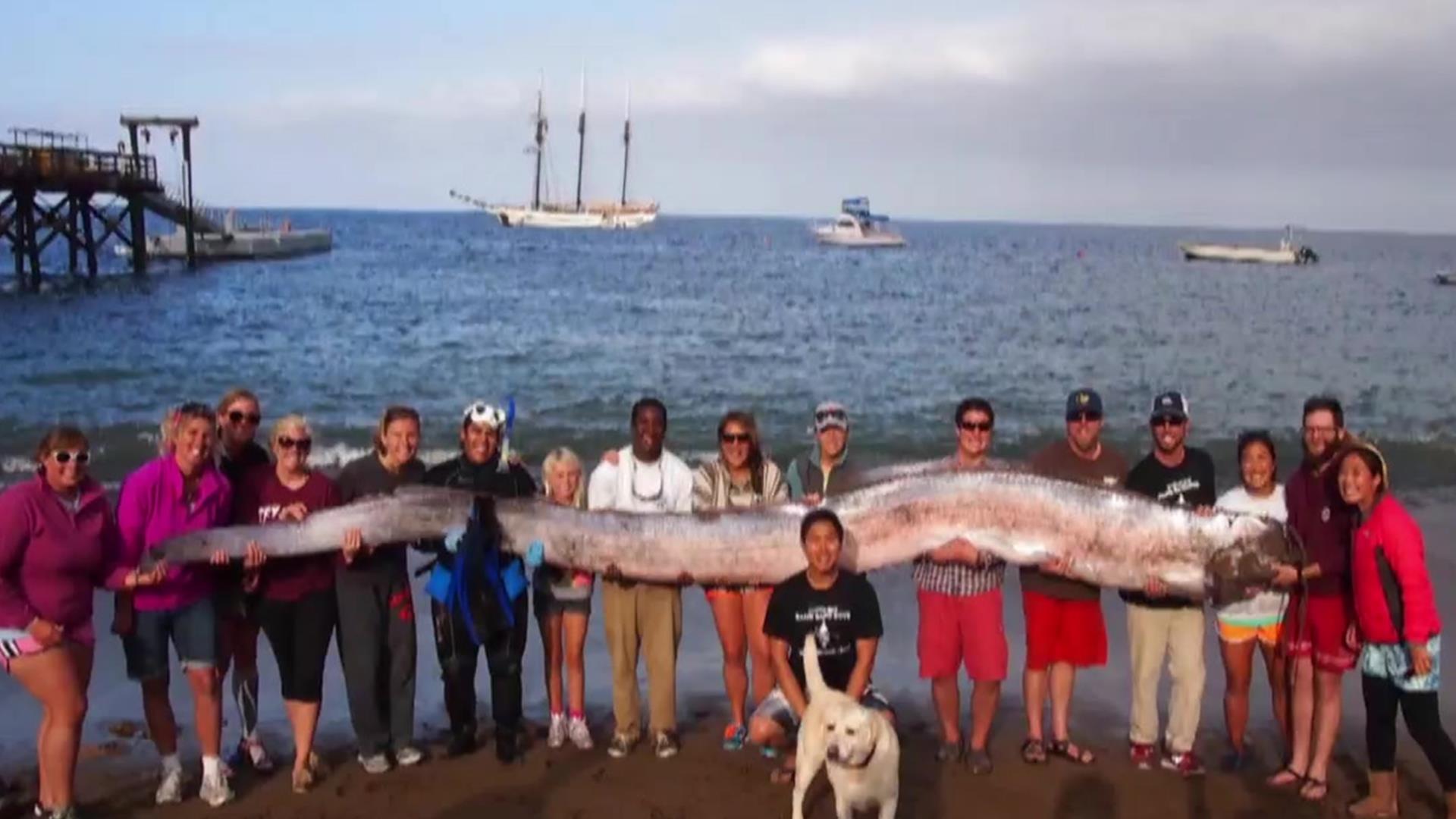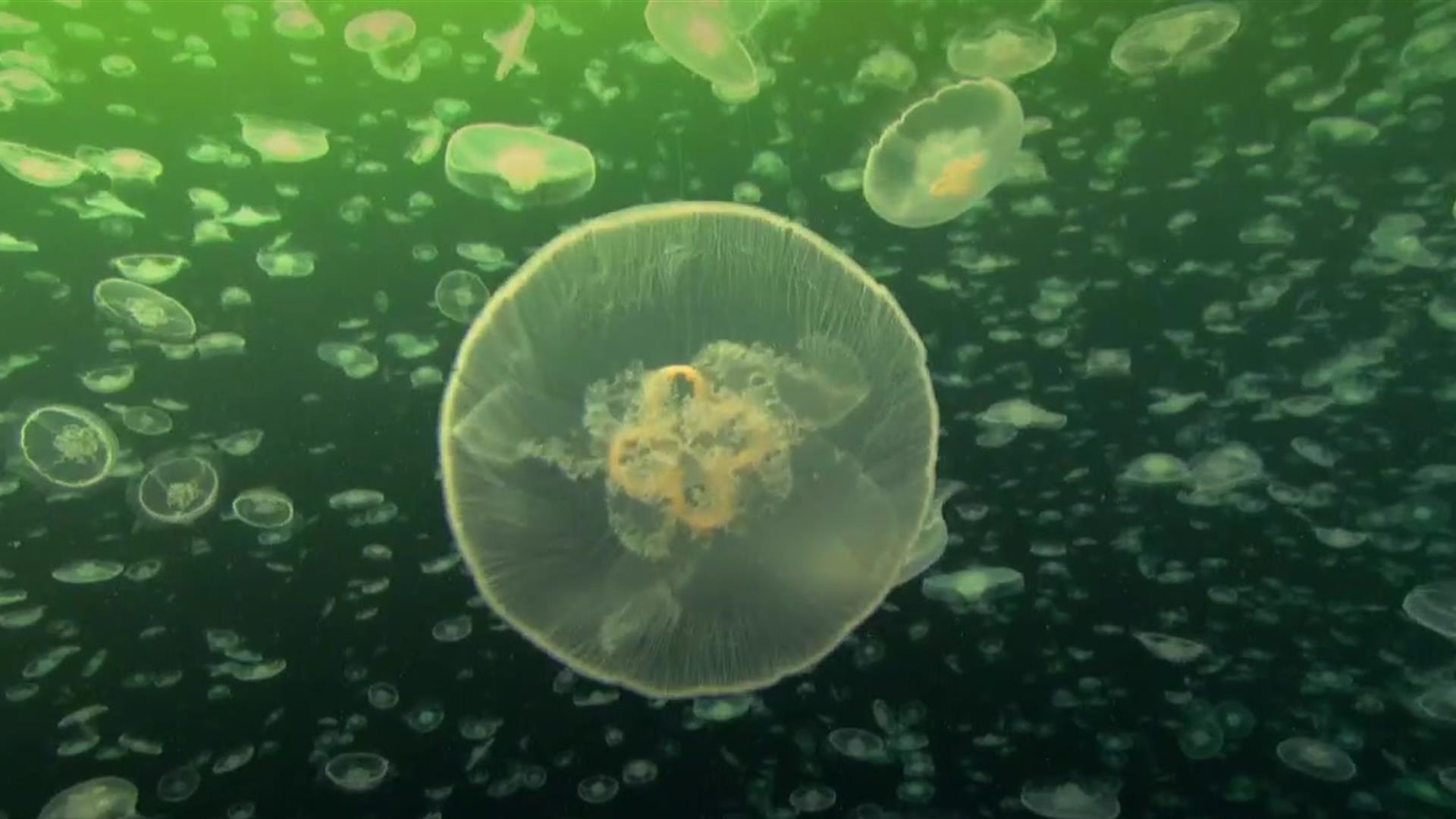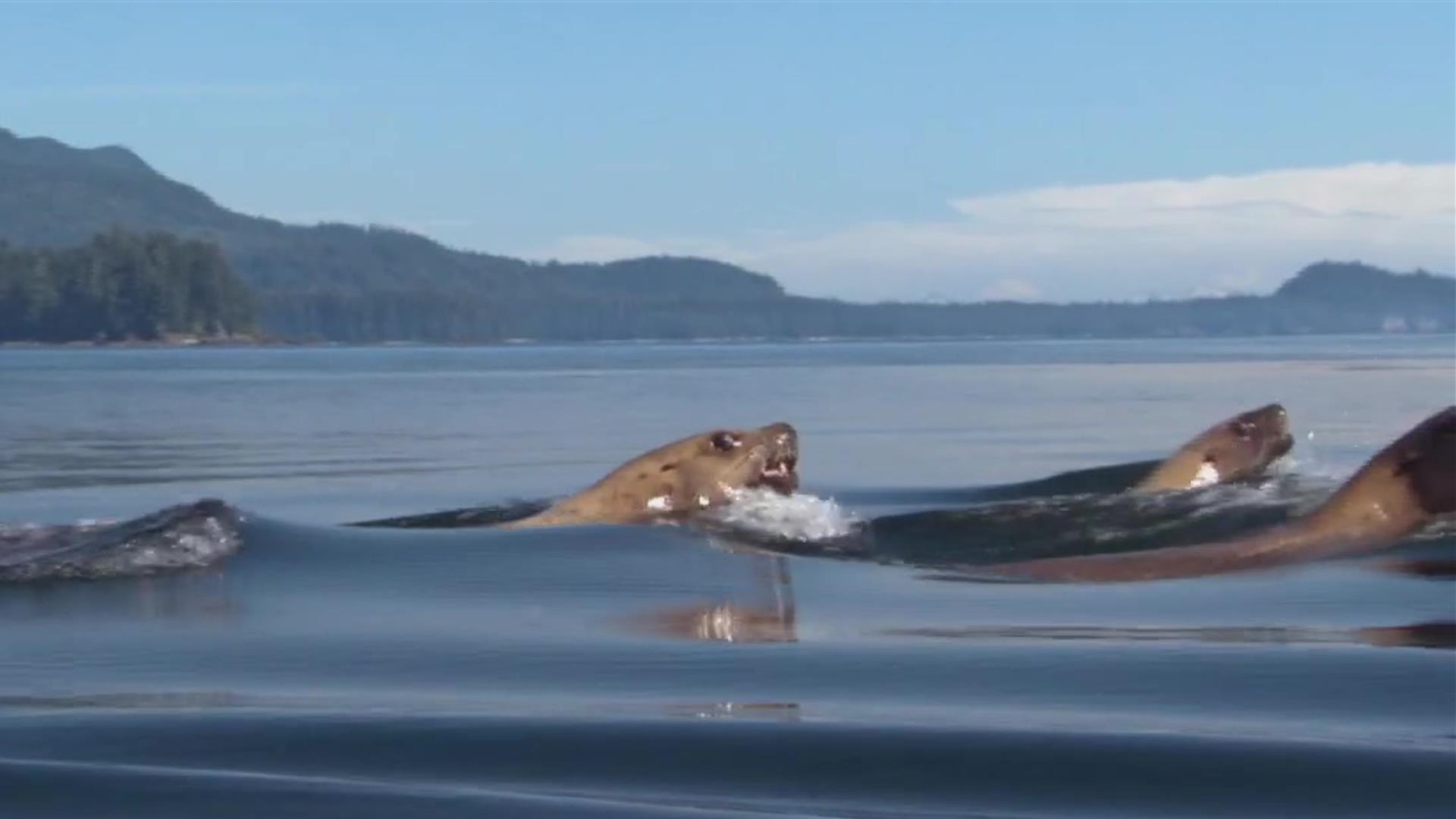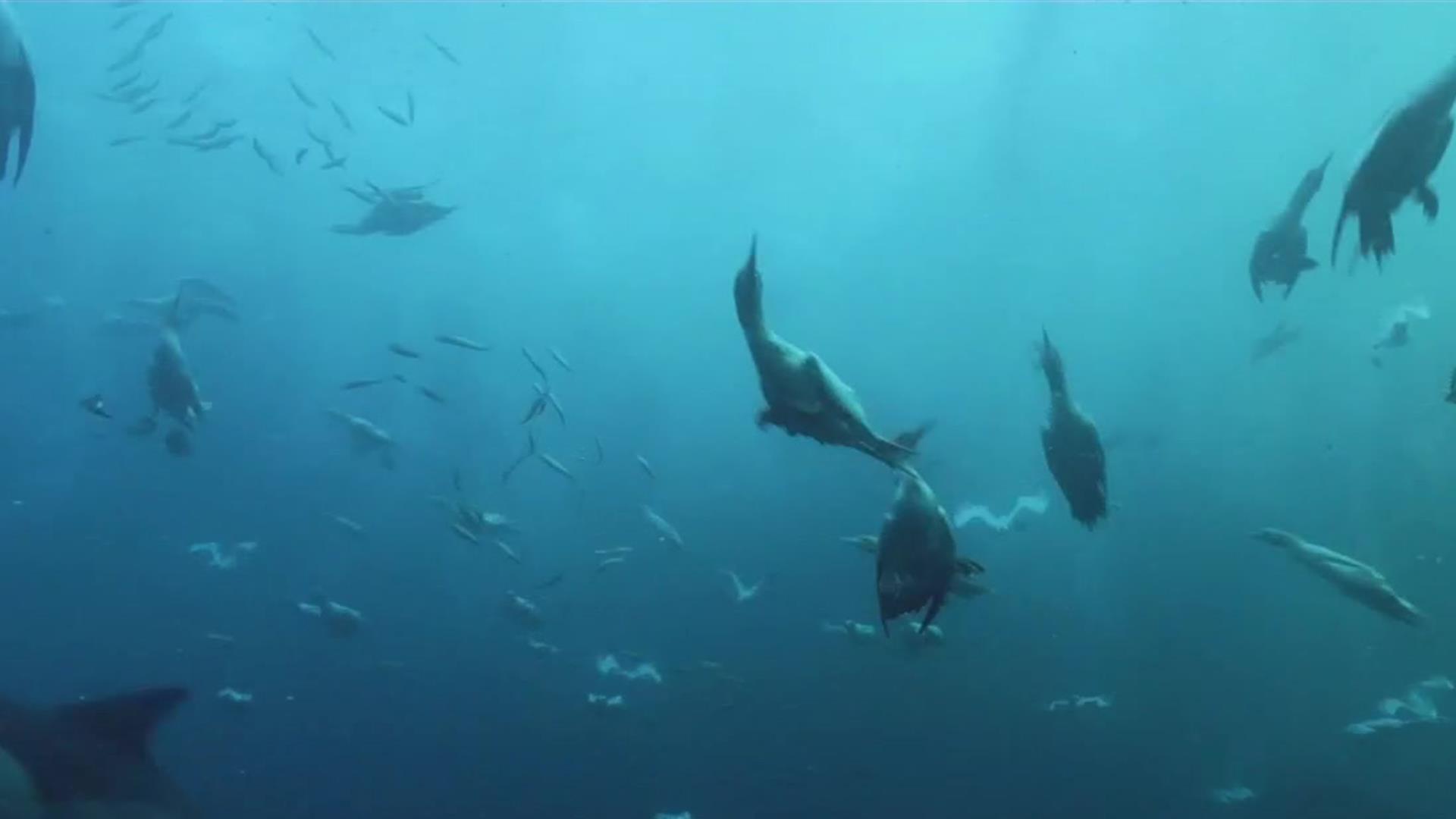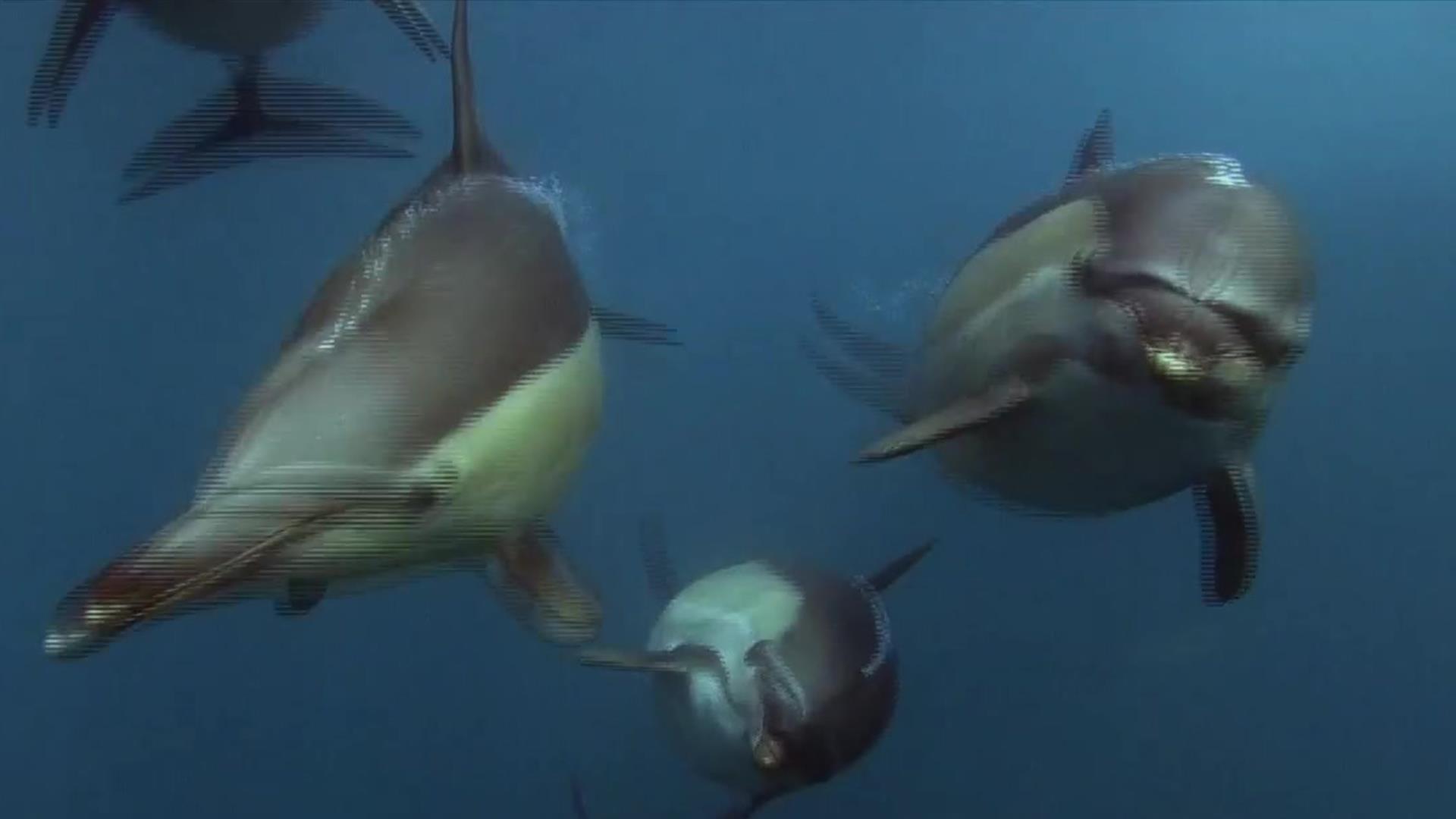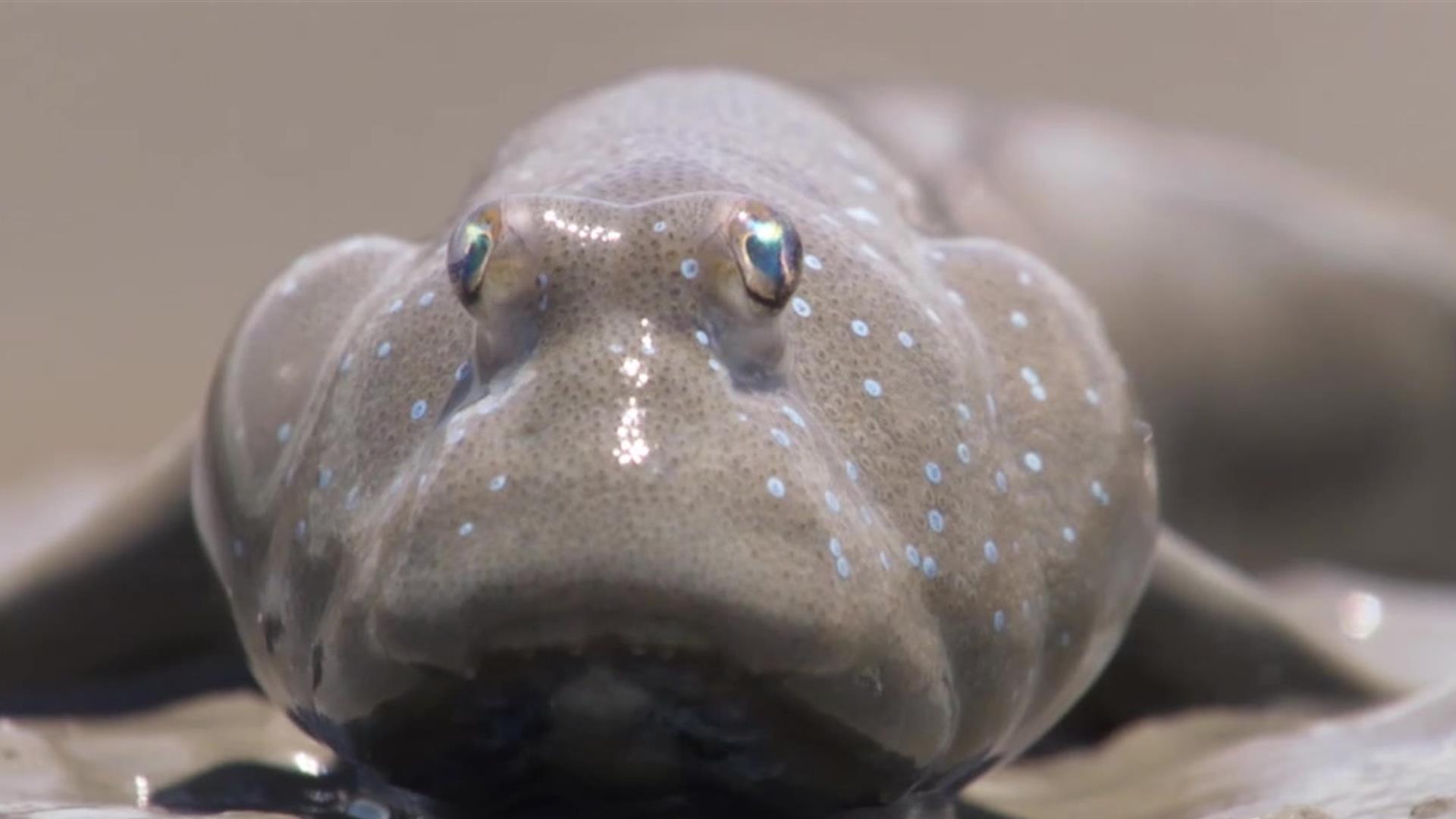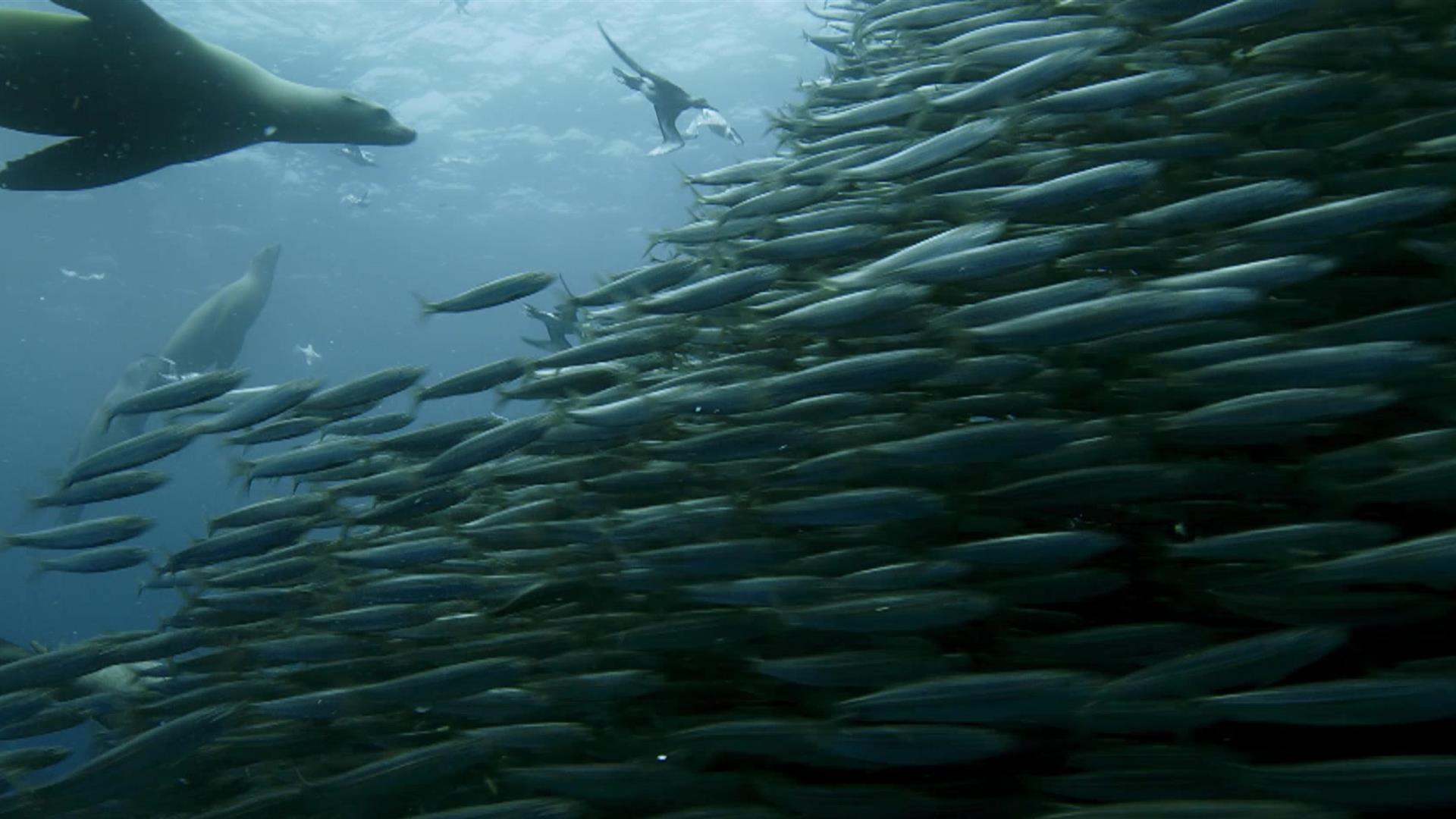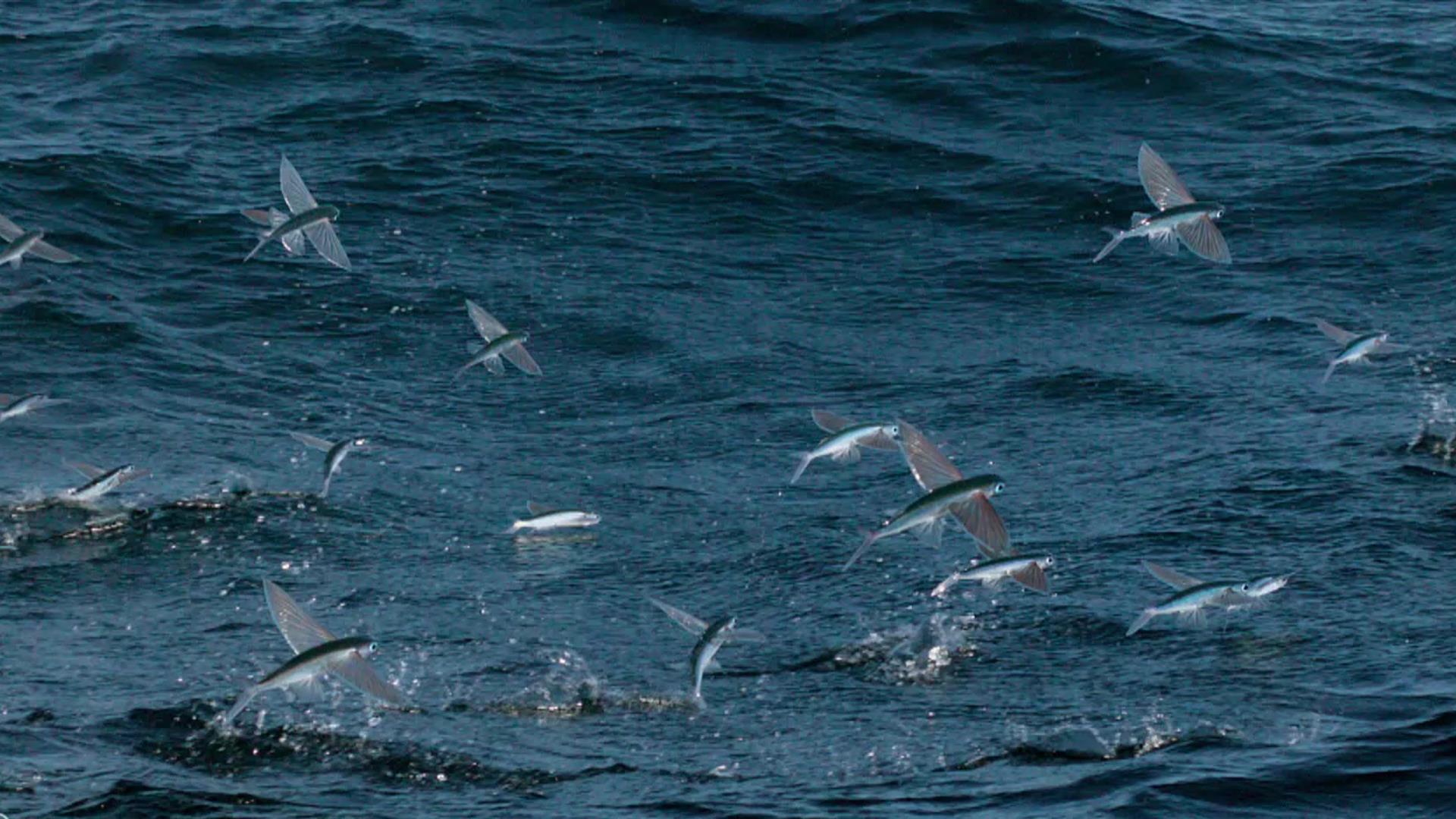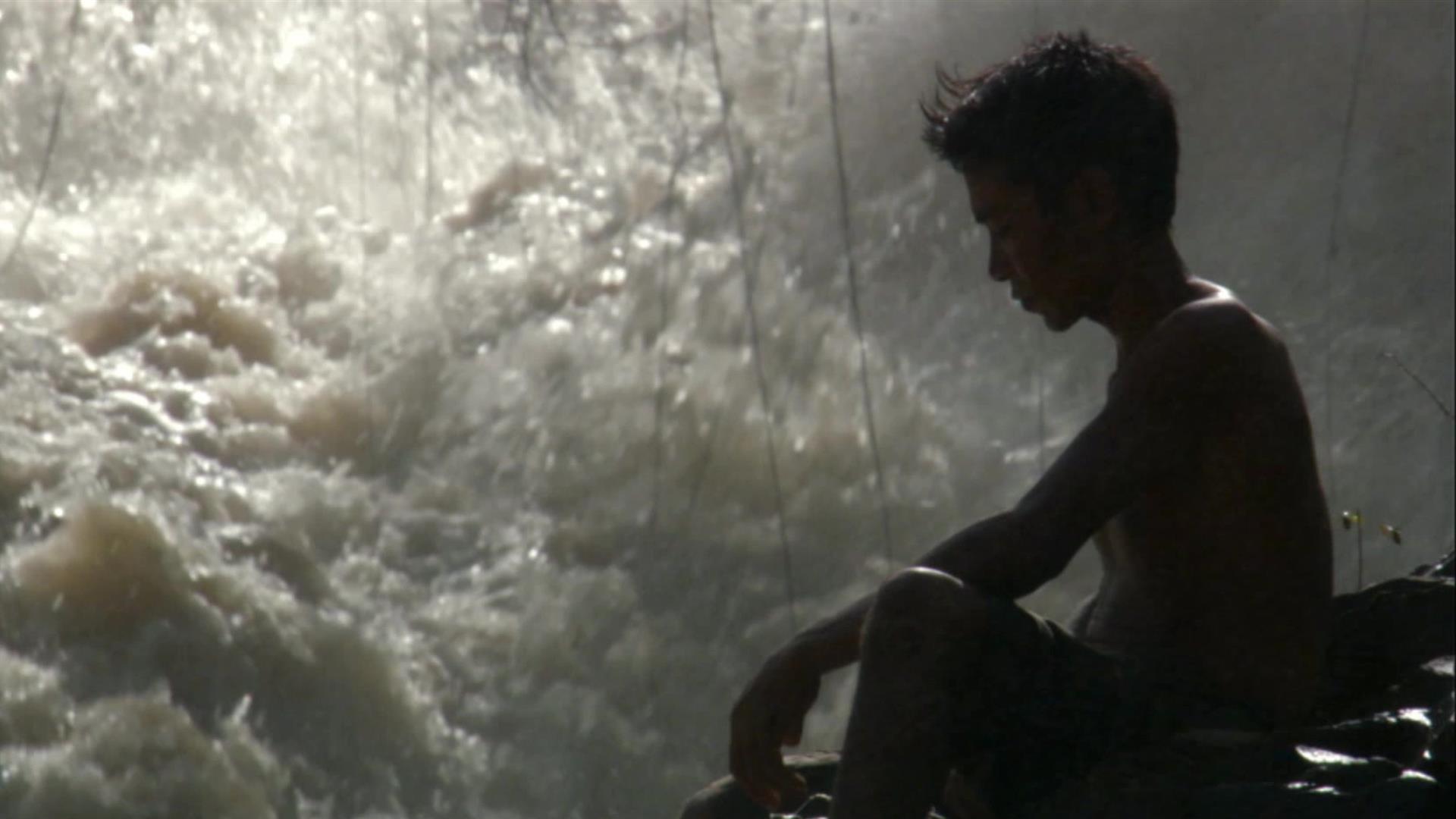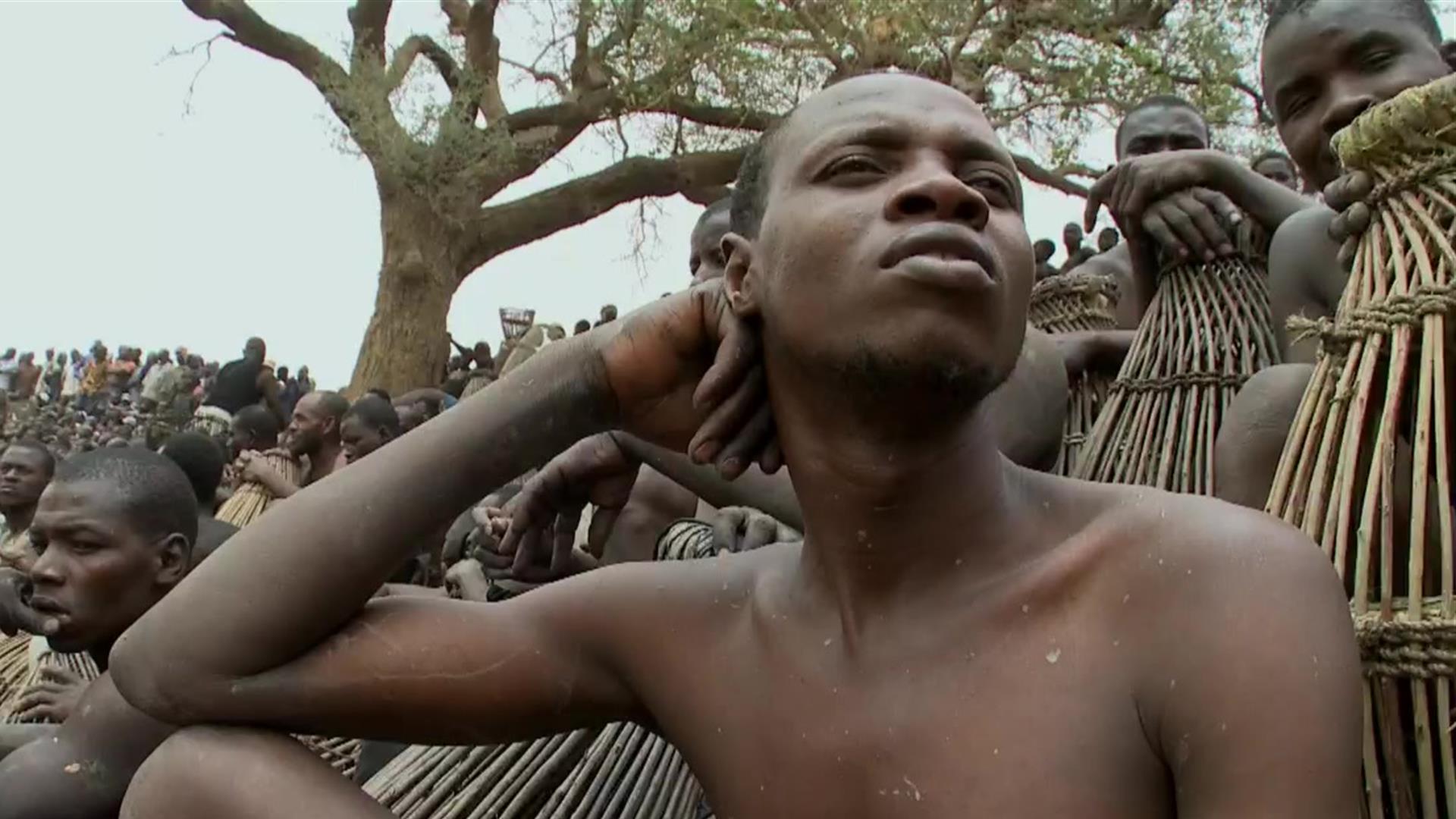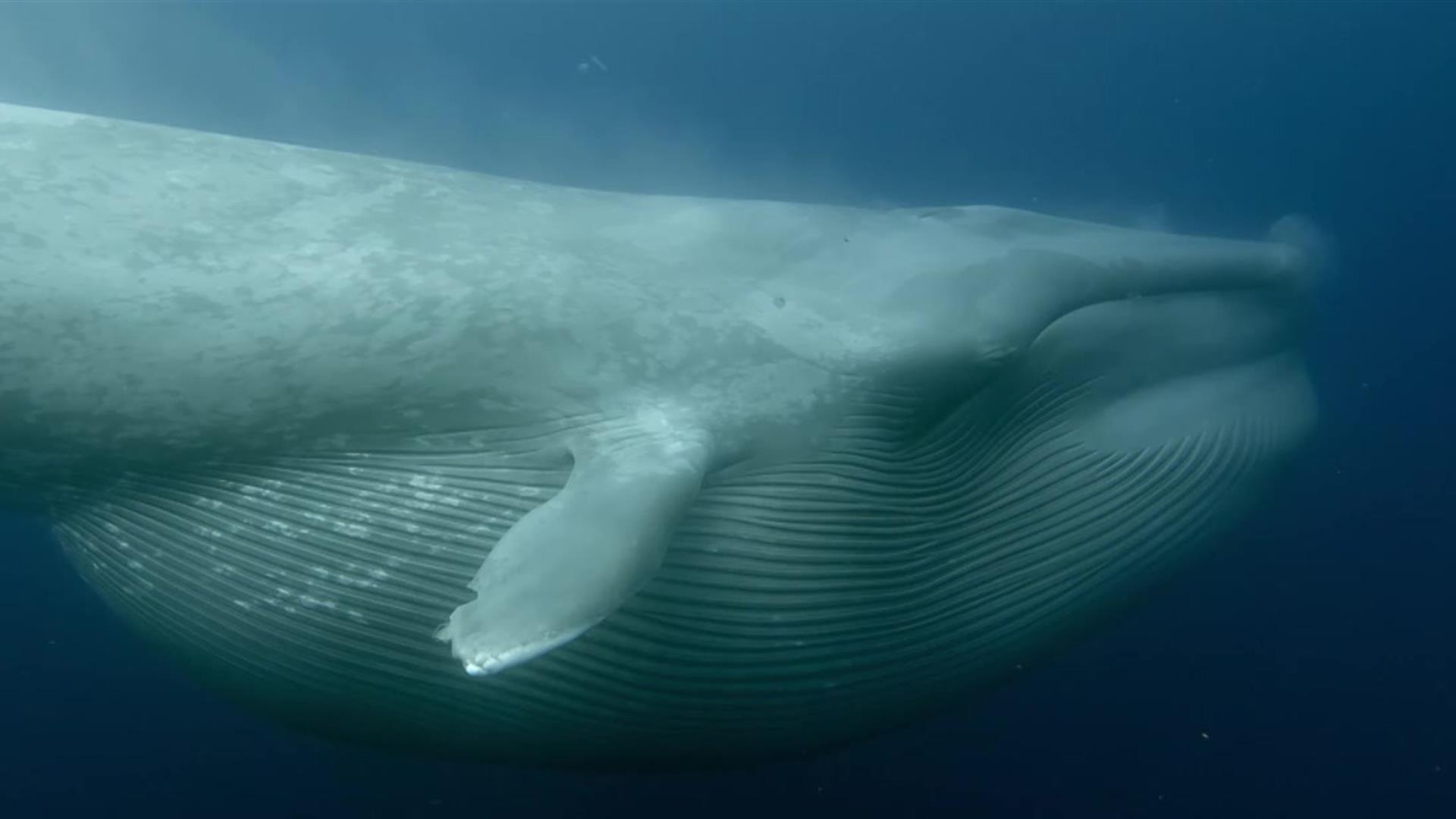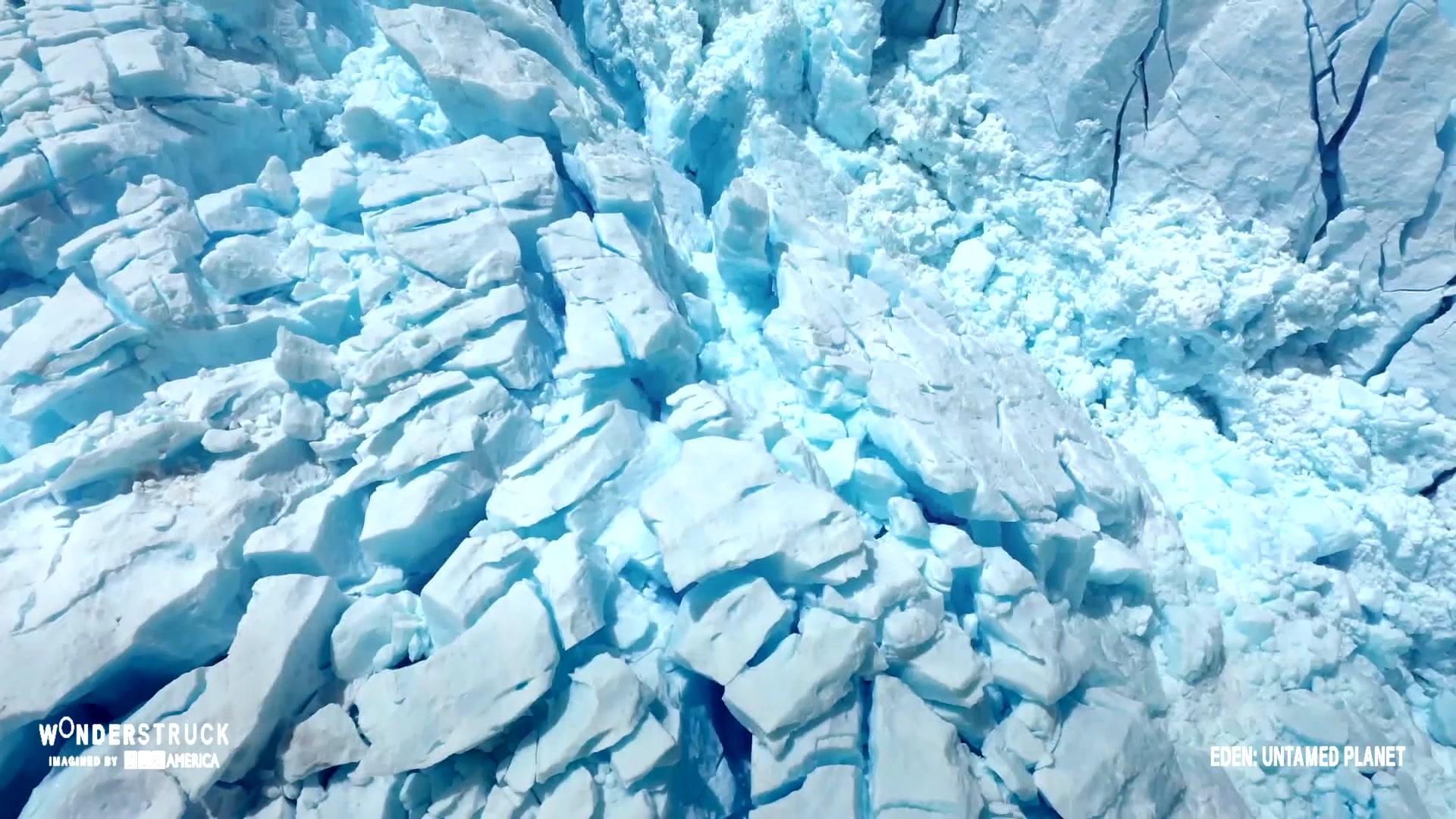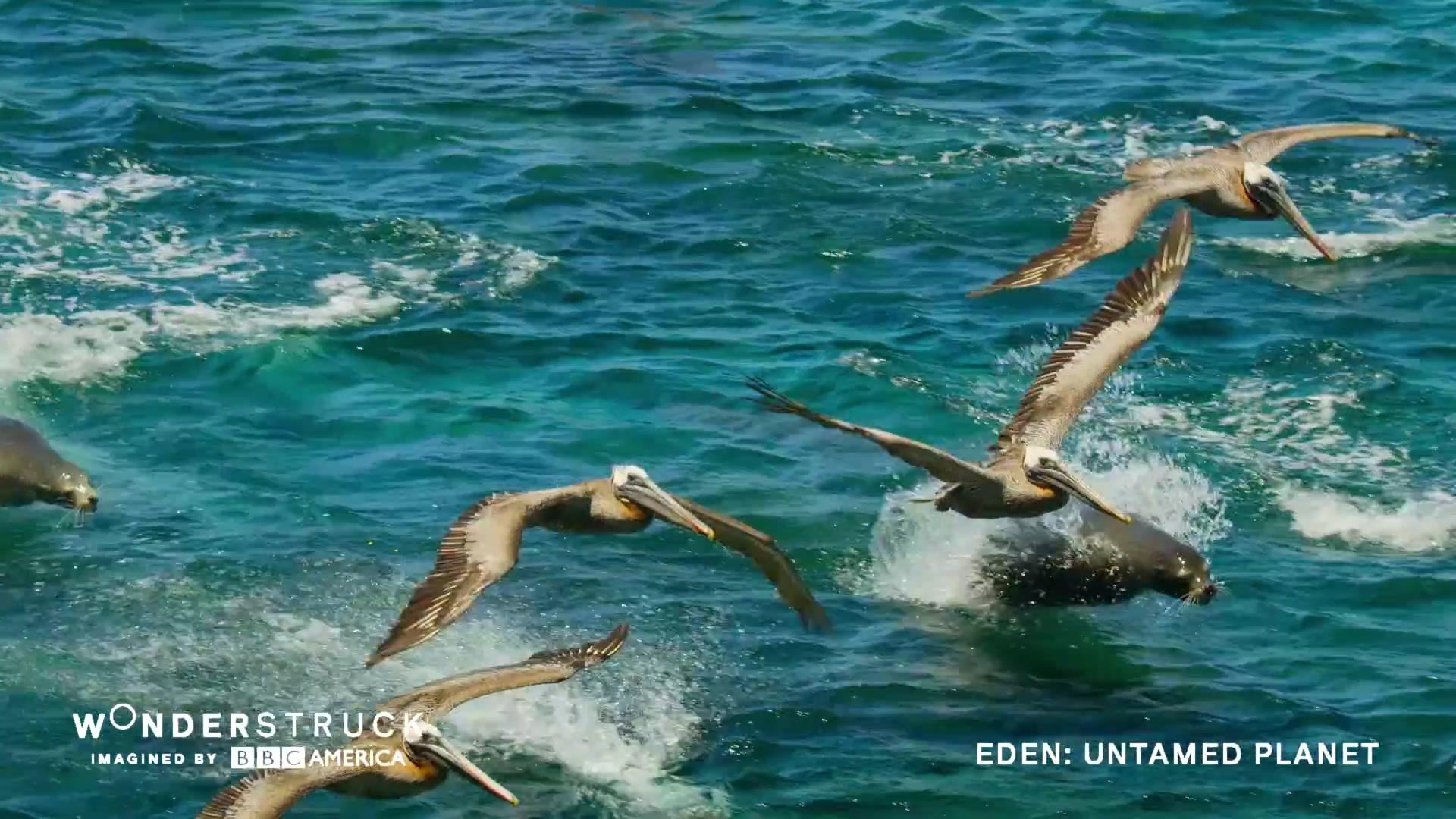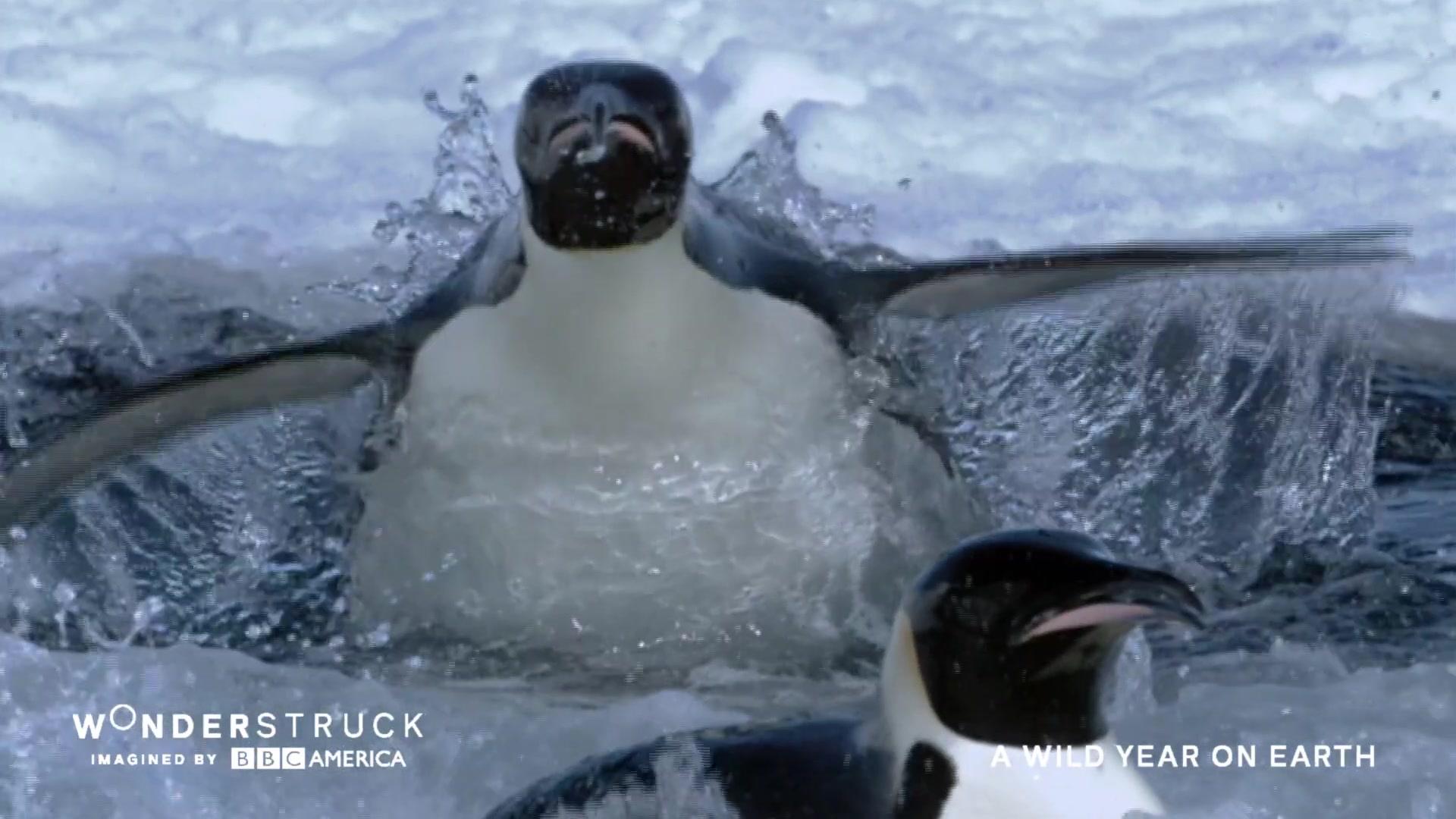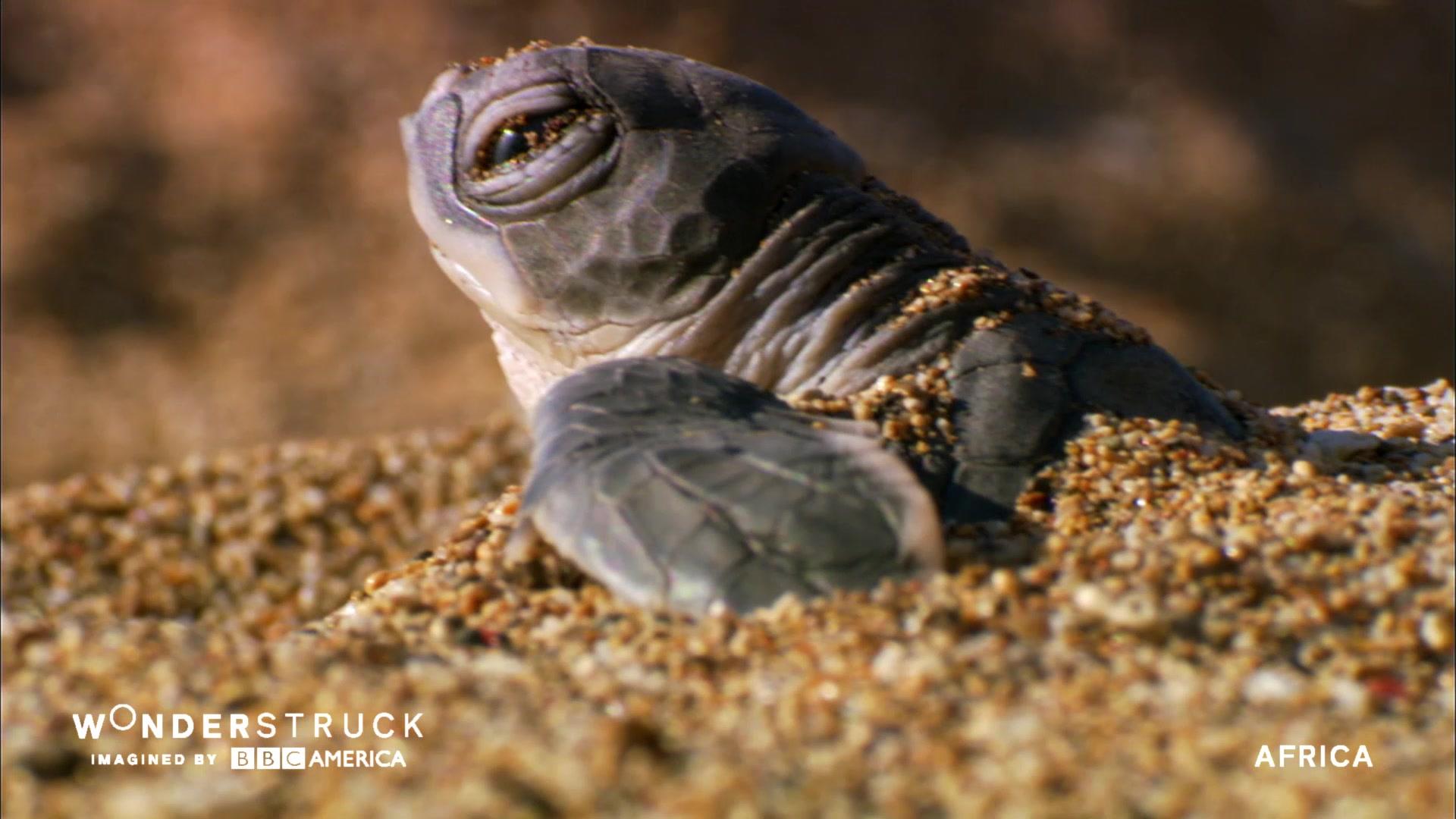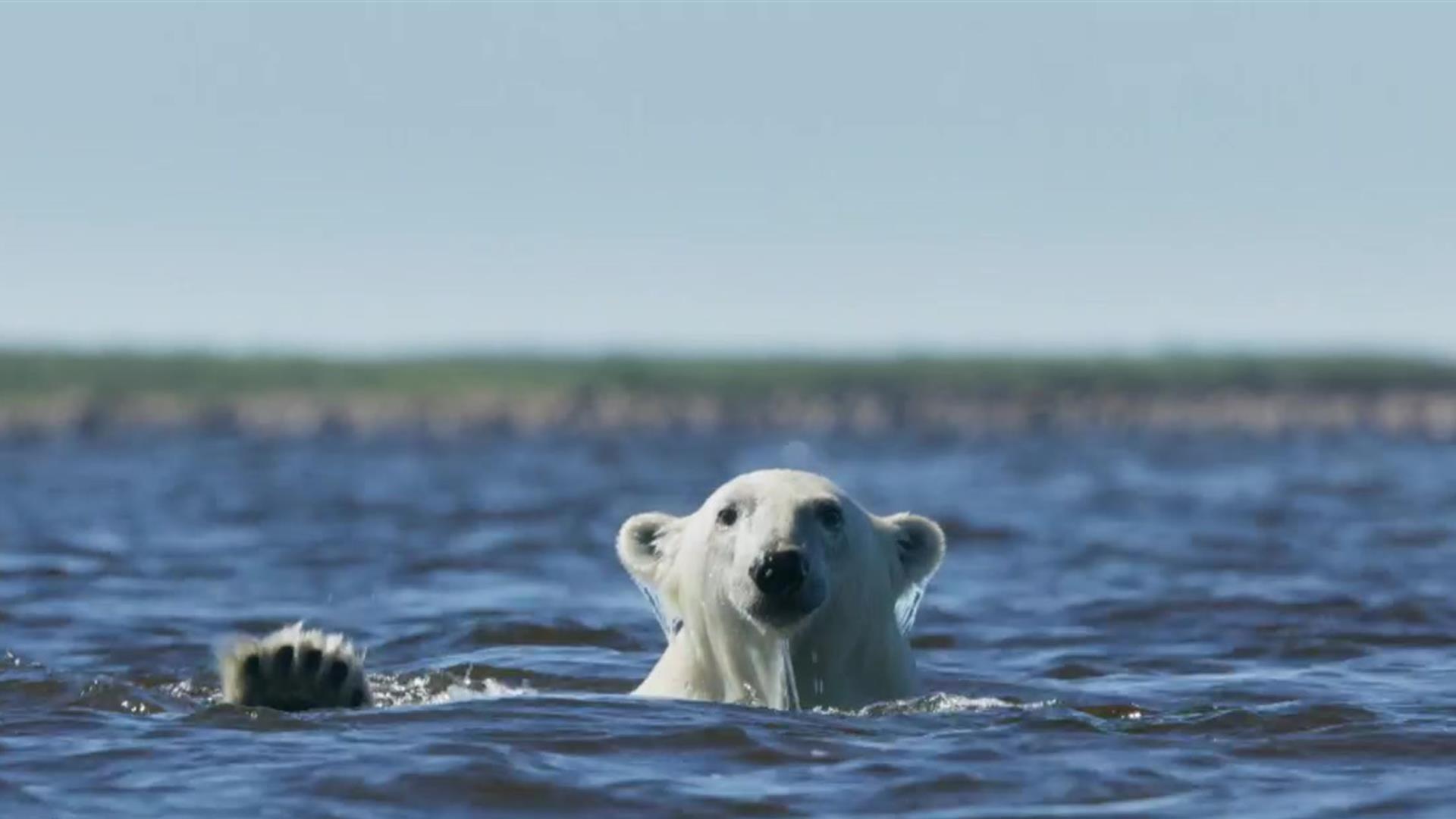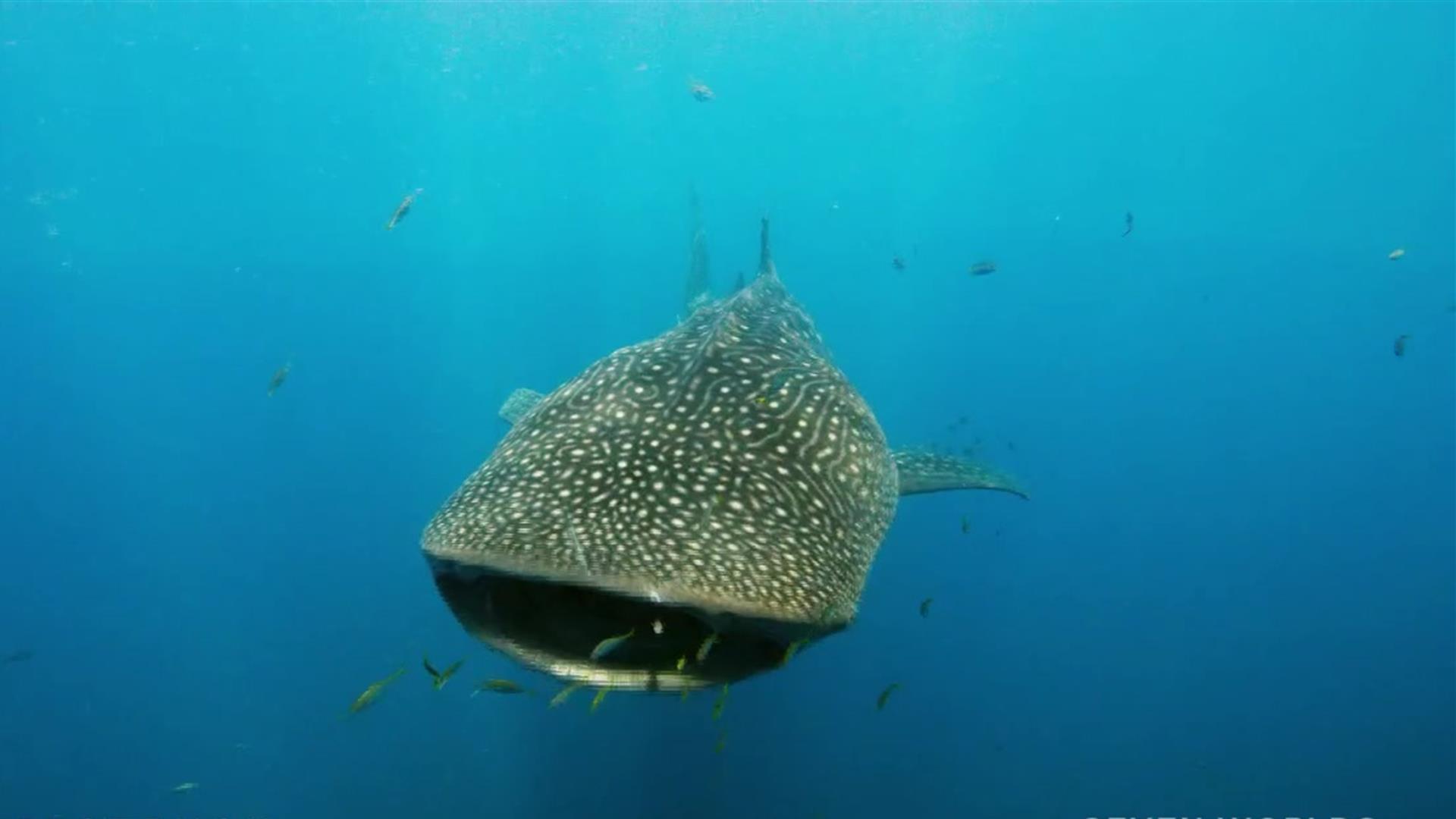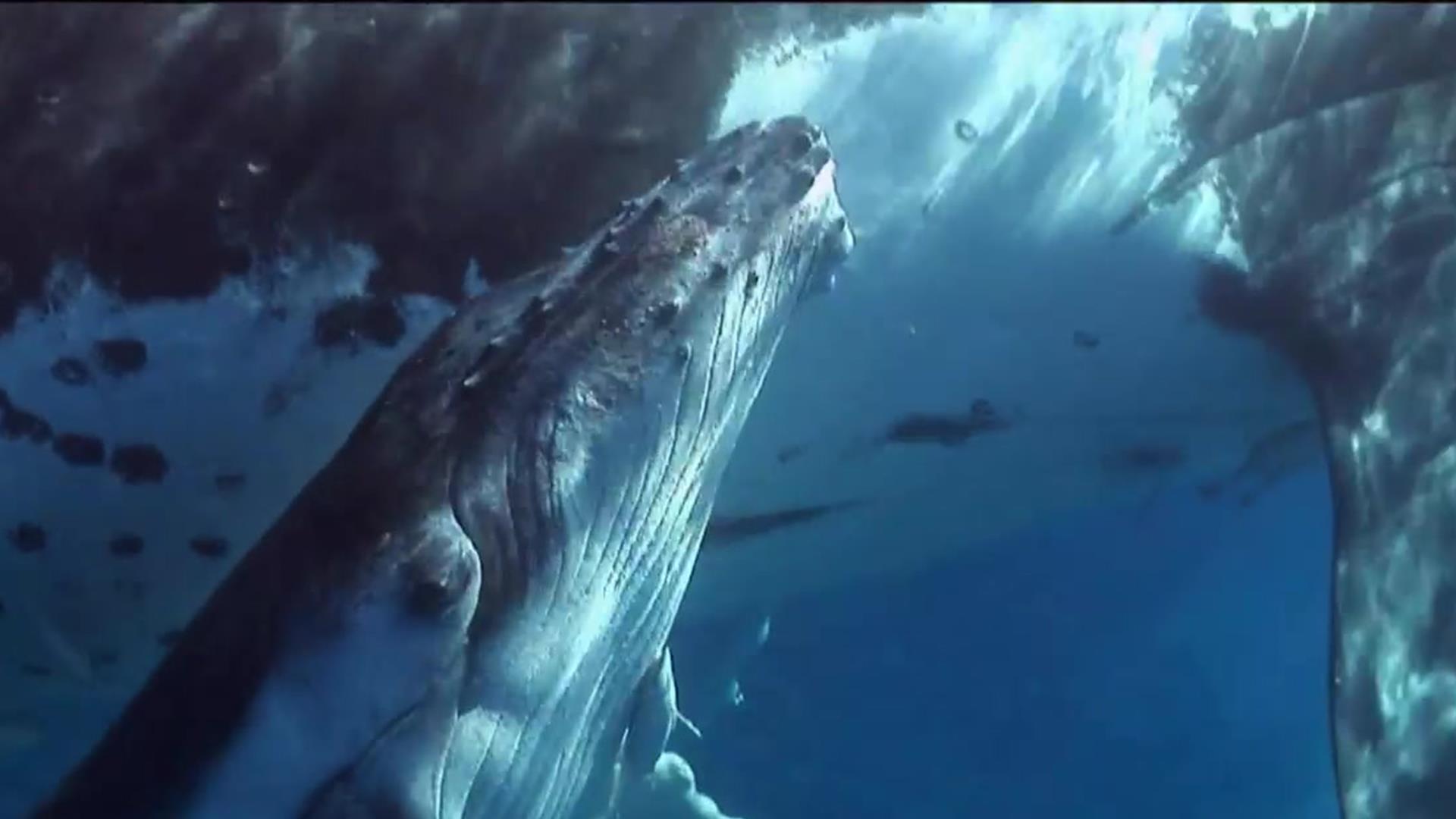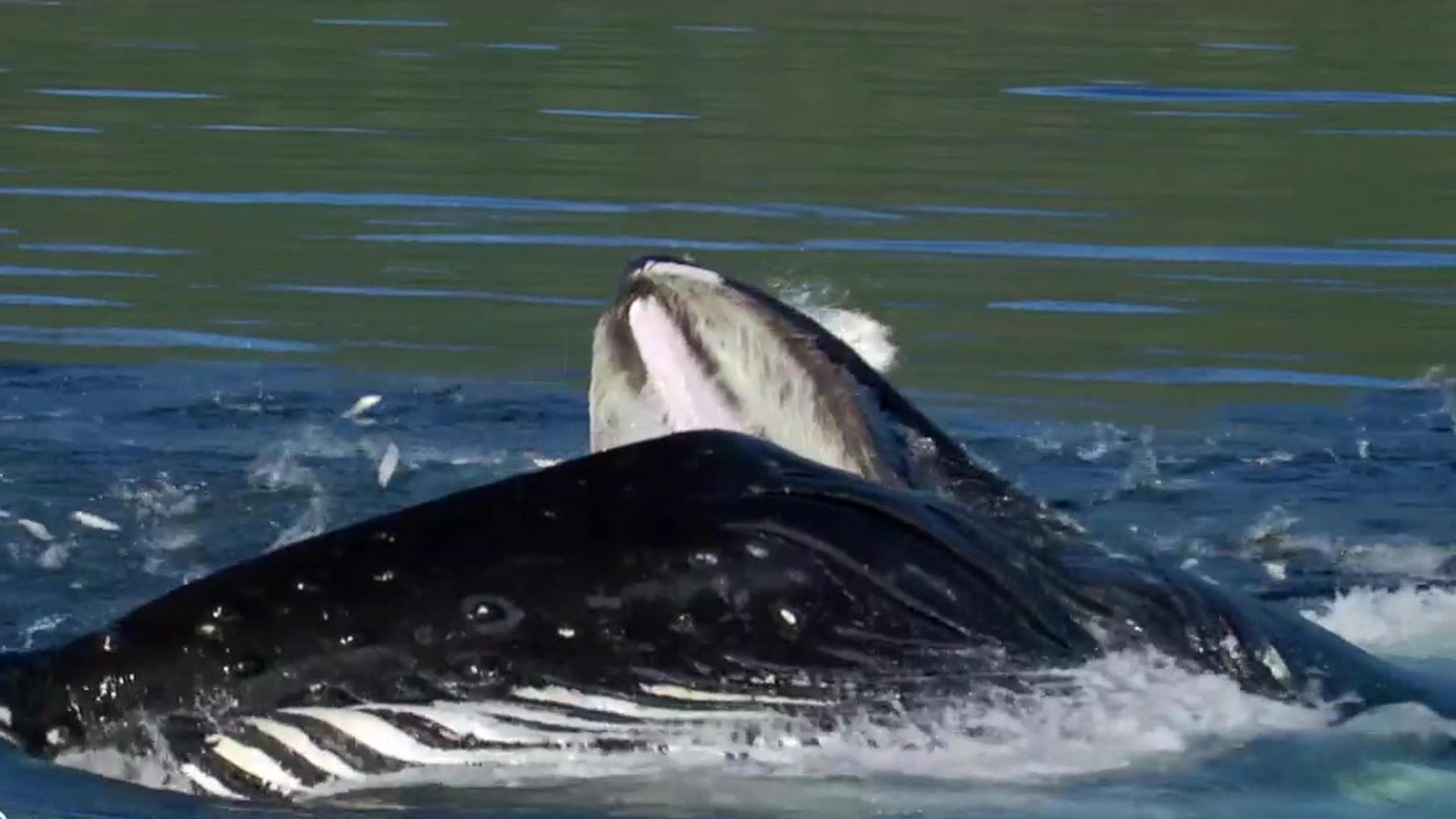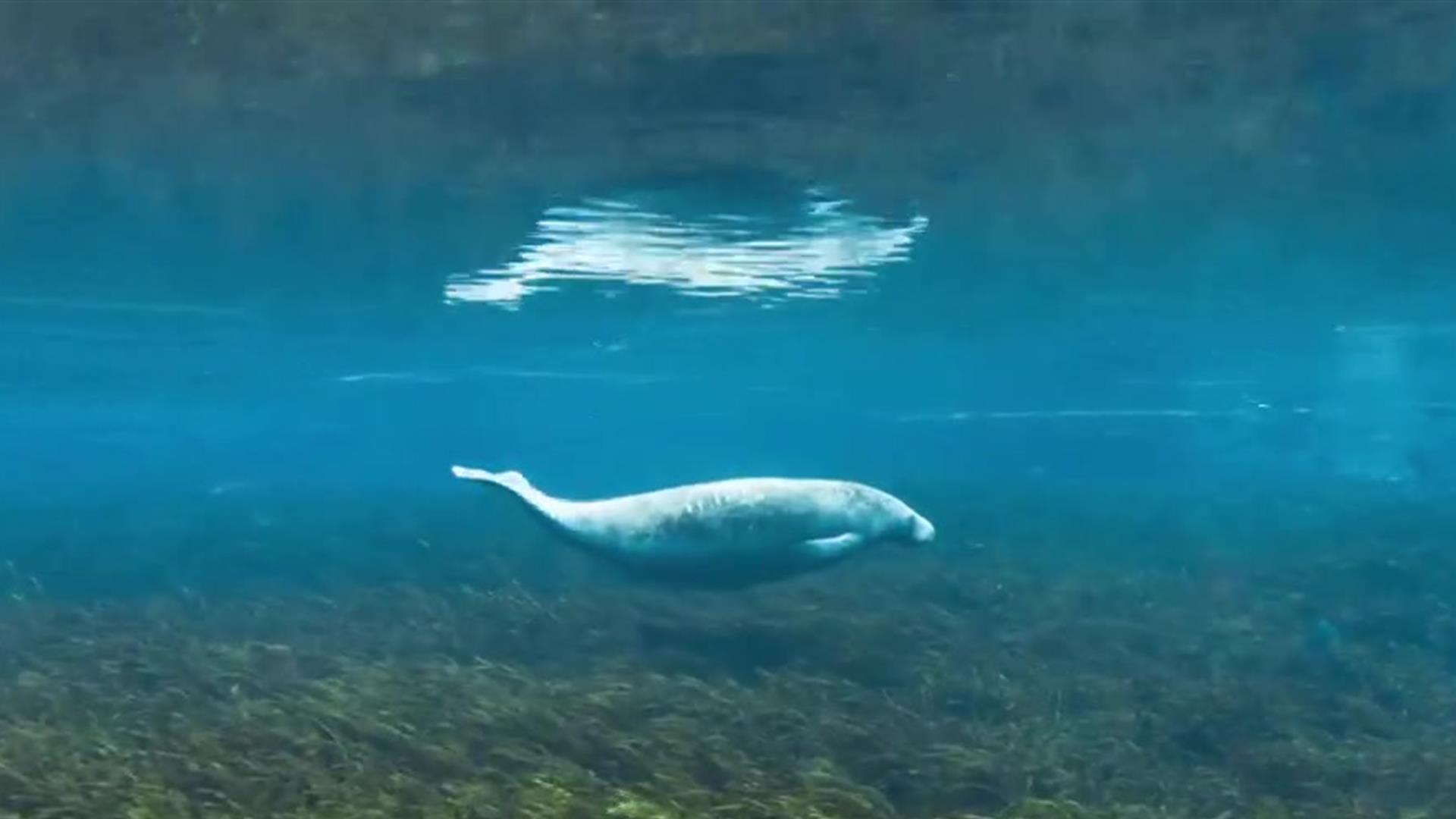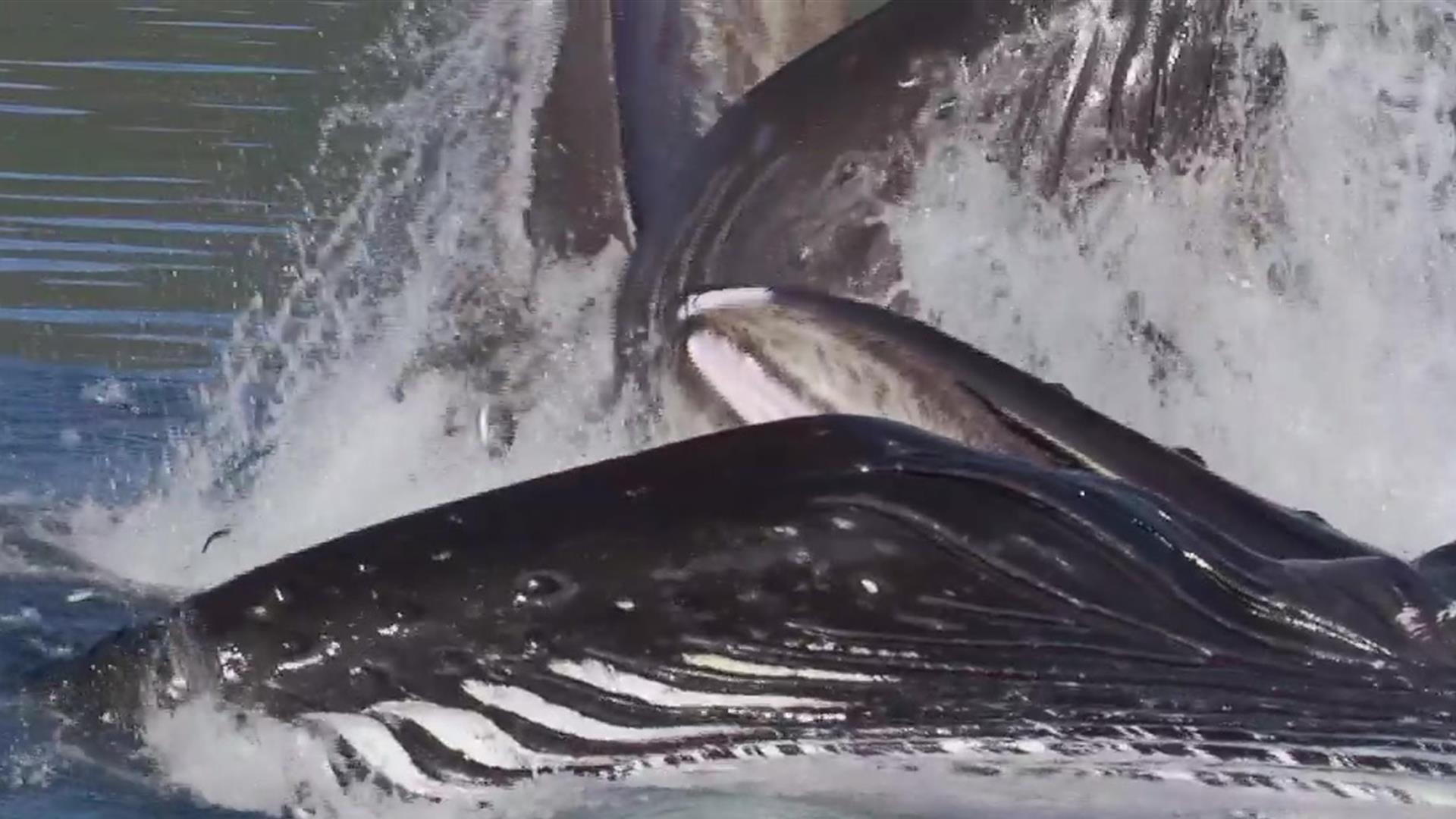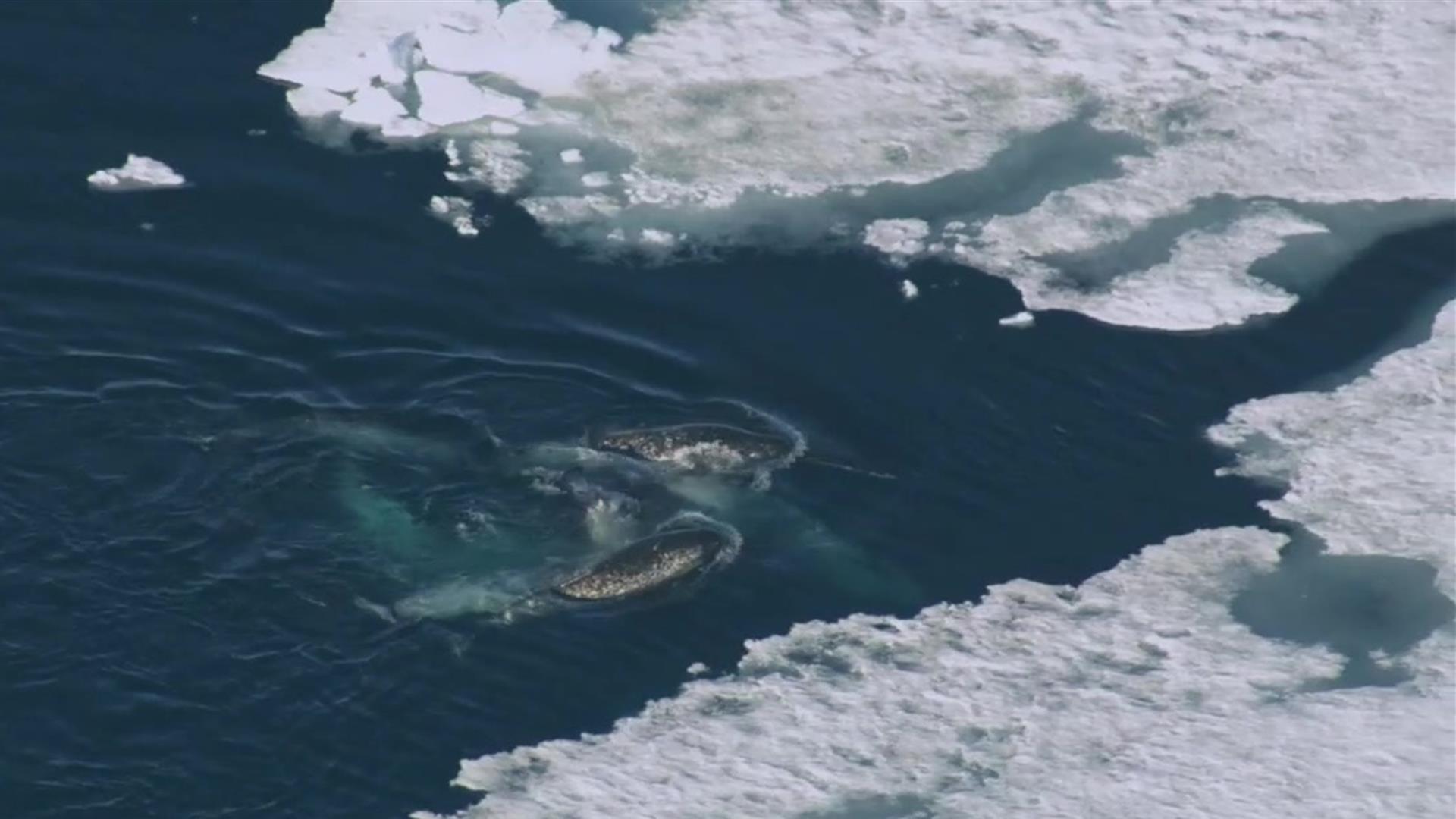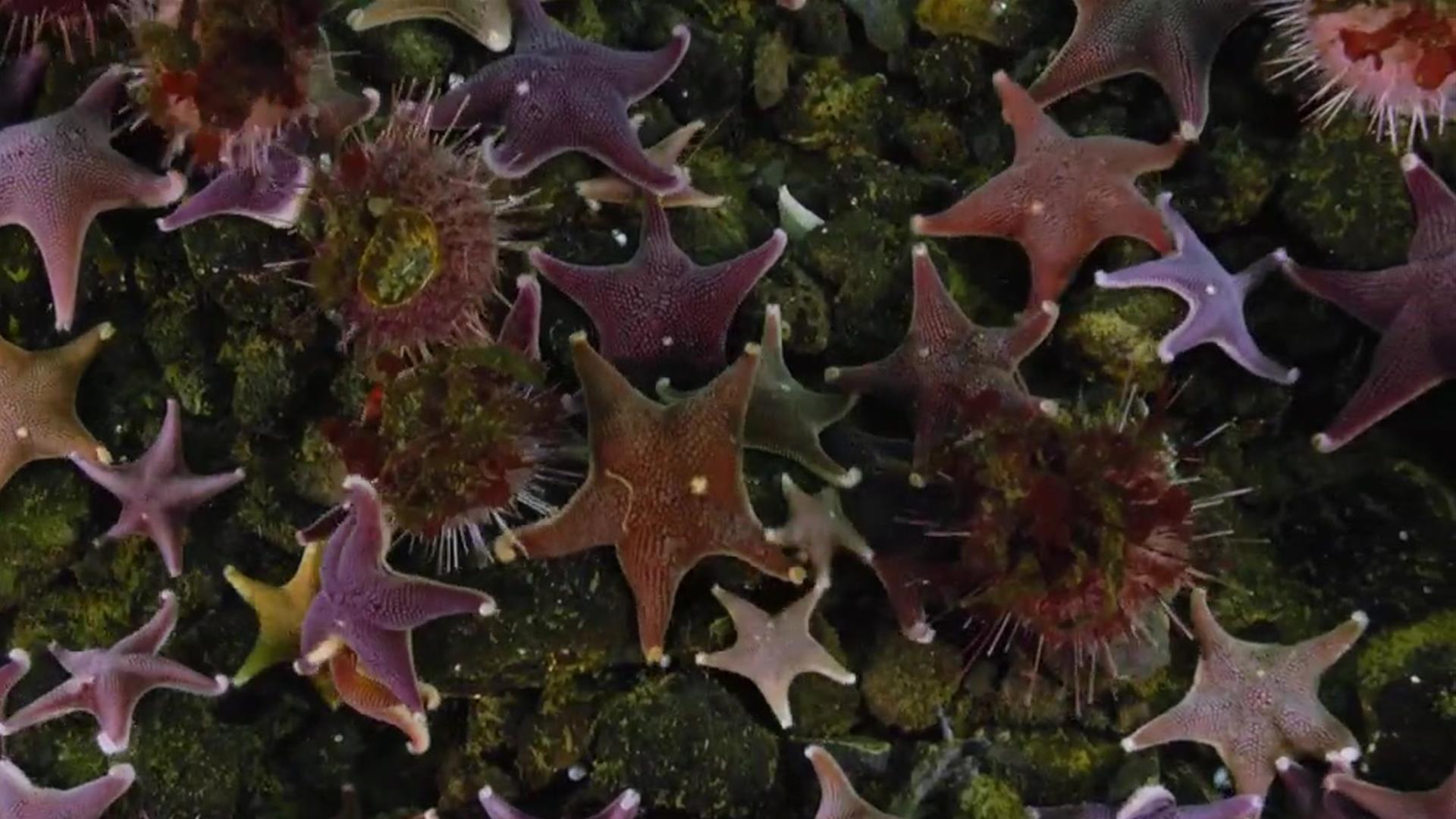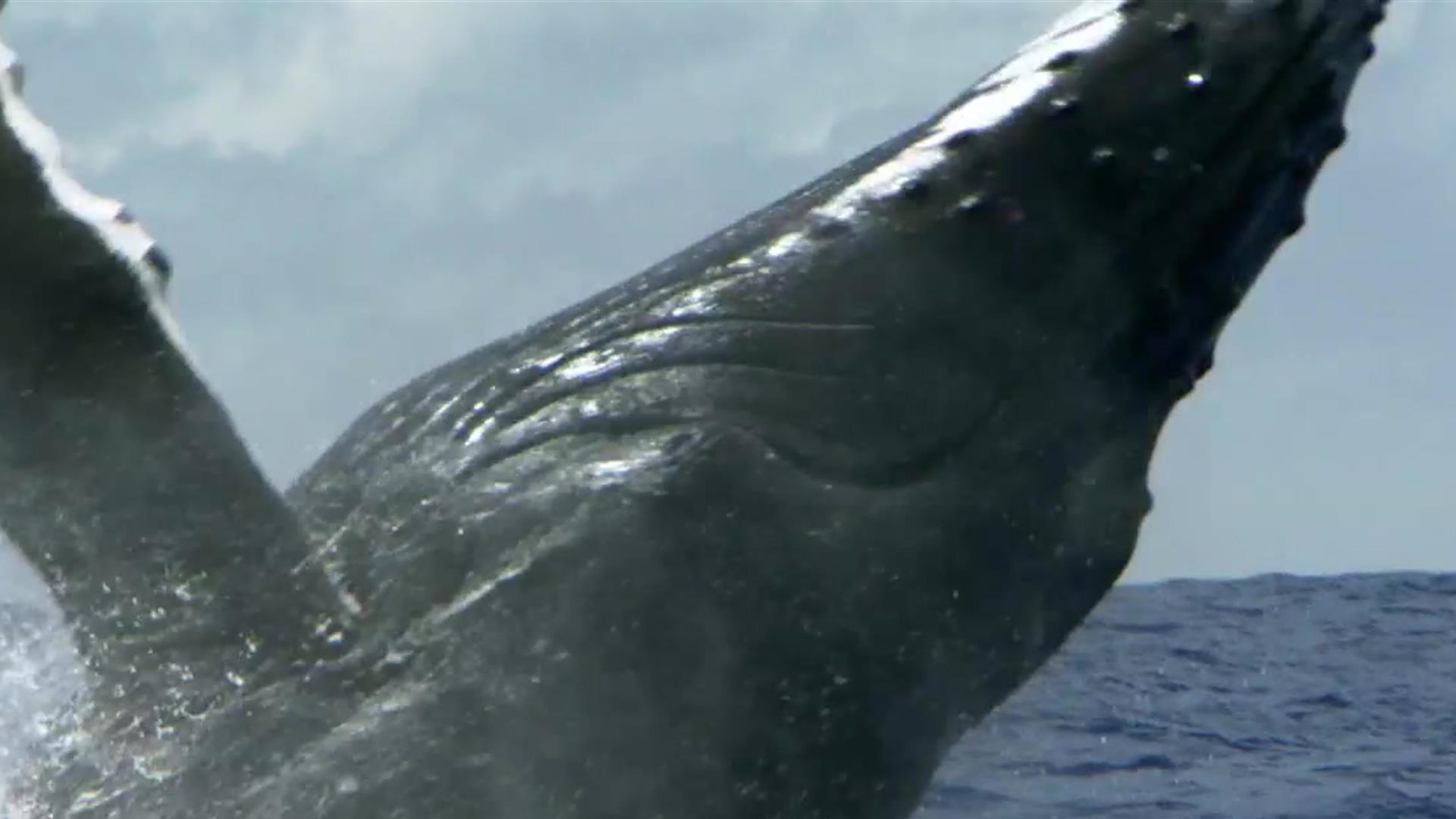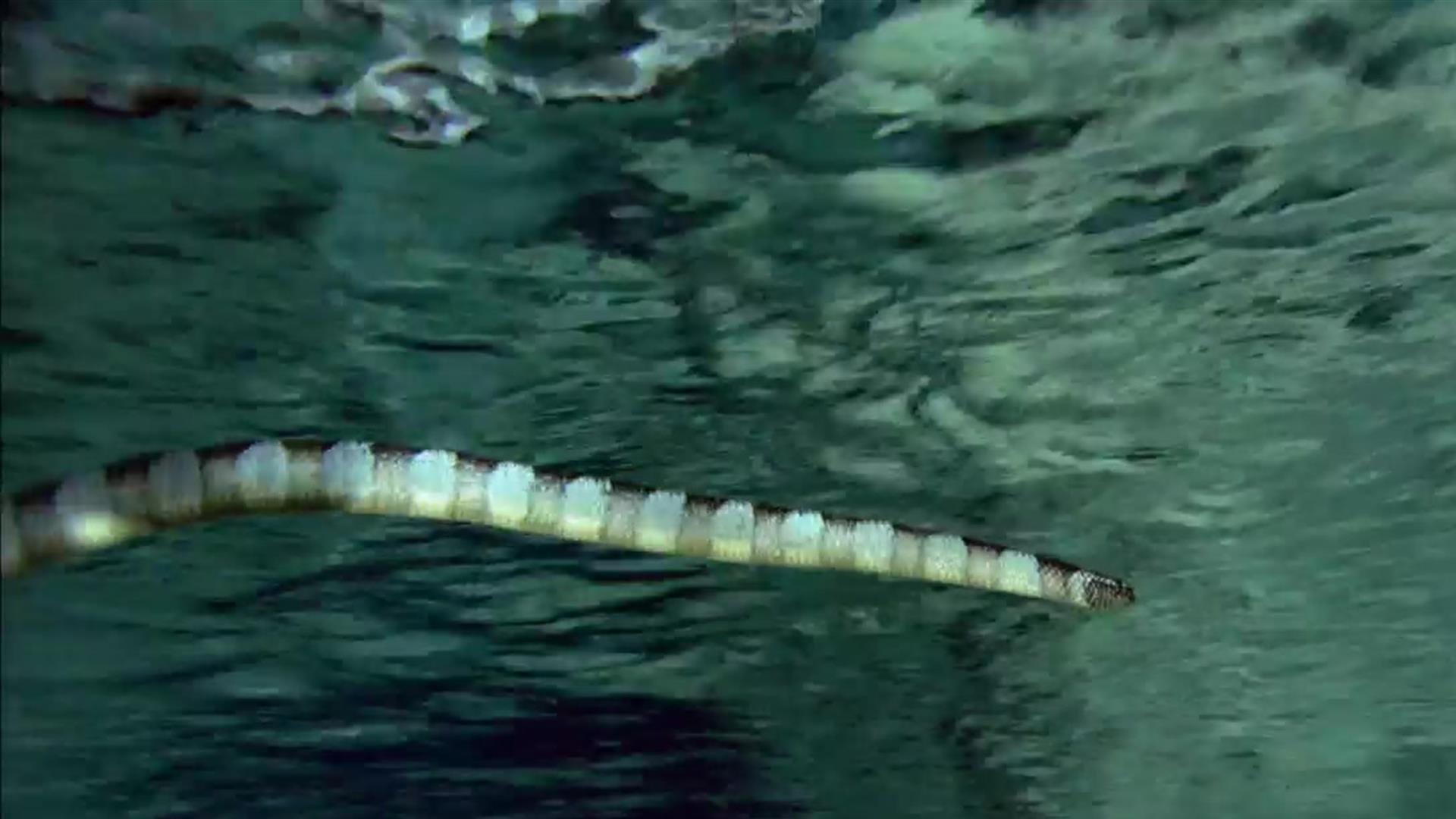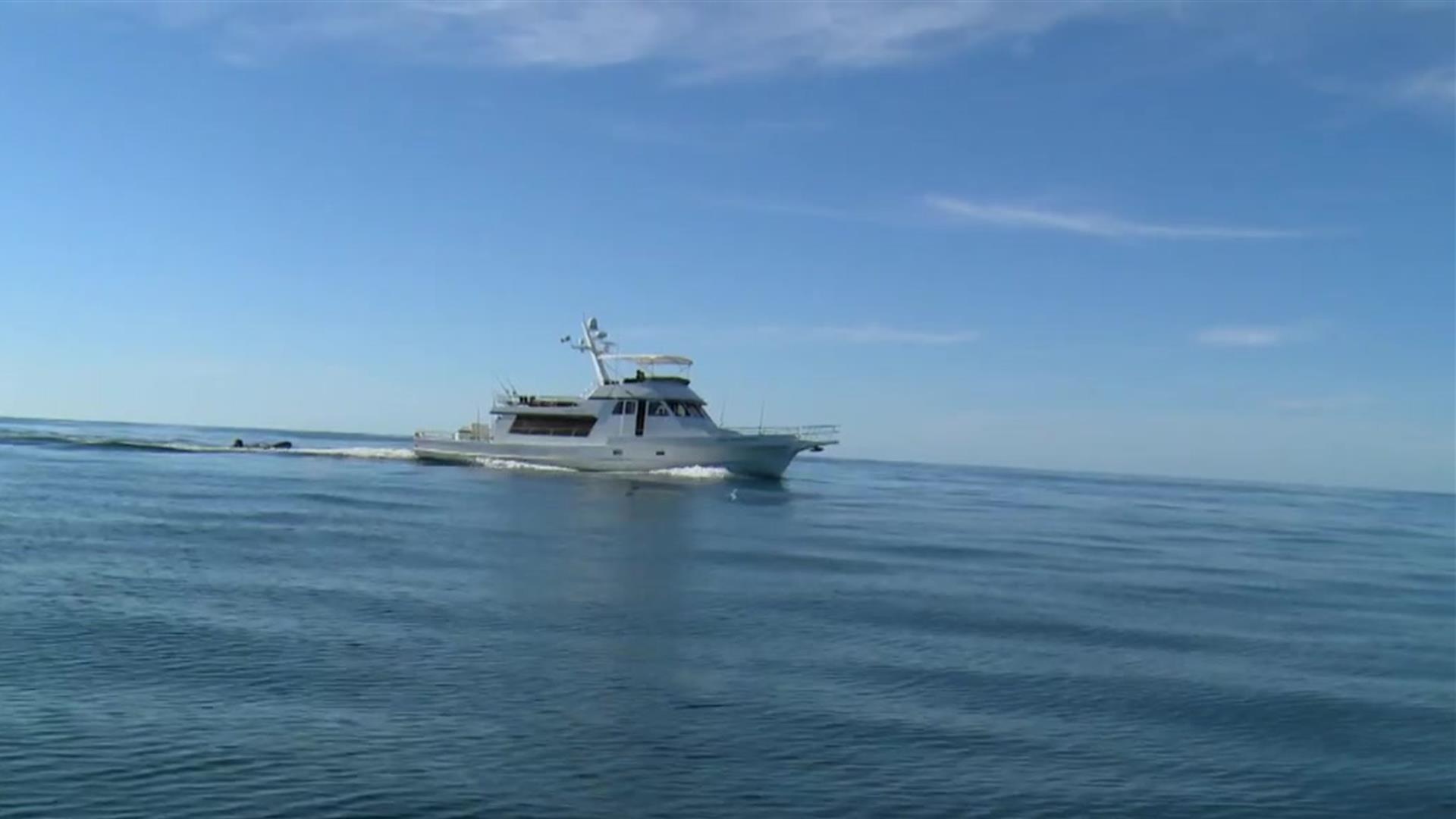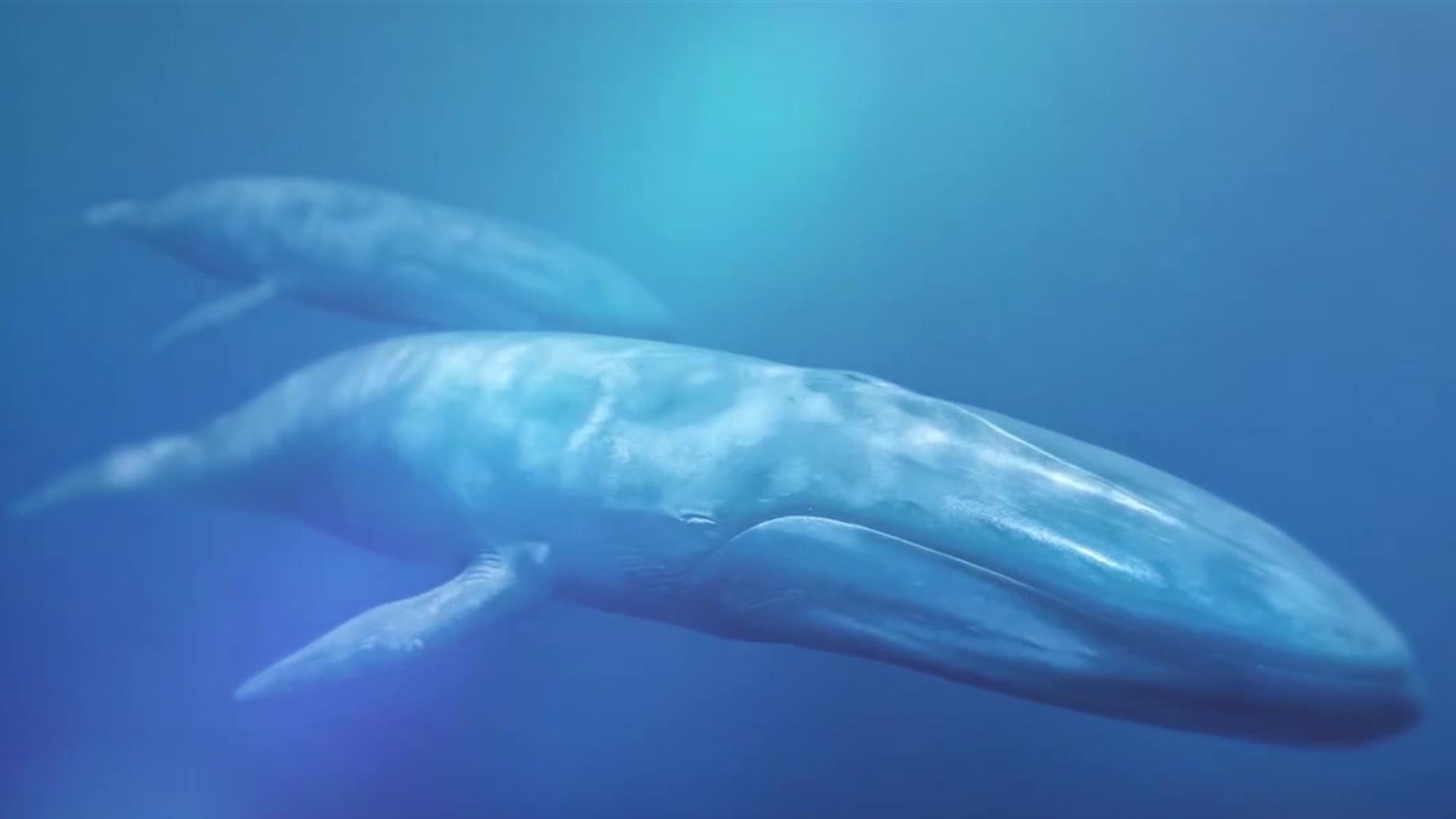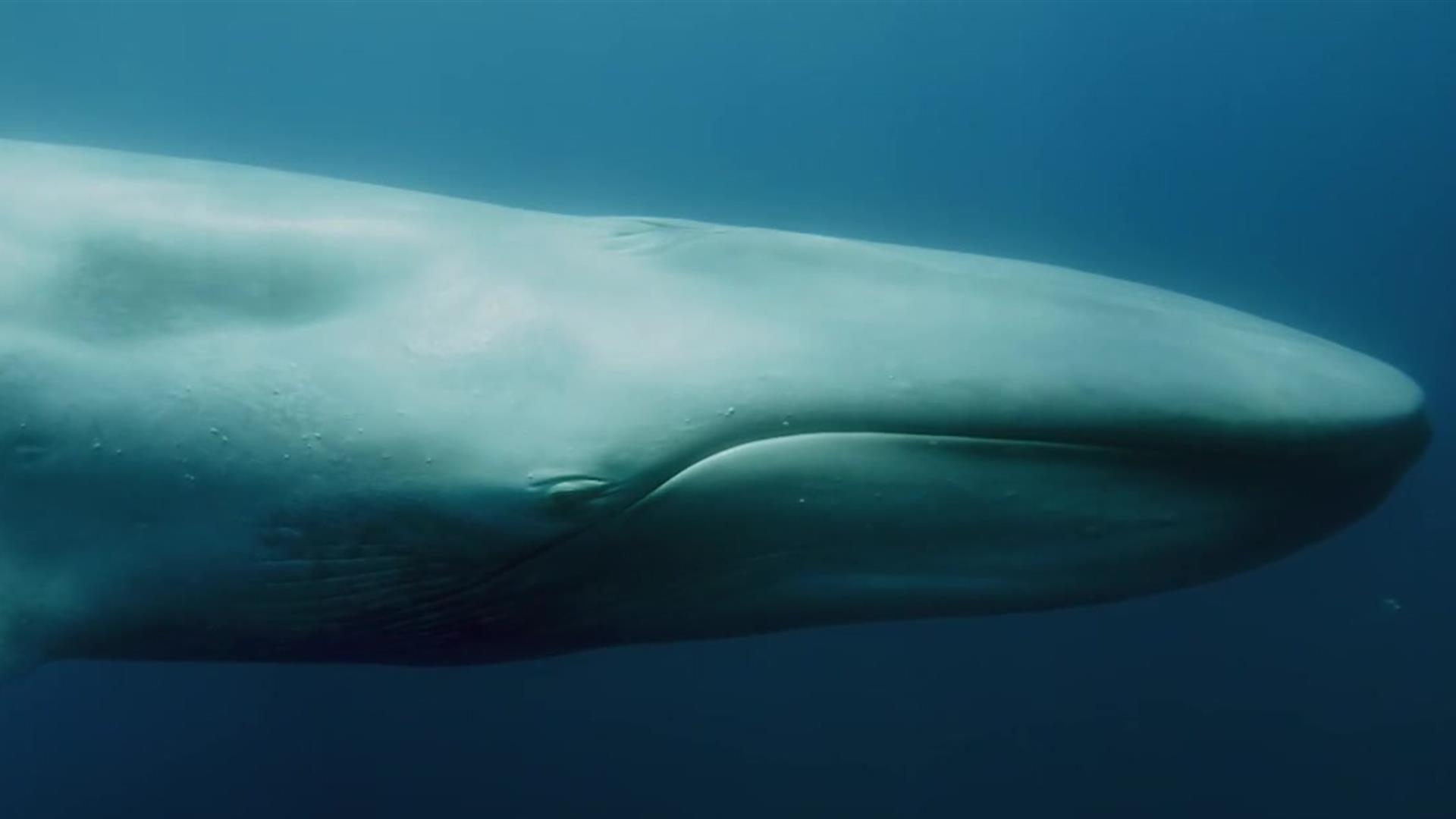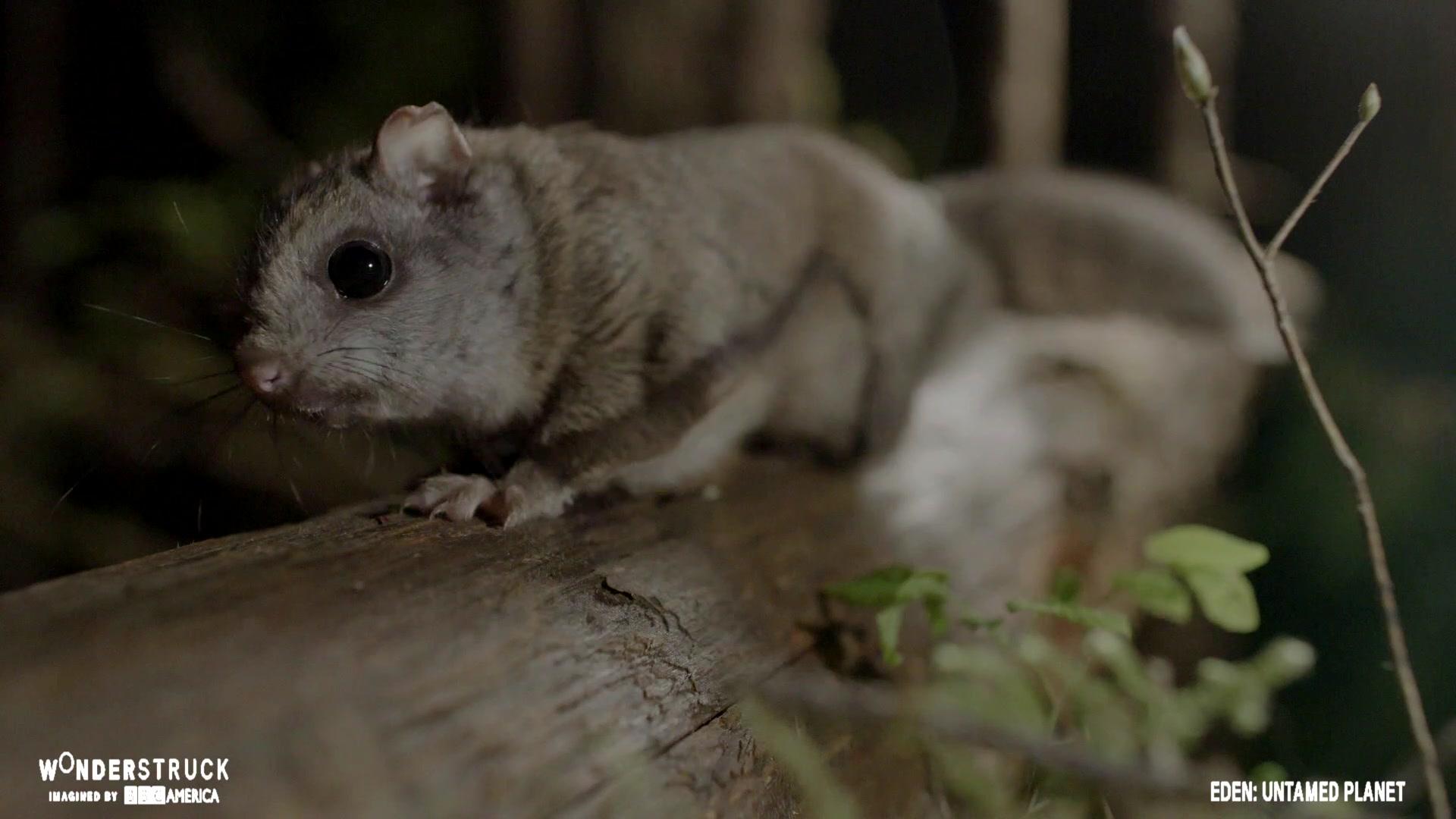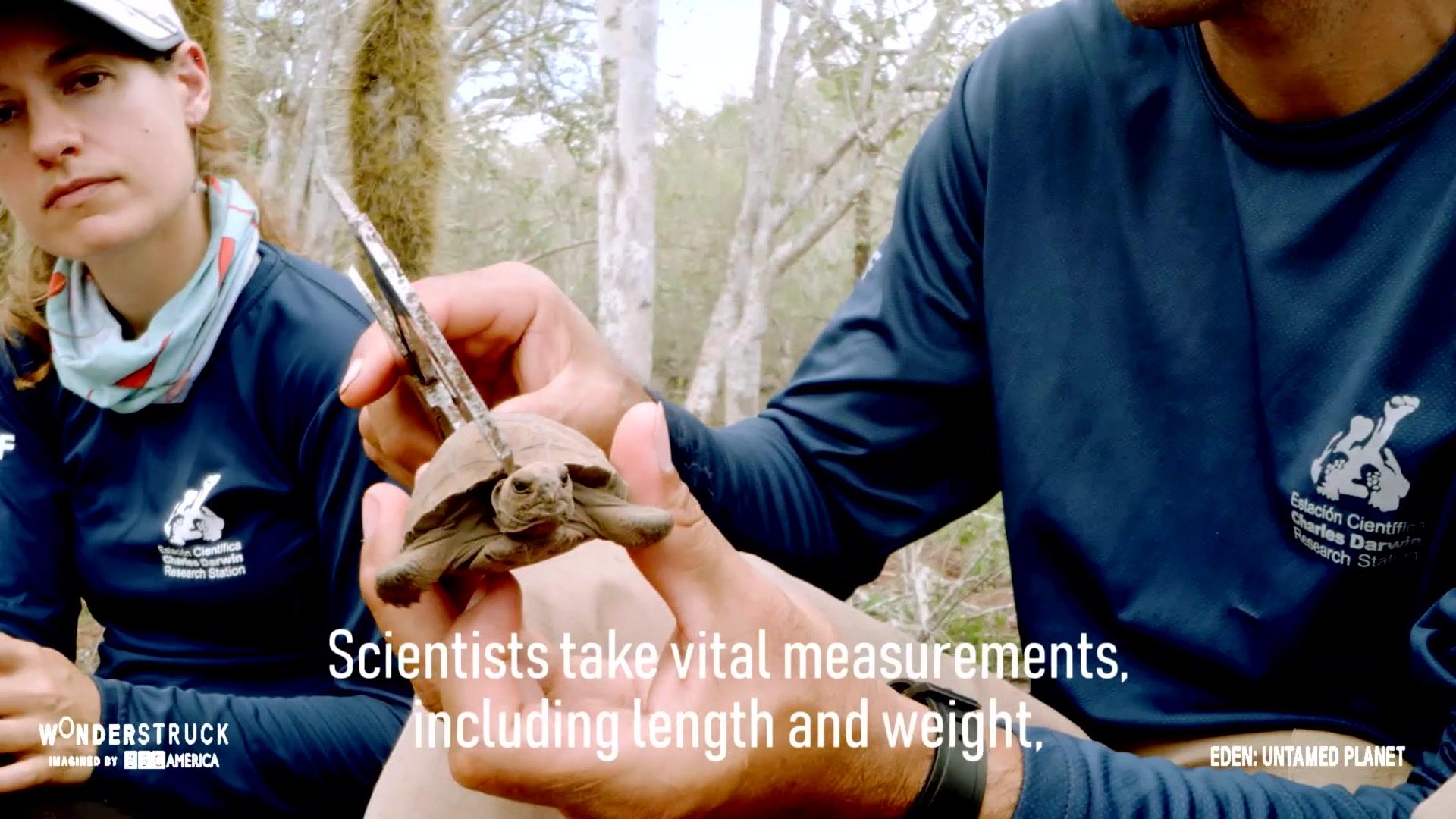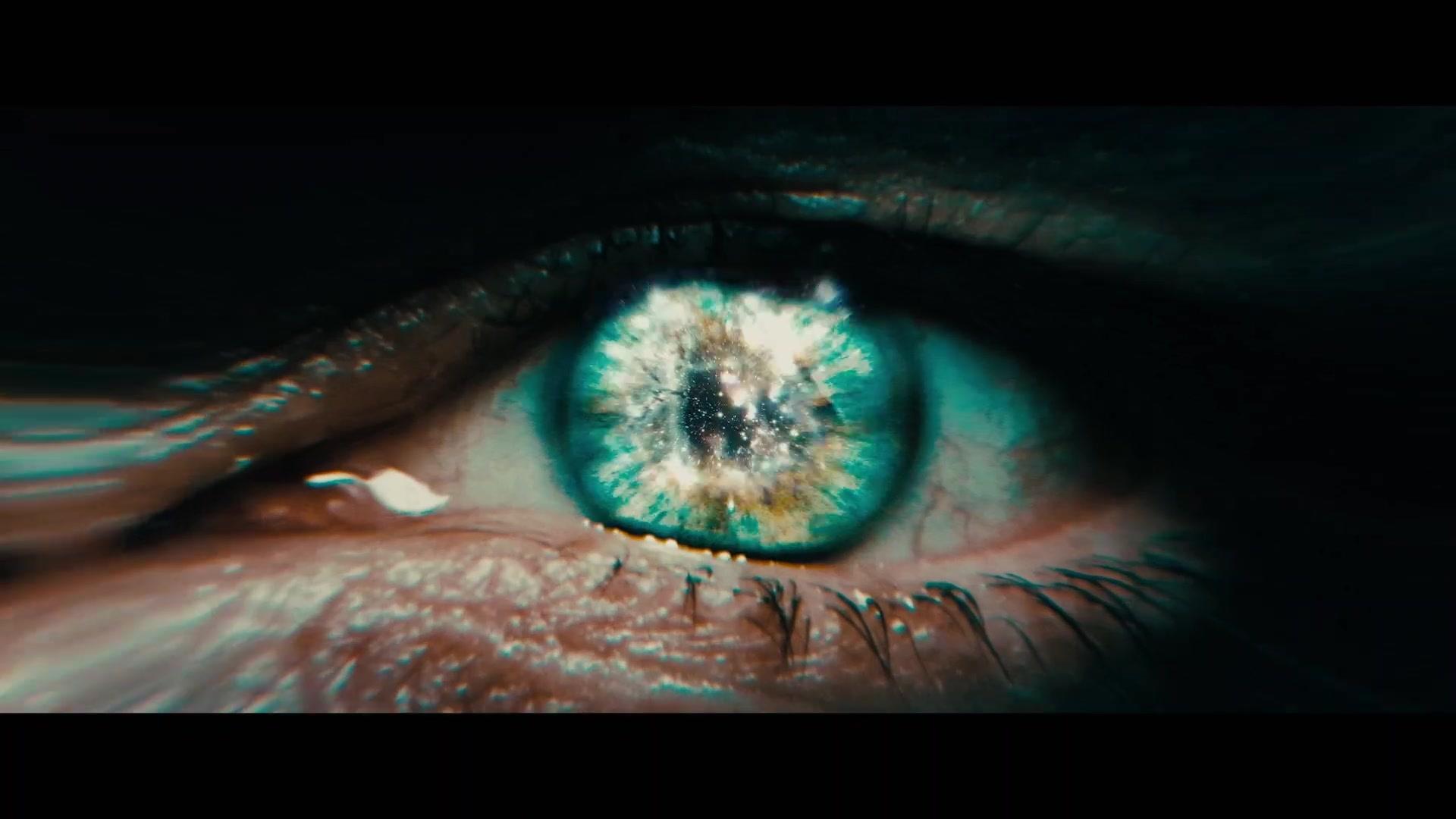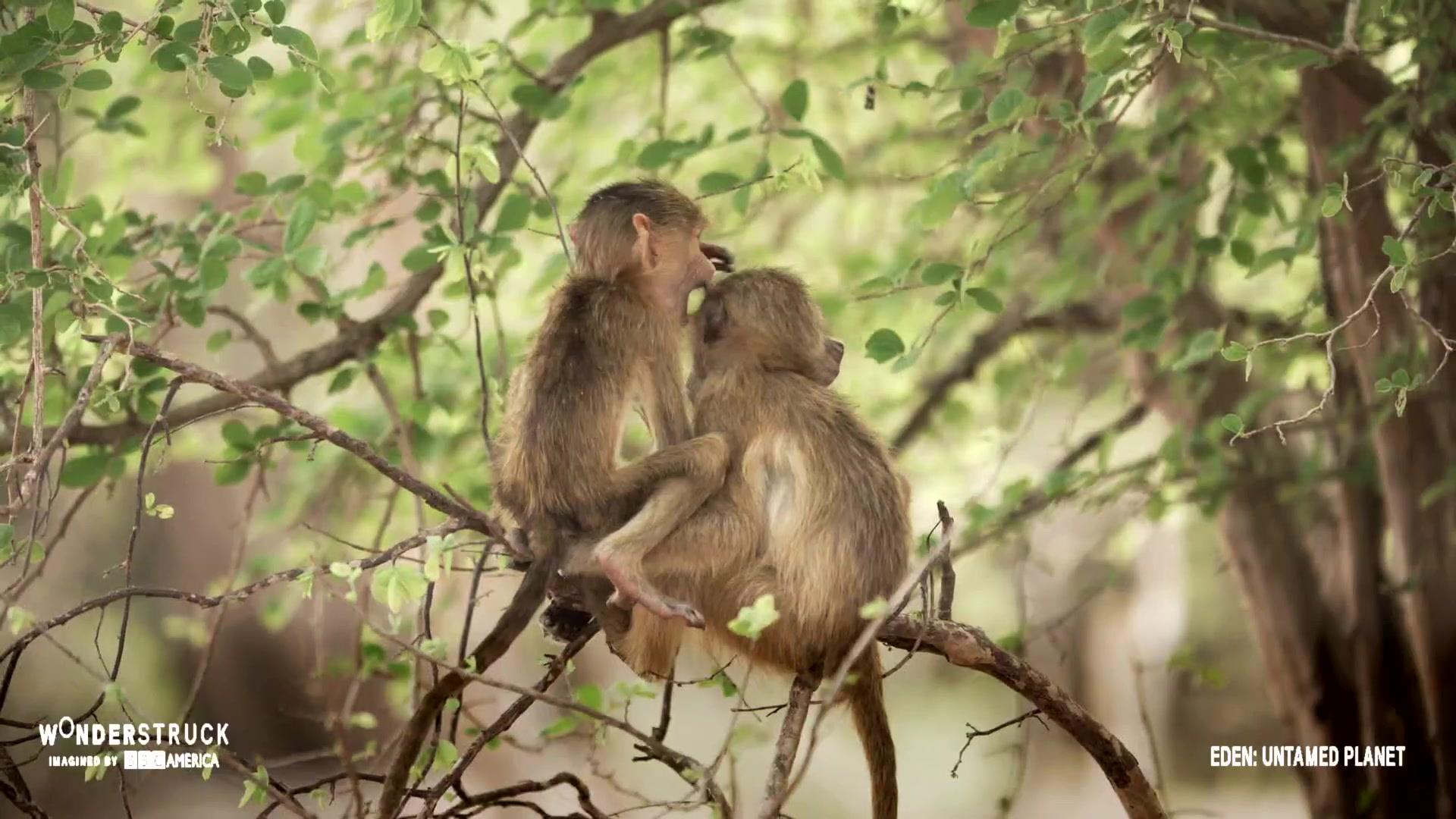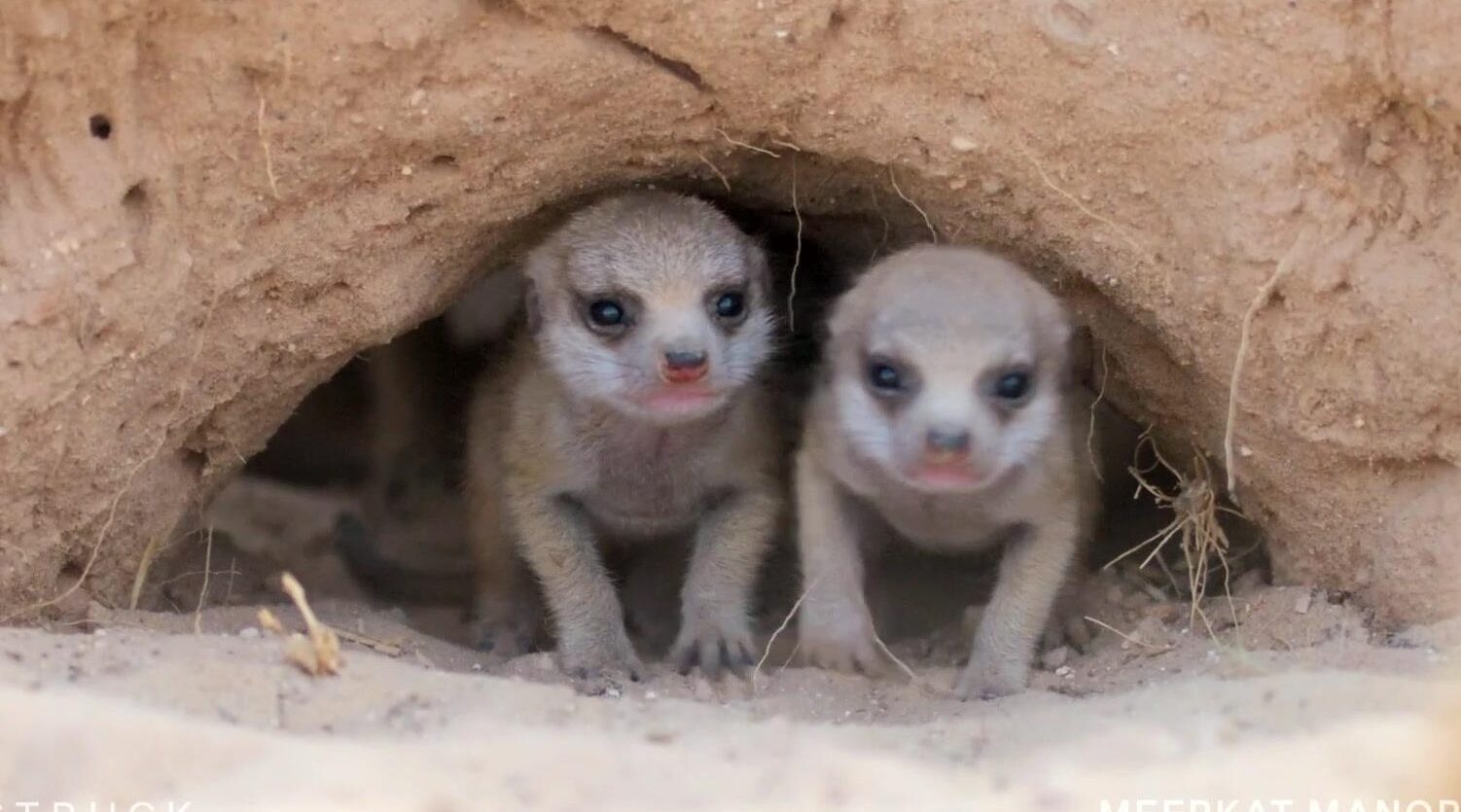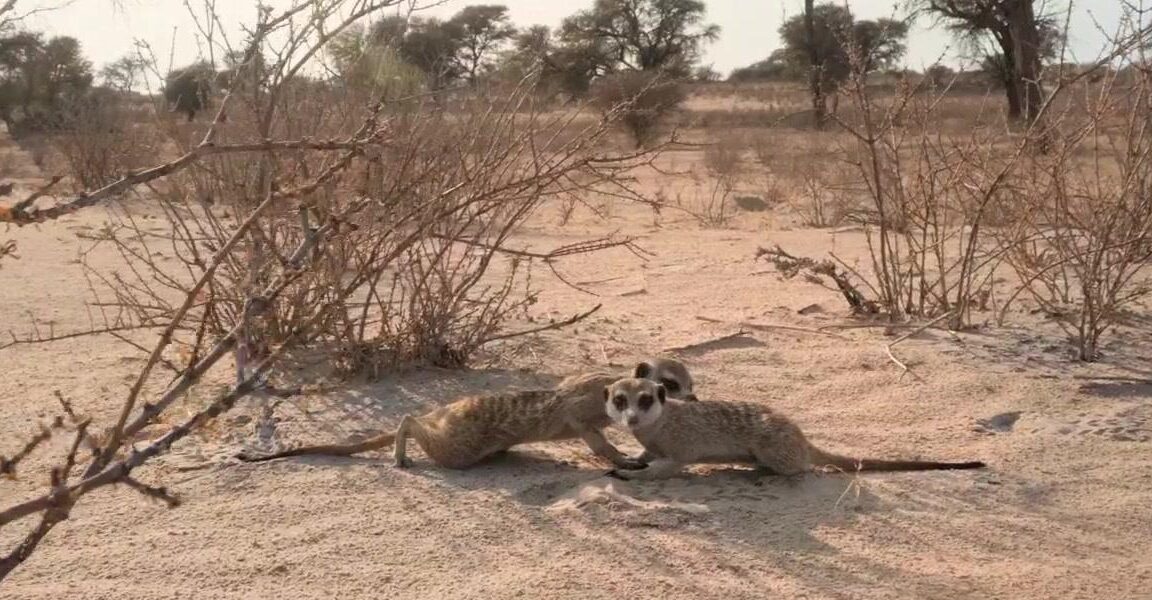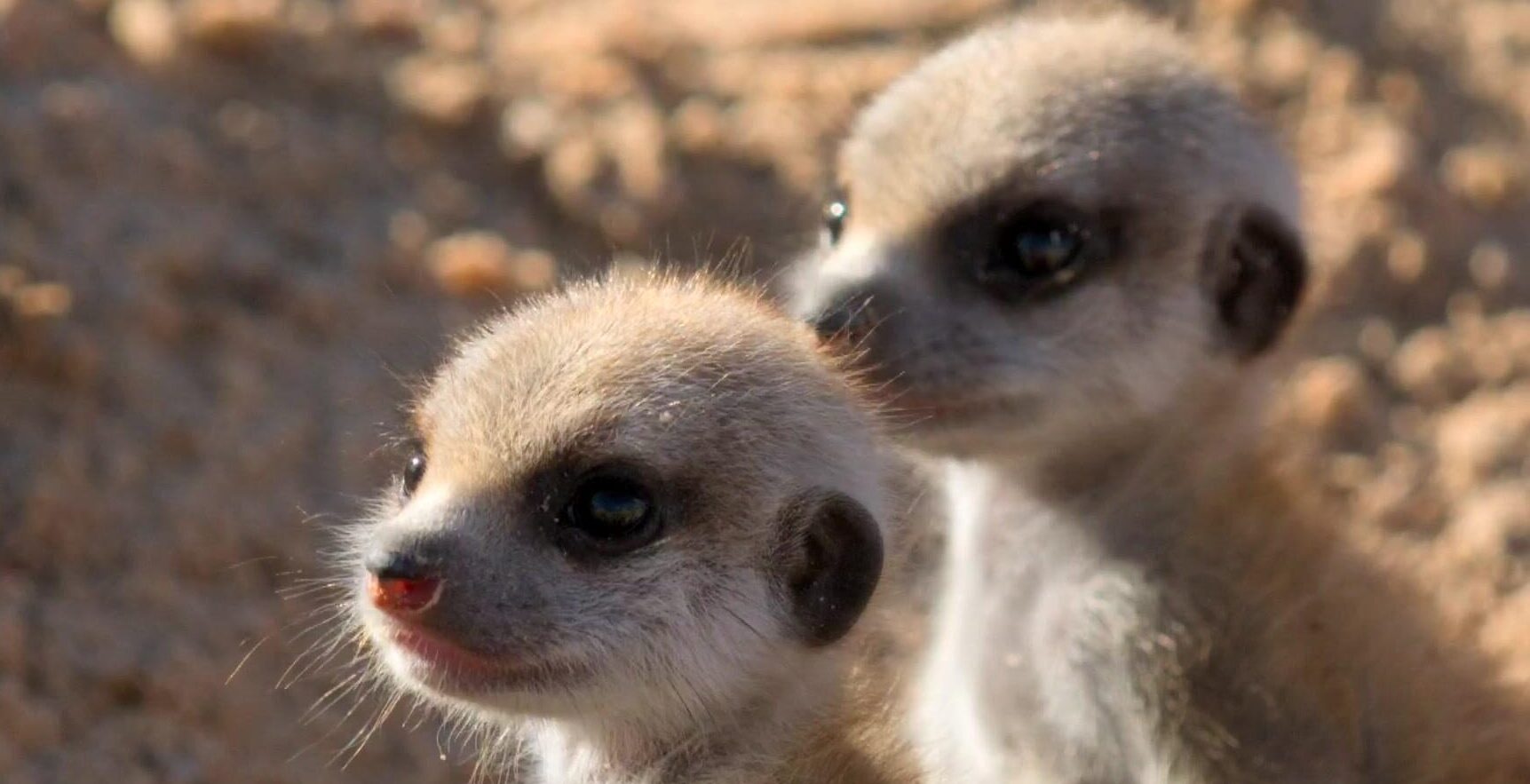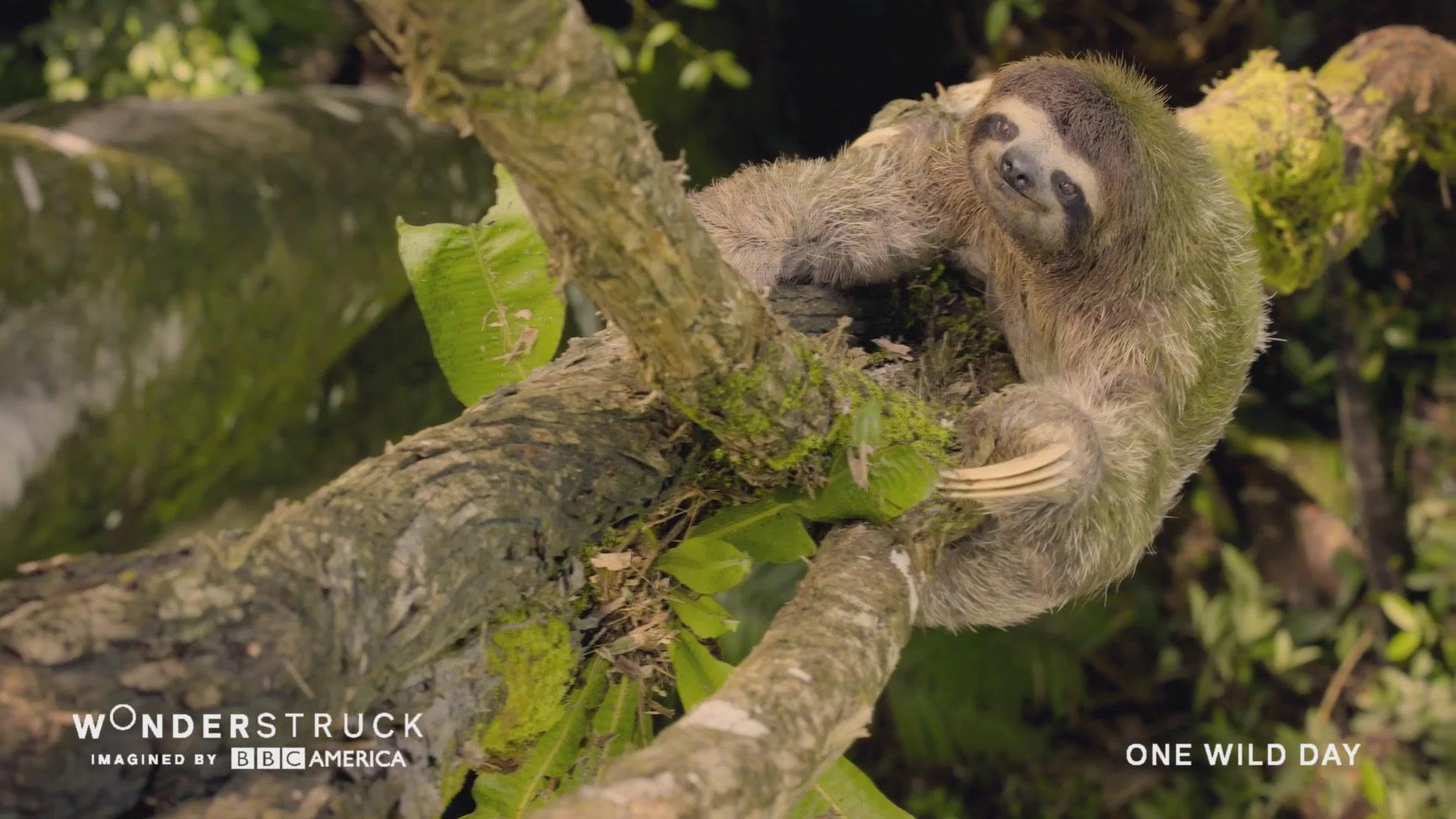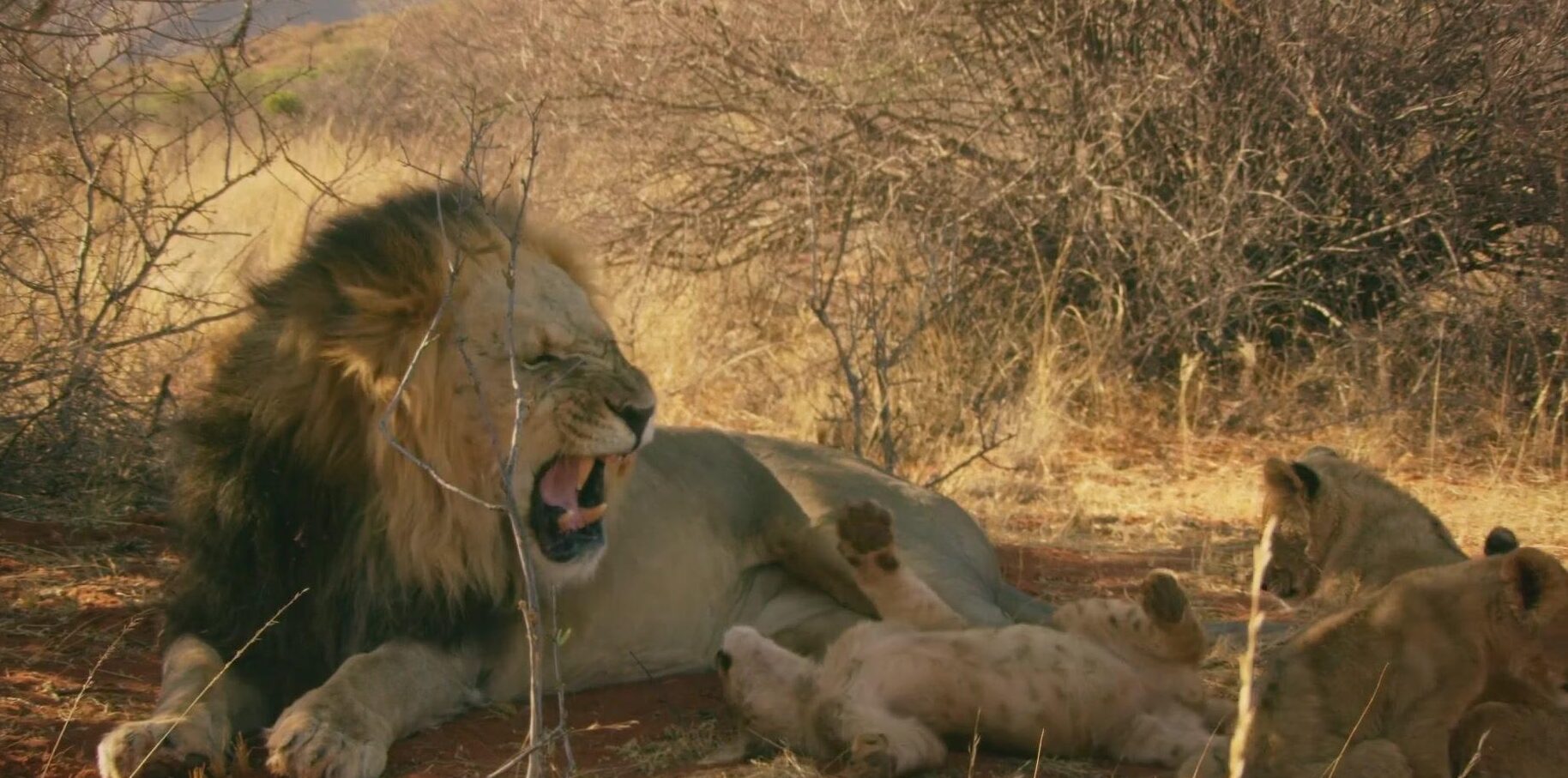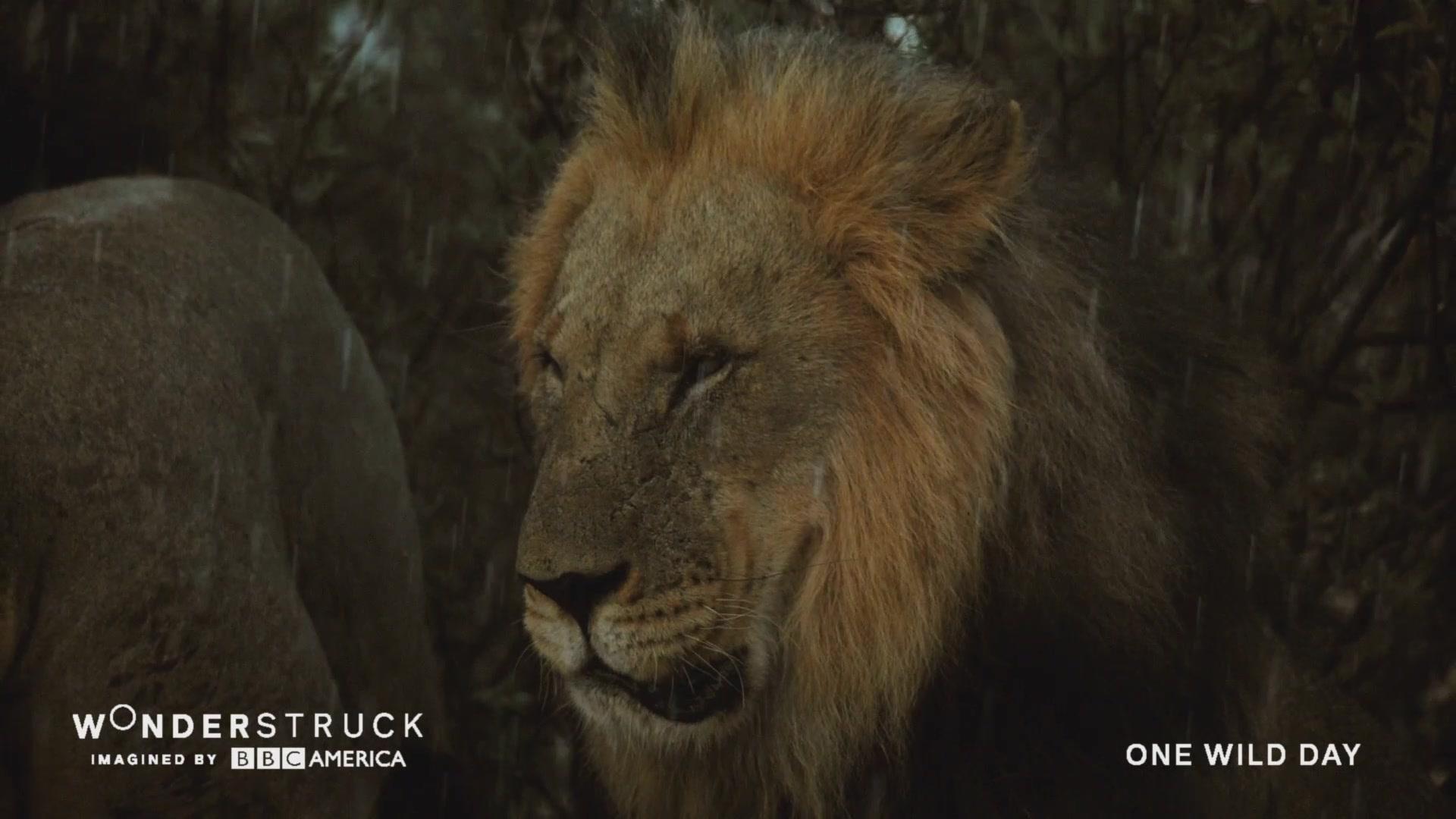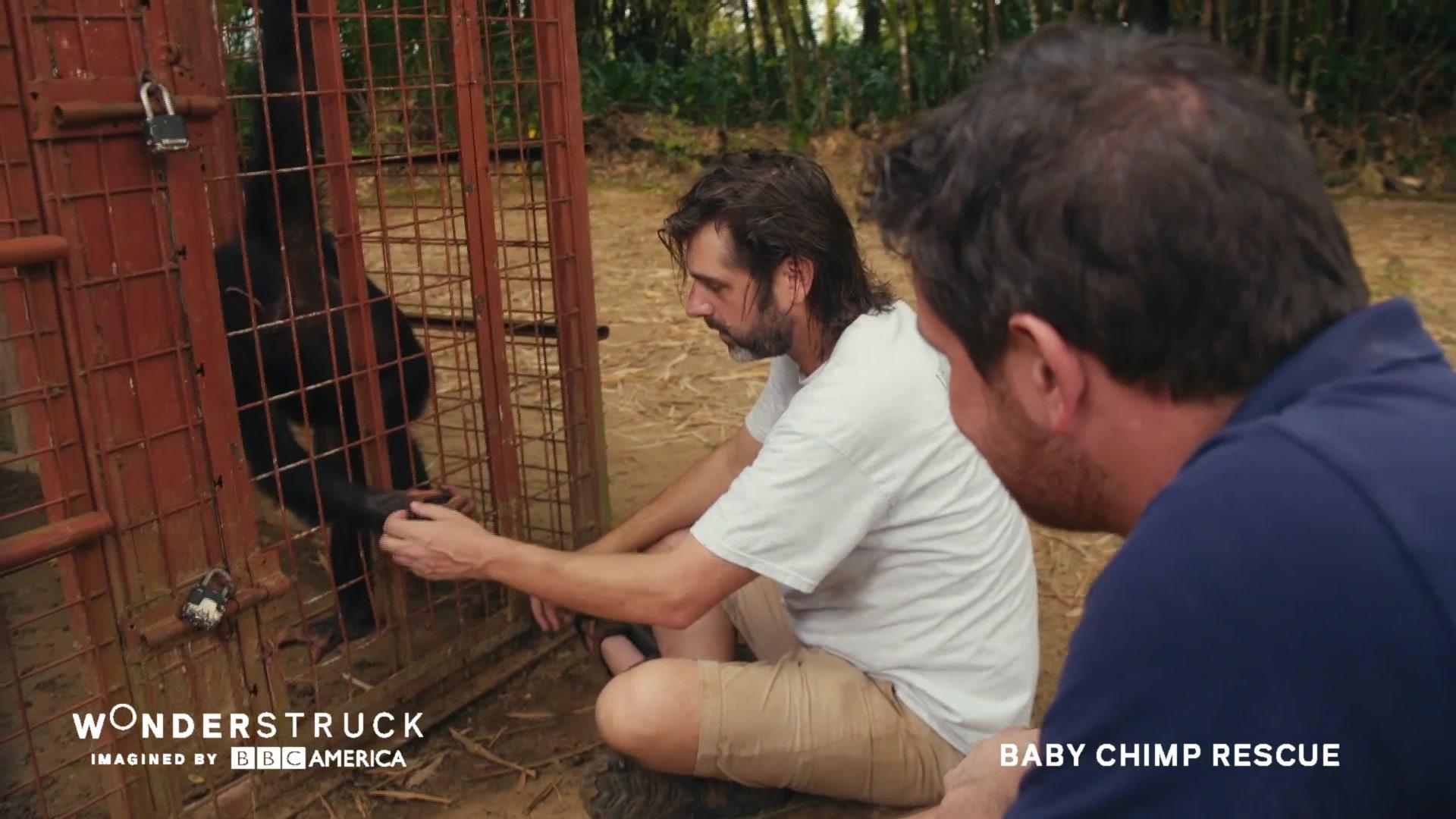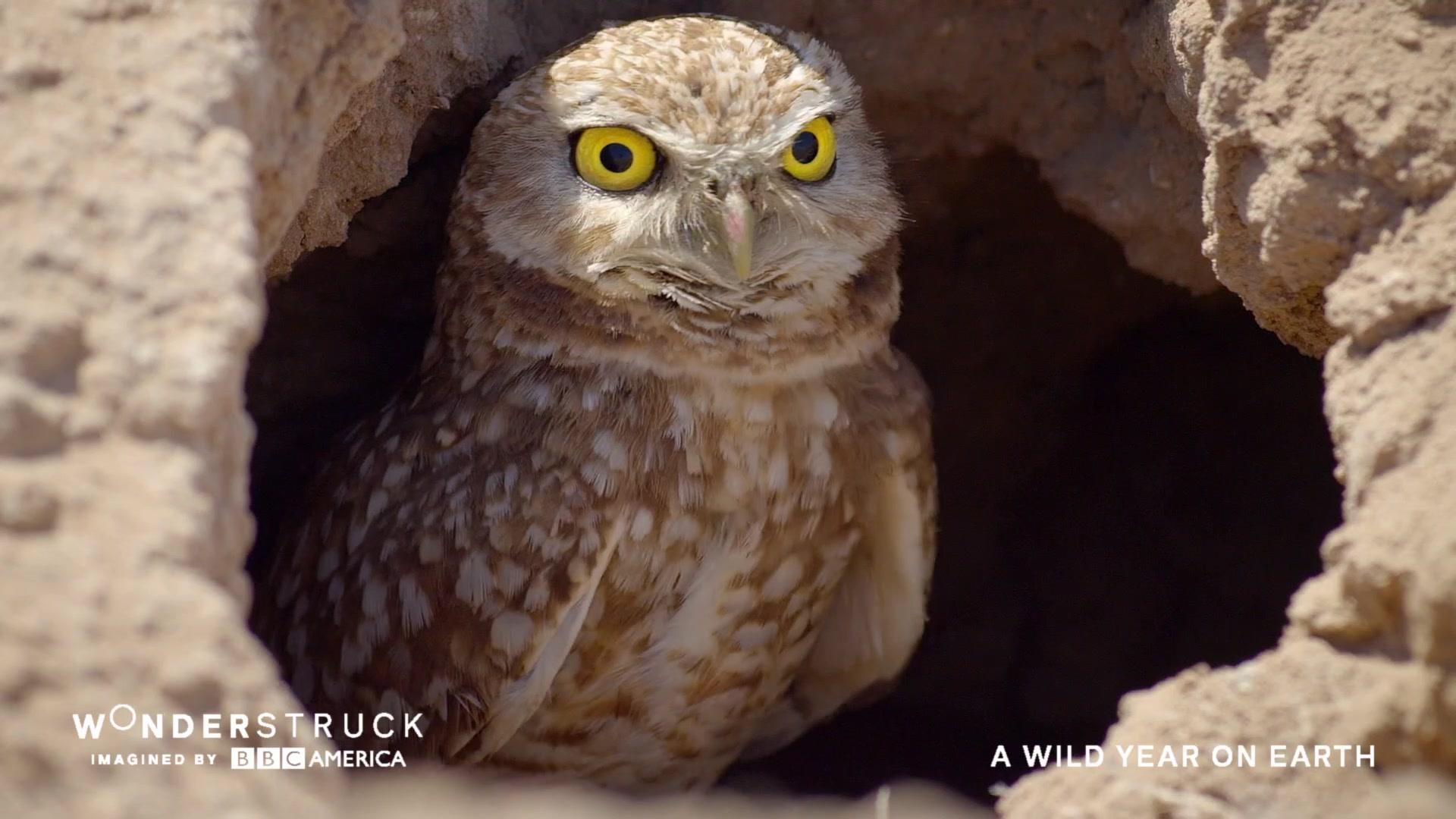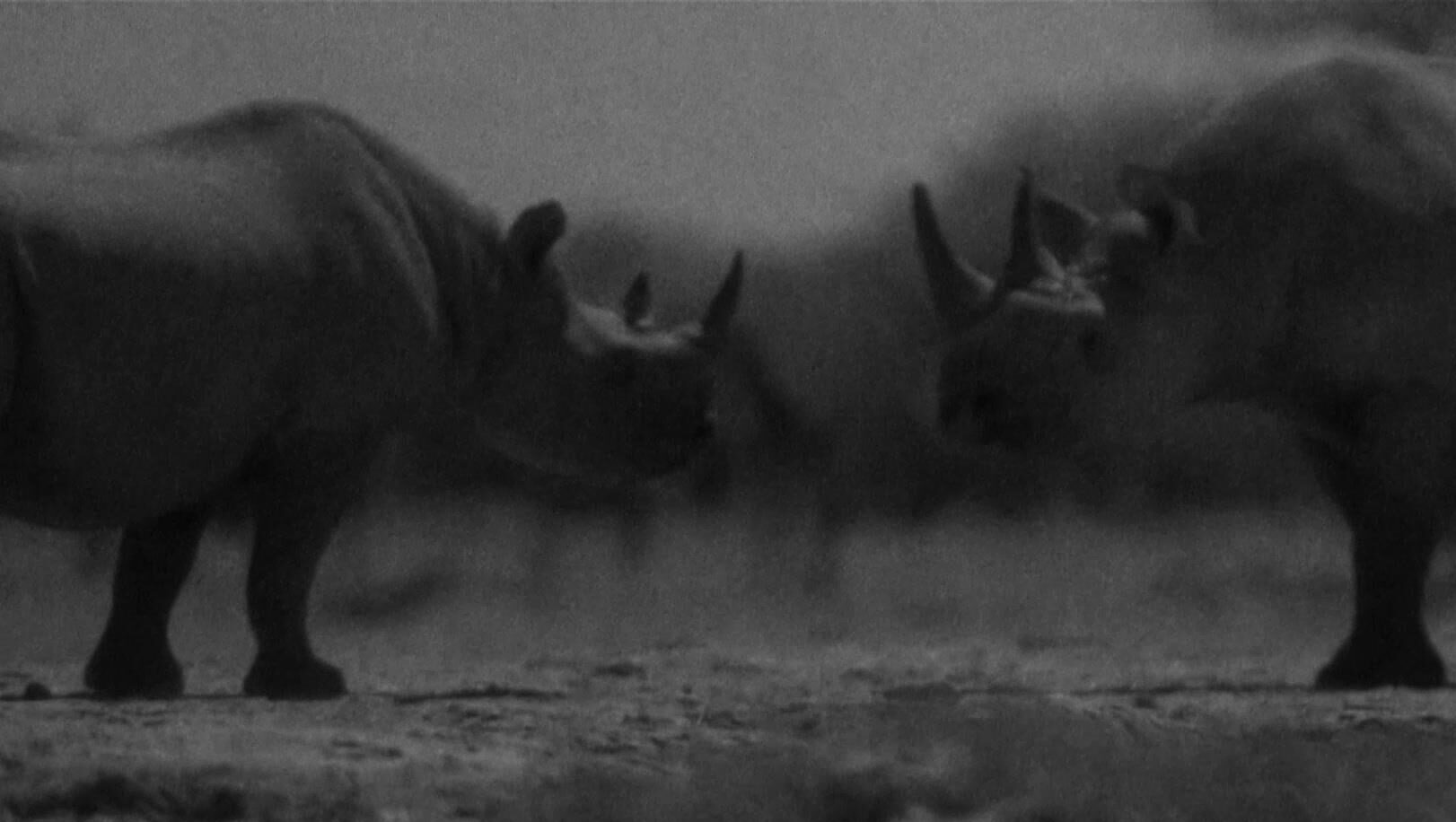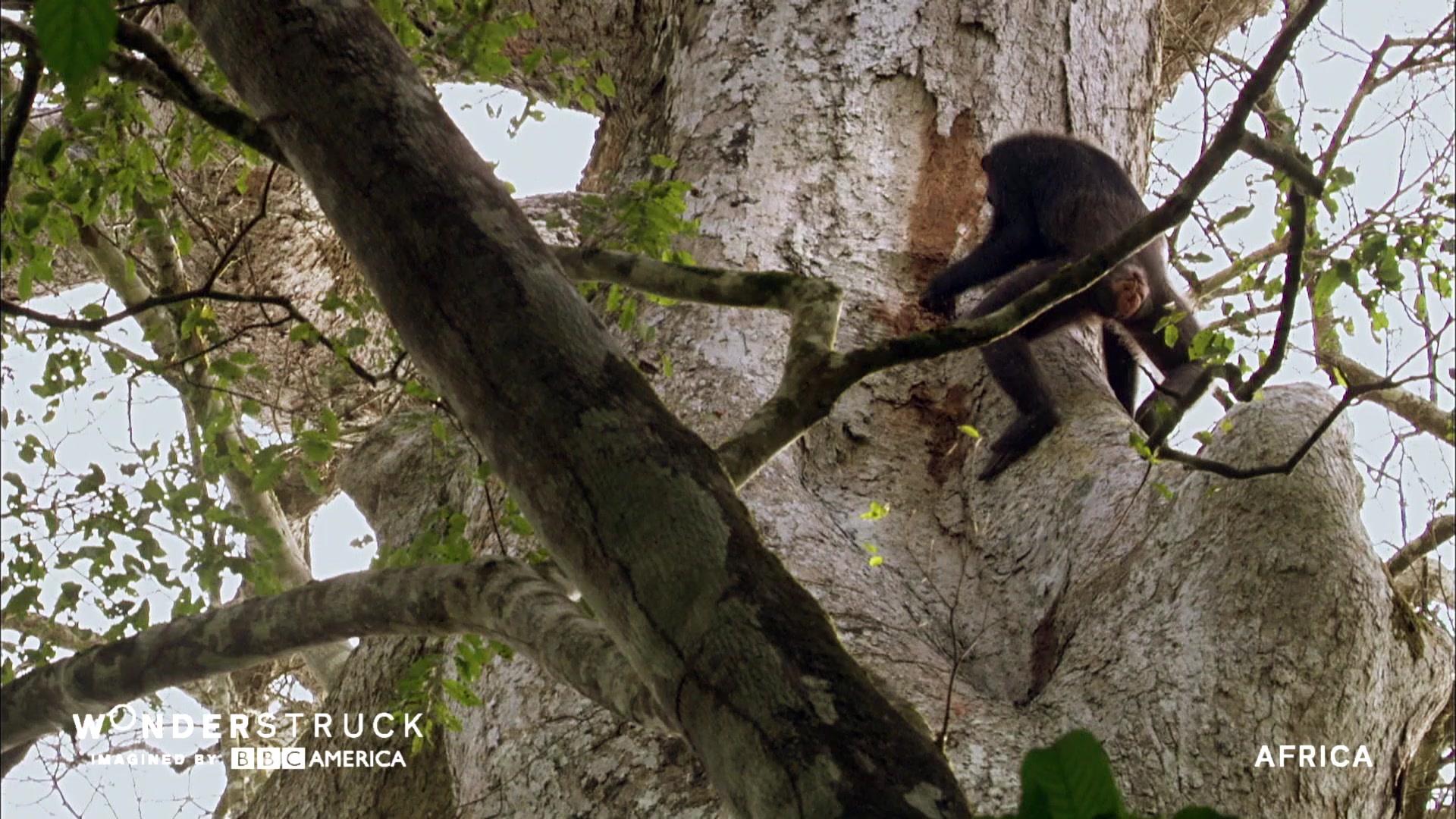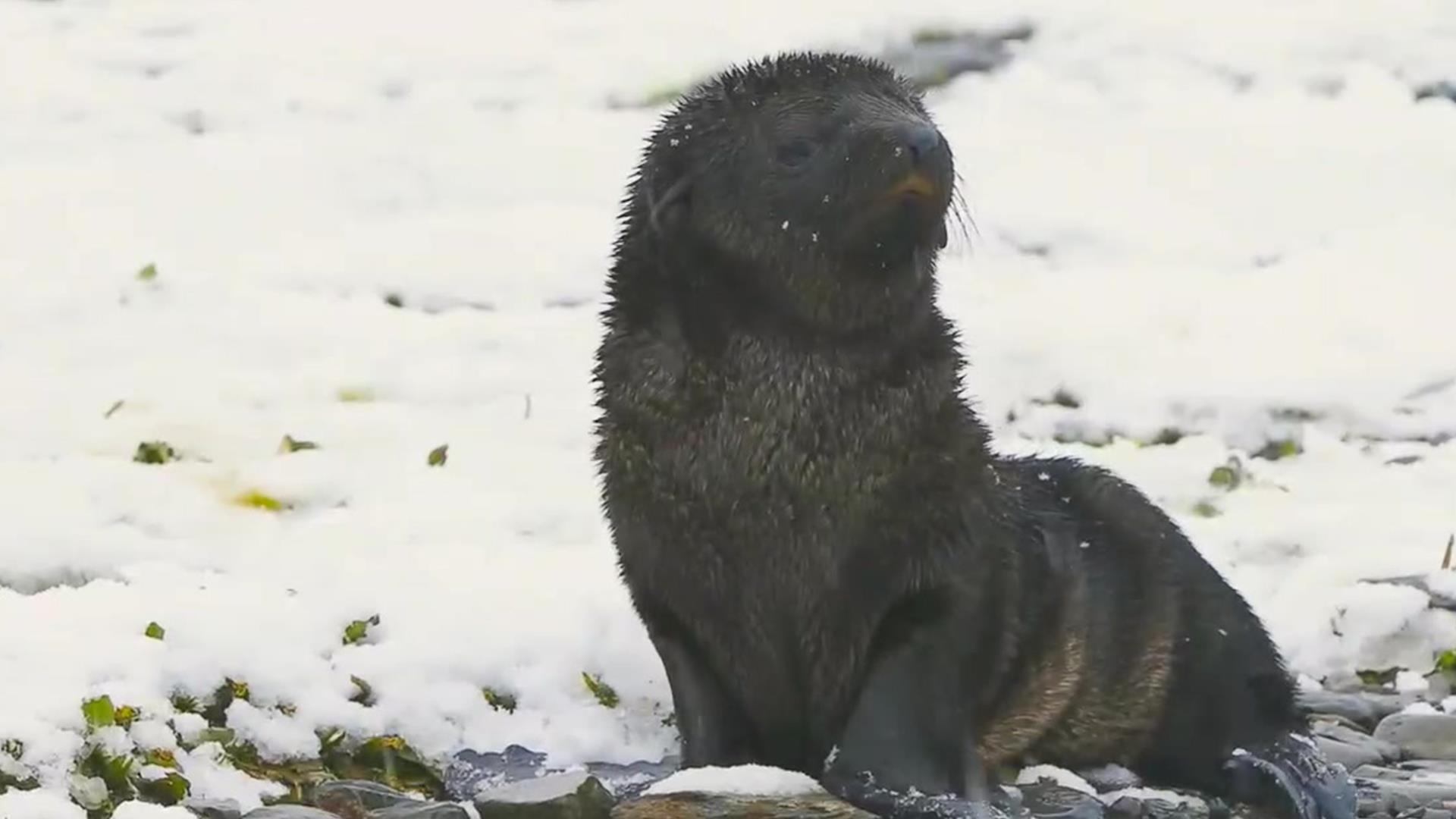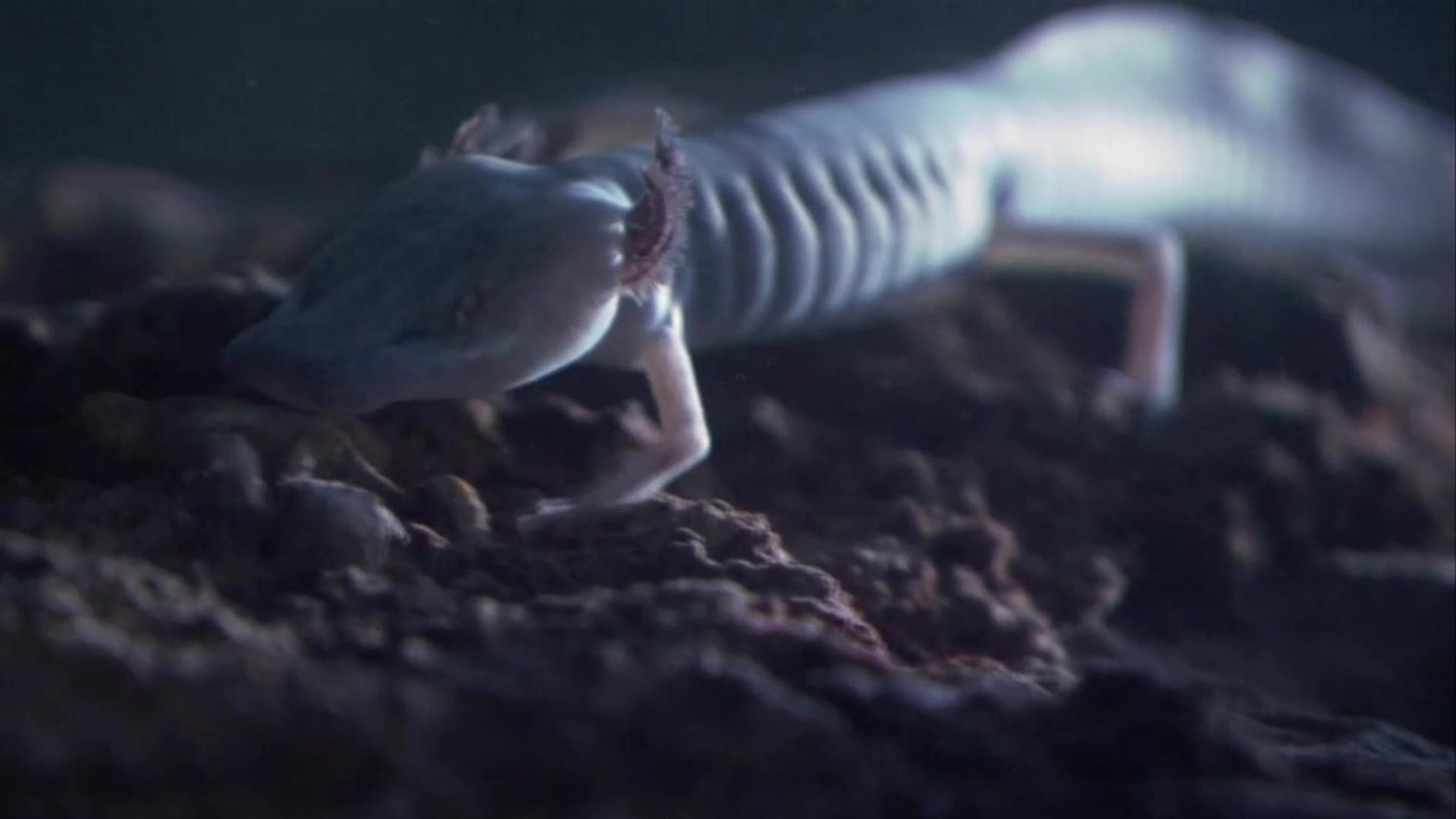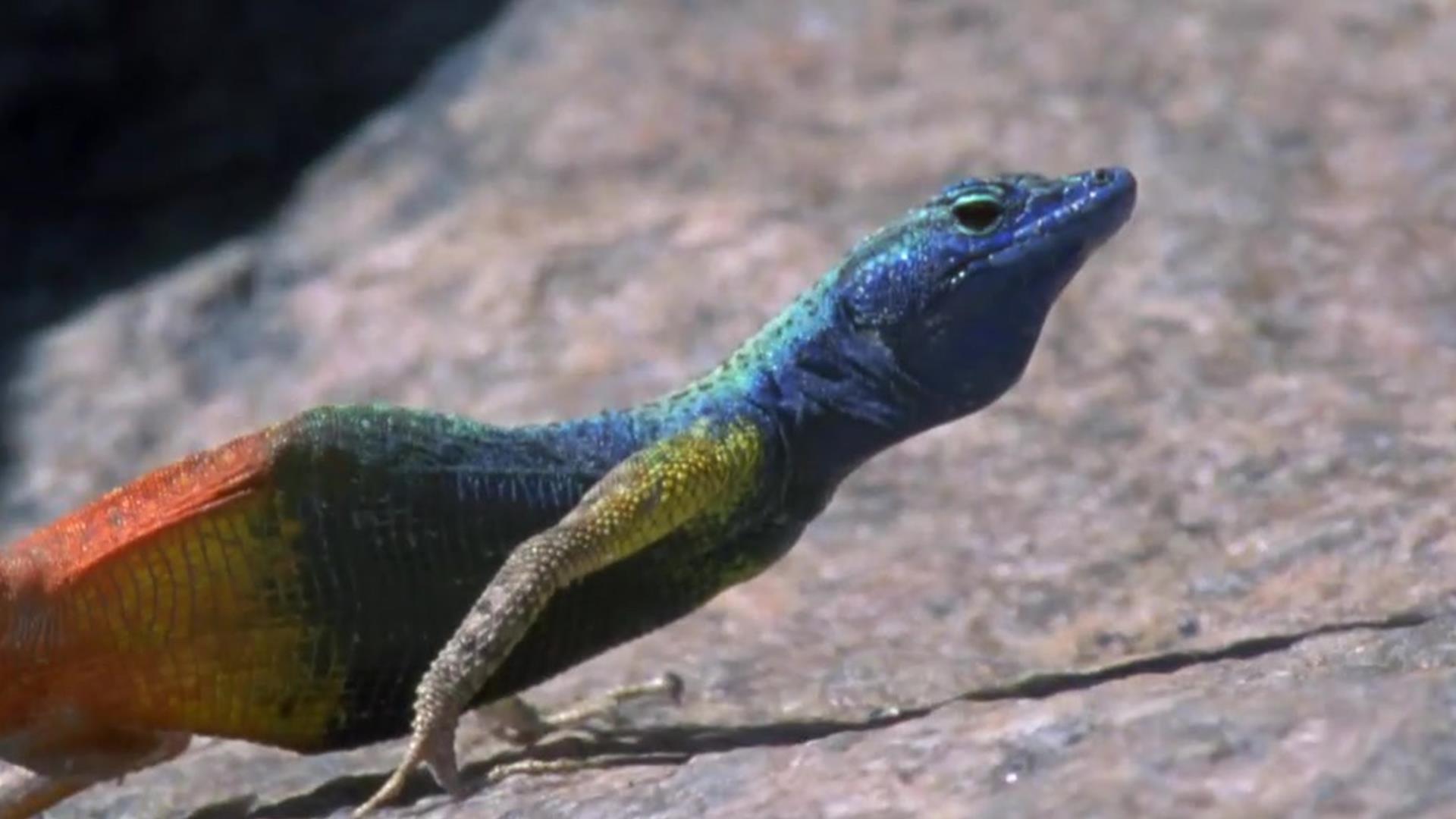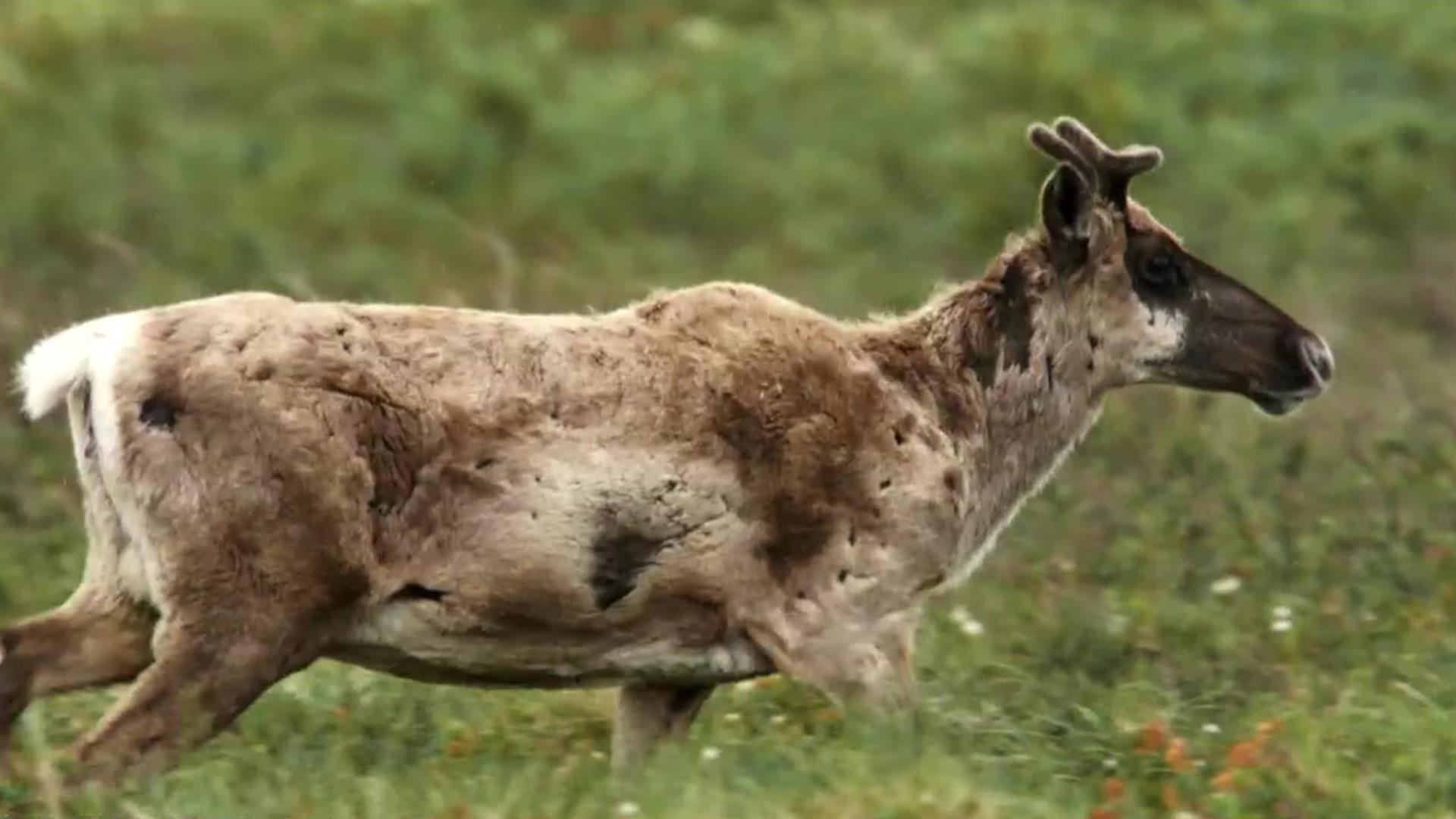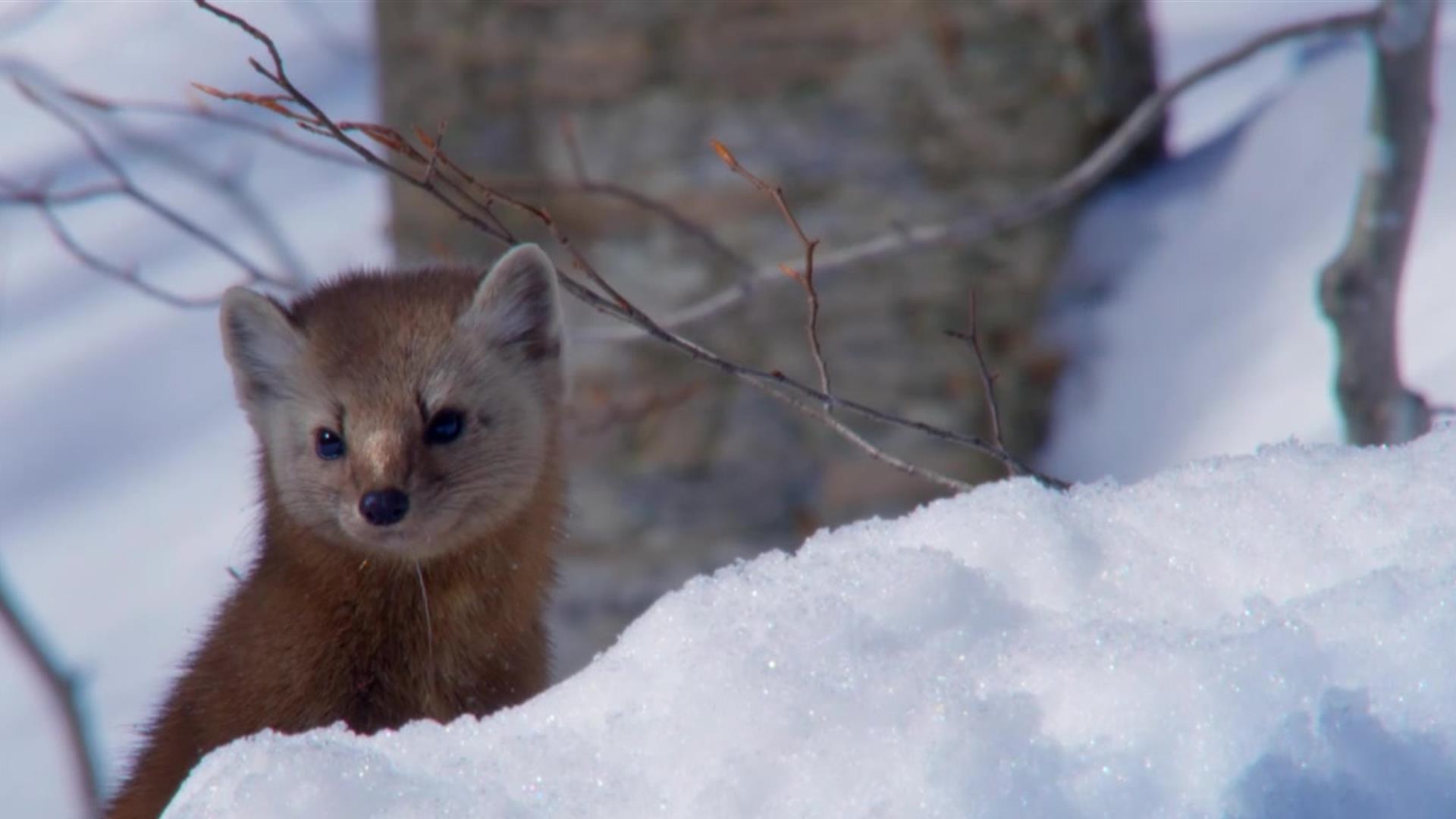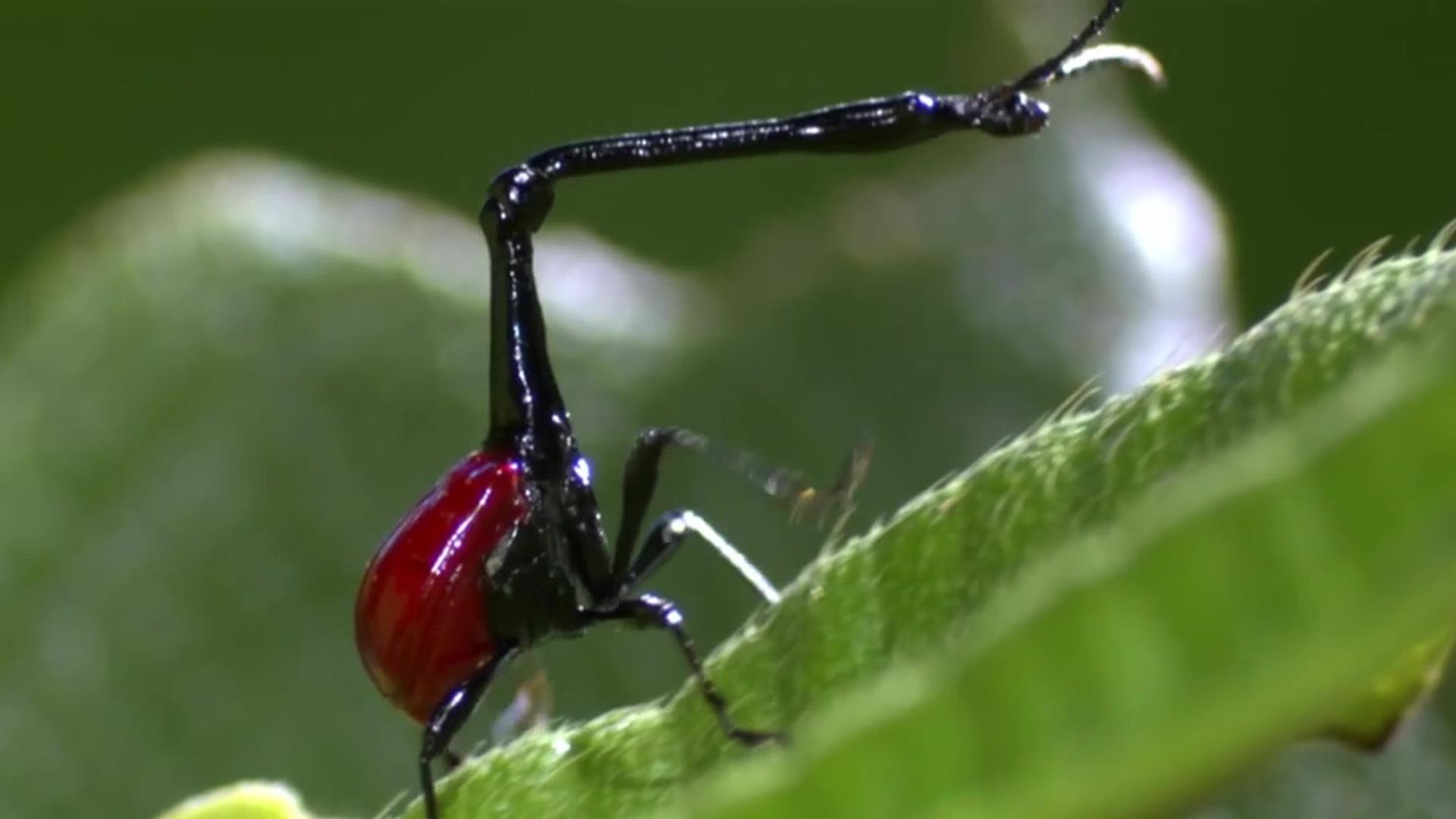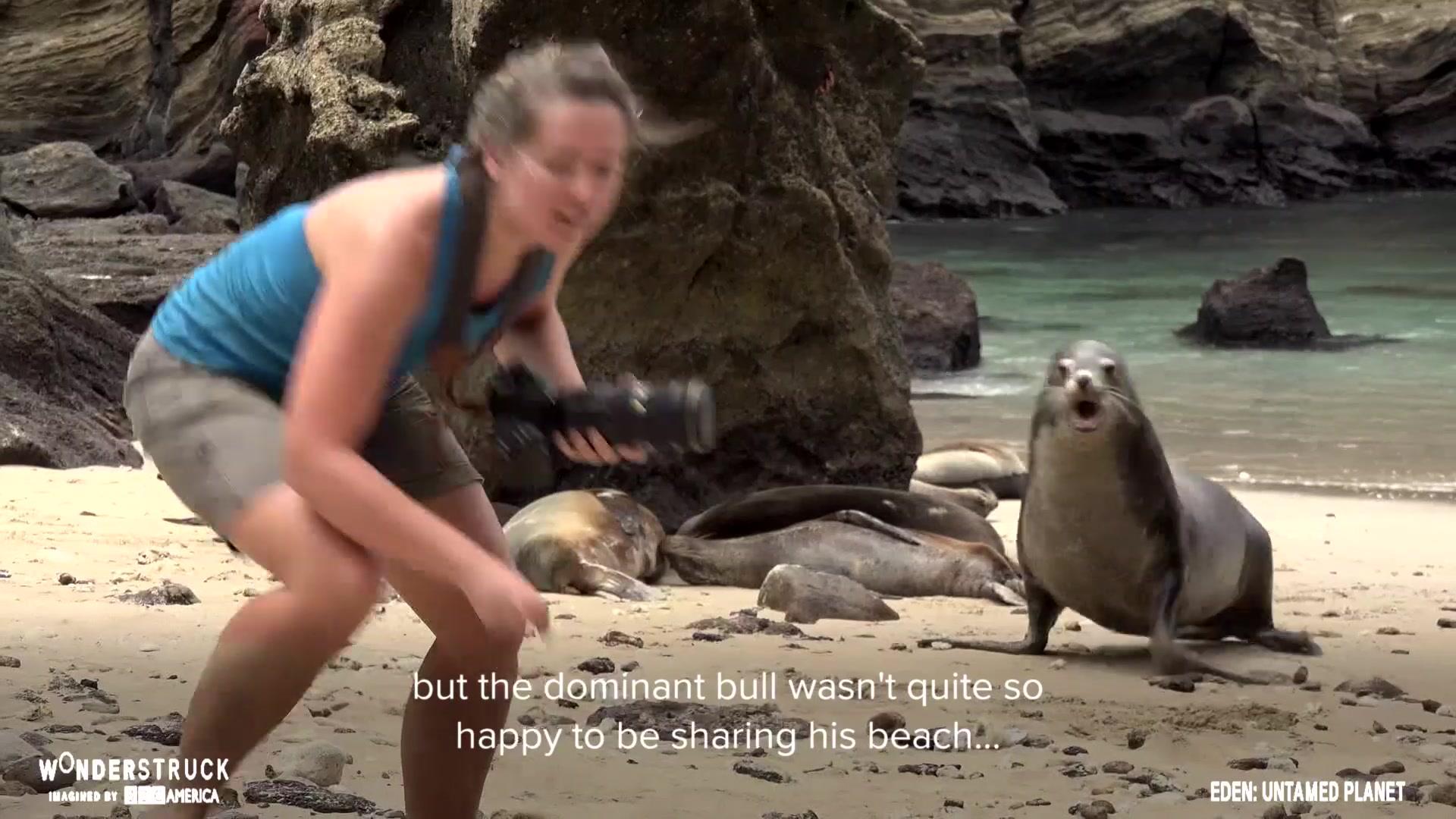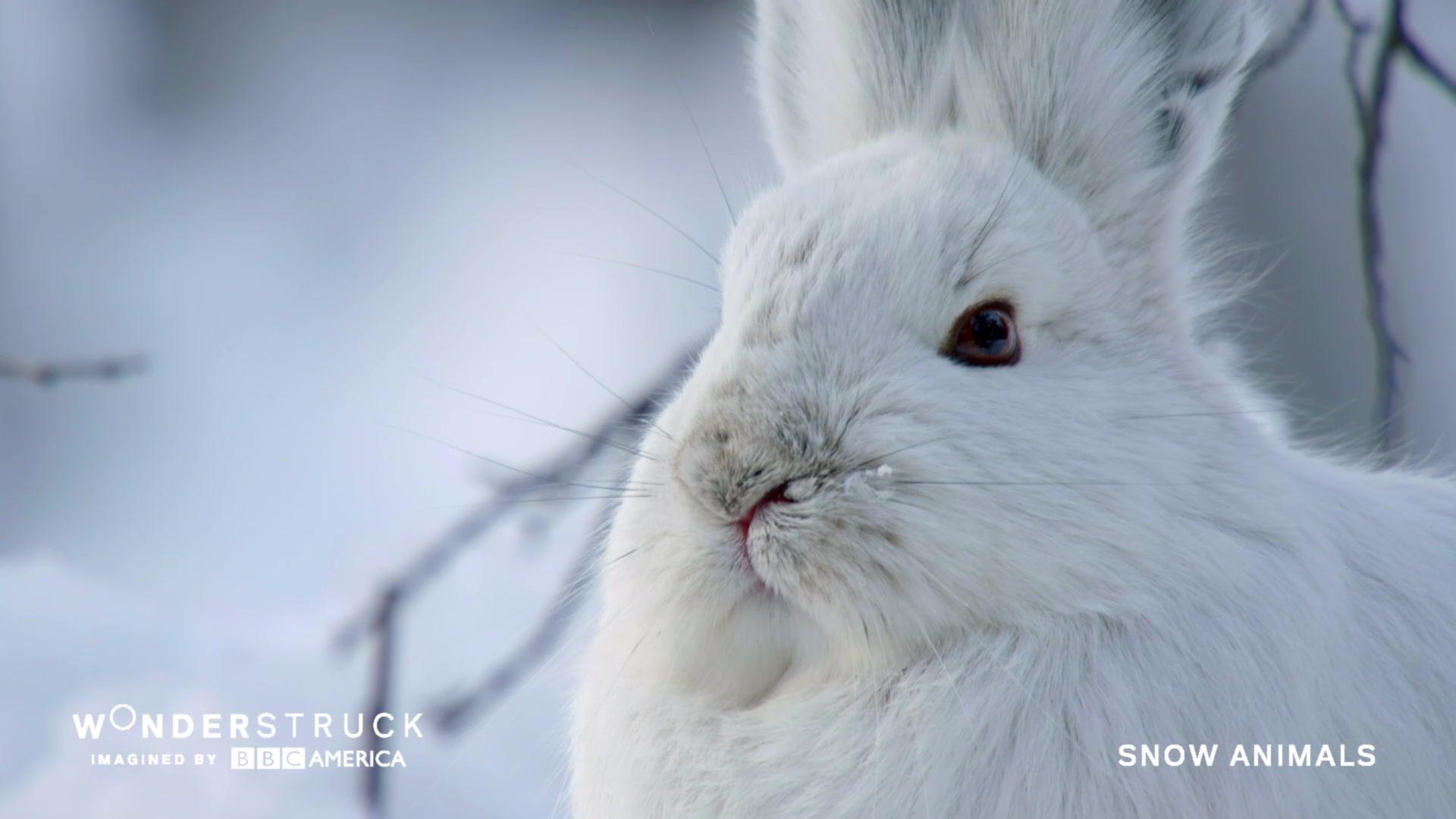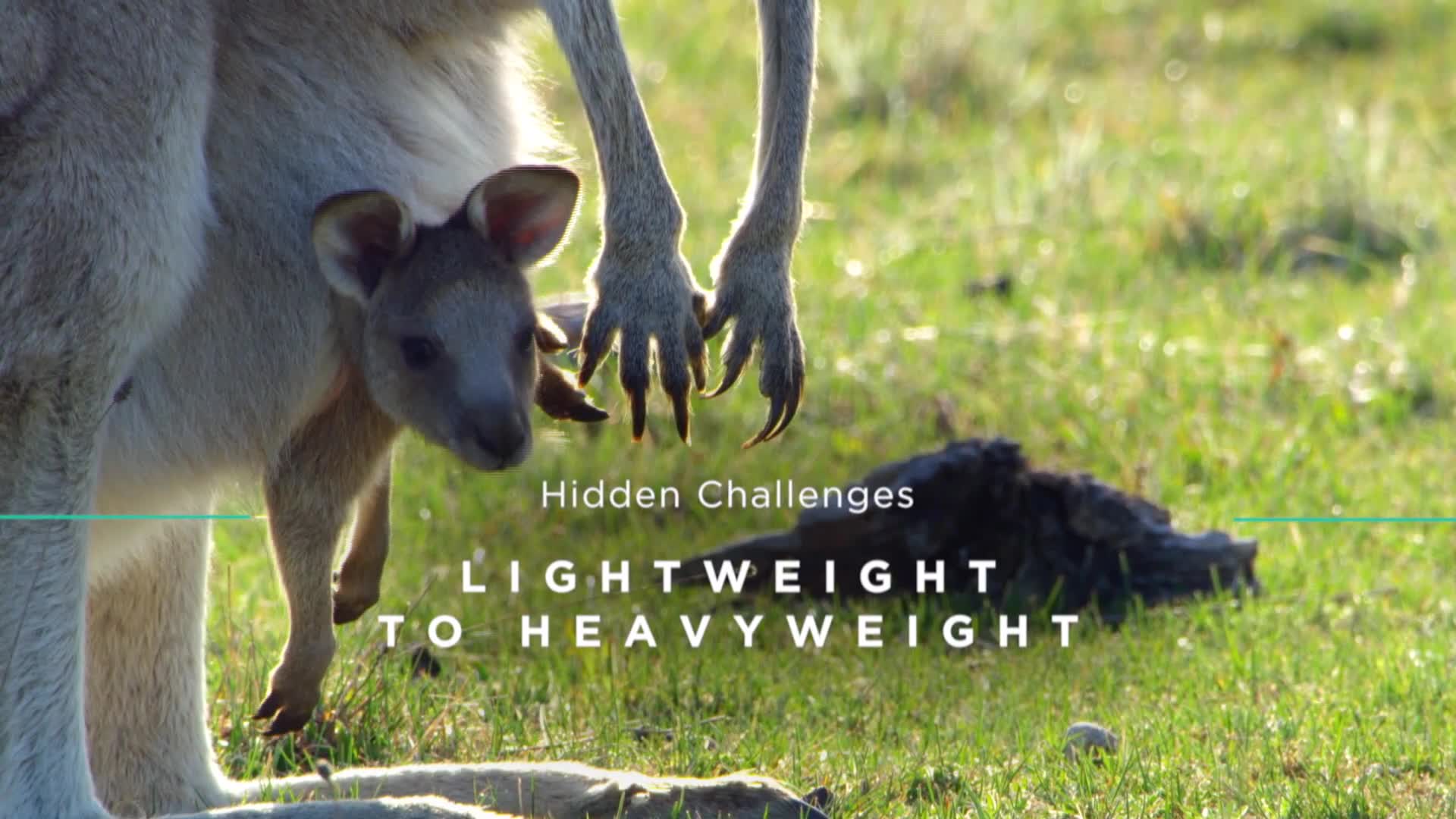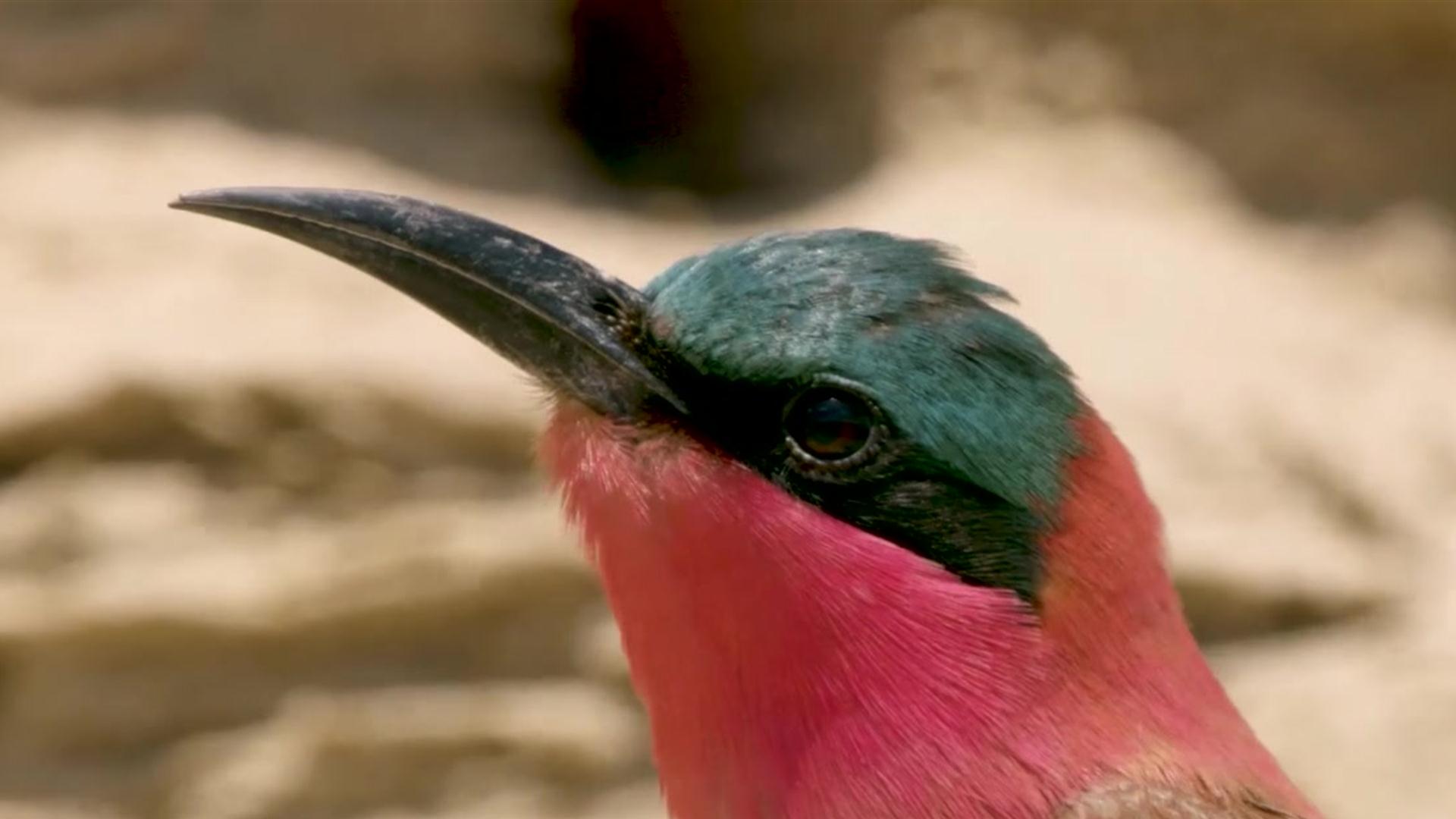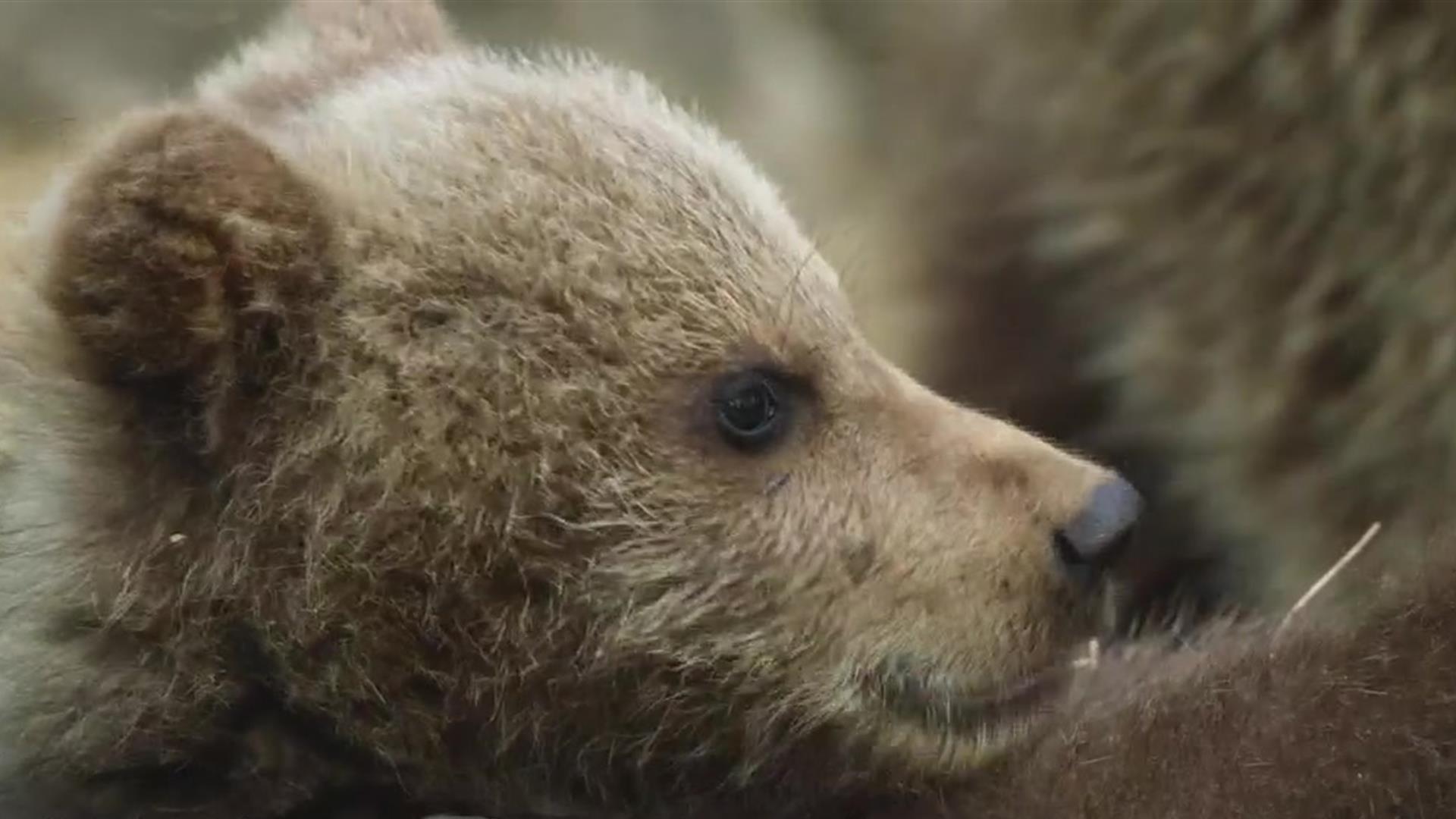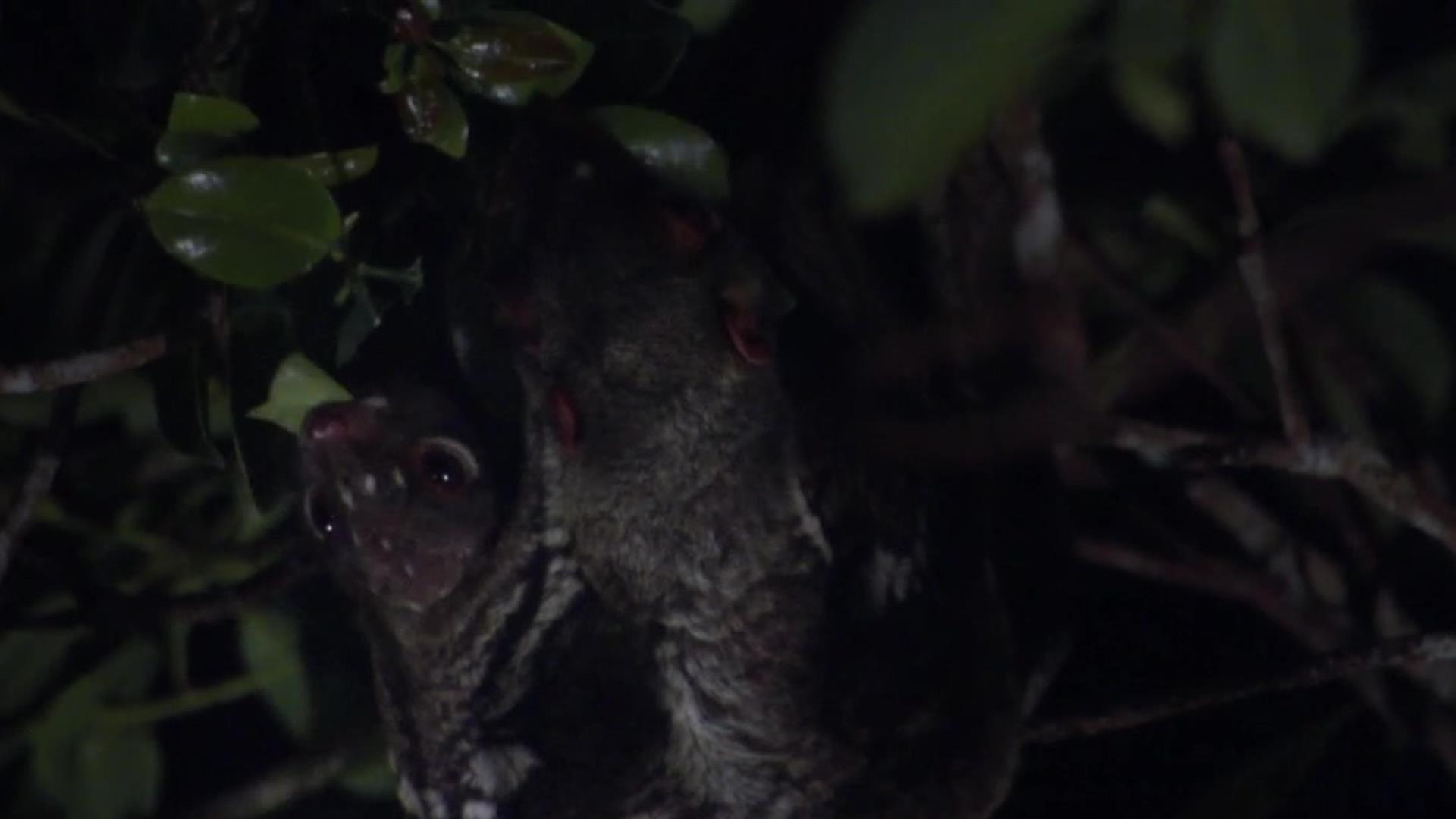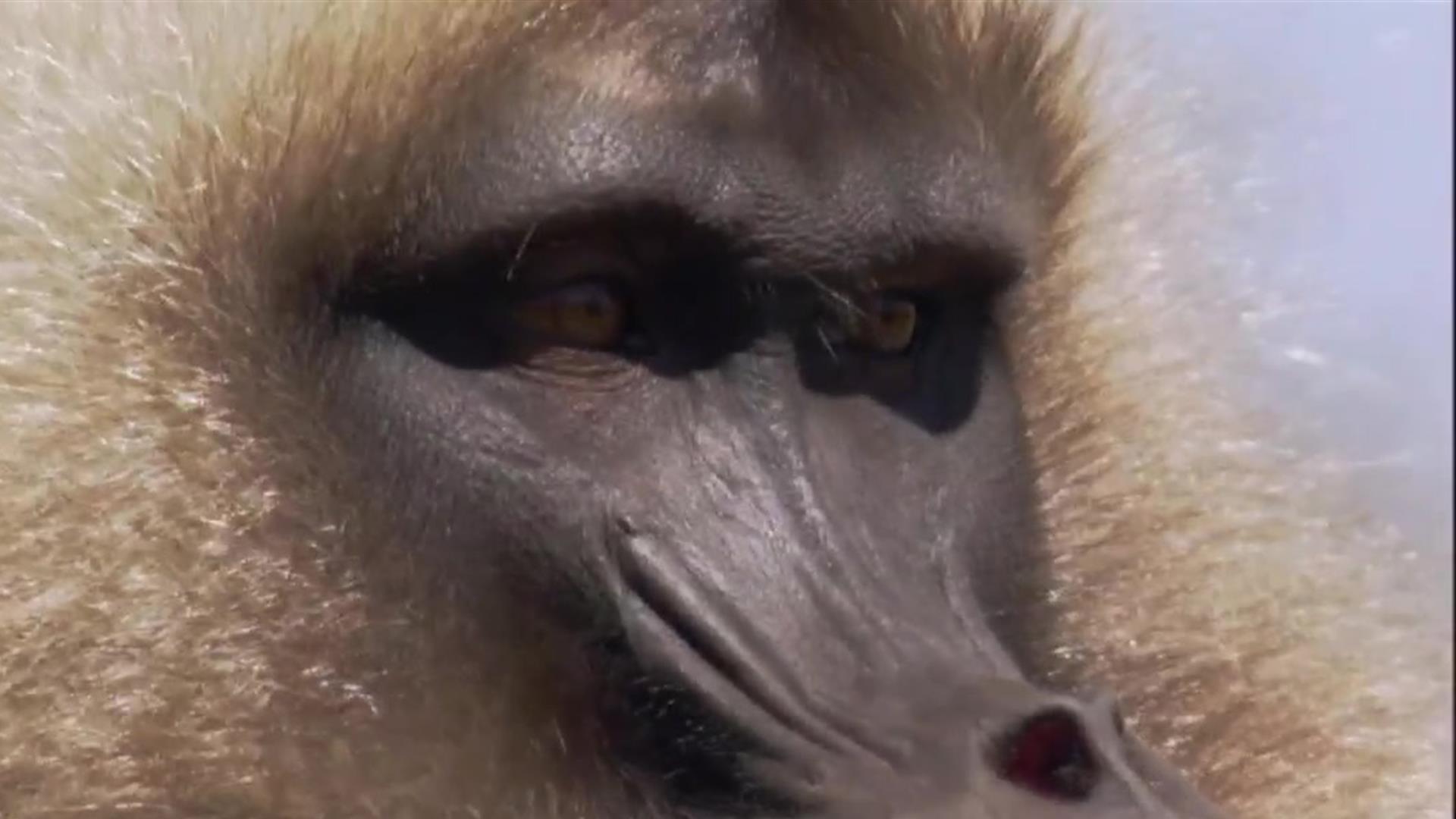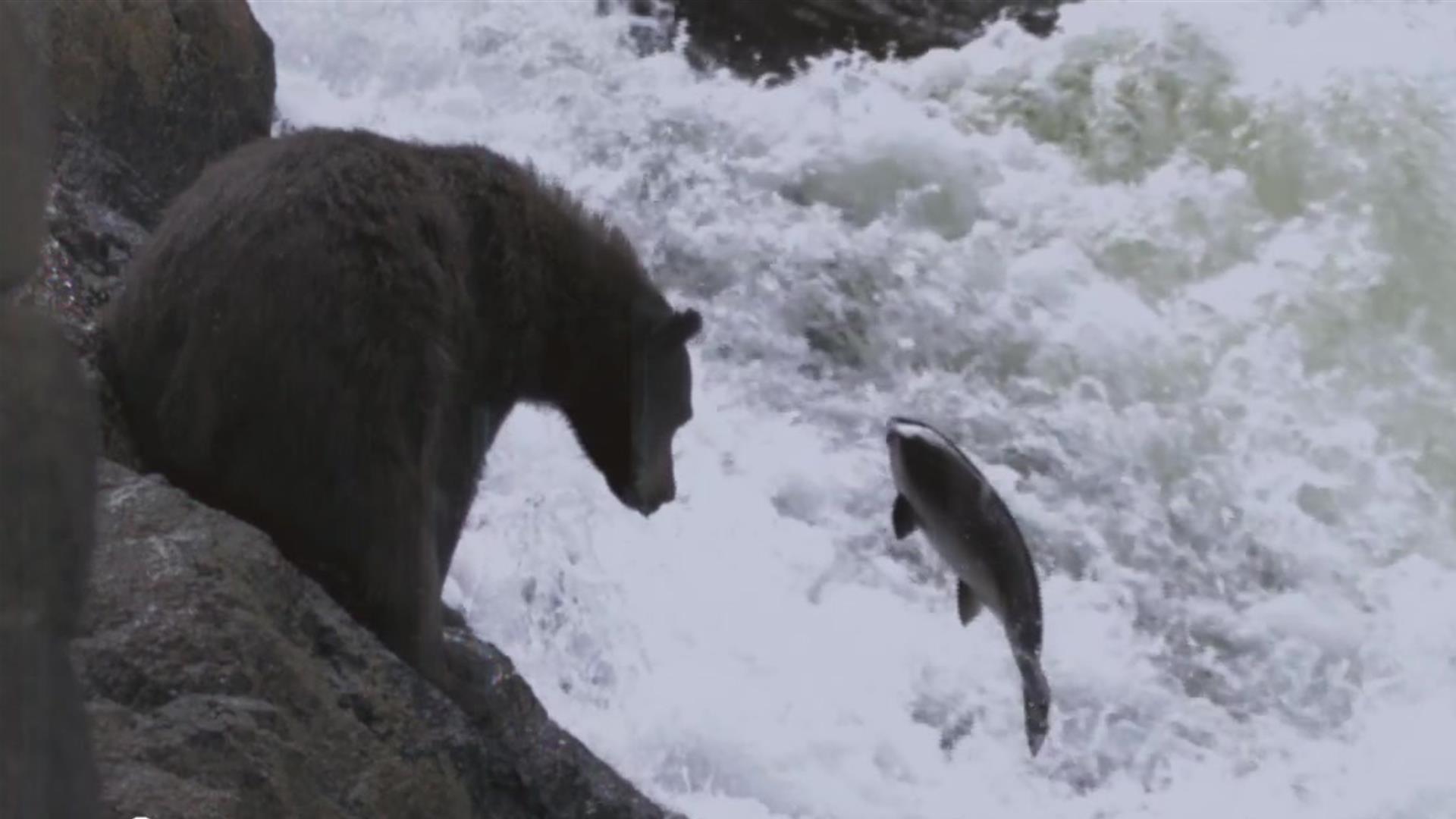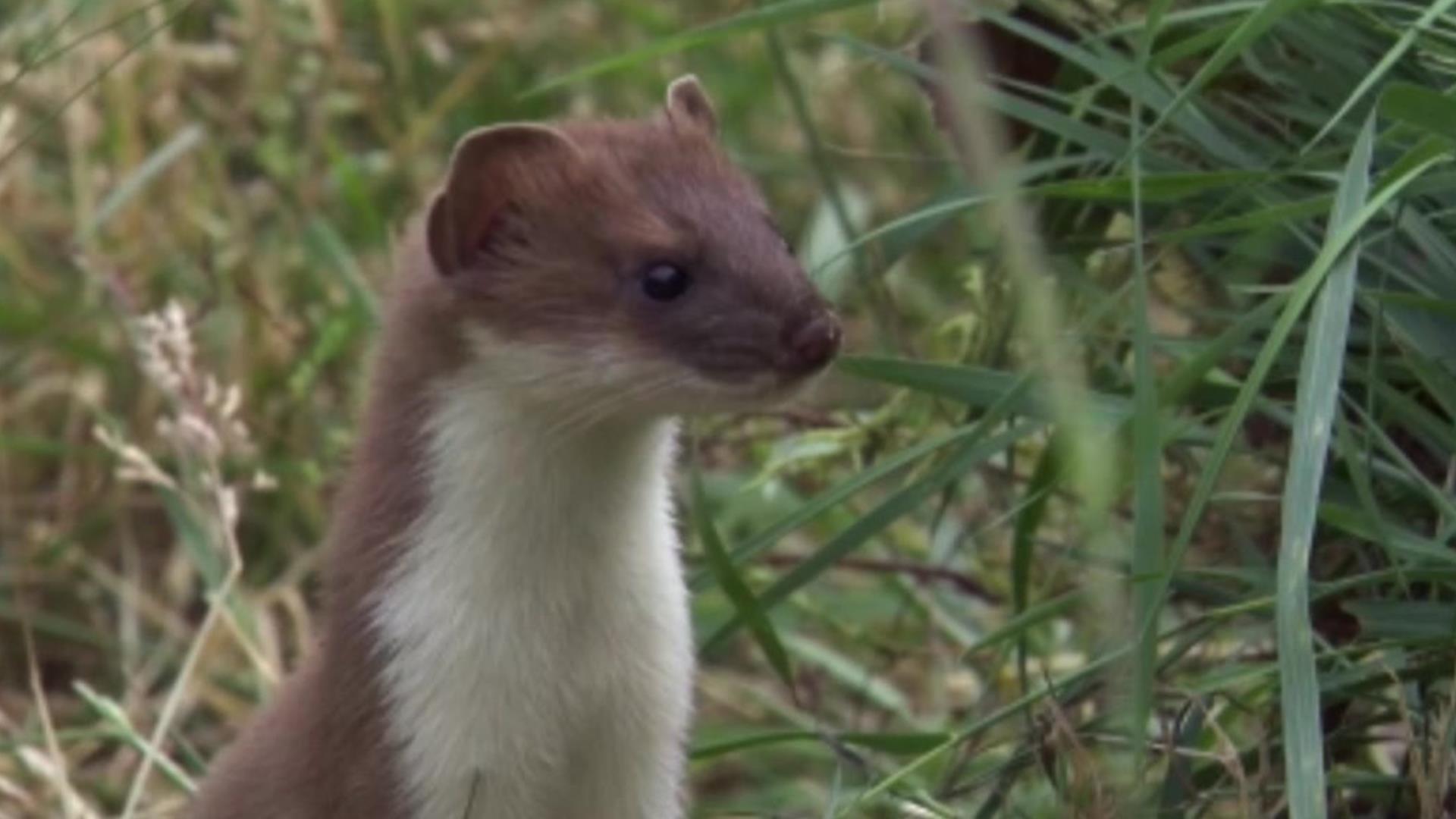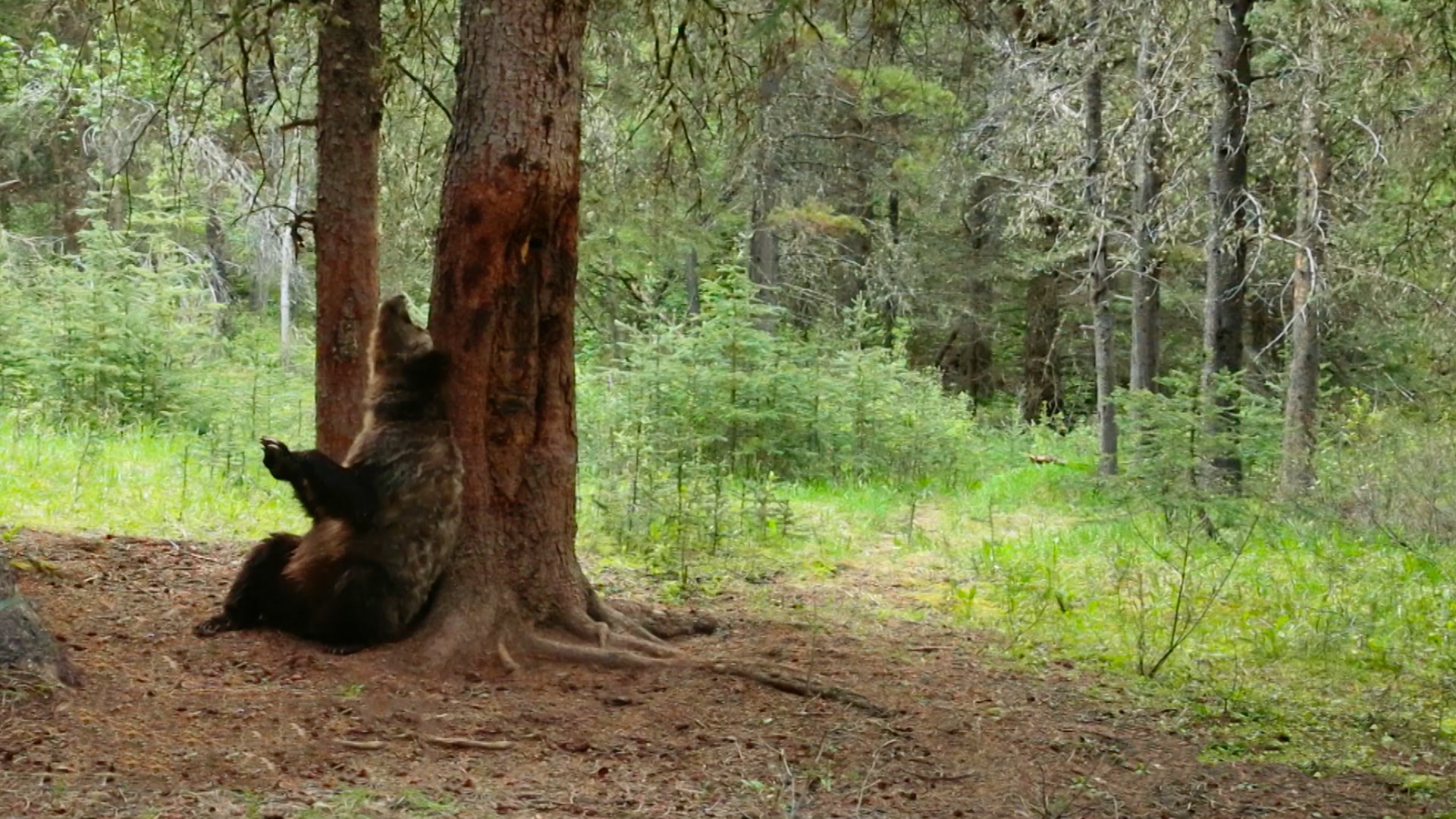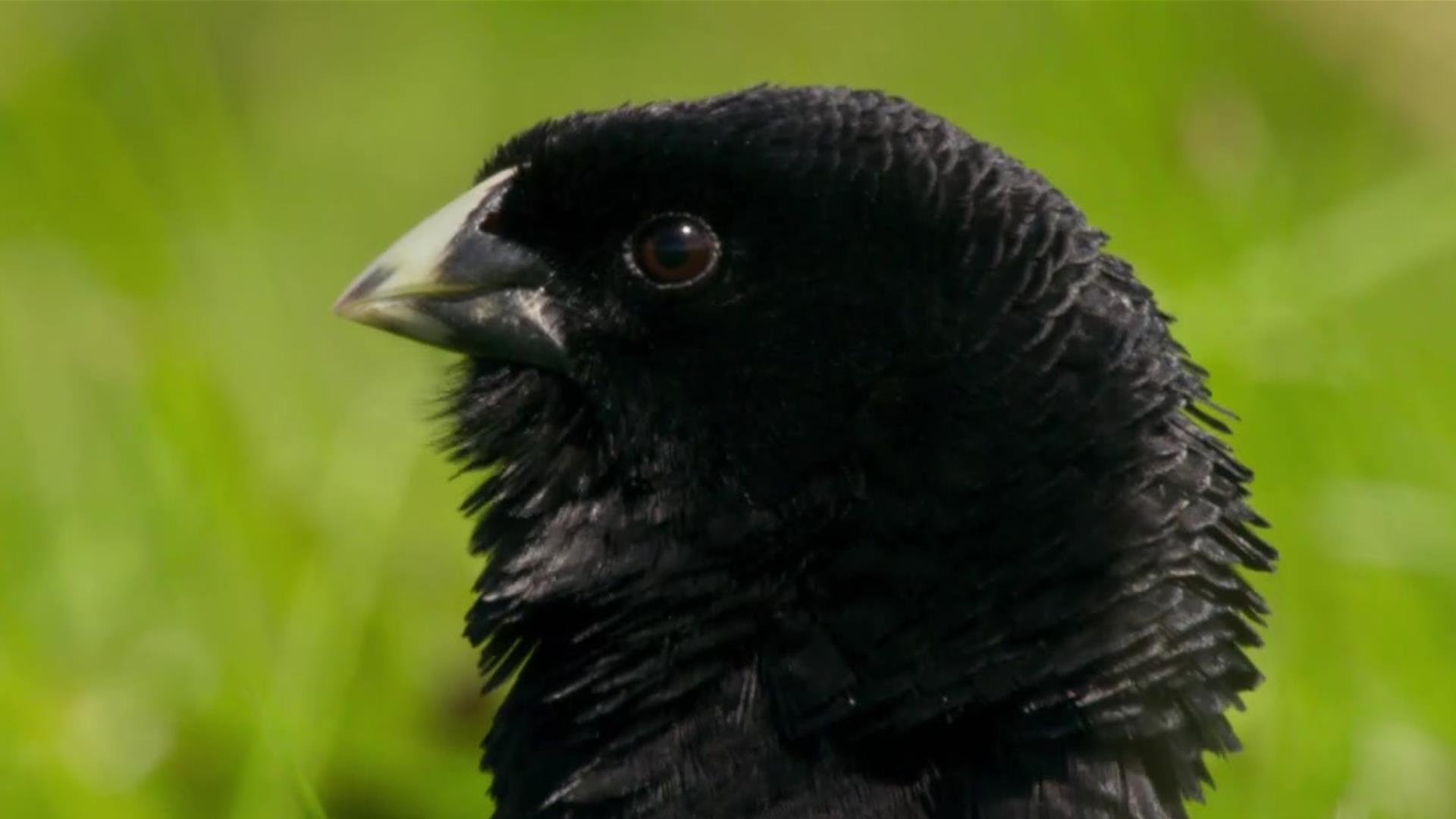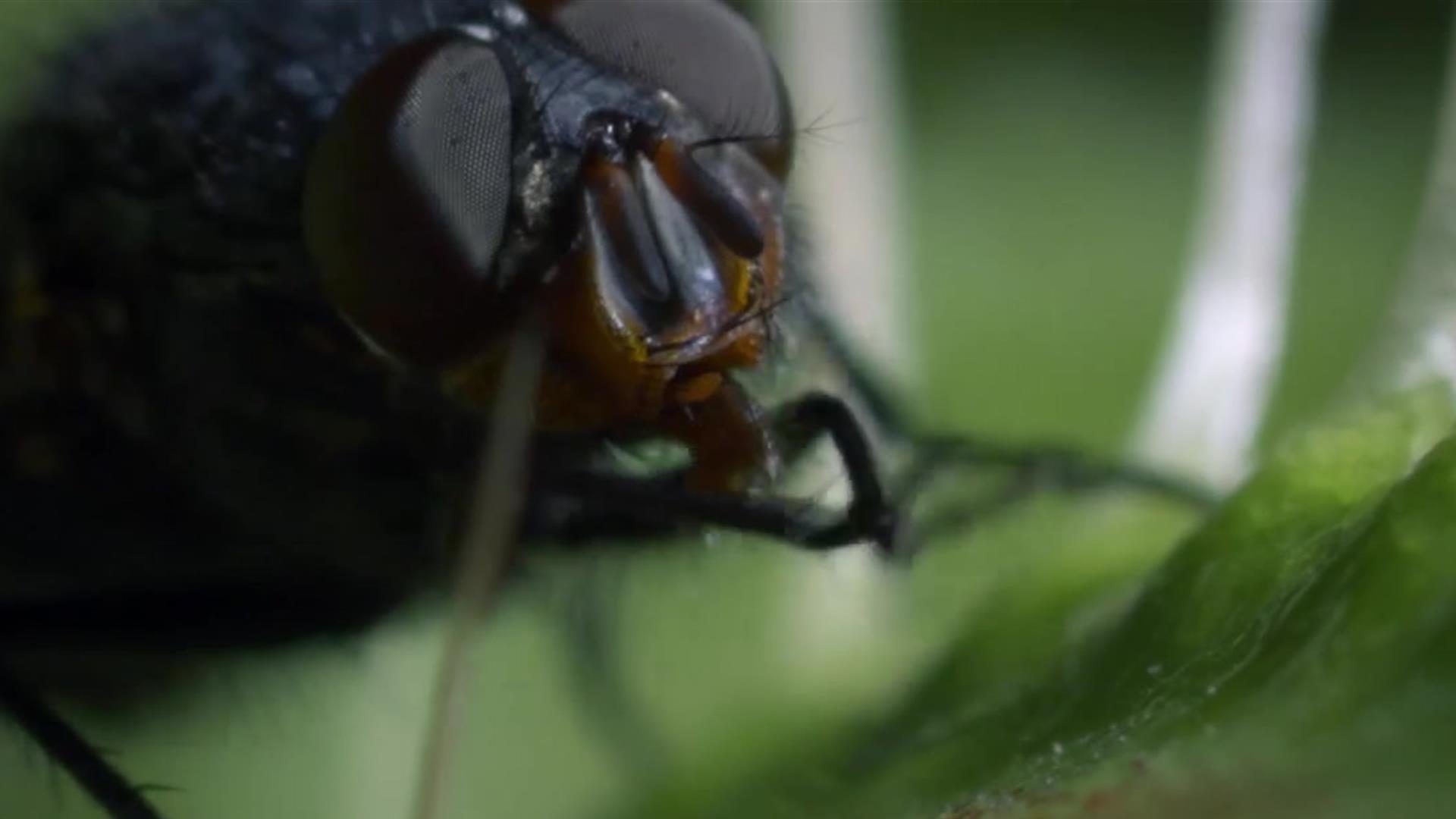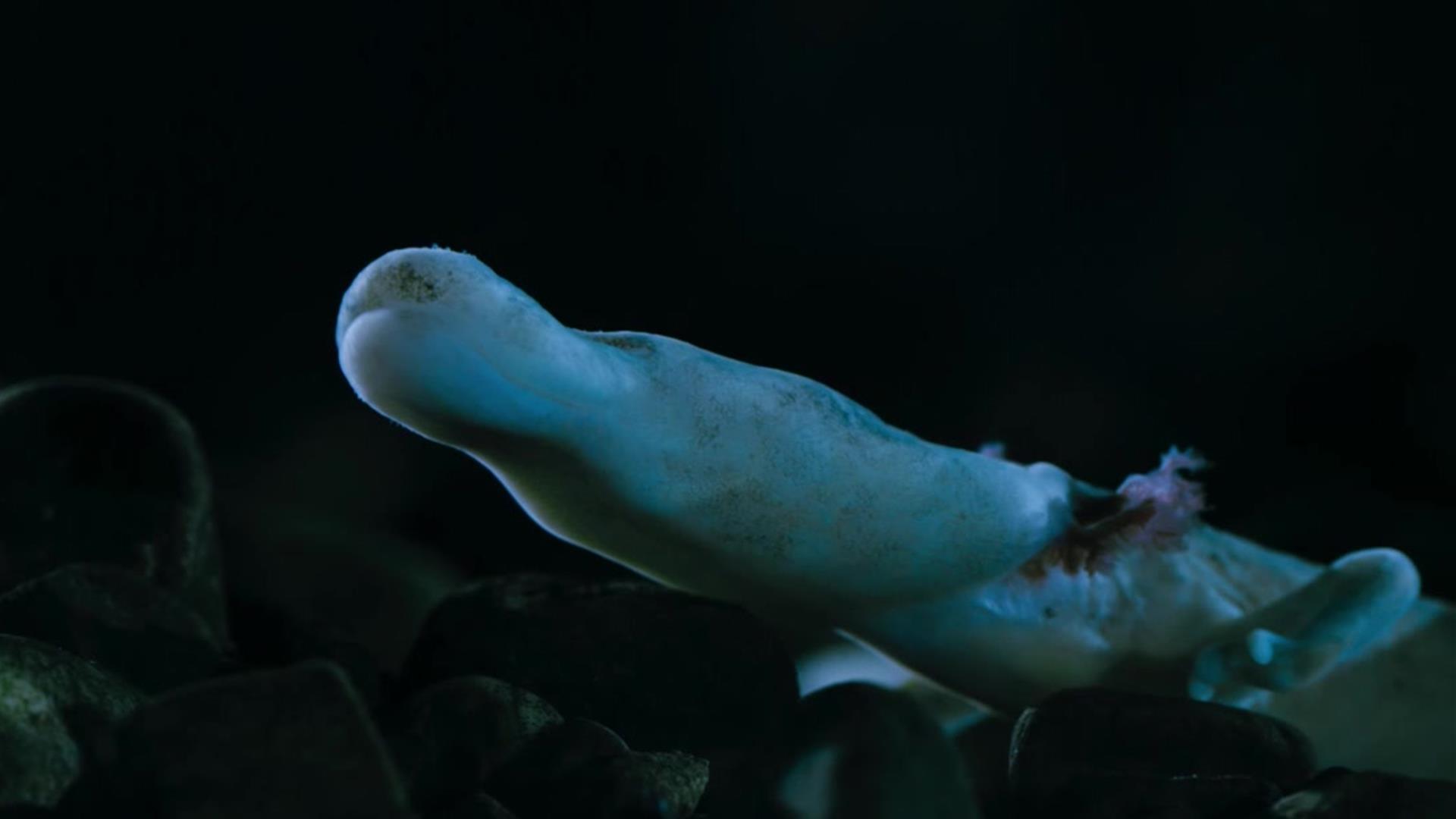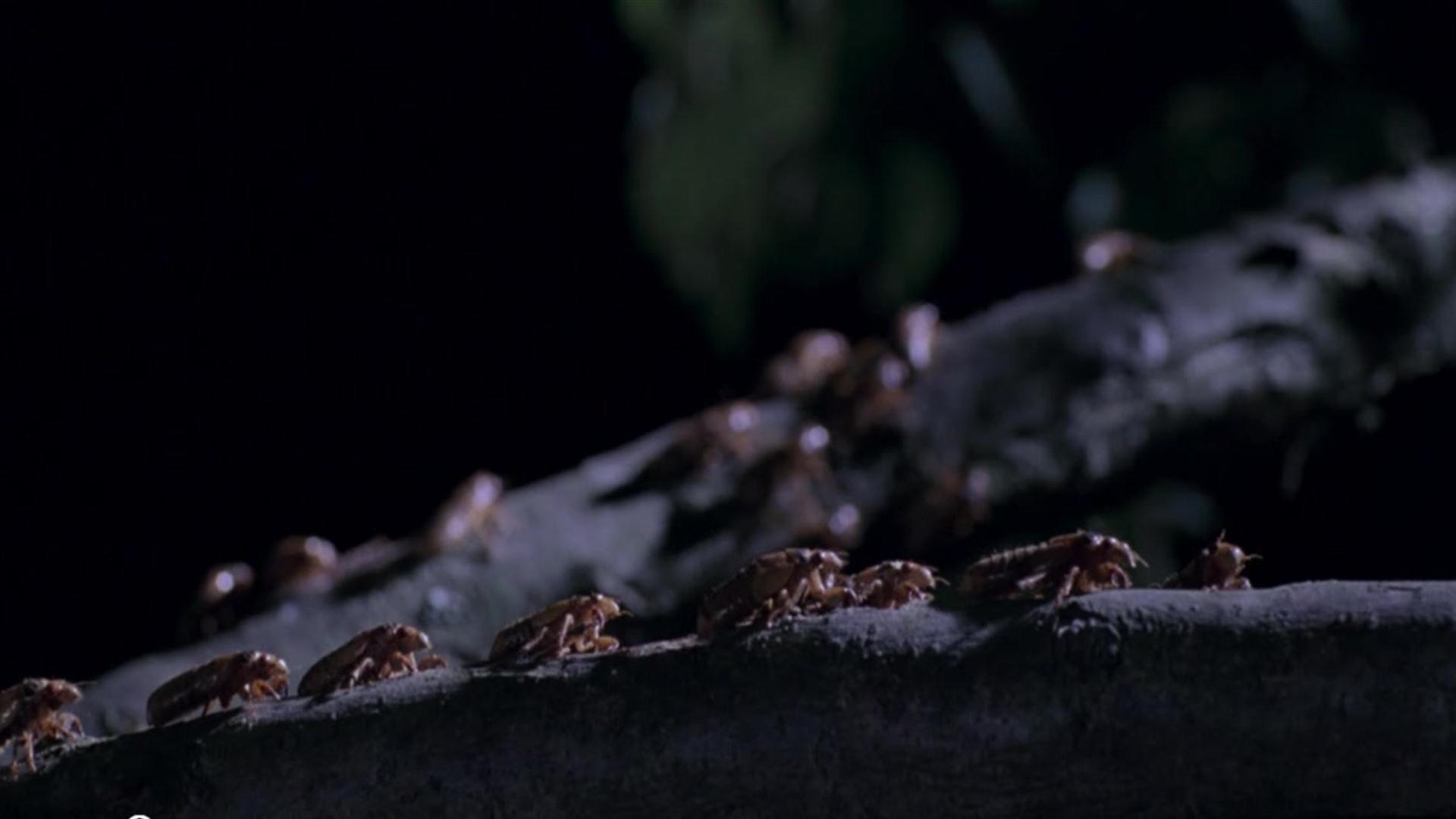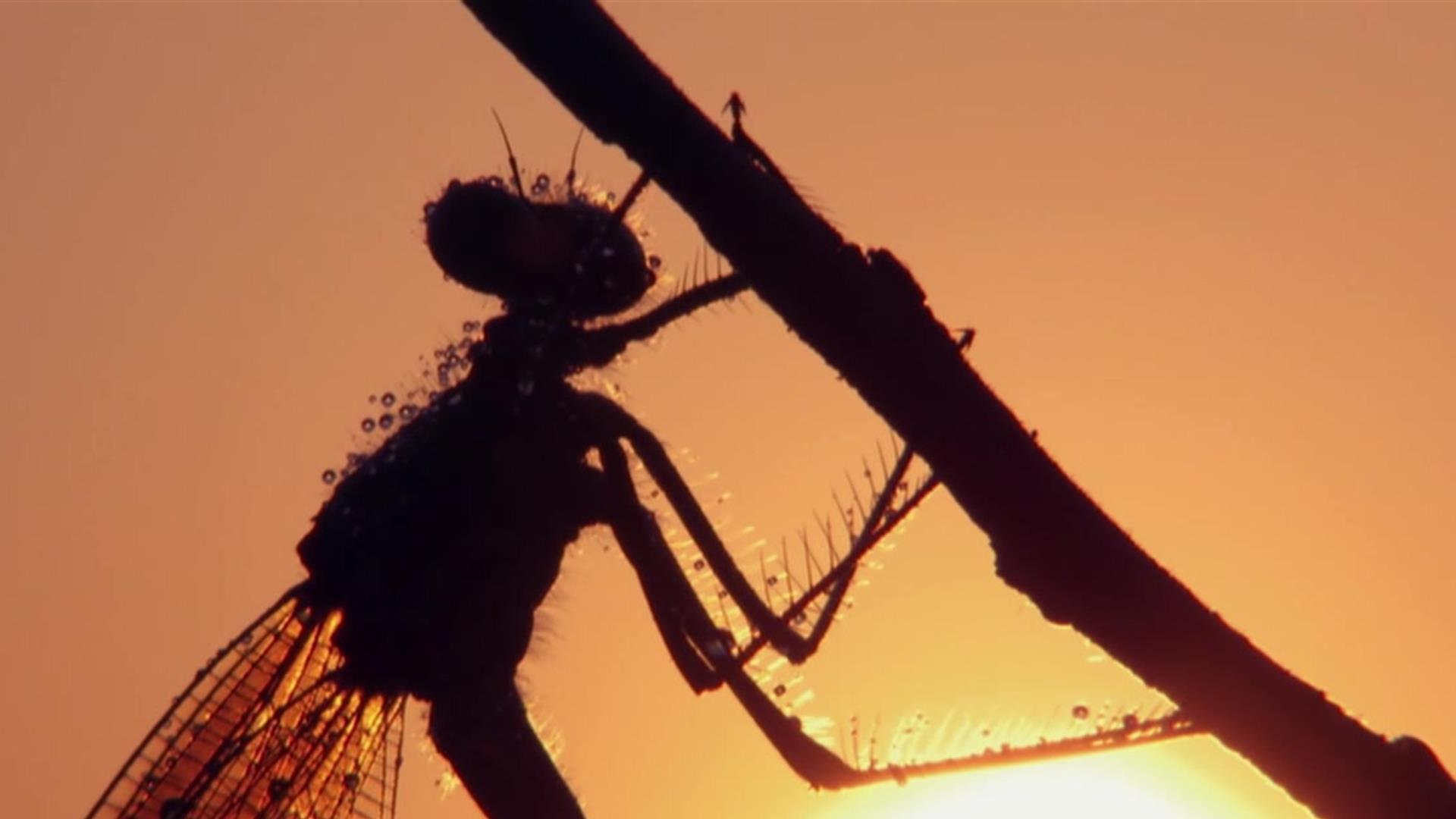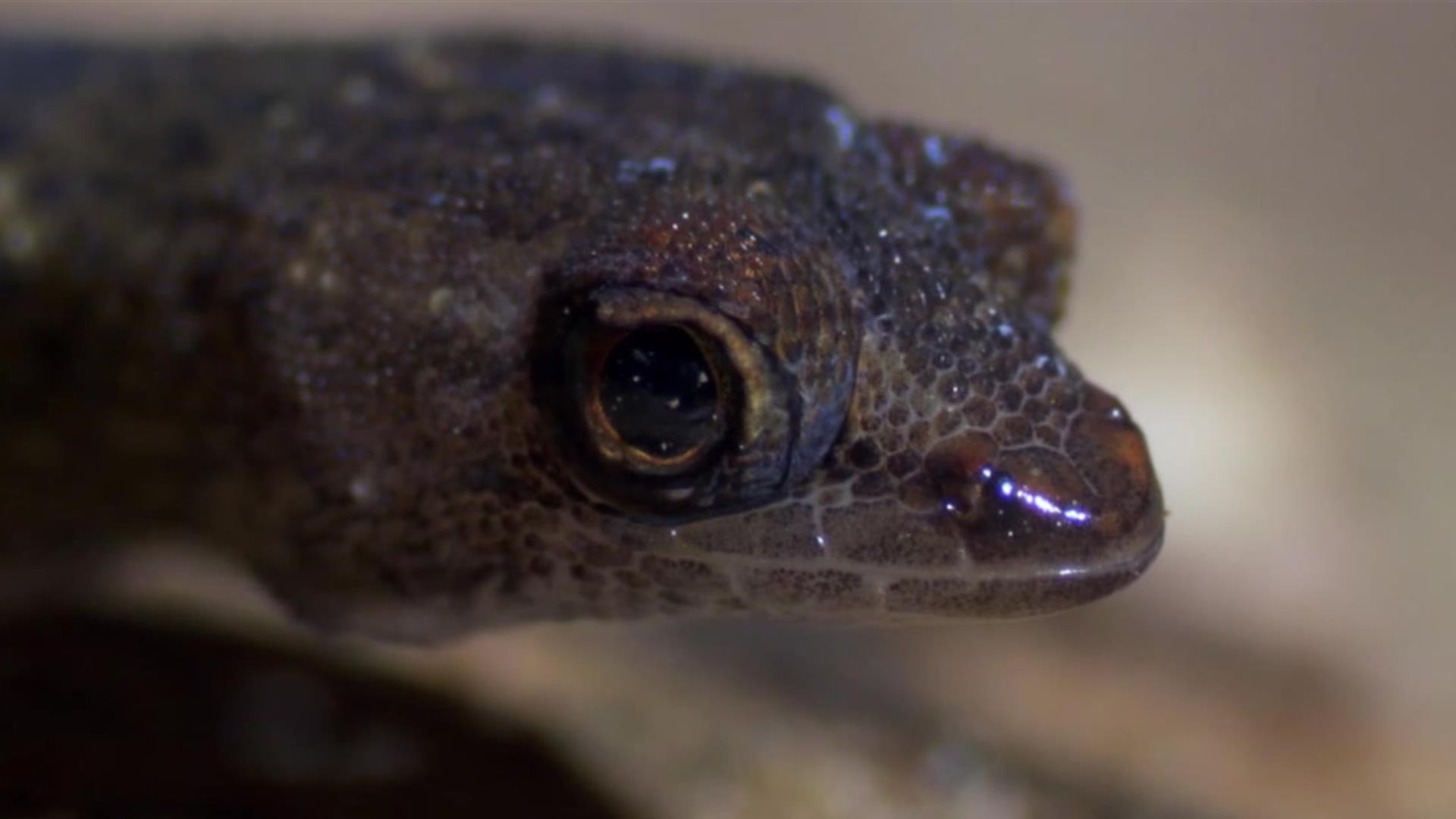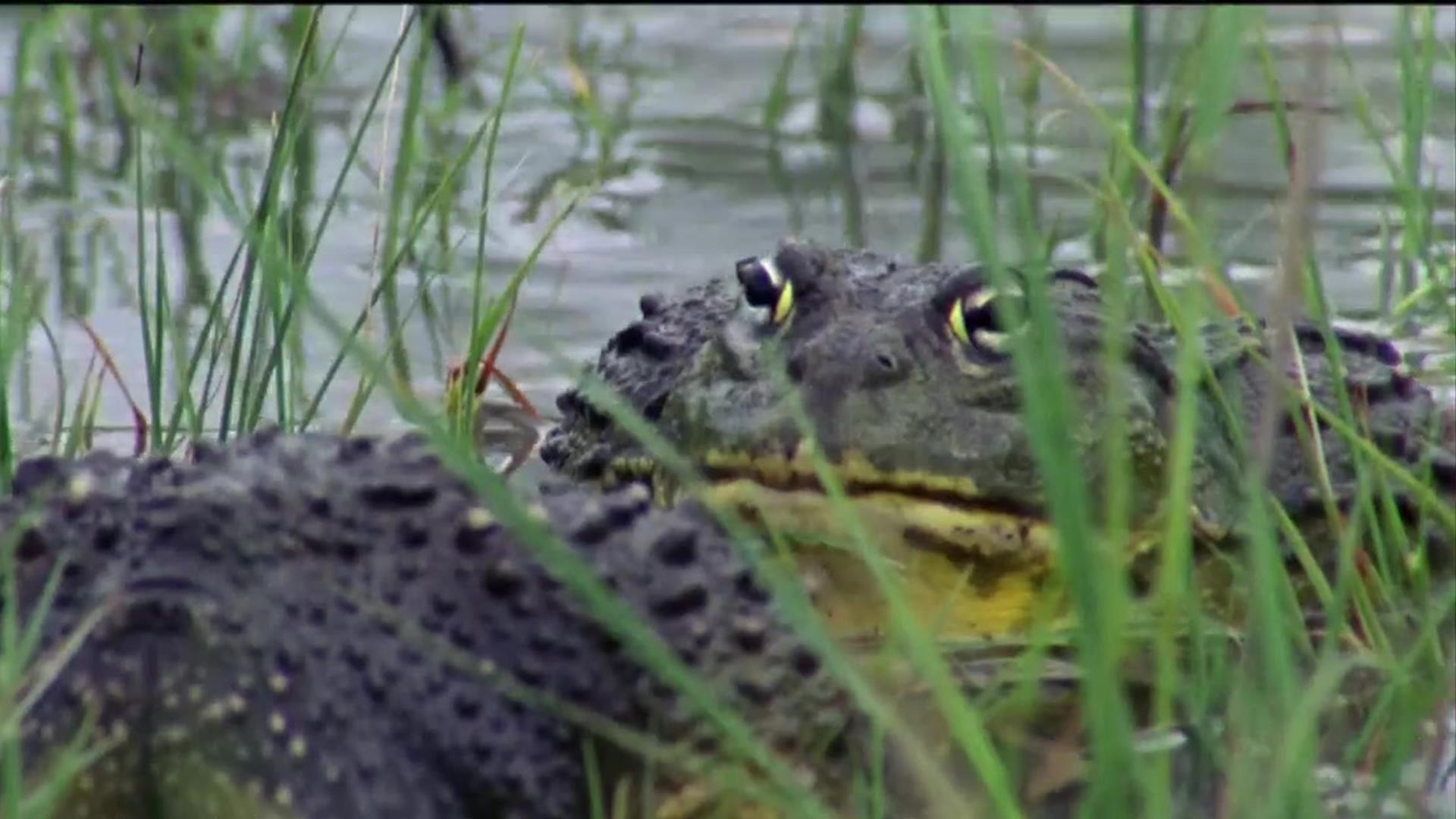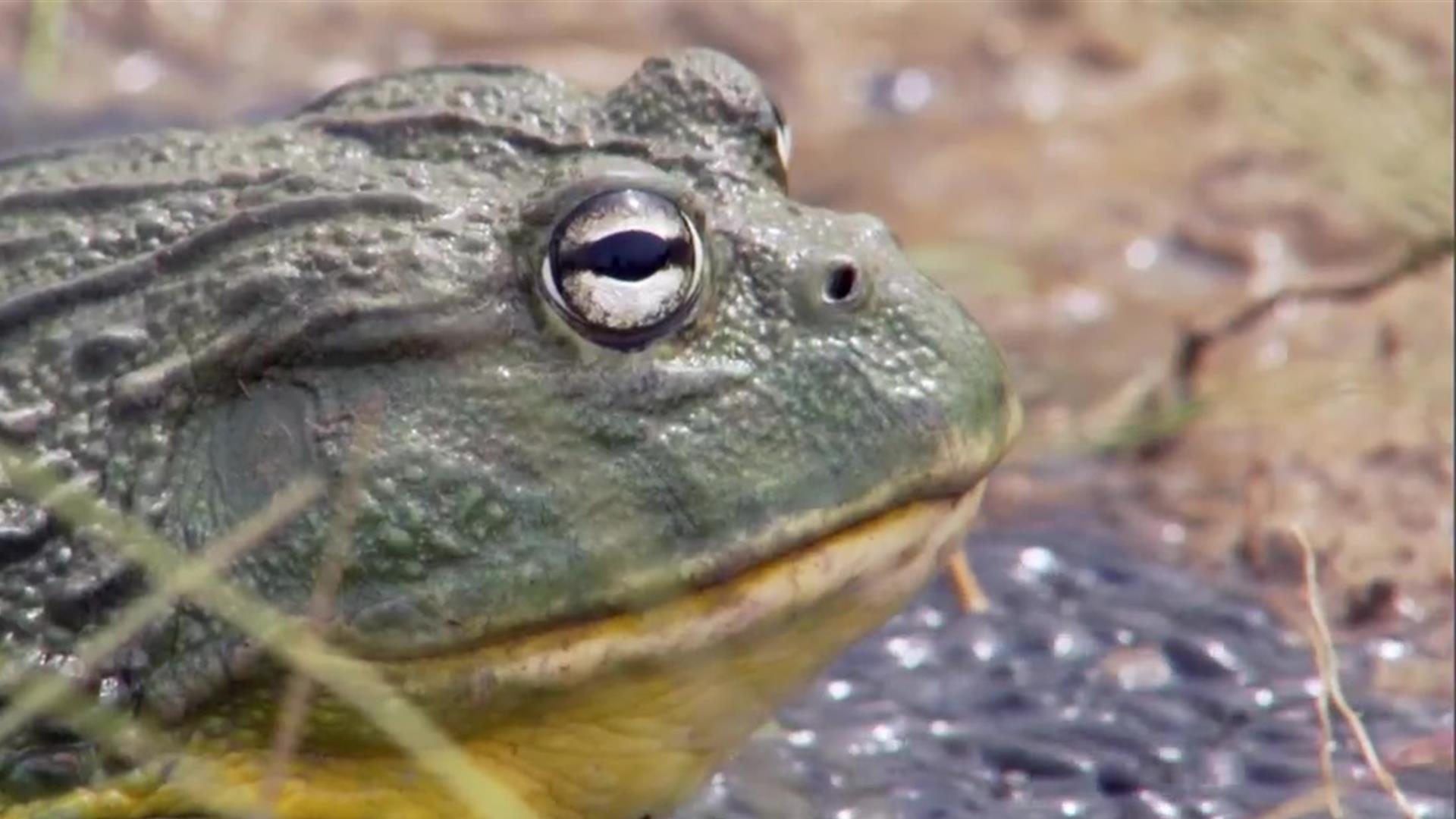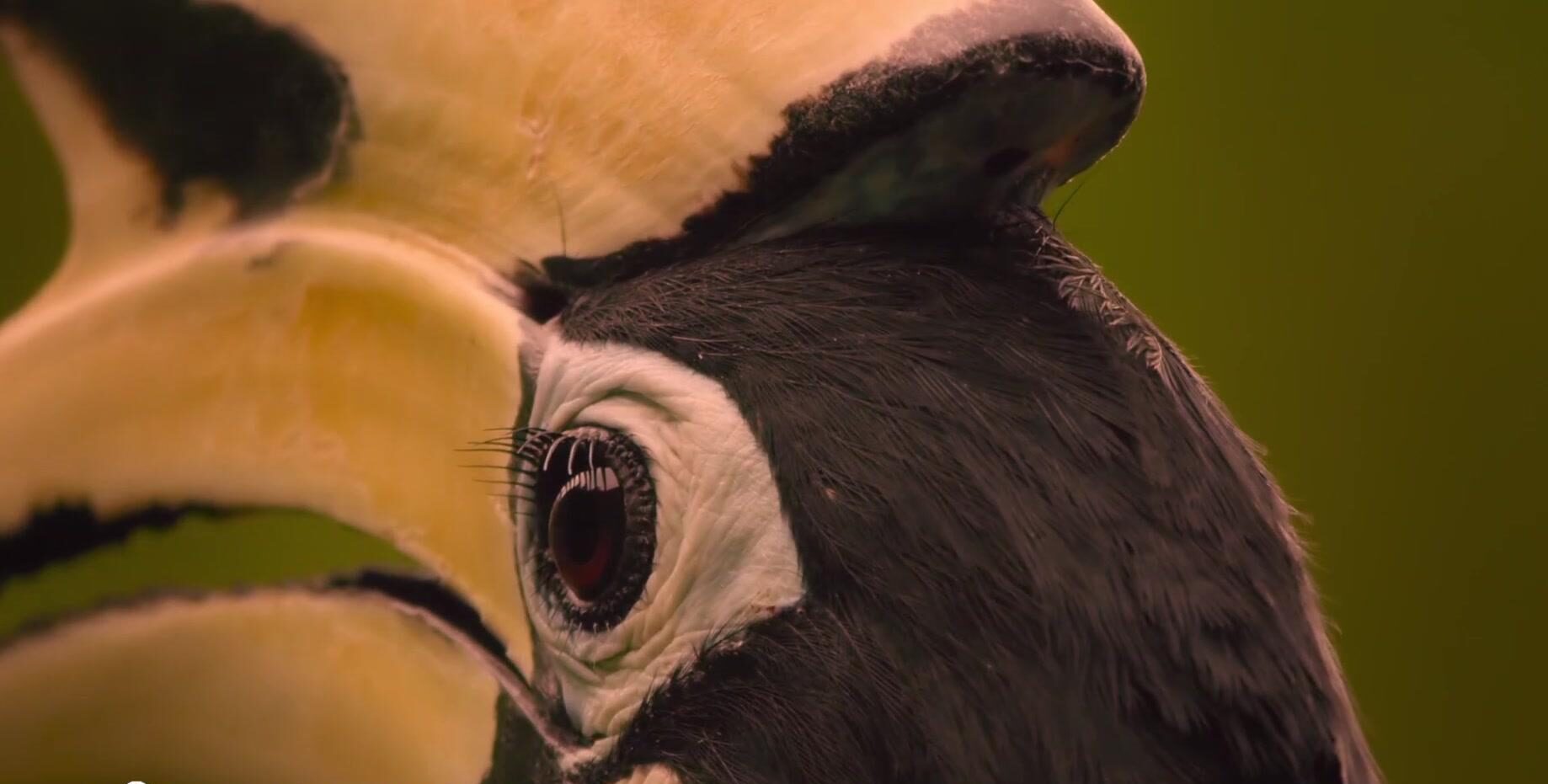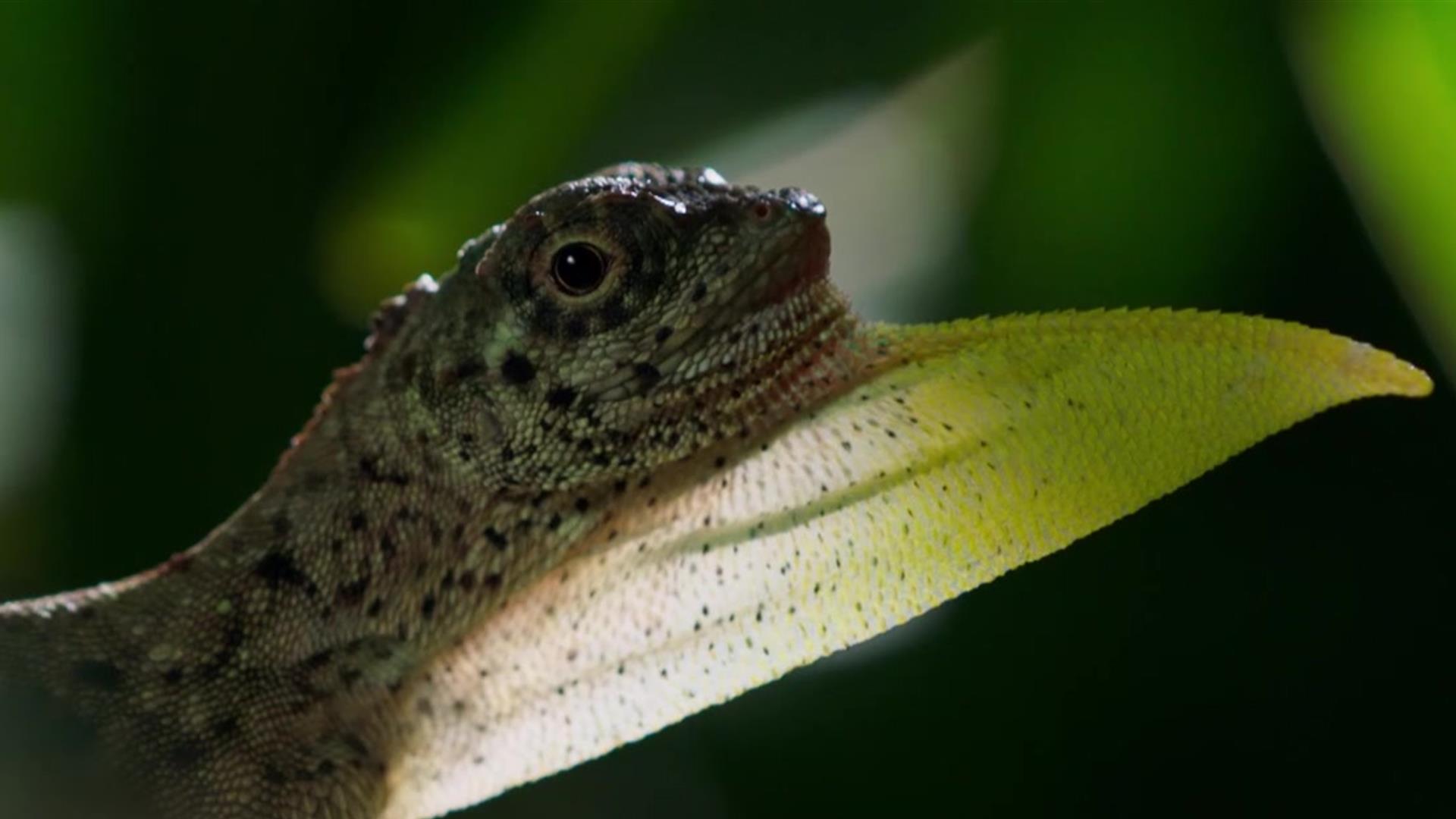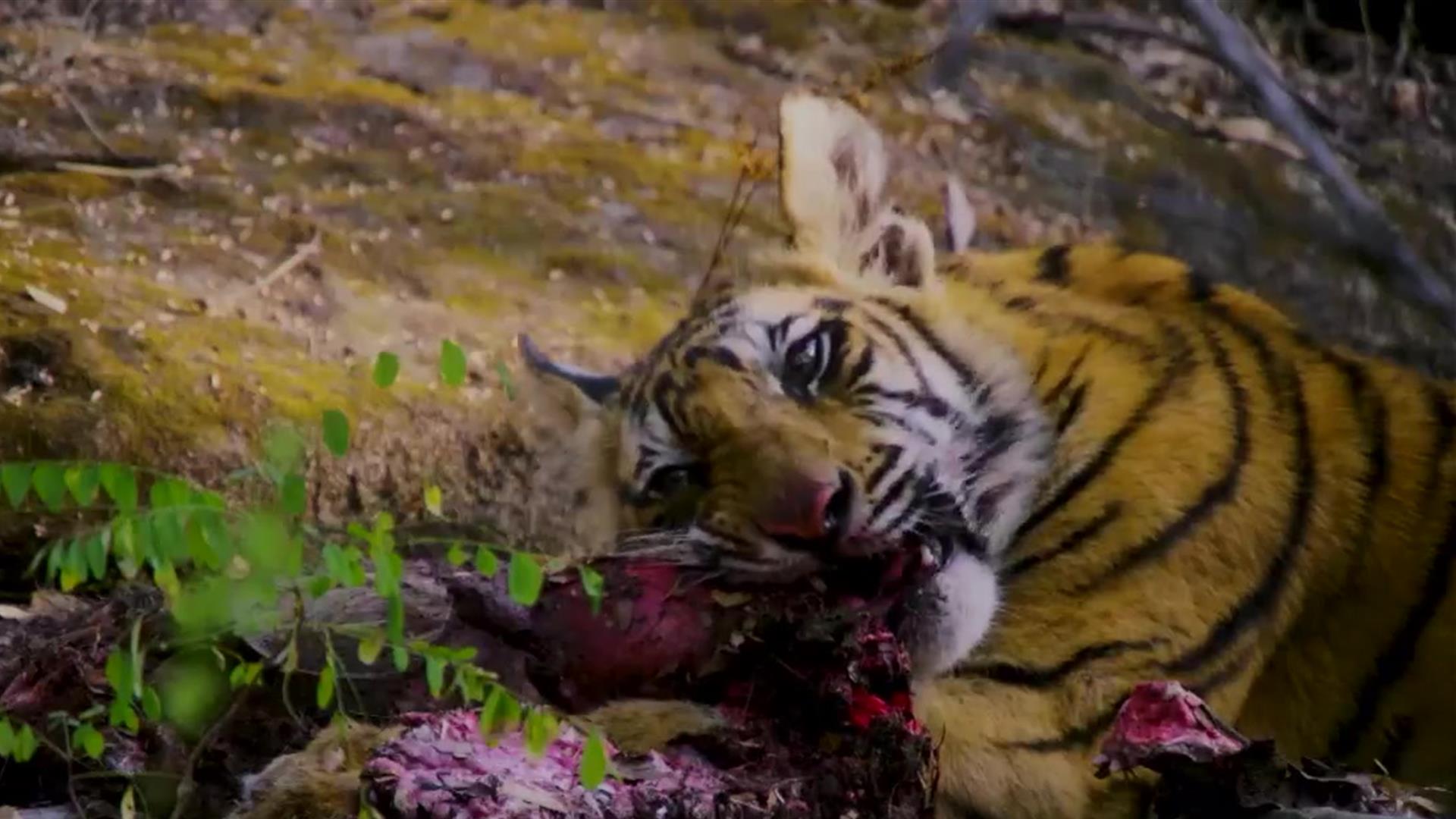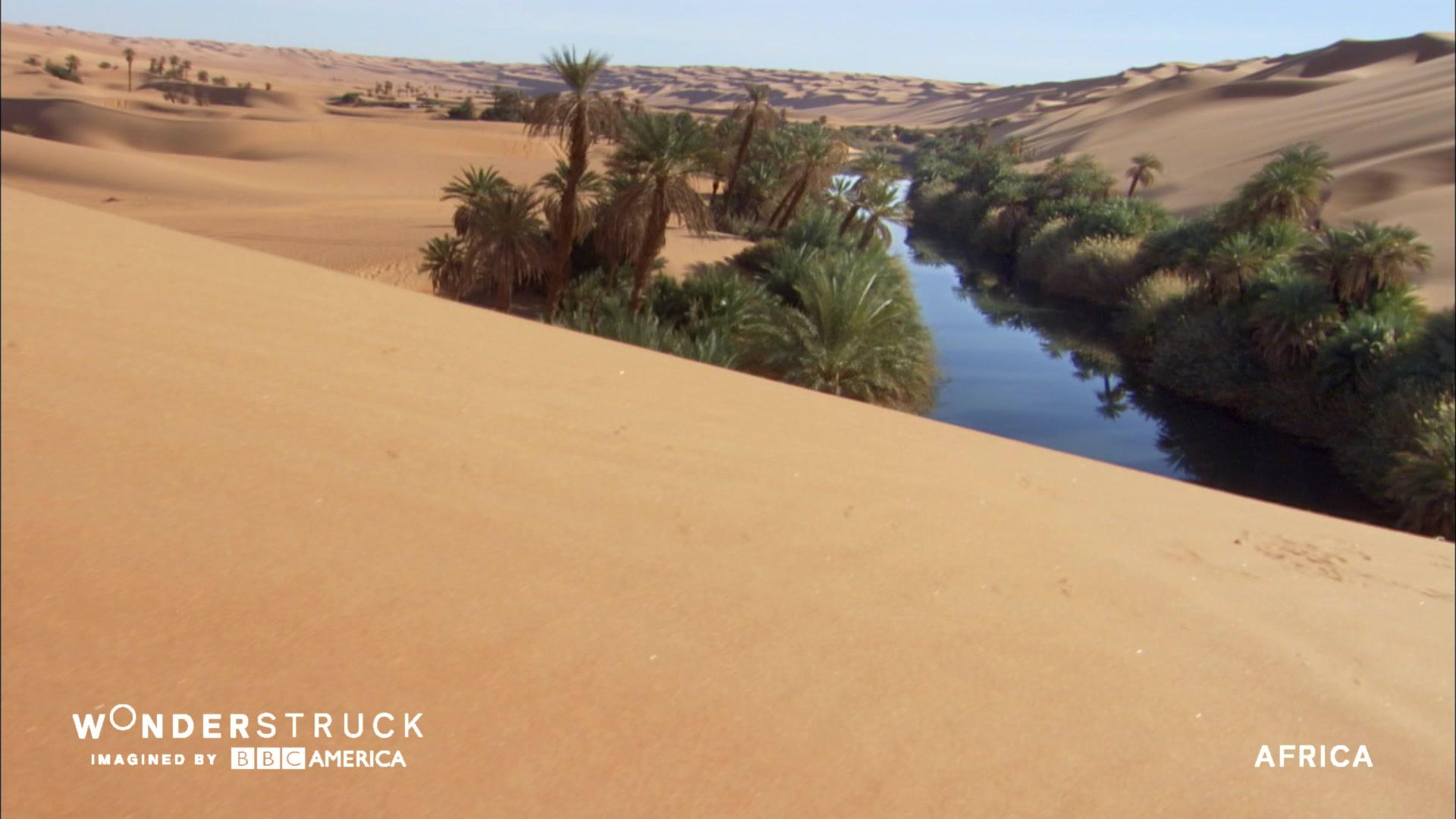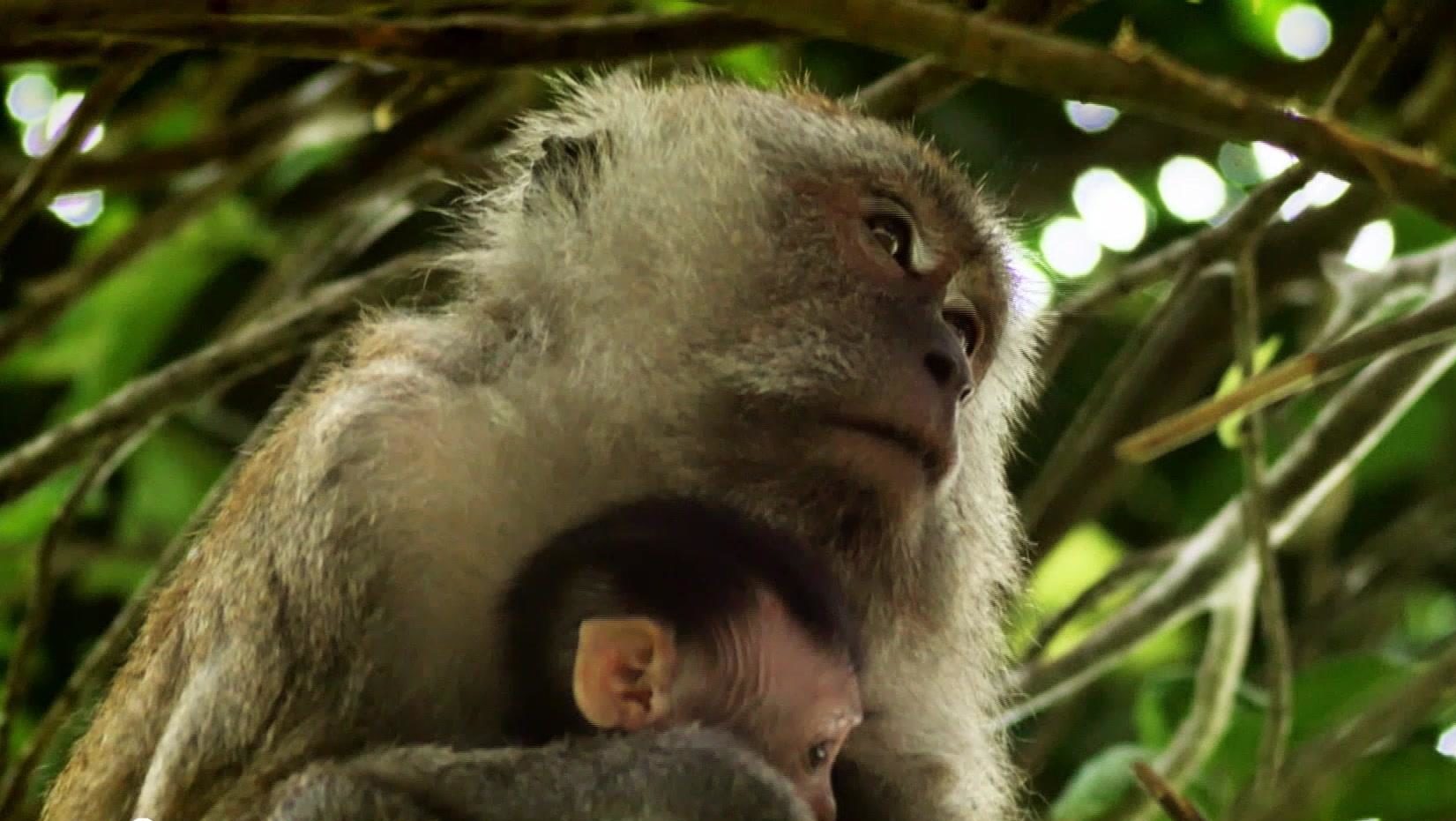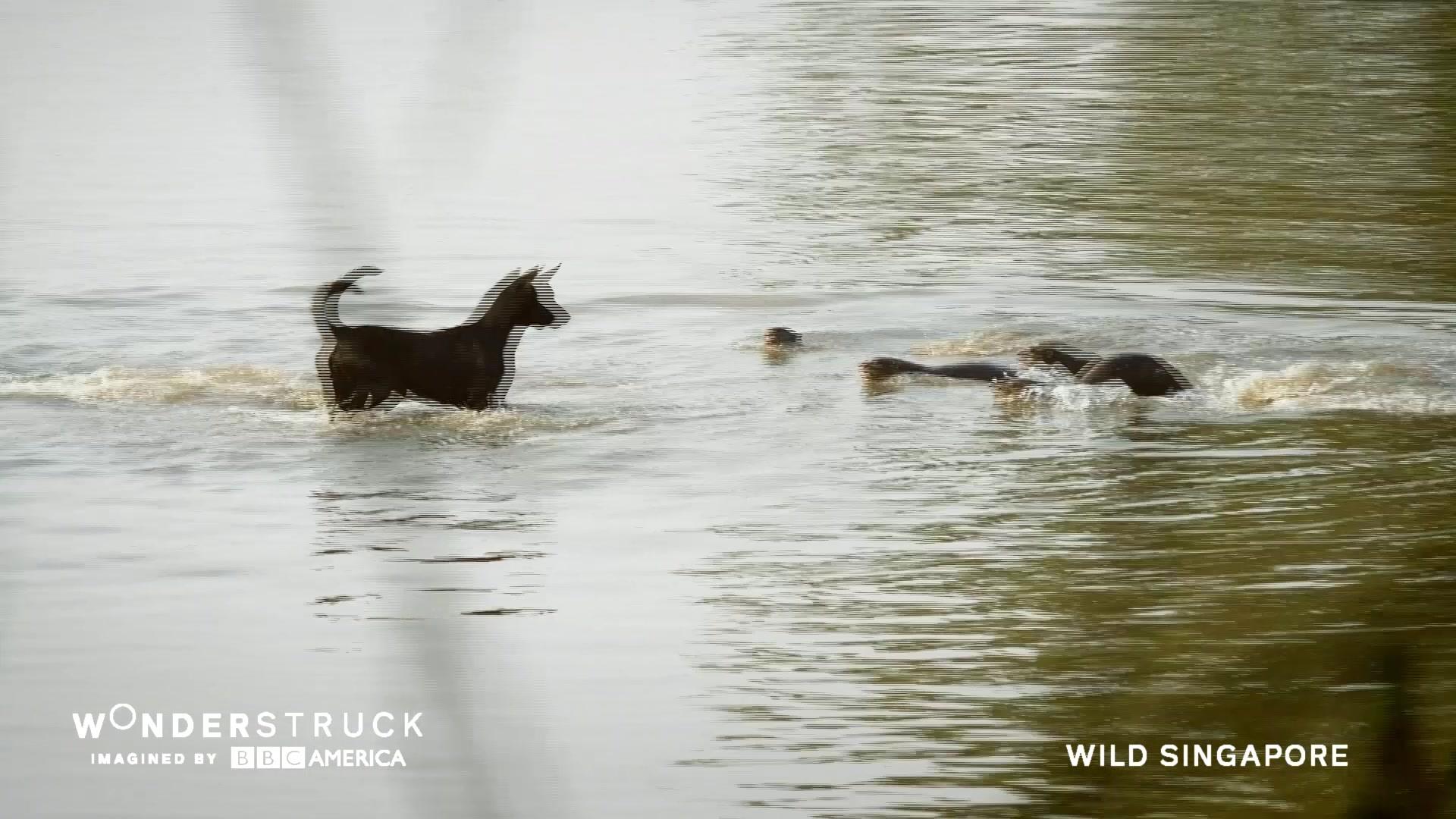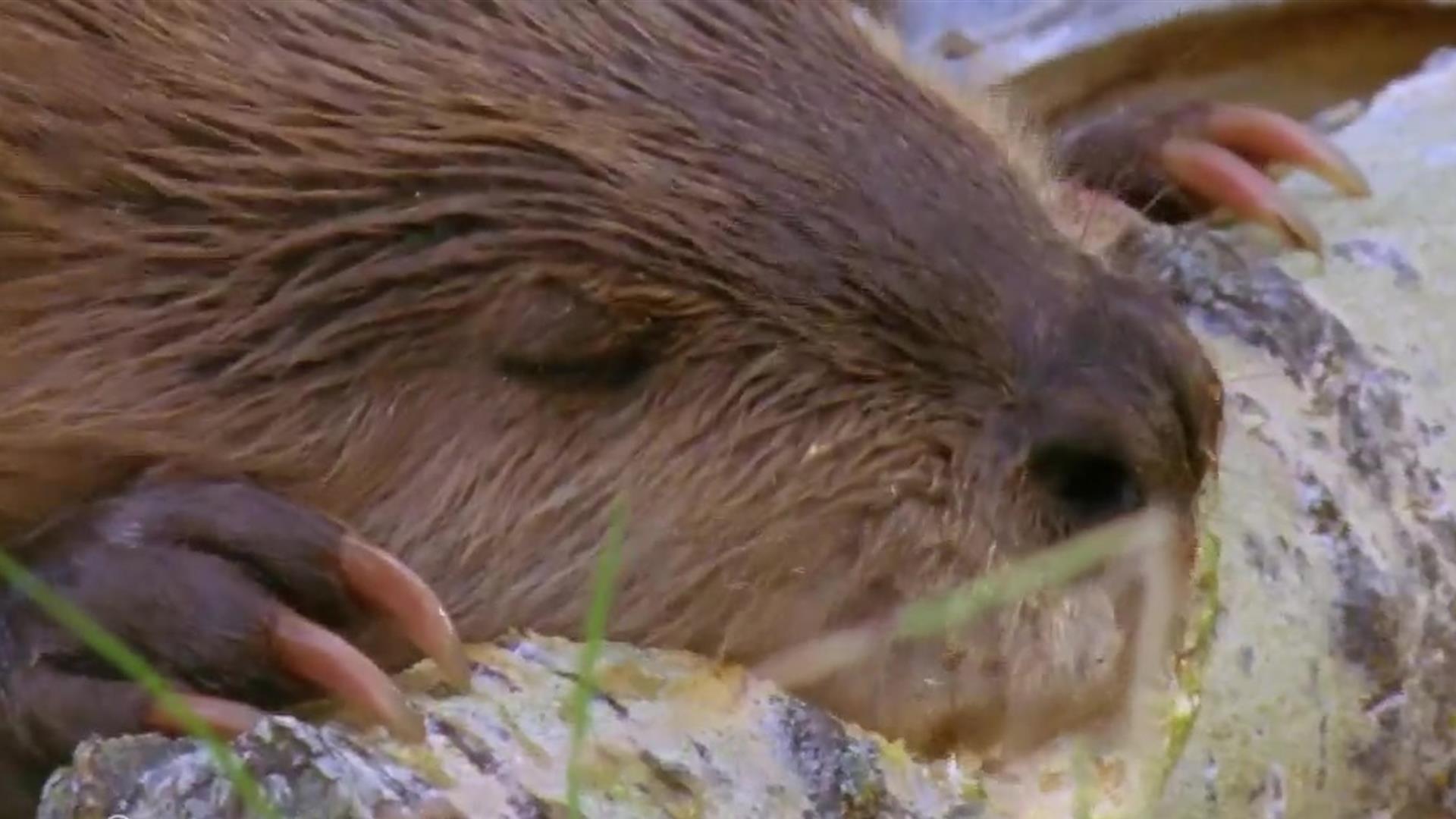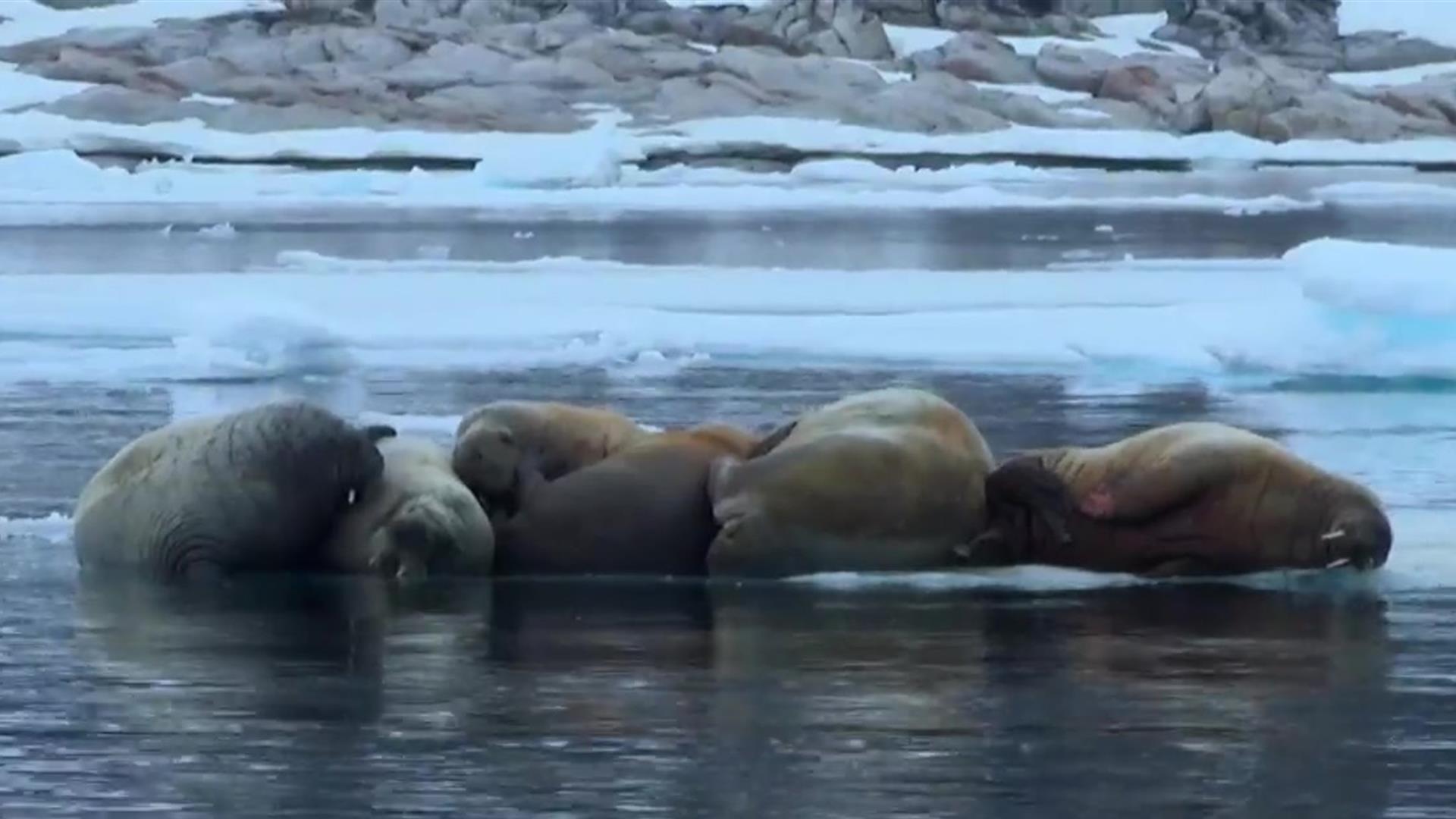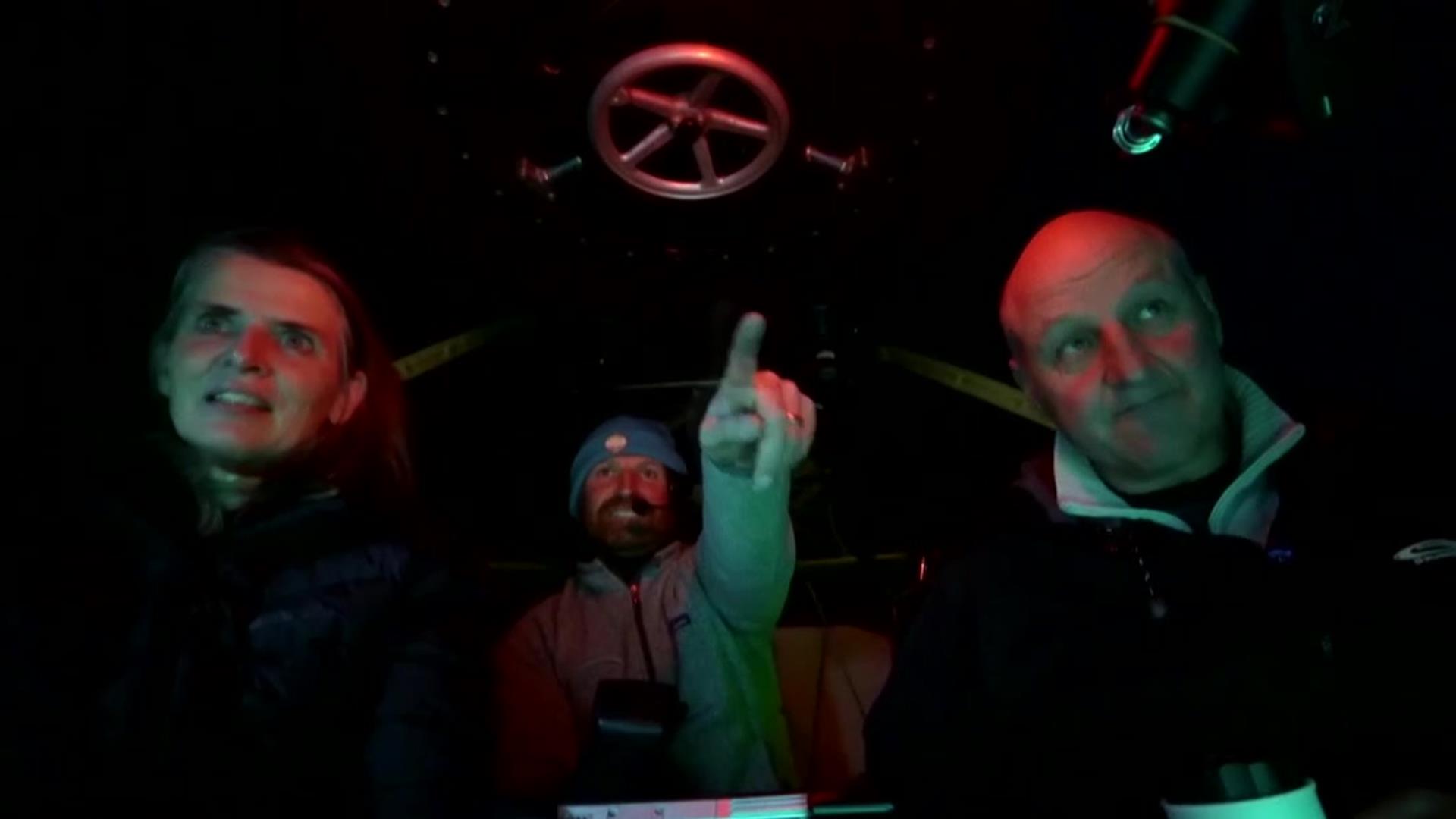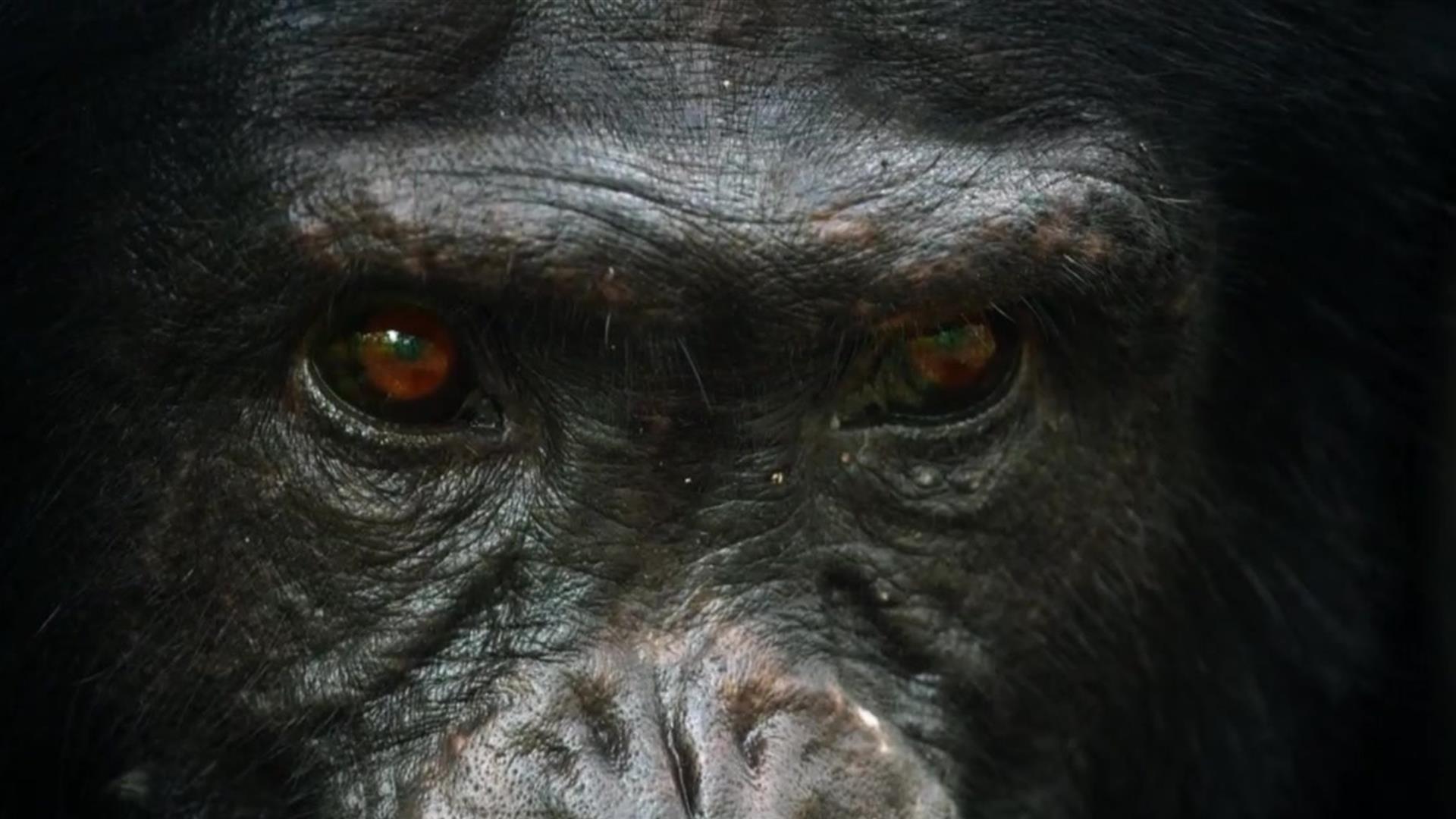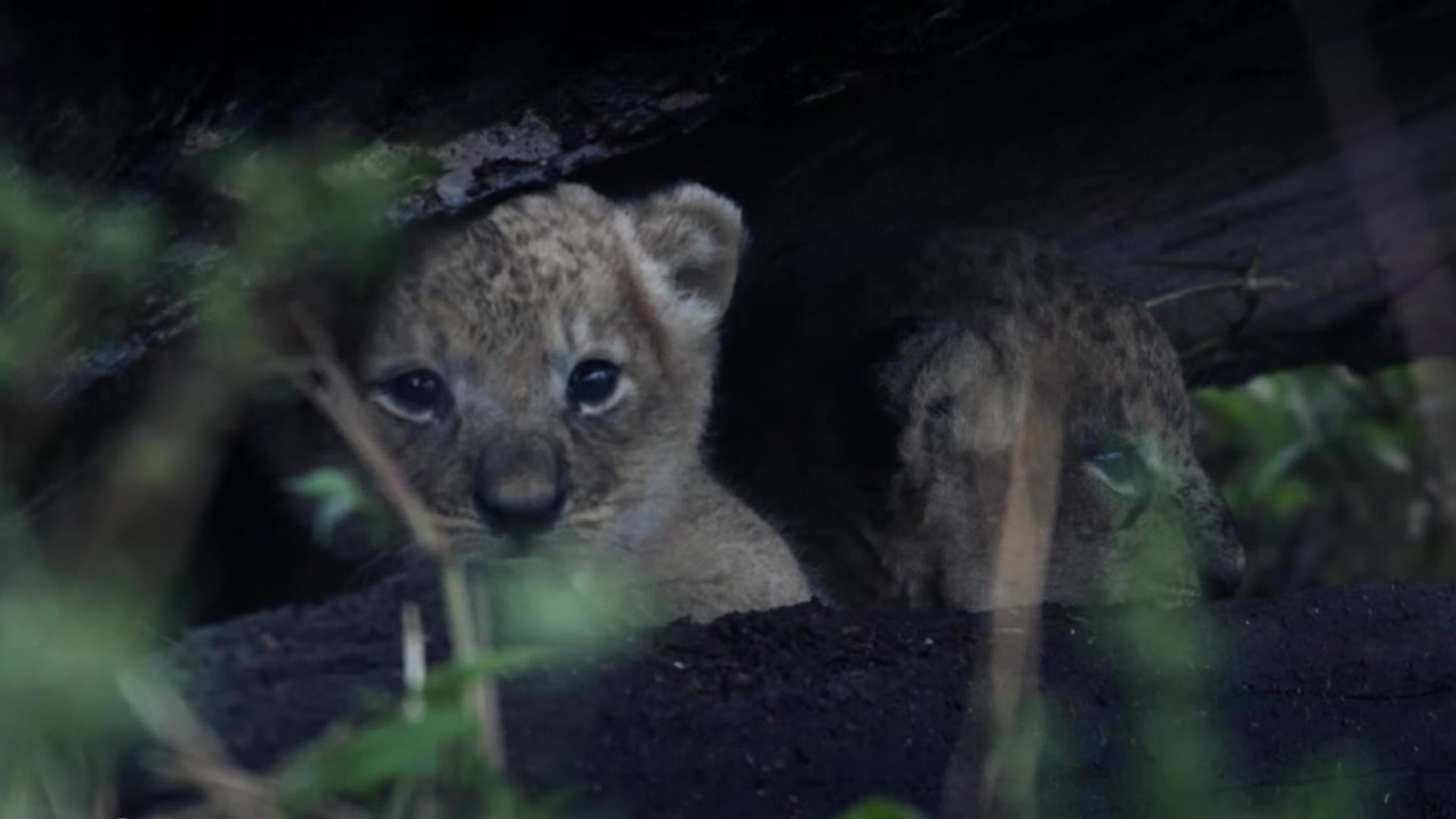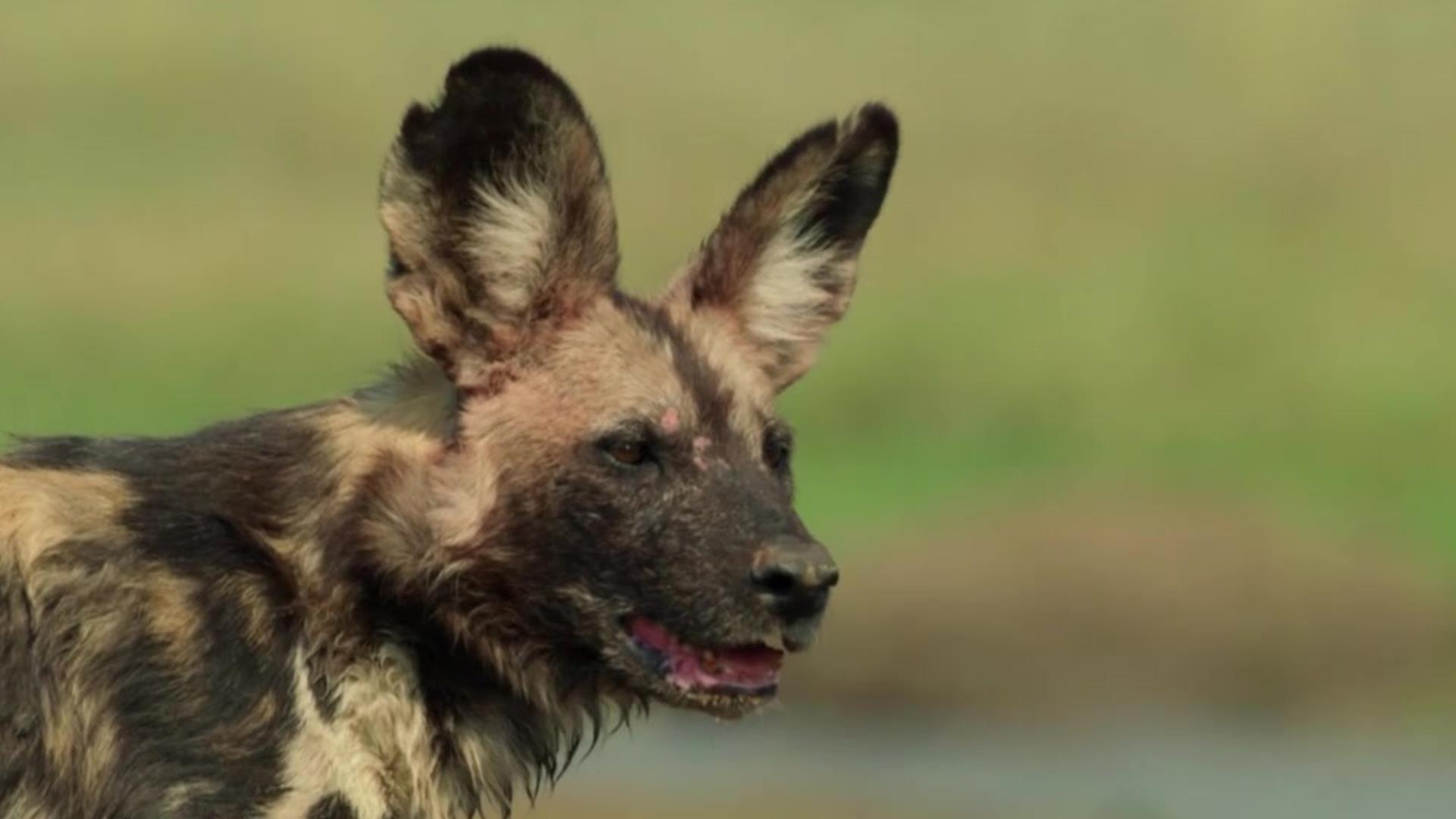Up Next
Funghi Timelapse
In this strange forest world, life is built on decay.
Venus Flytrap Pollentation
Take a closeup look at what happens when venus flytraps call a temporary truce.
Timelapse: A Lake Through the Seasons
White water lilies and spring flowers are reborn as the winter ice retreats.
Creeping Jungle Plants
A fascinating look at how creeping plants anchor themselves in the search for sunlight.
Hyperlapse: Hong Kong
The lights in this city of seven million are a sight behold.
Starfish Timelapse
Starfish race for the highest point to spawn.
Desert Rain Frog Hunts by Night
While on the hunt for insects, this patient frog must be on the lookout for ambushes by other hidden predators.
Incredible Tarsier Hunting Skills
With night vision 20x stronger than humans, these tiny primates are some of the jungle’s most impressive predators.
Nectar Craze: Hummingbirds vs. Bees
Hummingbirds must consume half their weight in nectar each day — plus compete with hungry bees!
Hatching Baby Seadragons
It’s a seadragon dad’s job to carry the fertilized eggs until they hatch.
The Naked Mole Rat Princess
This youngster has an important destiny to fulfill on the dangerous surface.
Femme Fatale Firefly Sets Trap
Watch a opportunistic Photuris firely set a trap behind a spider’s web.
Wild Hamsters Roam Cemetery
Graveside flowers are worth fighting for.
Cichlid Fish Carry Babies in Mouth
It’s the best way to keep their young safe in busy tropical waters.
Calliope Hummingbirds in Yellowstone
One of Yellowstone’s smallest migrating birds fights to defend his flower patch.
Insects Spraying for Protection
These insects pack potent chemical weapons to protect against predators.
Weedy Seadragon Mating Dance
A seadragon couple shares a graceful dance in the evening light.
The Mighty Sengi
This tiny female ‘elephant shrew’ outwits her enemies with cheetah like movements.
Clownfish Life in the Anemone
The clownfish male is under constant surveillance by the female to ensure his egg-caring performance is up to par.
The Lizard that Walks on Water
A human would need to run at 100 mph to do what the “Jesus Christ lizard” does easily!
Sand Dune Stealth Mode
What these ping-pong ball-sized moles lack in sight, they make up for in hearing.
Clownfish in a Coconut House
A clownfish family comes together to make home improvements.
Seductive Blenny Dance
How far will a blenny go for love?
Mola Mola Reef Bath
With the help of angelfish, this oceanic wanderer rids itself of clingy parasites.
Crab vs. Eel… and Octopus!
A crab must run the gauntlet to reach its far away feeding grounds.
Octopus in a Shell Suit
Watch the first-ever footage of an octopus using shell armor to hide from a shark!
To Catch a Hunter, Use a Hunter
The ‘Blue Planet II’ crew went old-school to film airborne Giant trevally in South Africa.
Hypnotic Cuttlefish Color Changes
The ocean’s master of disguise uses its superpower to hunt crabs and hide from sharks.
Iceberg Mega-Dome Success
Discover how the ‘Blue Planet 2’ crew filmed a mother walrus and her pup using the UHD Mega-dome.
Rare Sperm Whale Cam Footage
Suction cup cameras provided the ‘Blue Planet II’ crew with a whole new perspective of a sperm whale family.
Orca Secret Weapon
A gathering of orca whales use fascinating teamwork to hunt herring.
Slow Motion Puffin Theft
See how ‘Blue Planet II’ cameramen used special slow-motion cameras to capture high-speed, bird-on-bird theft!
Deep-Sea Coral Reefs
Coral has been found all the way down at 6,000 meters deep, but these reefs are incredibly vulnerable.
Portuguese Man o’ War Sailing
One touch from this beautiful but deadly creature is enough to paralyze.
Fish Changes Gender
After reaching a certain body size, Kobudai fish can change from female to male!
Genius Giant Trevally
No bird is safe from these giant trevally, who’ve learned how to calculate the trajectory of their prey in flight.
Cutthroat Eel Escape
Can this eel escape a toxic brine pool death trap at the bottom of the sea?
How to Film a Sperm Whale Dive
Sperm whales can dive up to 3,280 feet deep. Meet the underwater cameraman who managed to capture this split-level footage..
What’s Beneath the Boiling Sea?
Dolphins, sailfish, and rays all get in on the lanternfish hunting action.
Spider Crab Molting
Around the first full moon of winter, hundreds of thousands of spider crabs gather to shed their shells.
Sharing Our World With Dolphins
Meet the group who’ve been helping dolphins suffering from plastic since the 1980’s.
How Does a Cockeyed Squid Hunt?
With an oversized left eye, this deep-sea squid can detect silhouettes of prey swimming above.
How the Seas Are Changing
Over four years of filming, the ‘Blue Planet II’ crew witnessed key changes in the world’s oceans.
Straightscope Cameras in the Reefs
It took a very special camera stytem to film the lives of the creatures of the reefs.
Unusual Neighbors: Manatees and Alligators
At this Florida manatee hangout, youngsters get the chance to meet some unusually chilled-out reptiles.
Dugon Sea Grazers
As the largest herbavores in the sea, dugons can eat an entire football field’s worth of sea grass in a single day.
Chokka Squid Capsules
In temperate seas, there are even more squid than fish.
Vampire Squid from Hell
The weirdest deep sea creature in the world of the strange.
The Biggest Fish in the Sea
A whale shark enjoys it’s annual plankton feast while other fish use it as a giant shield.
Flamingo Chicks Escape Frozen Patagonia Lake
Young flamingo fledglings use the help of a seasonal wind to break their shackles of ice.
Leopard vs. Antelope vs. Hyena
Watch the surprising twist ending when an opportunistic hyena interrupts a leopard and her prey.
Daring Monkey River Crossing
Hungry monkeys make a daring leap of faith across a crocodile infested river.
Eagle Alert in Meerkat Manor
Baby meerkats make for easy eagle pickings. Can this young one’s family find him in time?
Monitor Lizard Chases Sengi
For its size, the sengi is faster than the cheetah. Can this crafty mother escape a hungry monitor lizard?
Athletic Caracal Hunts in the Grasslands
It’s sunset in the Kalahri — will this hungry Caracal get her supper?
Lizard and Hawk Play Hide-and-Seek
A hungry hawk chases a crafty lizard through cacti in the desert. Will it end in a successful hunt or a great escape?
Mira the Chimpanzee is Rescued From a Chain
Now safe at Liberia Chimpanzee Rescue & Protection, this sweet girl enjoys cuddles with her carers.
Mama Turtle Completes Epic Journey
A female turtle spends five long years returning to her birth site to lay hundreds of eggs of her own.
Gorgeous Owl on the Hunt
A hungry owl and a clever vole engage in a snowy game of cat and mouse.
Kalahari Leopard on the Hunt
The nearer he gets to his skittish prey, the quieter he must be.
Drama at the Watering Hole
Baby ostriches dodge elephants, giraffes, zebras, and brawling lions while trying to quench their thirst.
Inside a Crown Eagle Nest
This mother bird’s risk paid off — she’s the only resident eagle in this entire forest!
A Tiny Hero of the Sahara
Meet the tiny little dung beetle that could.
Mountain Gorillas: Earth’s Largest Primates
This baby monkey’s ancestors have roamed Earth’s forests for millions of years.
Springboks Pronking Around
Pronk around! Pronk around! Pronk up, pronk up and get down!
Turtle Hatchling Reaches the Deep Blue Sea
Only one hatchling in 1,000 will survive to adulthood, but the ones that do can live over 80 years.
Guanacos Grow Up in South America
Watch a gangly Guanaco calf take its very wobbly first steps.
Film Crew Barely Escape Elephant Seal Fight
After facing the roughest seas in the world, the ‘Seven World, One Planet’ Antarctica crew found themselves in the middle of an elephant seal duel!
Filming Lynx and Grey Wolves in Europe
Elusive Iberian lynx and grey wolves were extremely hard to find — let alone film.
Baboons On the Flooded Plains
Jump on in, the water’s fine!
Seals vs. Penguins
These two make for surprisingly well-matched rivals.
Dolphin Tail Slapping
Here’s how to hunt in the shallowest of waters.
Inside Underwater Volcanos
Measured from the sea floor, some of these peaks are taller than Everest!
Baby Ducklings Take the Leap
From fifty-feet up in a tree, mandarin ducklings take their first flights!
Macaque Waterpark!
These crab-eating monkeys have found a one-stop-shop to swim, fish, and play.
Amazon River Dolphins
These highly social boto dolphins use sonar and teamwork to navigate life in the murky water they call home.
Flying Lizard Escapes Snake
It’s every lizard for themselves when a snake interrupts a tree trunk courtship.
Nursery Season in Yellowstone
All the baby animals have come out to play.
Baby Otter Snuggles
This mama otter keeps her baby’s fluff on fleek.
Sleep Hard, Play Hard
After seven months of hibernation, it’s ClamFest for these hungry grizzly bears!
Mysterious Moving Rocks
How do these gigantic rocks move on their own?
Nature’s Cuddliest Wild Rabbits
They’re at the top of every predators hit list, except on this very special island.
Swimming With Pigs
Pigs can’t fly, but they sure can swim!
The Most Dangerous Bird on Earth
The Southern cassowary is the closest animal we have to a living dinosaur.
Graceful Lechwe Flood Dance
Flood waters bring safety to this frolicking antelope family.
Seabird Chicks Take Flght
These 20-day-old chicks must face the first challenge of their lives.
Cactus Flowers at Night
Saguaro cactus flowers bloom over a period of successive nights in the Sonoran Desert of Arizona.
Spatula Tailed Hummingbird
A highly endangered hummingbird with an extraordinary courtship ritual.
Leaf Monkey Babies
These gray leaf monkeys might appear drab, but their newborns stick out like a (cute) sore thumb!
Beware the Land-Walking Octopus
Octopuses live and breathe underwater, but that doesn’t stop the Australian Abdopus from roaming on land, too.
Rebellious Baby Spider Monkey
Enthusiasm? Absolutely. Technique? Not quite.
Baby Iguana vs. Snakes
Can this marine iguana hatchling outrun dozens of hungry snakes on the beach?
Splishing, Fishing and Splashing
Watch and learn, grizzly cubs!
A Sloth Swims for Love
This three-toed pygmy sloth is doing his best to find “the one”!
Meerkats Watch the Sunrise
There’s nothing like some Vitamin D to kickstart your morning.
Friendly Penguin Greeting
I felt like I wanted to hug him.
The Sounds of a Storm
No umbrella required.
The Sounds of the Rainforest
Lose yourself in the sounds of the forest floor.
The Sounds of Hummingbirds
Experience the unique sound of wings flapping 15 times per second.
Penguins Watch the Aurora Australis
These Antarctic residents get front row seats to one of nature’s greatest light shows.
How to Do Laundry in the Wild
Warning: While washing your shirt, you may share a pool with some interesting friends.
Peregrine Falcon Chicks’ First Flight
The ‘Planet Earth II’ camera crew releases peregrine falcon chicks into the skies of New York City.
The Spinner Dolphin Twist
The signature Spinner dolphin twist: maybe for communication, maybe just for fun.
Tiger Cubs Leave the Den
Tigress Raj Behra’s two week old cubs take their very first steps.
The Sounds of a Meadow
These busy grasses have their own special music.
The Sound of Waves
Sit back and let the sound of the ocean wash over you.
The Life of a Wildlife Filmmaker
Giant spiders, brutal weather conditions, and hours and hours of waiting are all worth it for the moments of pure animal magic.
Cameraman Spends 10 Days in a Tree
This ‘Planet Earth II’ cameraman describes what it was like to camp out in the canopy.
Stories of Life, Death, and Power
Dynasties’ Producer Mike Gunton takes us behind the scenes of nature’s most dramatic stories.
Piraputanga Fish Jump for Fruit
With a successful mid-air twist, these fish can collect their tasty prize.
Earth’s Largest Bald Eagle Gathering
She isn’t much to look at, but this Bald Eagle’s got attitude for days.
Grizzly Bear Salmon Feast
It’s a fish feast for the ages in Katmai National Park, where grizzly bears eat up to 90 pounds a day.
Nature’s Weirdest Fish
Oarfish look like giant seafish and can grow up to 36 feet long!
Jellyfish Blooming Mahem
Simplicity is the key to a jellyfish’s success.
The Predator You Never See Coming
Of all the hungry hunters, these are the ones that salmon can never see coming.
Underwater Drama
Each animal plays their part in the annual spectacle of the South African Sardine Run.
Sea Predators and Prey
Underwater predators are joined by dive-bombing birds to hunt for prey.
Japanese Mud Skippers
These amphibious fish fight and mate on land.
Sardine Feeding Frenzy
You better look out below…. and above!
High Flying Fish
These unique fish spread their wings and leave the ocean to escape predatory Dorados.
Fishing in the World’s Mightiest Rapids
One wrong move and this fisherman could fall into the Mekong River currents.
Antogo Lake Fishing Frenzy
Follow a fisherman’s journey alongside two thousand others into Antogo Lake!
Underwater With the Biggest Animal on Earth
Filming a blue whale feeding underwater is not for the faint of heart.
Inside Patagonia’s Impenetrable Ice Fortress
Few people have ever been this close to the stunning San Rafael glacier — the fastest calving glacier in the world.
Sea Lions & Pelicans Hunt Side-by-Side
This remarkable sea lion hunting technique is unique to the Galapagos — and hungry pelicans get to reap the benefits, too!
Baby Otter Learns the Ropes
A mother otter keeps her pup warm and fluffy while teaching it how to hunt.
Annual Penguin Mating Mixer
Emperor penguins — serial monogamists —move from ocean to ice to choose their mates for the year.
Baby Turtle Beach Sprint
The last hatchling on the beach dodges predators from above and below on her way to the safety of the sea.
Singing Belugas and Swimming Polar Bears
What better way to celebrate your birthday than with beluga whales and polar bears?
Fishermen Save Whale Sharks
In these Indonesian waters, whale sharks are protected and thriving.
Raising a Humpback Whale Calf
A mother humpback whale must go without food while her calf consumes 500 liters of her milk a day.
Polar Bear Swims in the Open Sea
As their ice world disappears, polar bears have been known to swim up to 60 miles offshore in search of food.
Humpback Pod At Work
Watch how this humpback family works together to hunt off the coast of Alaska.
Unusual Neighbors: Manatees and Alligators!
Young manatees boop noses with alligators in the warm pools off the coast of Florida. Explore North America on an all-new ‘Seven Worlds, One Planet’ this Saturday at 9/8c.
Humpback Whales Bubble Net Fishing
Humpback whales use ingenious teamwork, bubbles and sound to trick herring to the surface.
Arctic Unicorn Secrets
Narwhals are some of the most mysterious and elusive animals in the oceans.
Creatures of McMurdo Sound
Red starfish, nemertine worms and sea urchins flourish under the Antarctic ice.
Humpback Whale Heat Run
Male humpback whales compete with each other while racing after a female.
Inside a Sea Snake Cave
Sea snakes breed in underwater caves and have some of the most toxic venom in the world.
All Aboard for an Epic Boat Journey
Explore the tricked-out boat ‘The Hunt’ crew used to film elusive deep-sea predators.
Fascinating Blue Whale Facts
The world’s largest animal can weigh up to 190 tons.
Filming First: Blue Whale Hunting
In the words of ‘The Hunt’ cameraman: “It was the most extraordinary thing I’ve ever seen”
Flying Squirrels Hunt for Truffles!
The ‘Eden’ crew films flying squirrels by night as they search for delicious truffles.
Baby Tortoises Grow Up in the Galapagos
Discover how scientists track the turtles of Galapagos National Park to give them the best chance of living full, healthy lives — of up to 150 years or more!
Dark Skies: Mind-Blowing Astrophotography
Find out what it takes to capture the perfect skyscape.
Zambia Animal Babies
In the Luangwa Valley, conditions are perfect for baby leopards, elephants, monkeys and more to take their very first steps in the world.
Novice Meerkat Babysitters
It’s hard work to keep an eye on three rambunctious baby meerkat pups.
Young Meerkat Lovers Risk It All
The attraction is mutual between these two young meerkats. But will family come between them?
Sleepy Meerkat Pup Snuggles
The first day out of the den is equal parts exhilarating and exhausting for these tiny meerkat pups.
Meerkat Pups Leave the Den
Triplet meerkat babies explore the world outside their den for the very first time.
Sloth Climbs At Top Speed
She’s very slow and very determined. Watch a sloth’s journey to a juicy clump of fresh leaves.
Naughty Lion Cubs on the Loose!
These playful young lion cubs annoy their sleep deprived parents in the grasslands.
The Beauty of a Storm
Experience a powerful storm alongside lions, sengis, and reptiles in the African grasslands.
Elephant Family Reaches Fruit Trees
After enduring a sandstorm and miles of walking in brutal heat, these desert elephants celebrate with a fruit tree feast.
Rescue Chimp Learns to Trust Again
Johnny sadly spend ten years on a chain. But heroic rescuers at Liberia Chimpanzee Rescue & Protection have given him a whole new life, full of 24/7 love.
Californian Burrowing Owls Fall in Love
These adorable owls enjoy seasonal beetle delights and settle in for the breeding season.
Flirtatious Rhinos
Will this young female rhino fall for a would-be mate’s eccentric style?
For the Love of Honey
A brave chimpanzee uses tools to break into a hidden beehive.
Bobcat Cubs Welcome Mother Home
Watch these curious cubs welcome their mother back to the den.
Seal Pups Dance
Seal pups perform a playful dance in front of an audience of very unimpressed penguins.
Troglobite Cave Specialists
Isolated for thousands of years, these mysterious creatures have everything they need inside their caves.
Acrobatic Flat Lizards
The river holds a secret for any lizard willing to leap for it.
Caribou in Search of Mineral Salts
It’s easier to hide when there’s only two of you.
Frozen Forest Hide-and-Seek
So many tunnels, so little time. Will this Marten get lucky and find a mouse?
An Insect’s Guide to Seduction
These giraffe-neck weevils go to impressive lengths to find a mate.
Close Encounters of the Animal Kind!
Meet the adorably curious animal stars of ‘Eden: Untamed Planet’, who got up close and very personal with the lucky crew.
Baby Chimps Learn to Use Tools
Young students at Liberia Chimpanzee Rescue & Protection learn to use rocks to crack open their food.
Baby Chimp Students Are Adorably Distracted
It’s hard to keep these little one’s attention, but the rescuers at Liberia Chimpanzee Rescue & Protection are up to the challenge.
Snowshoe Hare Camouflage
The Yukon’s sneakiest residents are masters of disguise all year round.
Mission Impossible: Lizard Edition
These bold lizards of the Savannah hunt flies on top of sleeping lions.
Kangaroo Joeys Learn How to Box
90% of Australia’s wildlife is found nowhere else on earth.
Carmine Bee-Eater Cliffside Feast
These African birds treat themselves to a bee hive feast on the side of a cliff.
Eurasian Bear Cubs’ First Tree Climb
Practice makes perfect for these brown bear cubs of Finland.
Flying Lemurs
The nickname “Flying Lemur” may be a bit misleading, but these Colugos are the masters of the glide.
Baboons Who Live in the Sky
The three-mile-high summits of the Ethiopian highlands are for expert climbers only: Gelada baboons.
Bear Fishing: ‘A’ For Effort
A young Alaskan brown bear hasn’t quite mastered the art of catching leaping salmon.
Little Stoat Busts a Move
Young stoats learn important life skills during play — plus they get to break out their dance moves.
Groovin’ Grizzlies
A behind-the-scenes look at how the producers of ‘Planet Earth II’ stumbled upon comedy gold.
Competitive Widowbird Mating Jumps
This young male widowbird figures out how to (literally) raise his game.
Ostrich Romance
An alpha male woos some lusty females with a show-stopping performance.
Elephant Family Rally Around Their Baby
After surviving a sand storm, desert elephants rely on teamwork to save their youngest member.
Venus Flytrap Attack
Watch how this deadly plant trap its prey.
Jungle Cat Mom Uses Super-Senses
With hungry kittens to feed, a Margay cat prowls the jungle at night.
Here Be Baby Dragons!
Otherwise known as “olms”, these creatures can go an entire decade without a meal.
Cicada Zombie March
This periodical cicada swarm is the largest insect invasion on the planet.
The Radiant Damselfly
In Southern France, the Damselfly is on the hunt to find the most suitable mate for breeding.
The Itty Bitty Brazilian Pygmy Gecko
Watch how this itty bitty floating lizard manages to survive in the rainforest despite its tiny stature.
Giant Bullfrog Combat
Male giant bullfrogs, which can weigh more than two pounds, battle it out during mating season.
Giant Bullfrog Guardian
One male stays behind to watch out for everyone’s tadpoles.
Brilliant Hornbills Hunt for Bats
Using their binocular vision and precision beaks, hornbills successfully catch bats for dinner — for the first time ever caught on camera!
A Chameleon’s Life in the Trees
Don’t climb another panther chameleon’s tree unless you’re looking for trouble!
Flying Draco Lizards
Draco lizards can glide over 100 feet with a single leap.
Cute Tiger Cubs Become Invisible Hunters
To survive in the forest, tiger cubs must learn to blend in.
Mama Grizzly: High Risk, High Reward
Fortune favors the brave bears.
Swallows Navigate Poison Oasis
After traveling thousands of miles, swallows quench their thirst in the heart of the Sahara.
Baby Monkey Pool Party
A monkey nanny-turned-lifeguard has her hands full with the young monkeys of Singapore.
Wild Dogs vs. Otters
The wild dogs of Northern Singapore are no match for this close-knit otter family.
Beaver Dam Building
The beavers of Yellowstone fell hundreds of cottonwood trees every year as they construct their homes.
Close Walrus Encounter
These inquisitive walruses were eager for some camera time!
500 Hours Underwater
It takes weeks underwater to find and film the fascinating animals of the deep.
